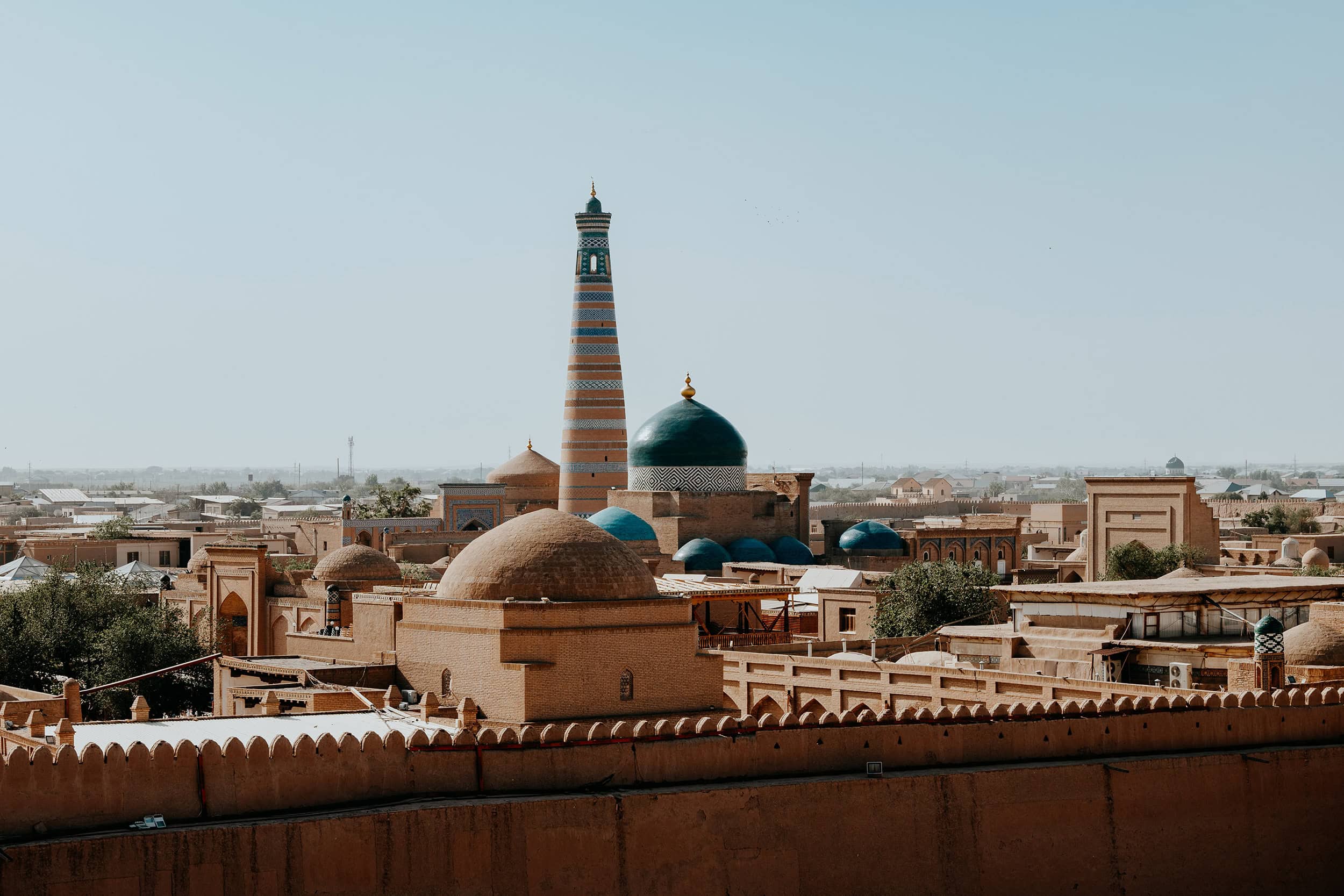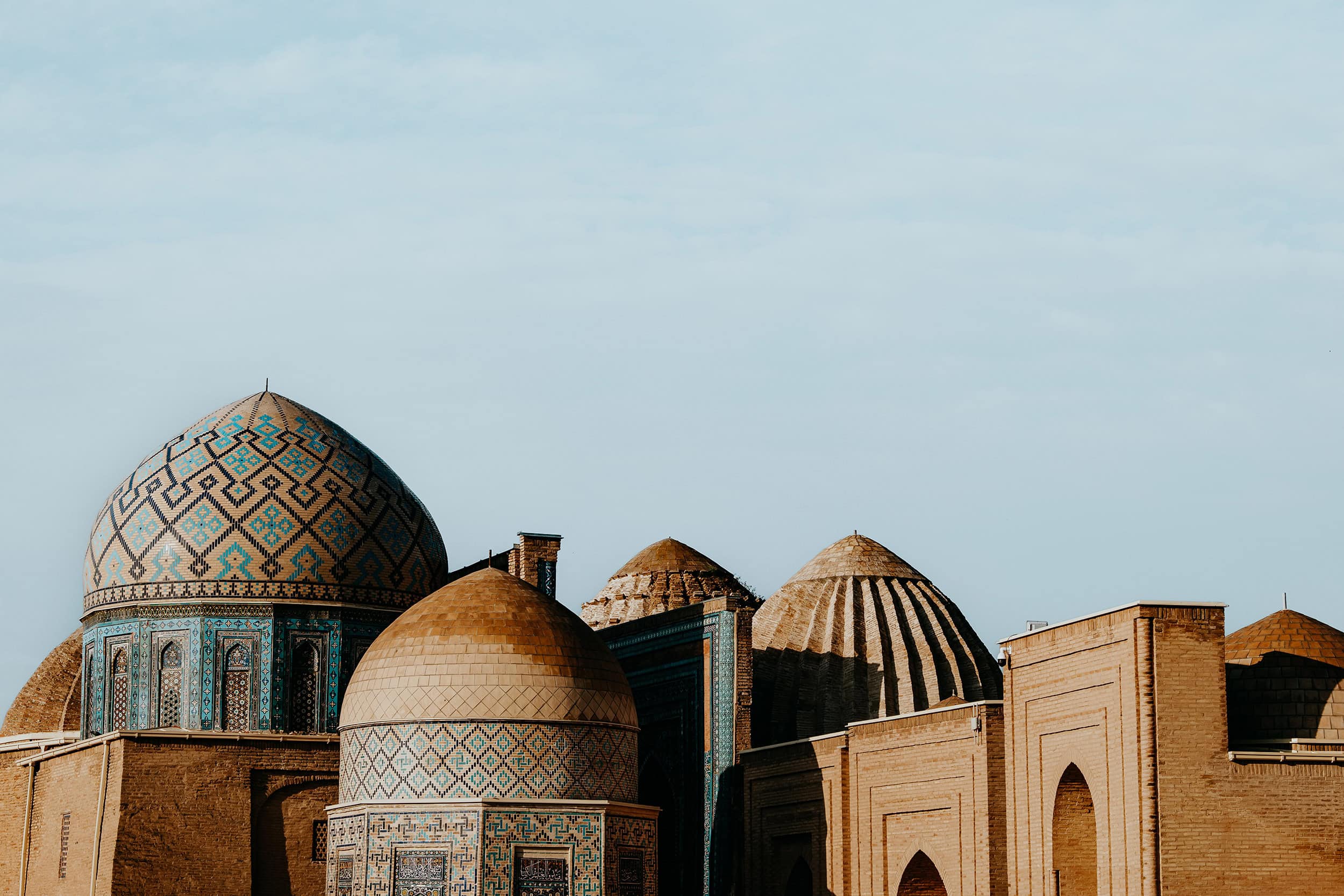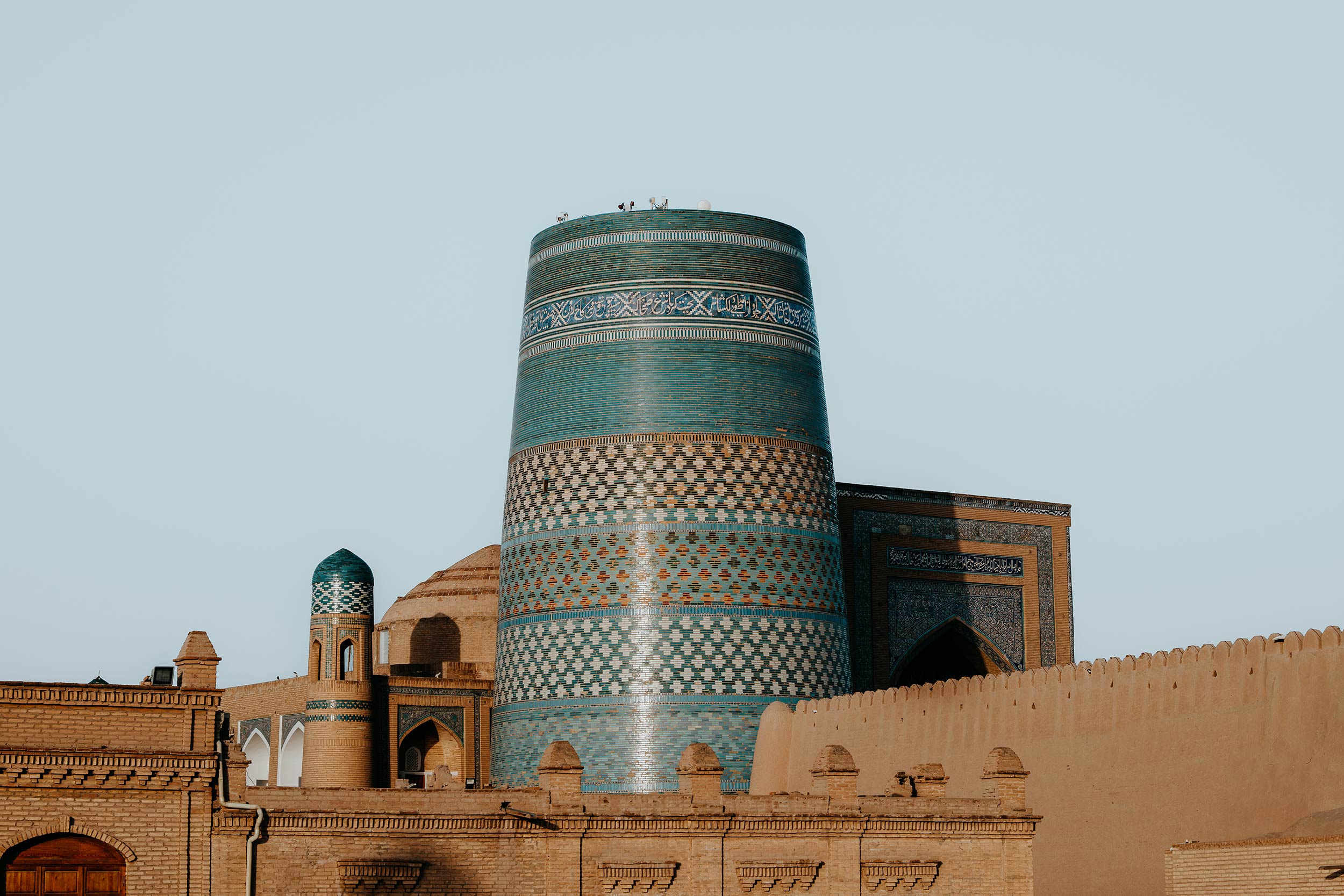A photography journey along the Silk Road: 57 photos that will inspire you to visit Uzbekistan
A photography journey along the Silk Road: 57 photos that will inspire you to visit Uzbekistan
When it comes to ancient architectural brilliance, not many places tend to rival Uzbekistan.
I’ve spent two weeks uncovering Uzbekistan, where I delved deep into the country’s rich and captivating Silk Road history, and was left truly amazed by the immense beauty of it all.
From the grandeur of Samarkand’s famous Registan Square to the perfectly preserved Po-i-Kalyan complex in Bukhara, from the museum-like city of Khiva to the mystical charm that simply lingers in the air here – Uzbekistan is truly something special.
While those architectural masterpieces are something out of the ordinary, this wonderful country is also much more than the legacy this iconic trading route left behind.
I’ve been wandering through the maze-like laneways of the old towns, experienced Central Asia’s daily life at the many typical, yet super authentic bazaars, ate a little too much of the mouthwatering cuisine, and had the pleasure of meeting the most friendly people you can imagine, which I proudly display to you through the means of my photography.
To encourage fellow travellers like yourself to discover Uzbekistan’s charm, I’ve put together this Uzbekistan photography story – a collection of my favourite photos taken in Uzbekistan.
If you choose to use any of the links on this page, I may receive a small commission at no extra cost to you. By using these links, you’ll have a direct impact on WTSW and my ability to continue to create free insightful travel content for you. If you find any of my tips useful, you can support me by buying a virtual coffee here.
57 photos that will inspire you to visit Uzbekistan
Uzbekistan’s captivating architectural splendour
When it comes to architectural magnificence, Uzbekistan will always be a topic of conversation.
You see, the charm that defines Uzbekistan is greatly due to its cultural heritage, as heaps of Silk Road architectural masterpieces are dotted throughout the alluring old towns of Tashkent, Samarkand, Bukhara, and Khiva.
When walking the time-worn streets of Uzbekistan’s famous trading cities, you’ll stumble upon majestic madrasas, iconic blue-tiled domes, towering minarets, and trading domes marked by ornamental brickwork, which are a true testament to the bygone Silk Road era.
It is, after all, Uzbekistan’s architectural brilliance, why most photography enthusiasts and history buffs alike visit Uzbekistan in the first place.
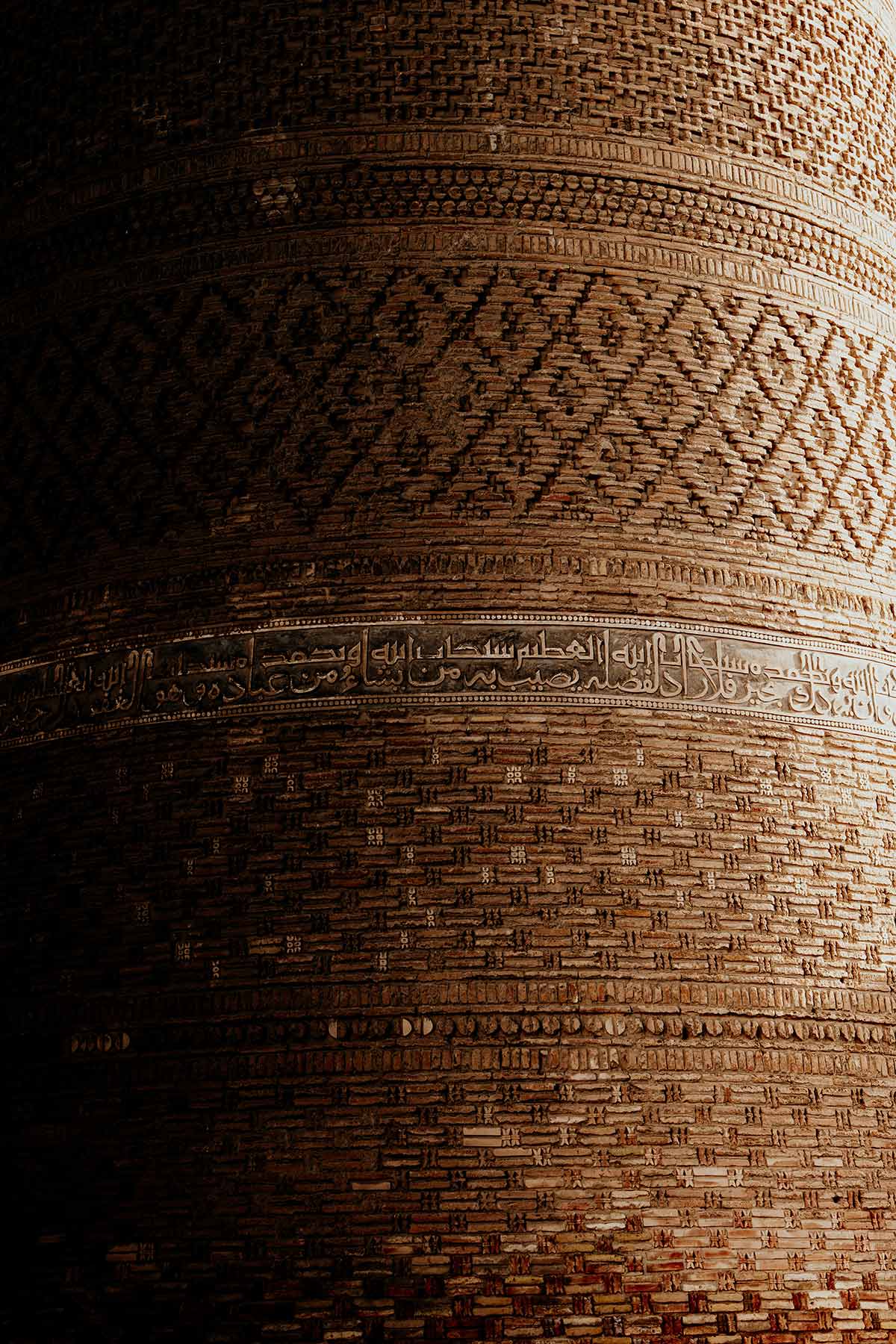
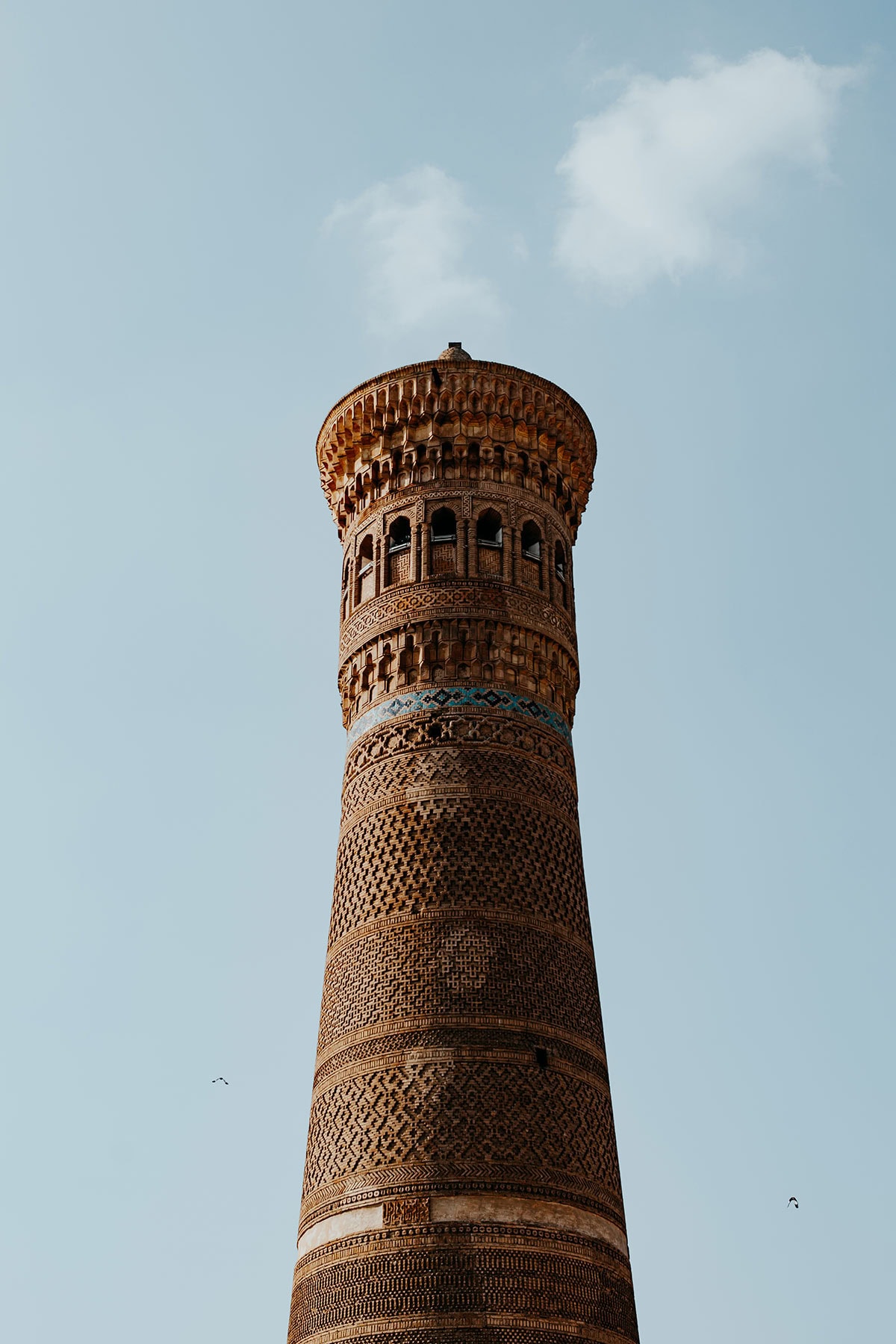
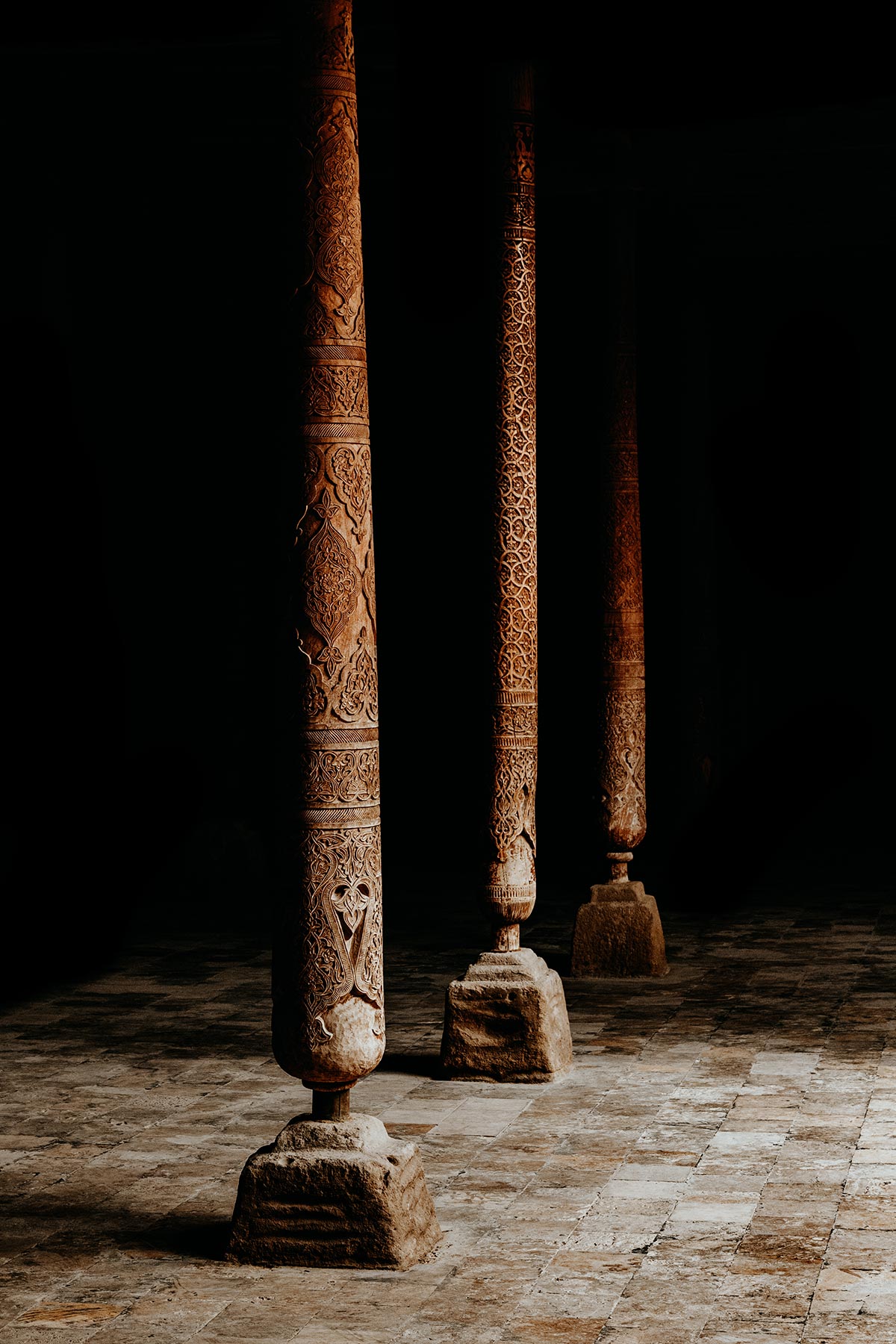
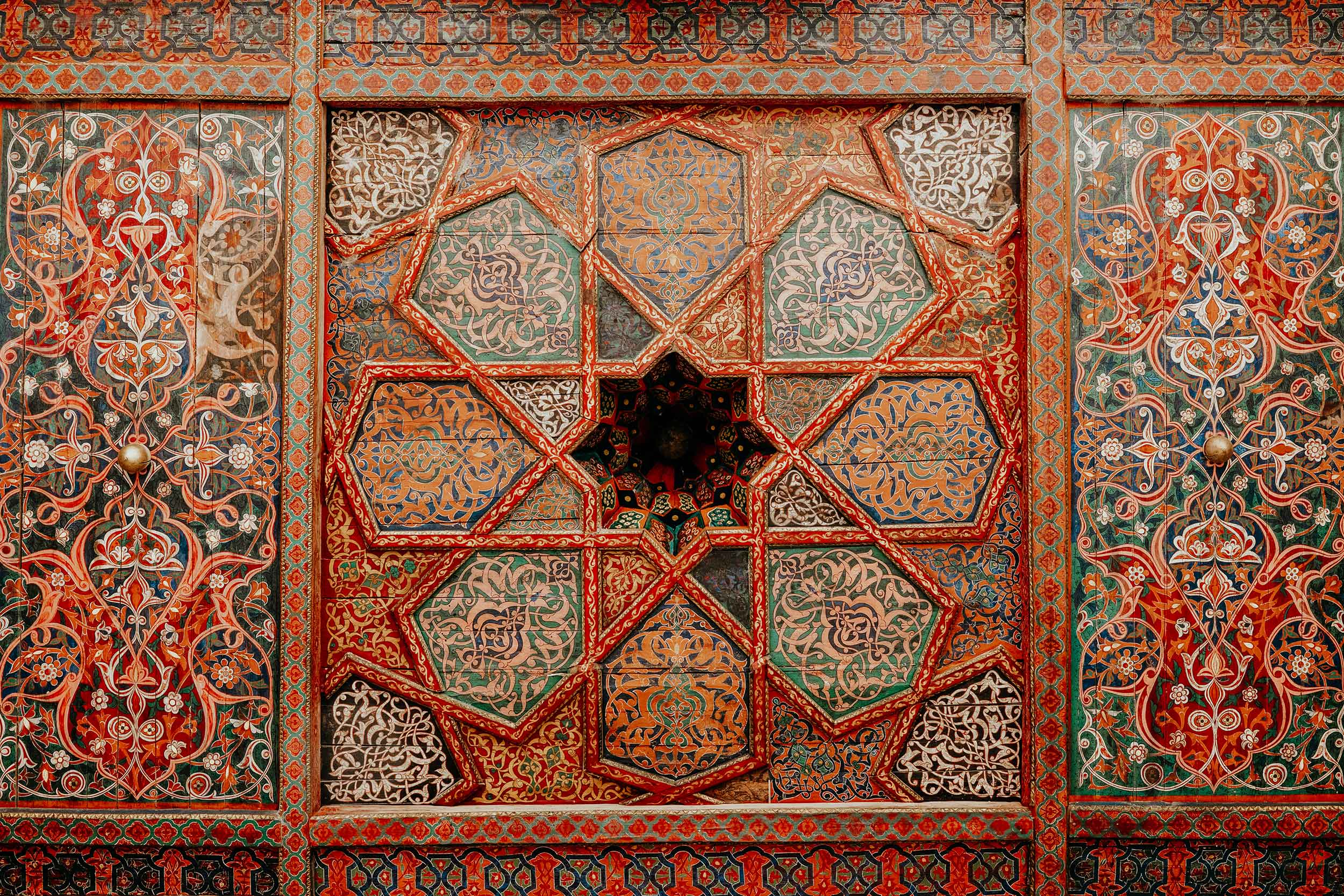
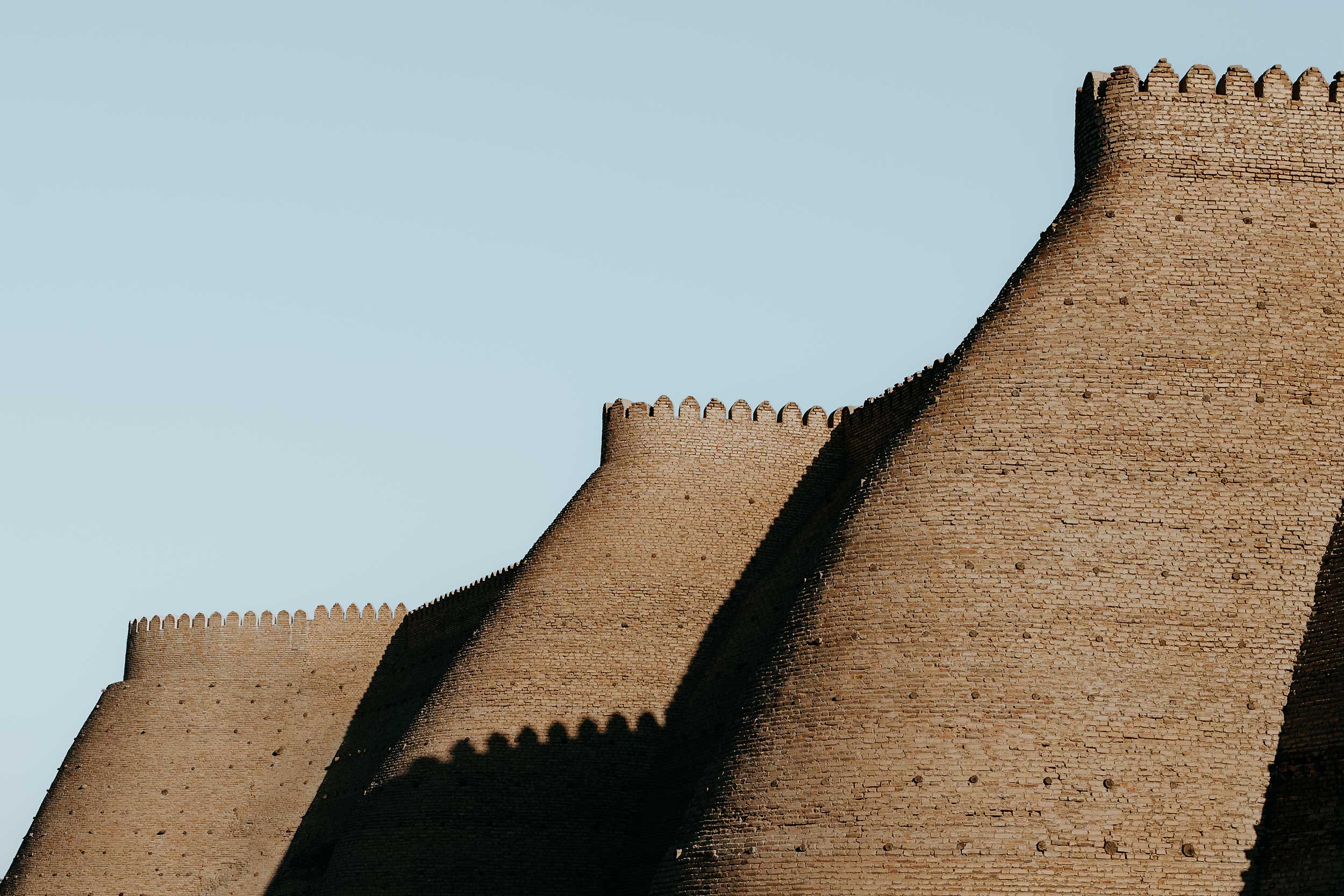
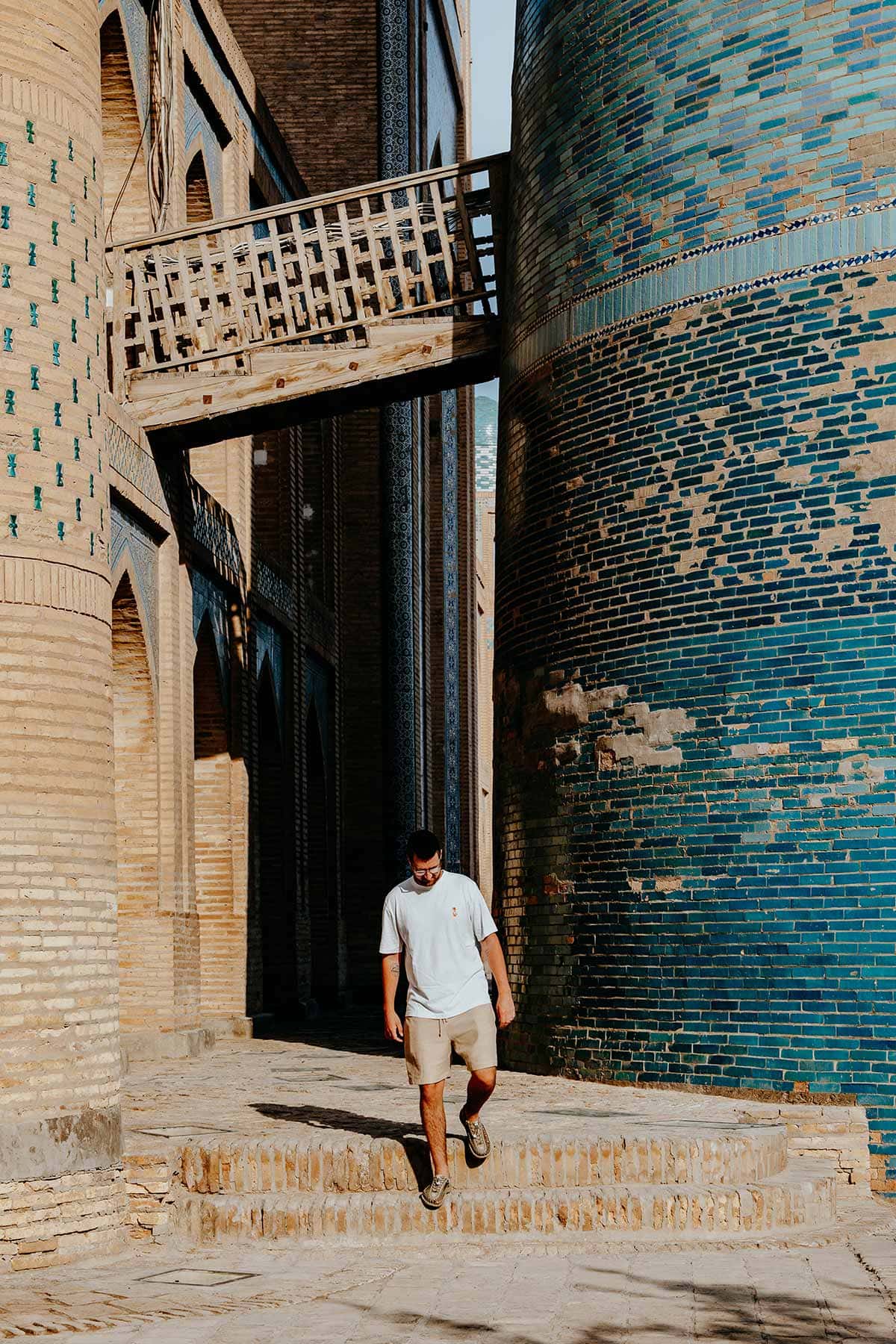
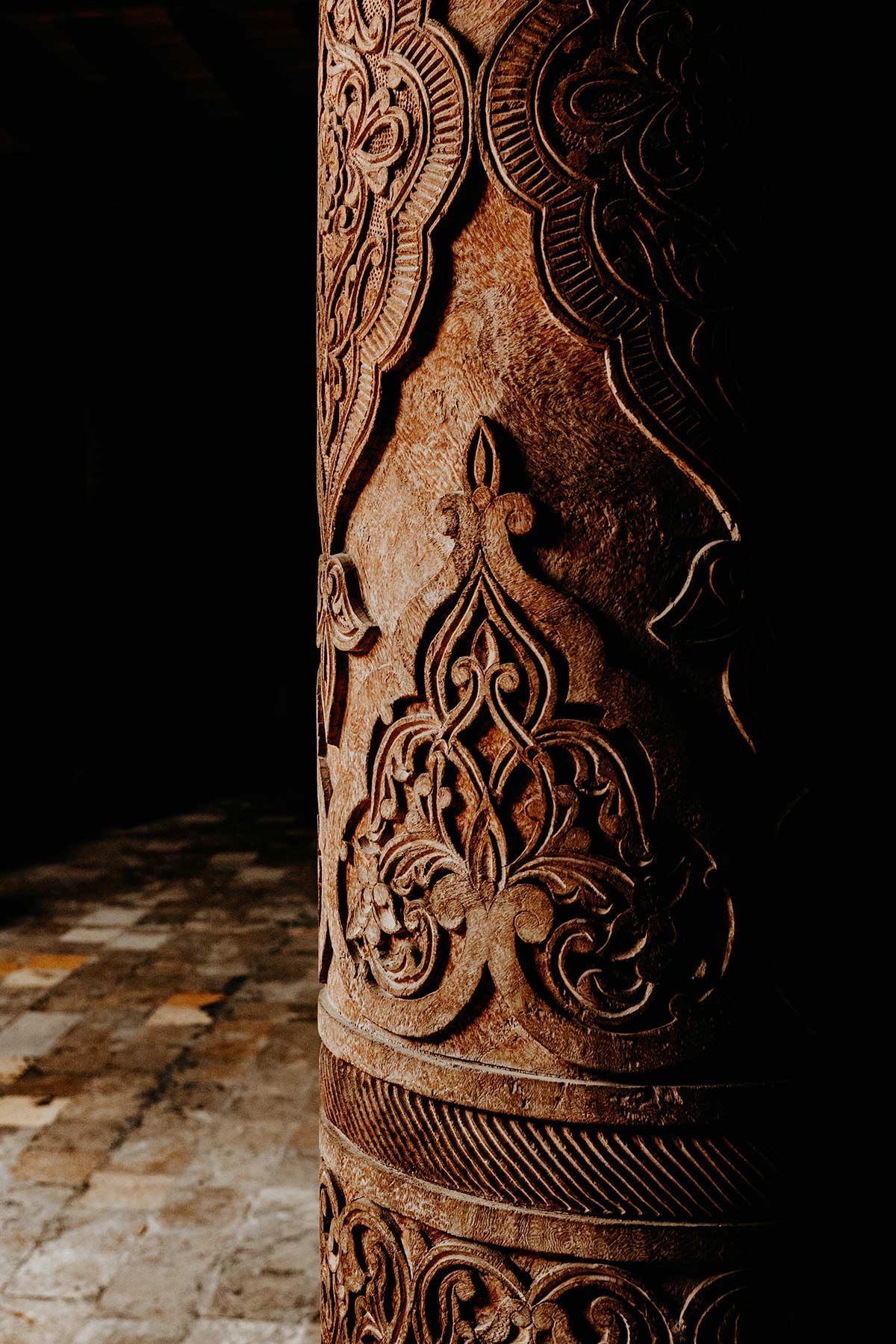
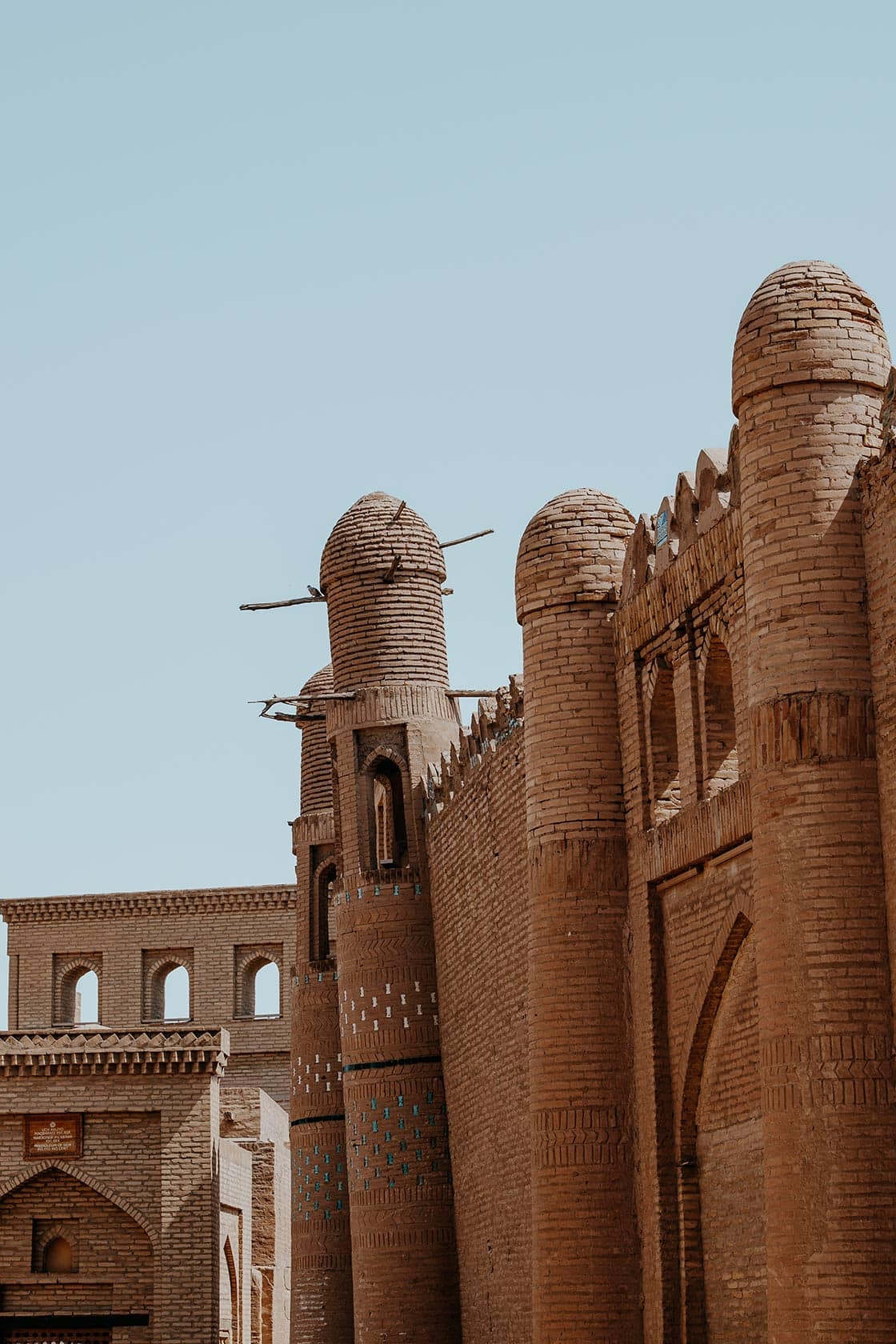
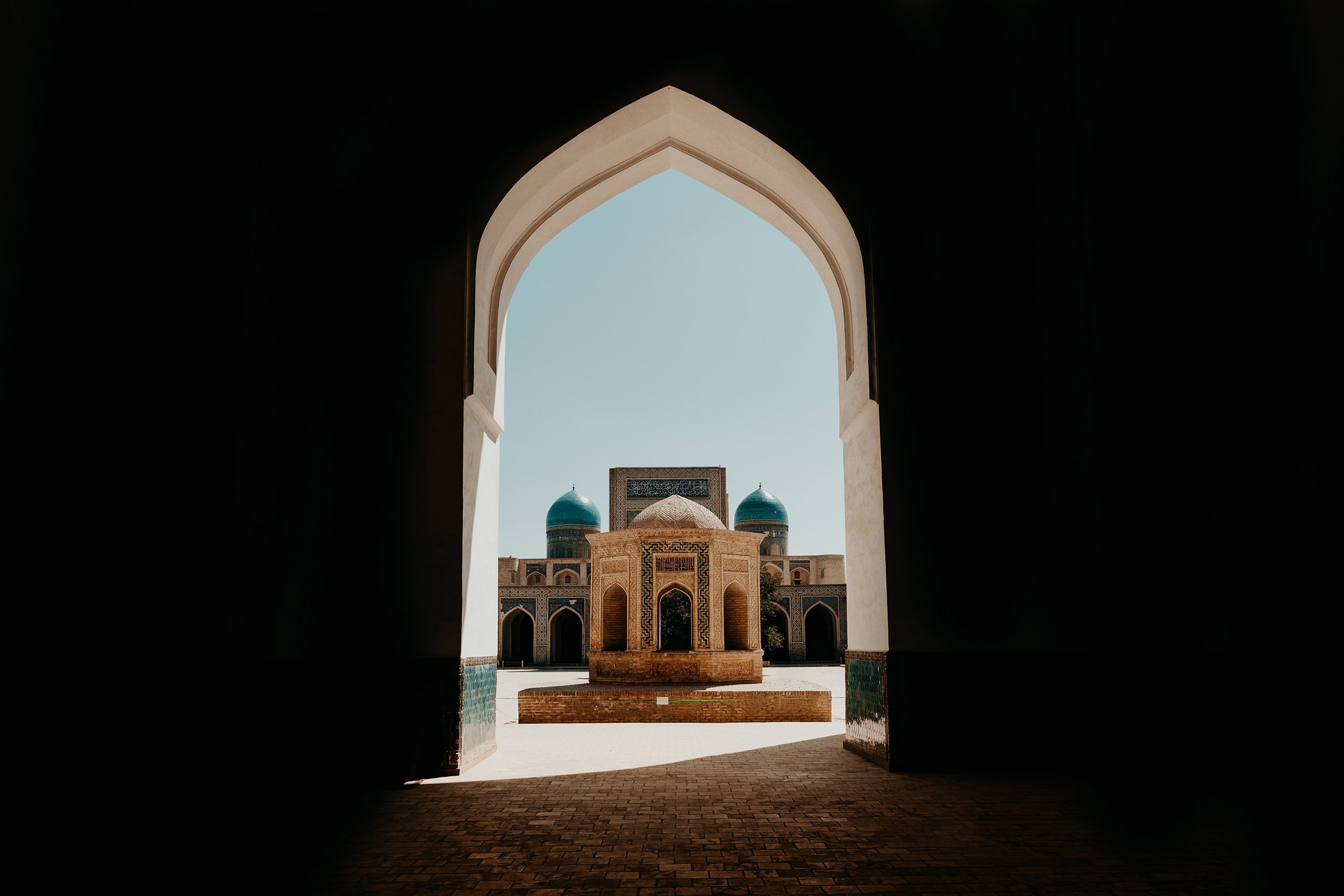
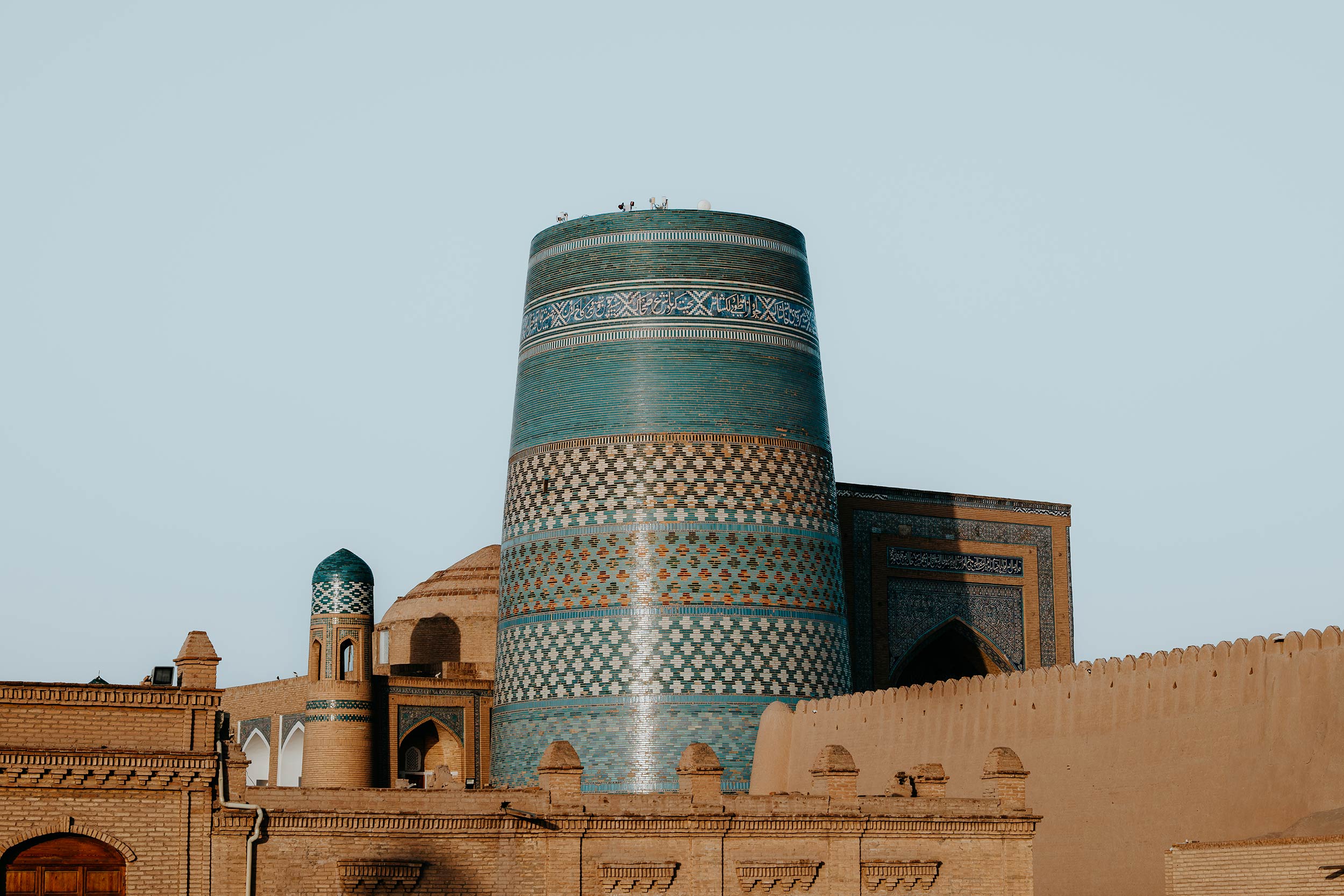
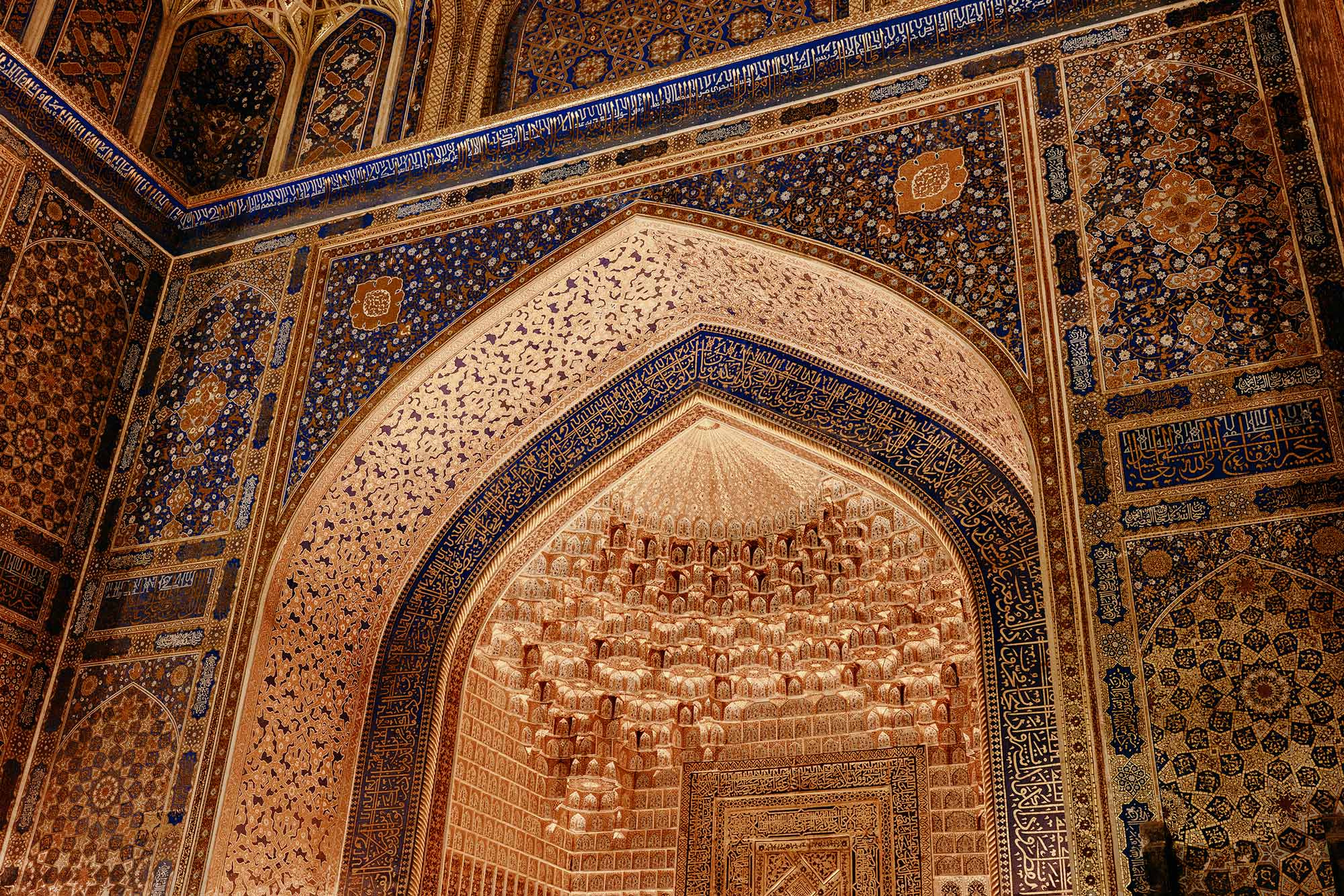
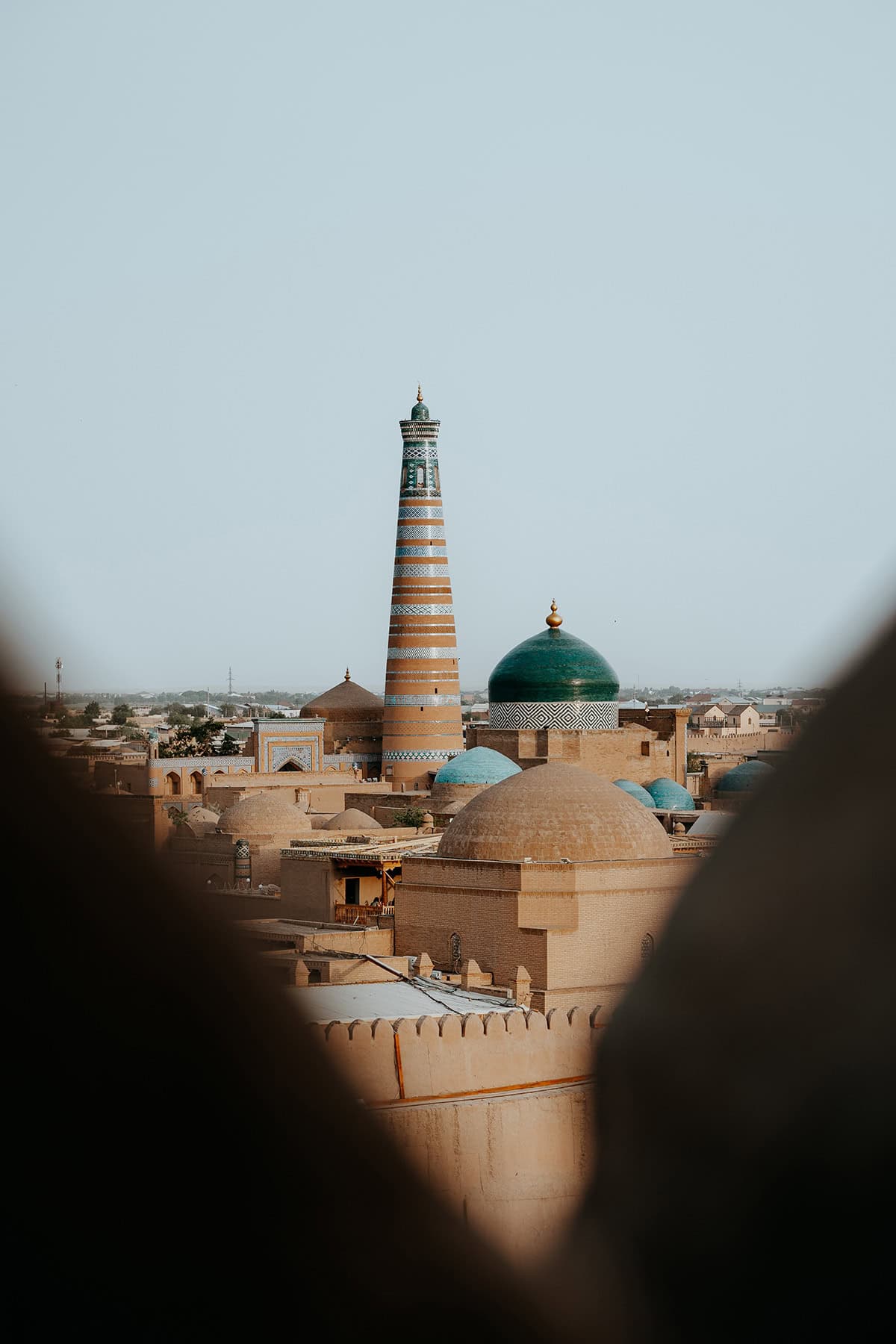
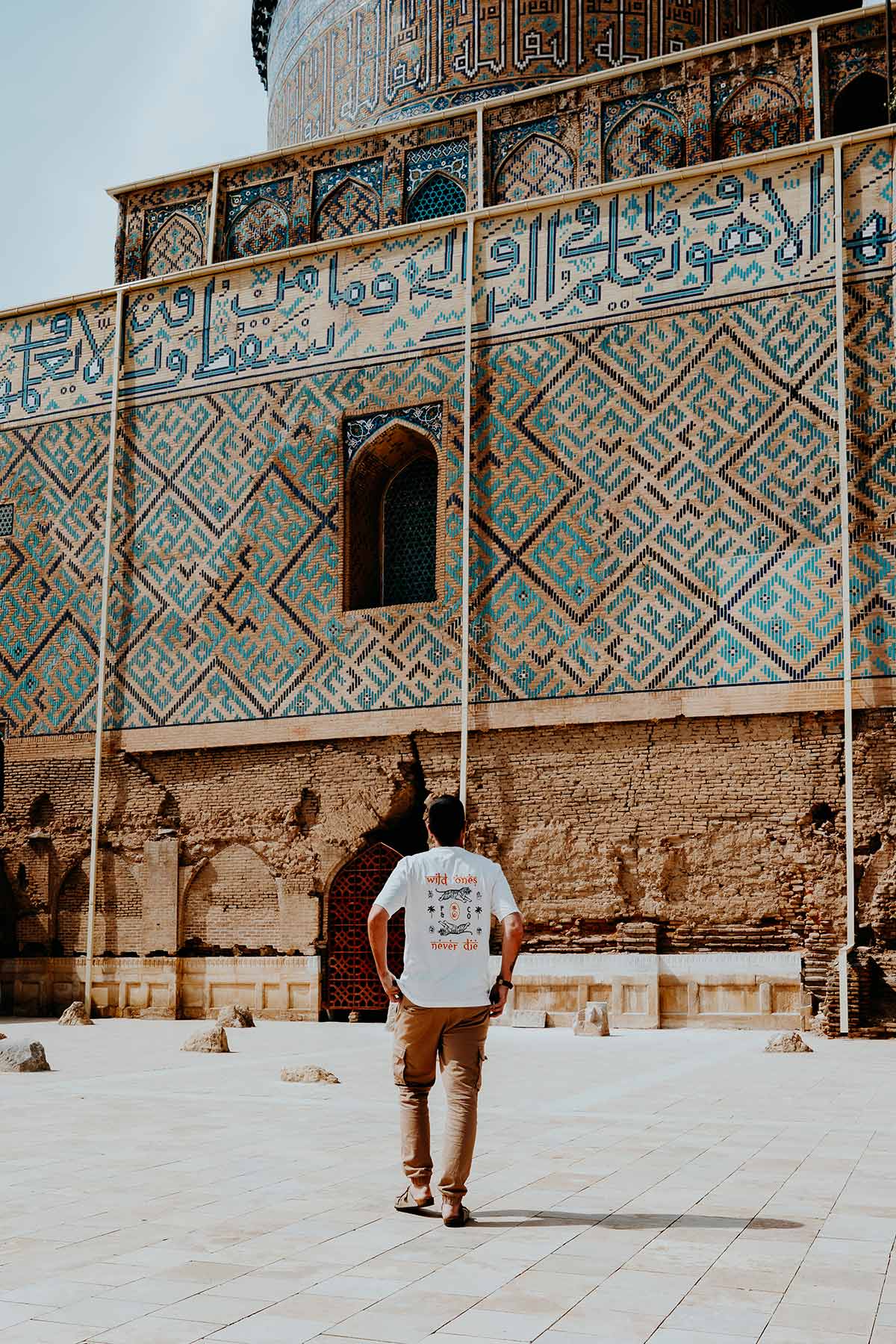
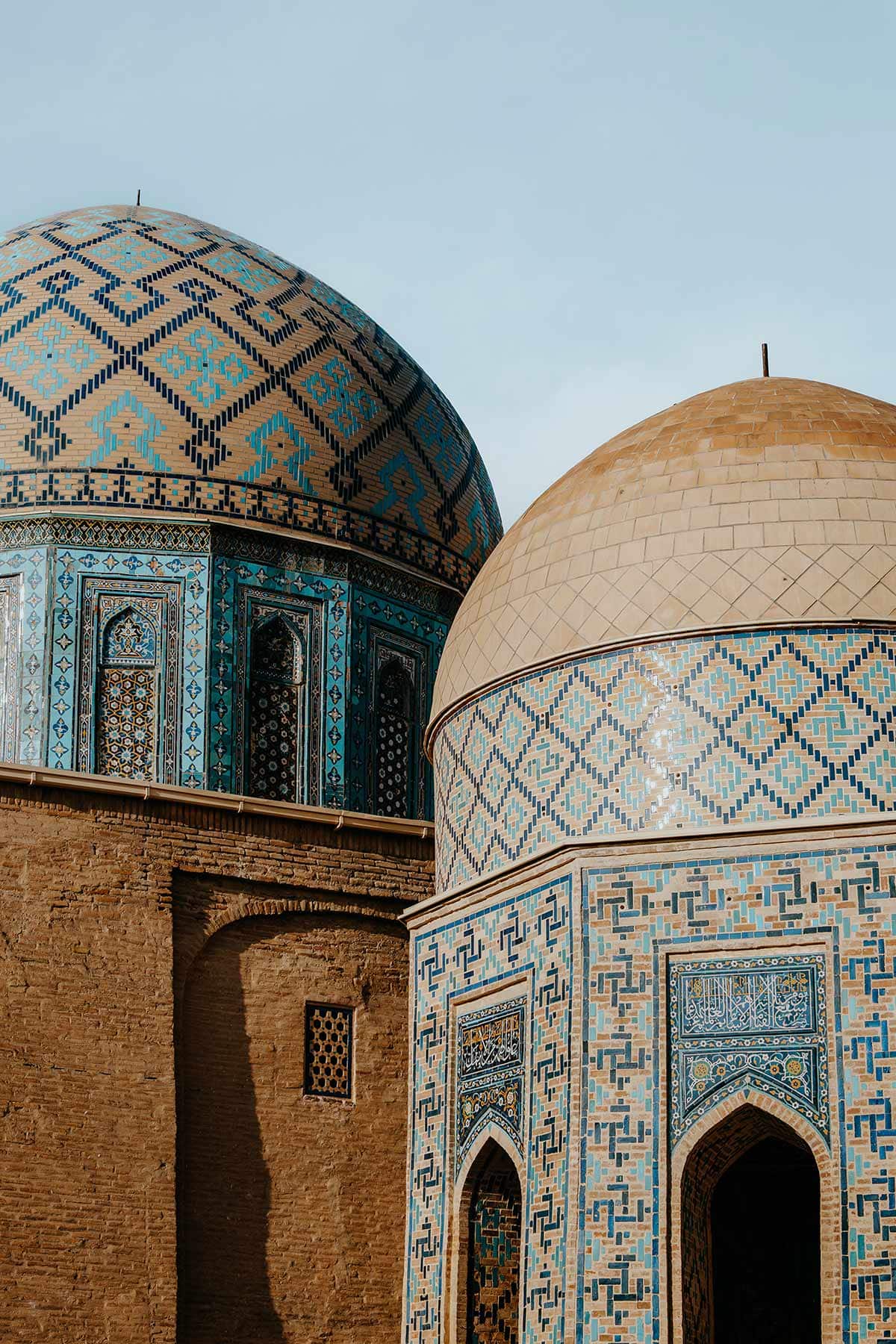
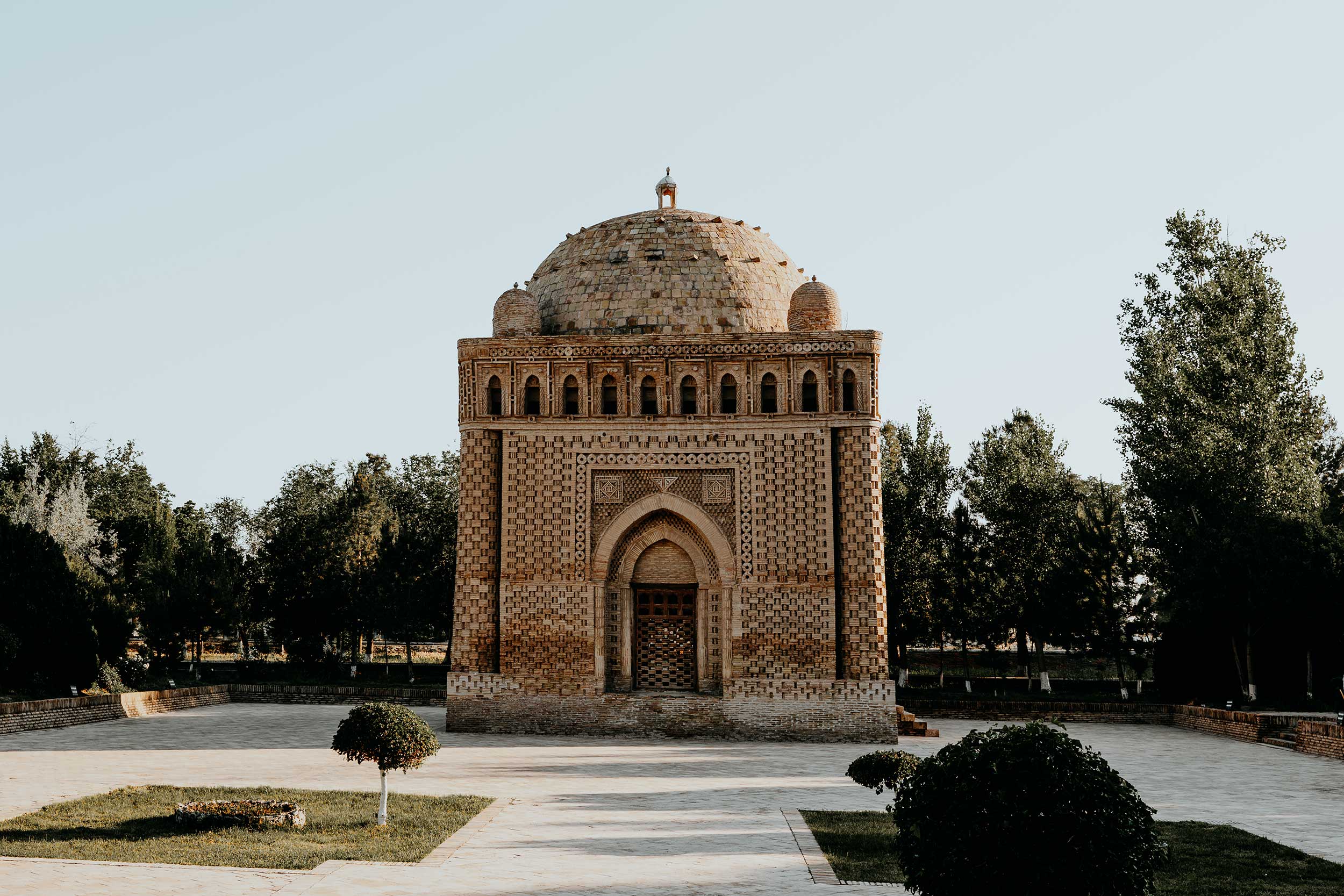
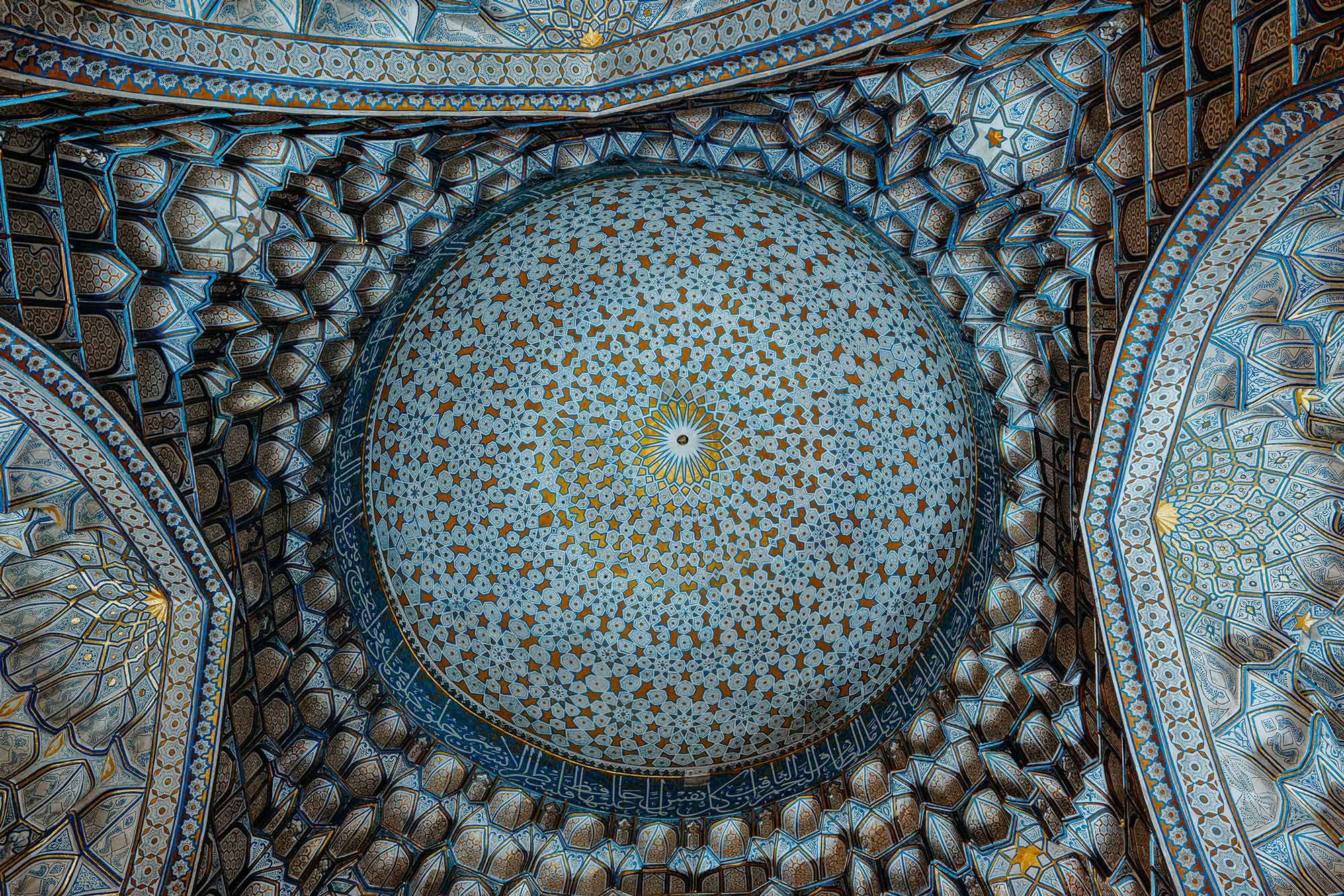
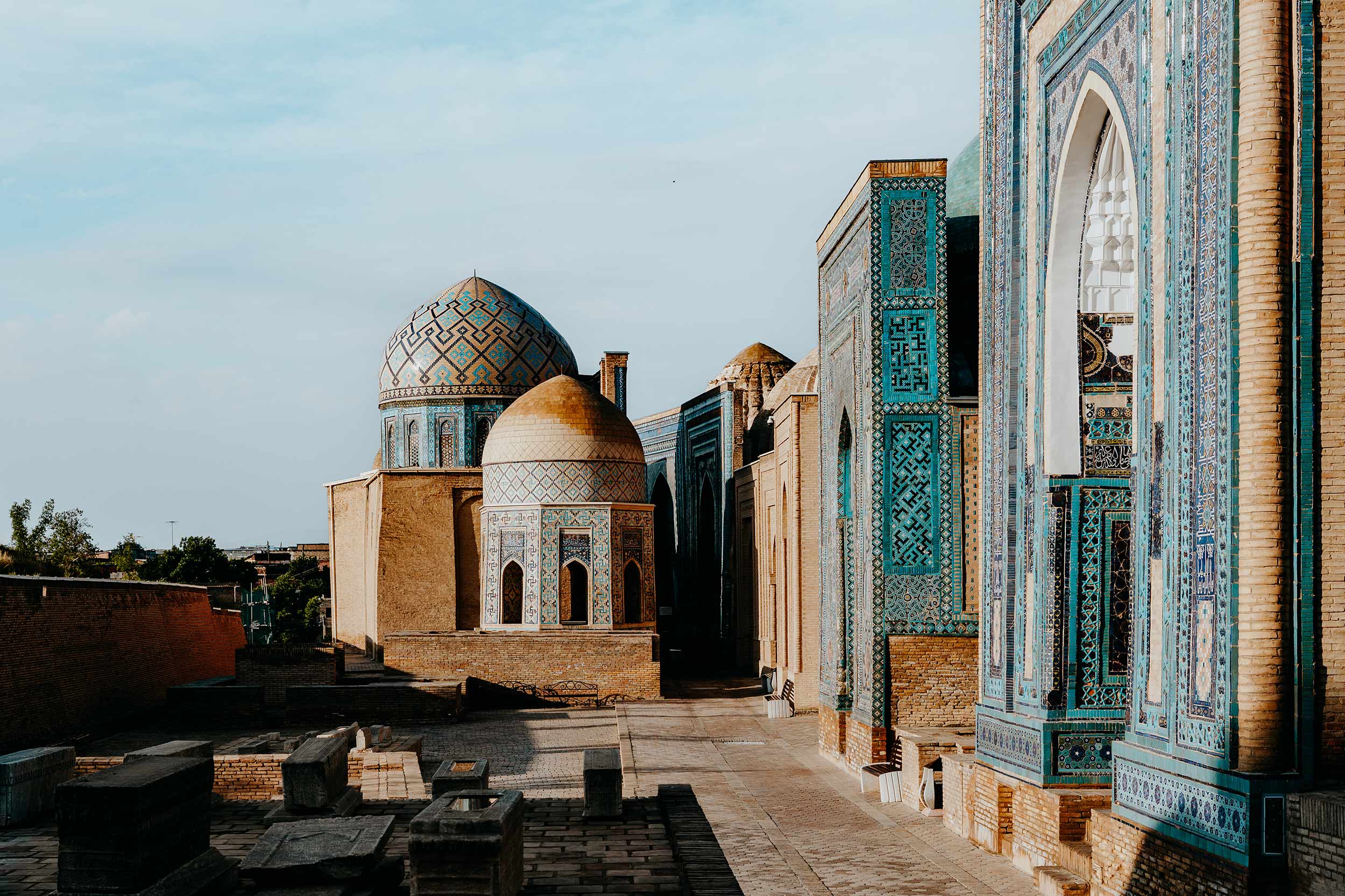
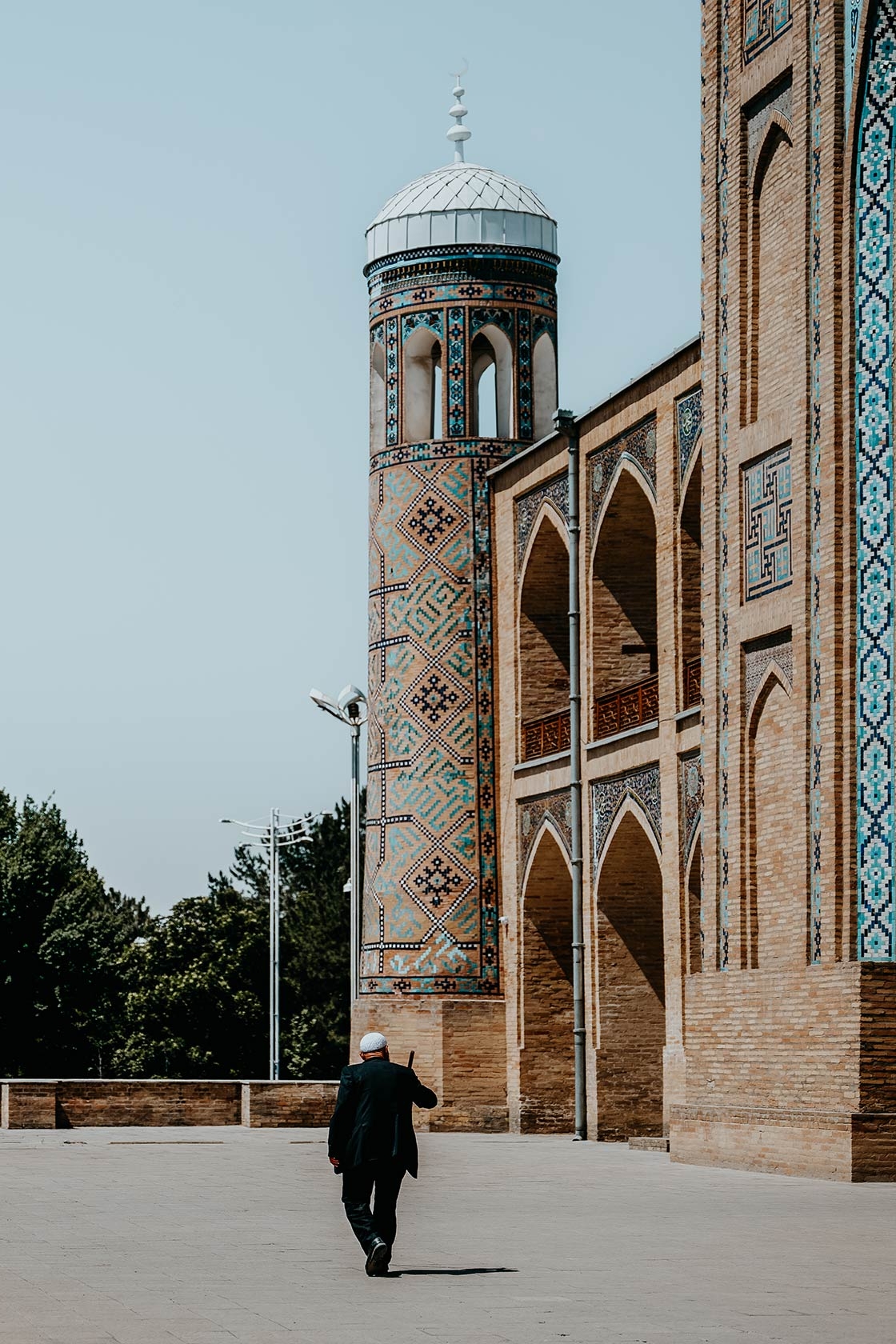
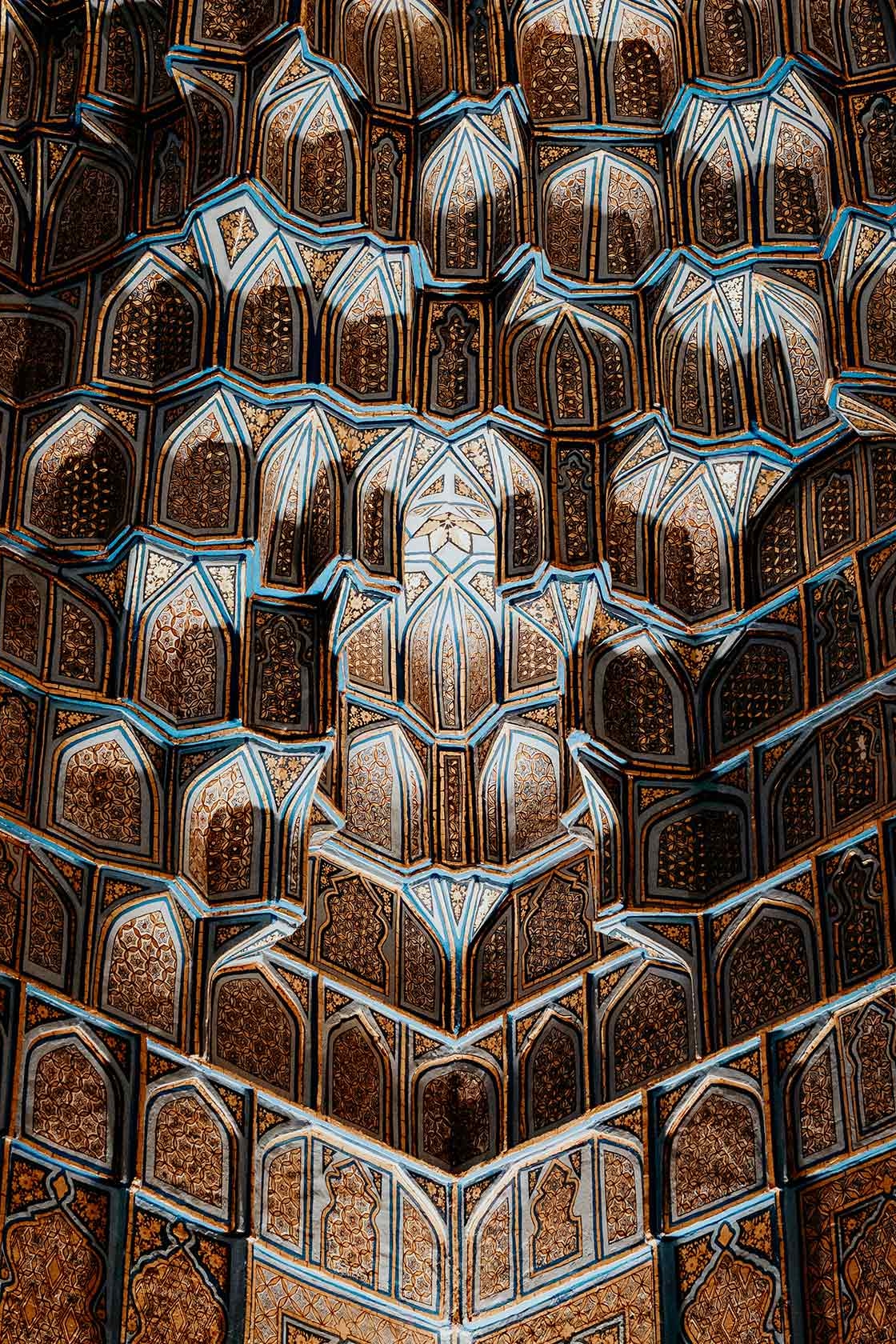
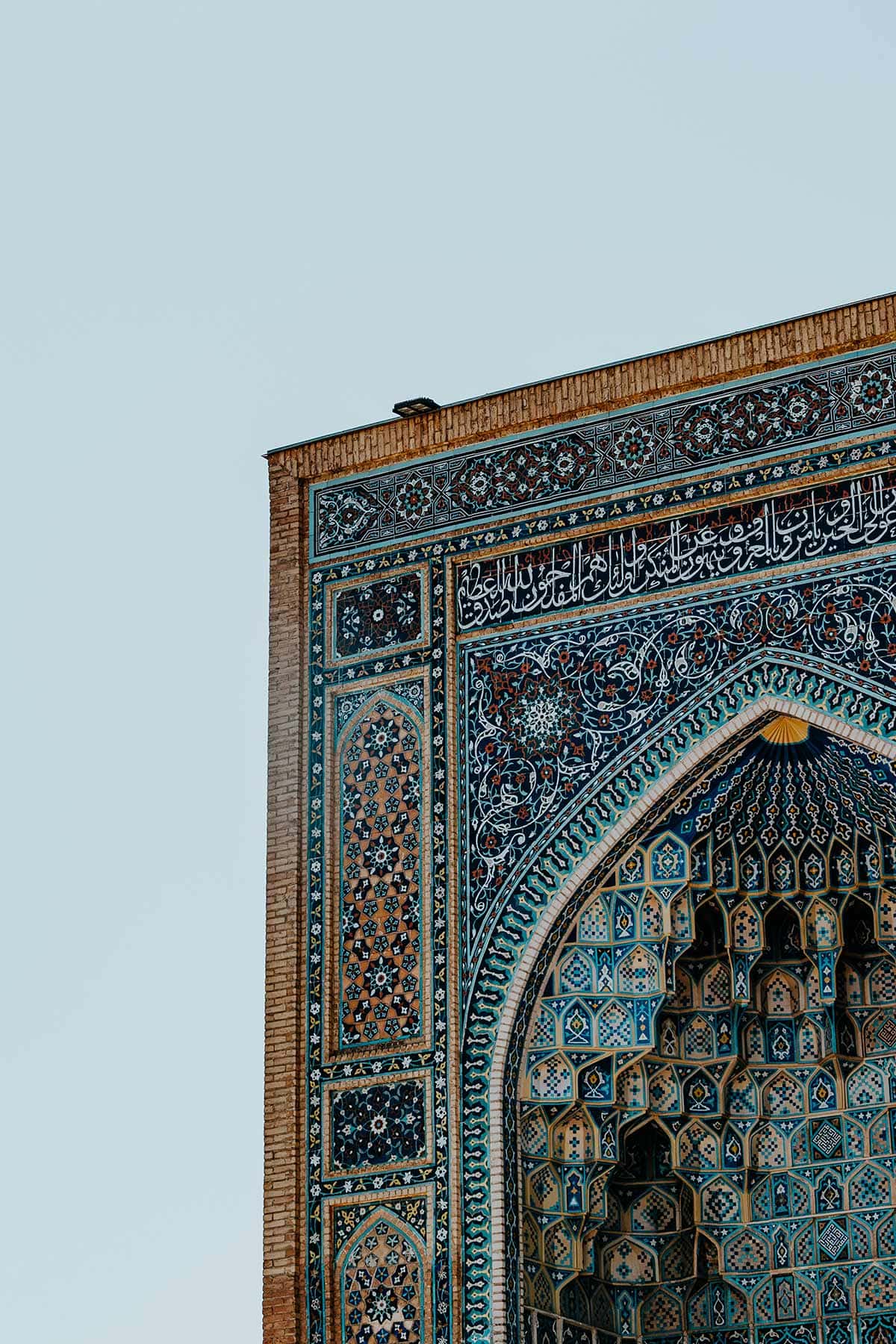
The people of Uzbekistan
As with the majority of places in Central Asia, Uzbekistan and hospitality go hand in hand.
With a nomadic lifestyle at heart, the Uzbeki people are all too familiar with roaming unfamiliar territories, so when travellers visit their country, they don’t hesitate to offer a helping hand whenever they can.
To be more precise; they do so with heaps of pride and dignity.
After spending two weeks in Uzbekistan, where I chitchatted with plenty of locals, and experienced genuine day-to-day moments in both the bustling bazaars and lively streets, I felt that the kindness and hospitality of those nomadic traditions are deeply embedded in pretty much every person I’ve met here.
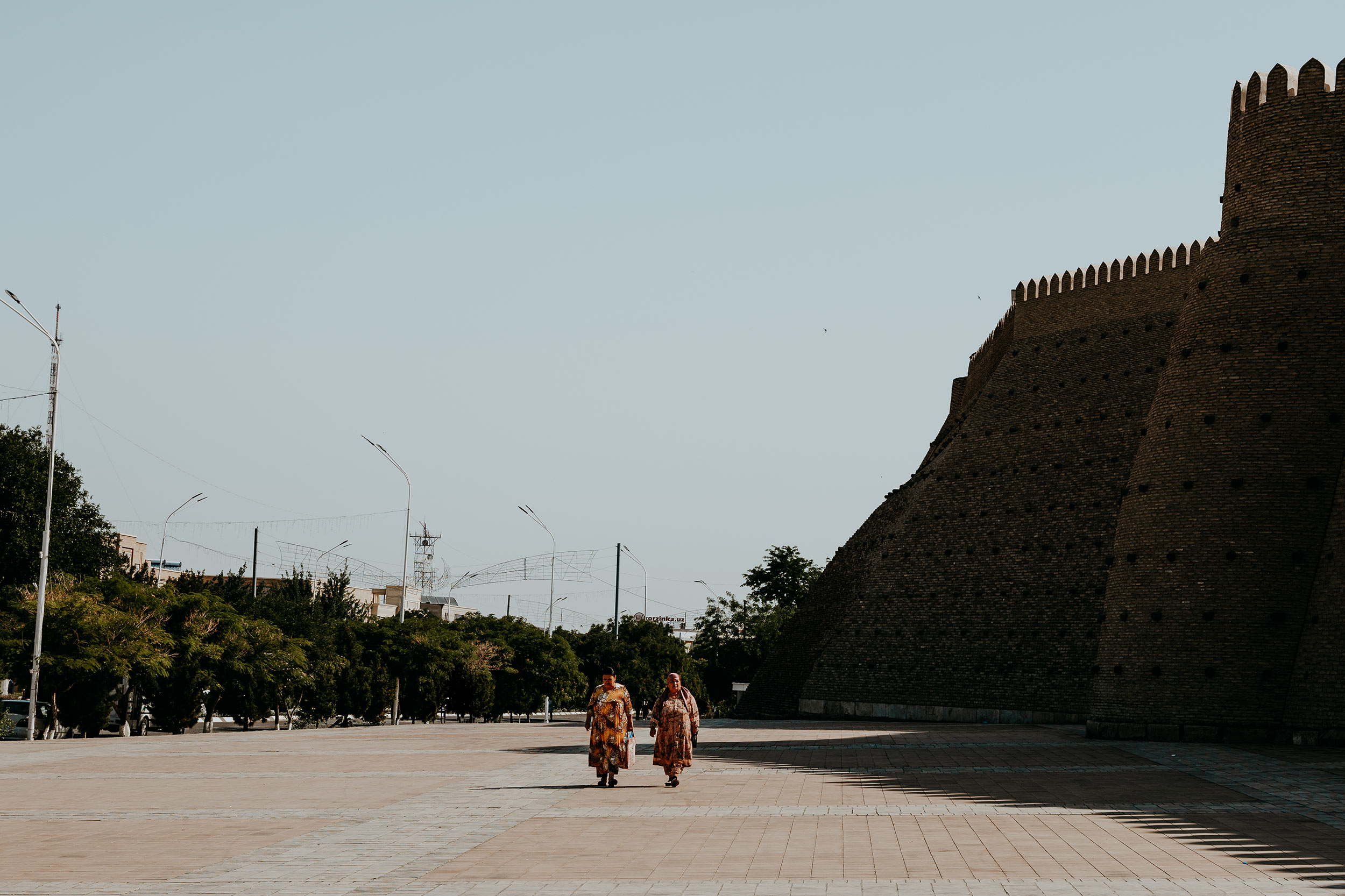
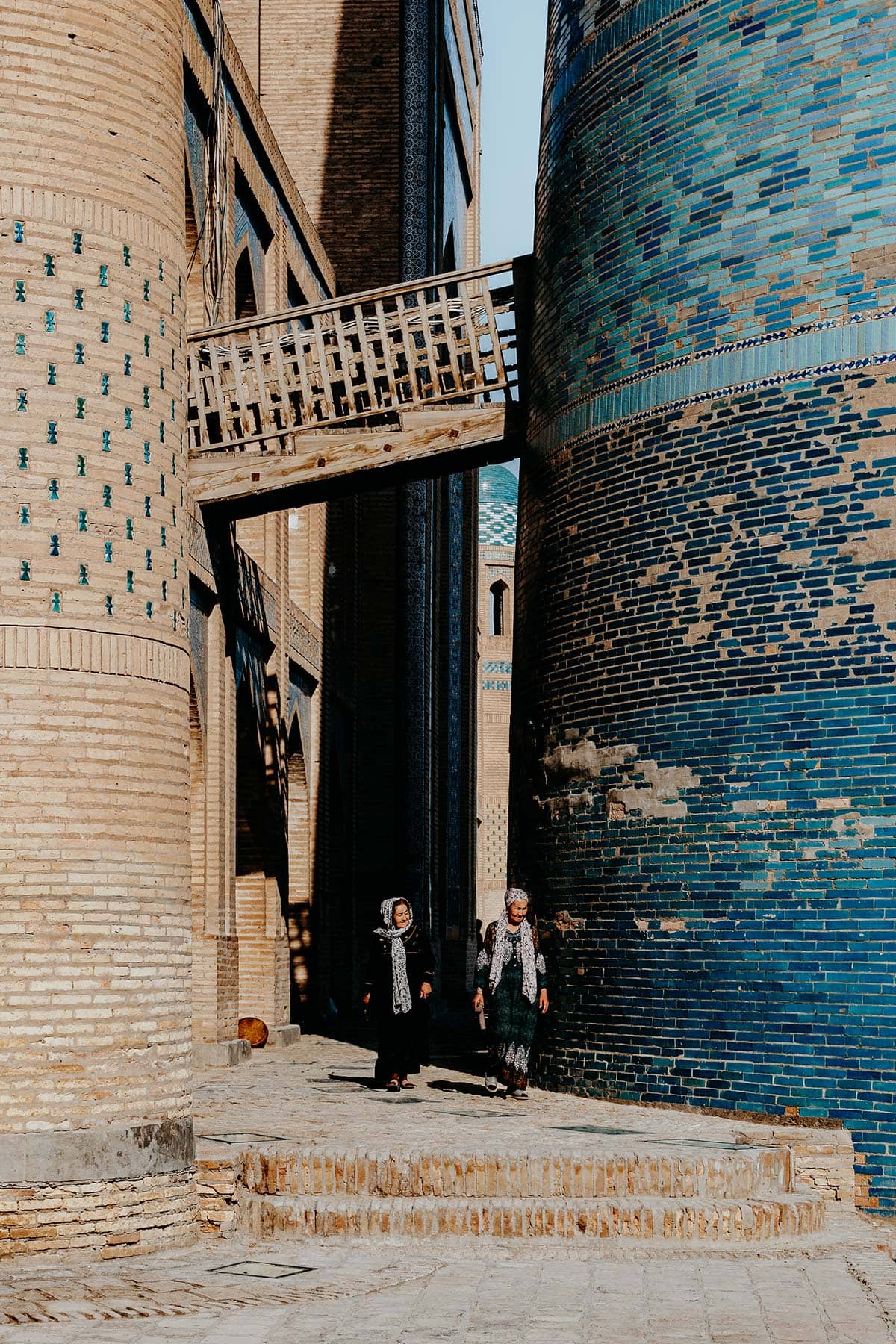
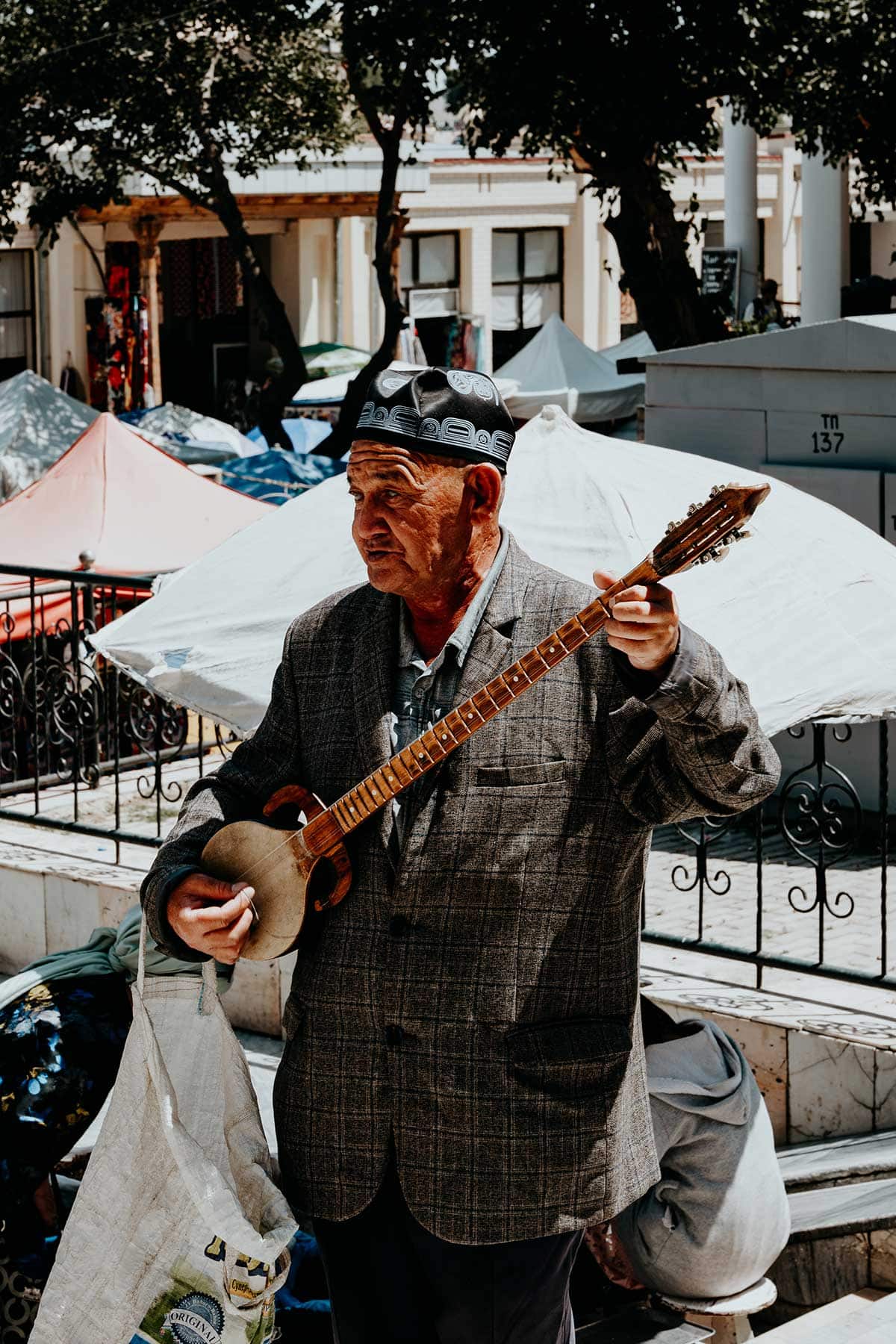
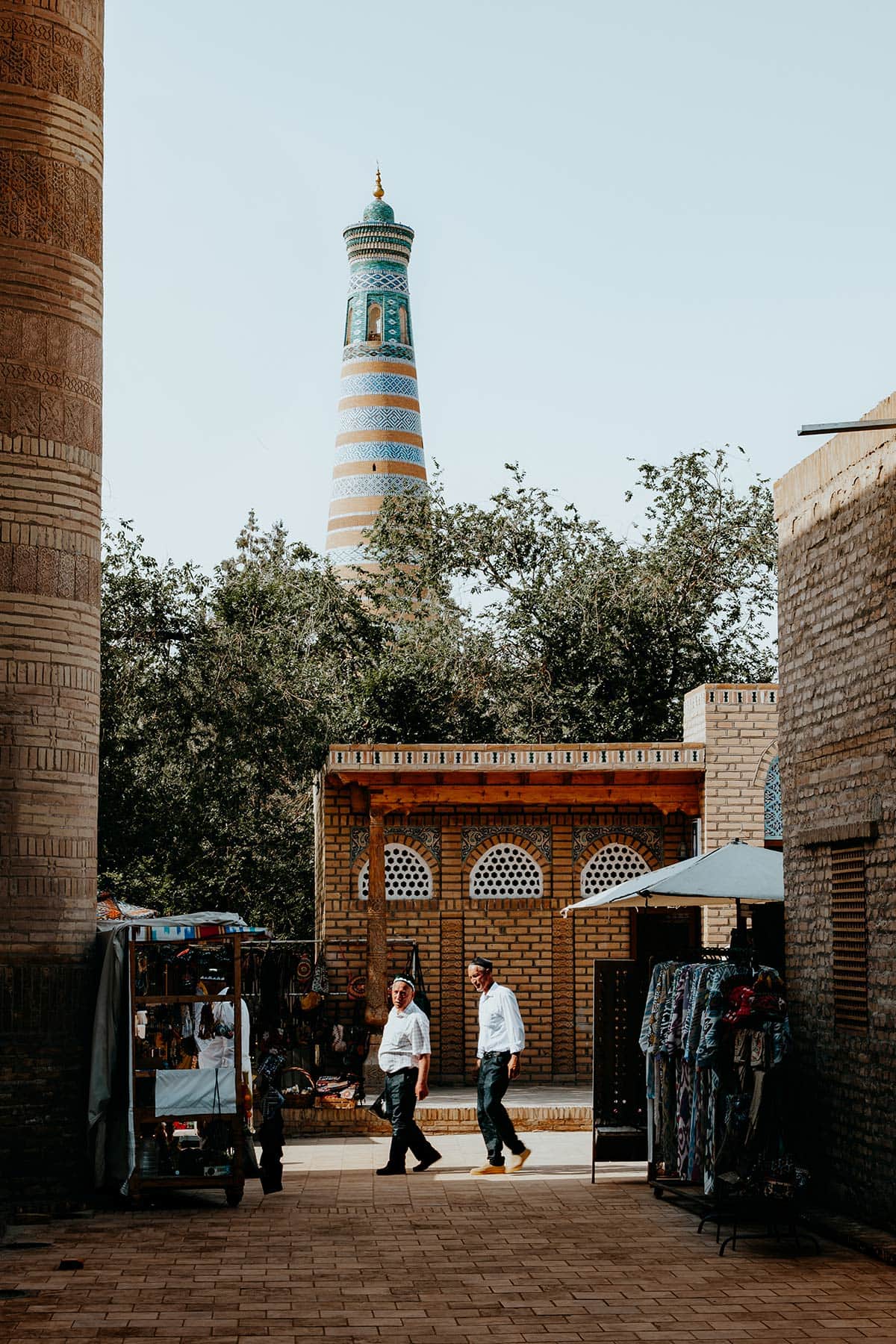
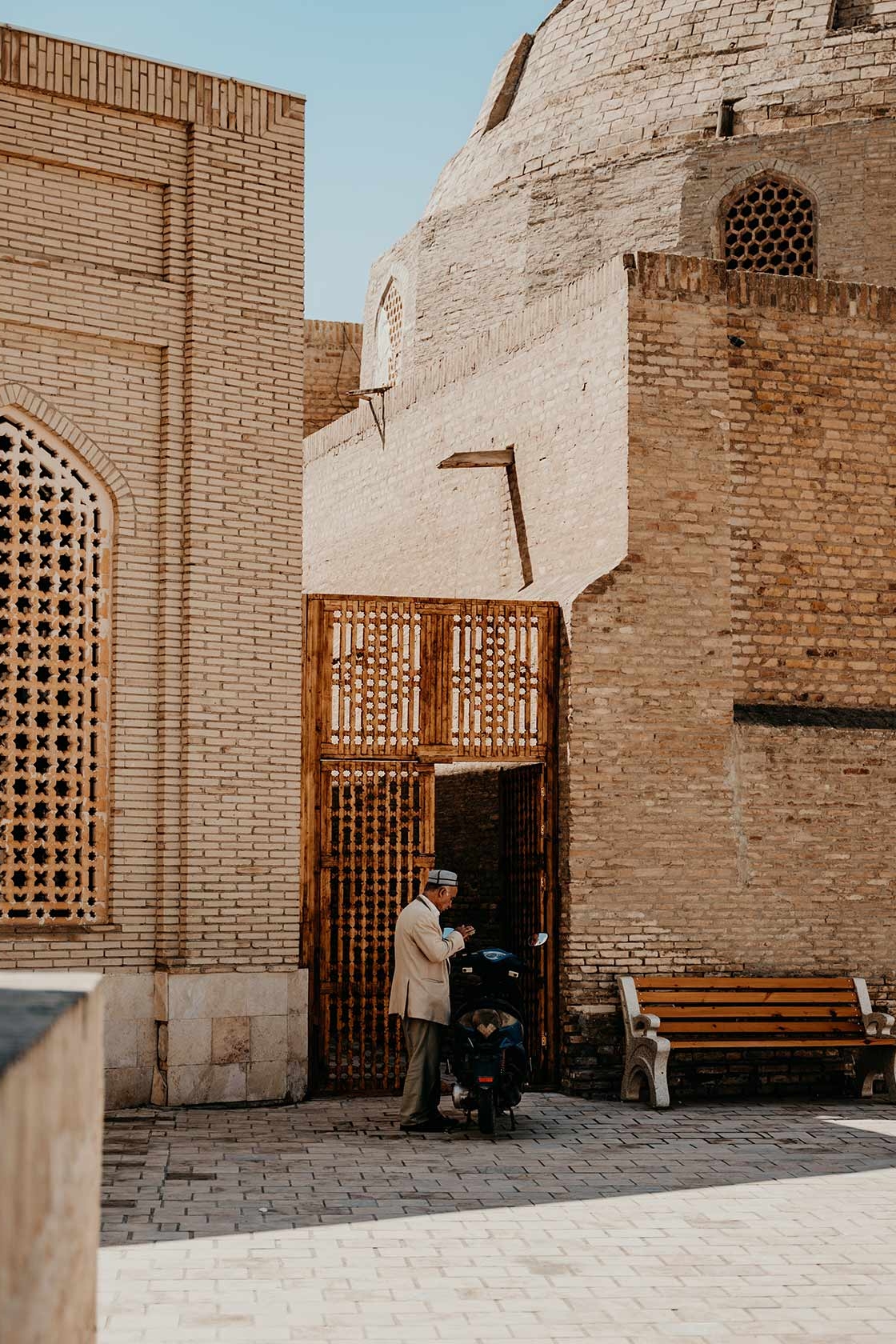
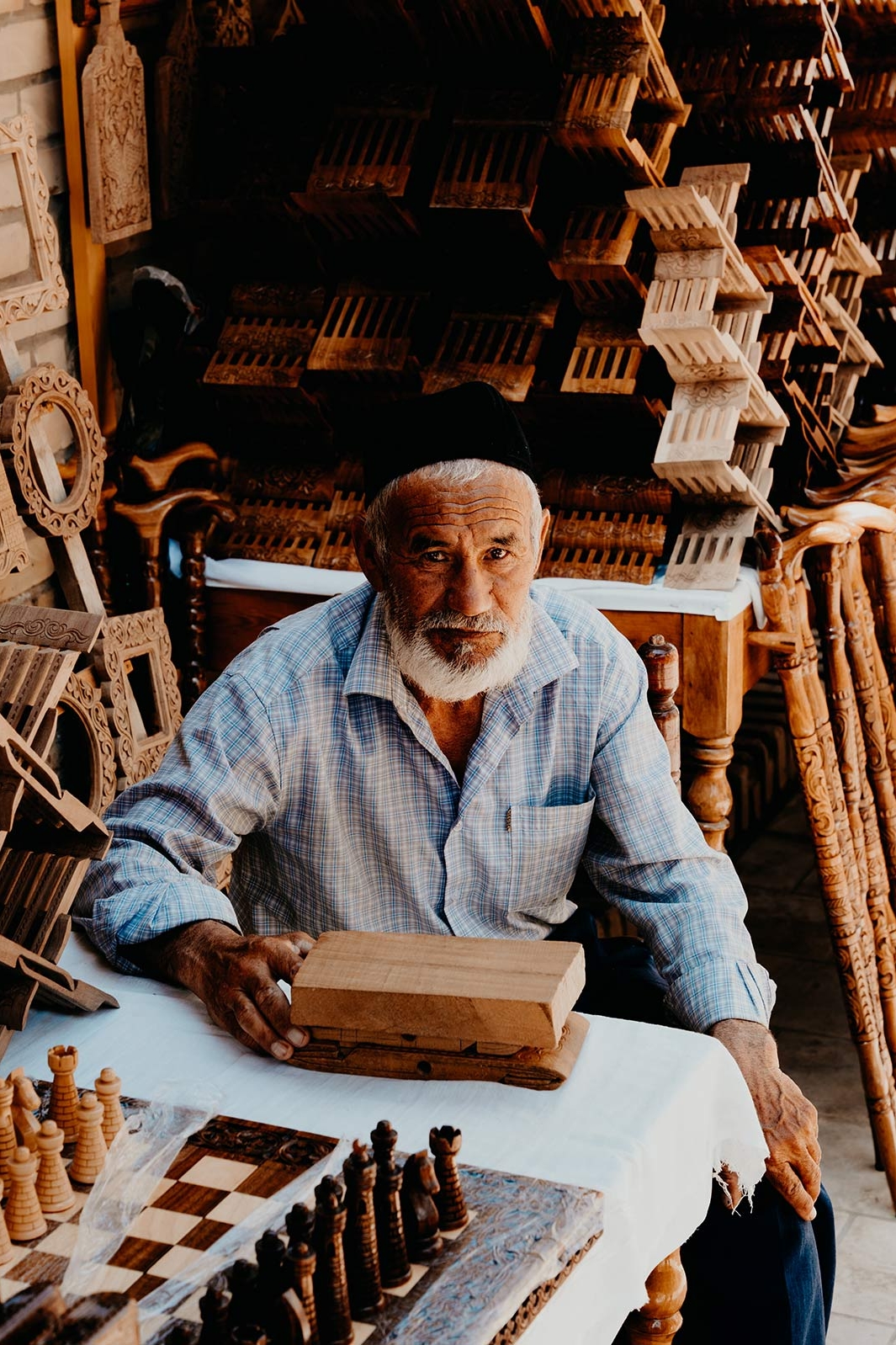
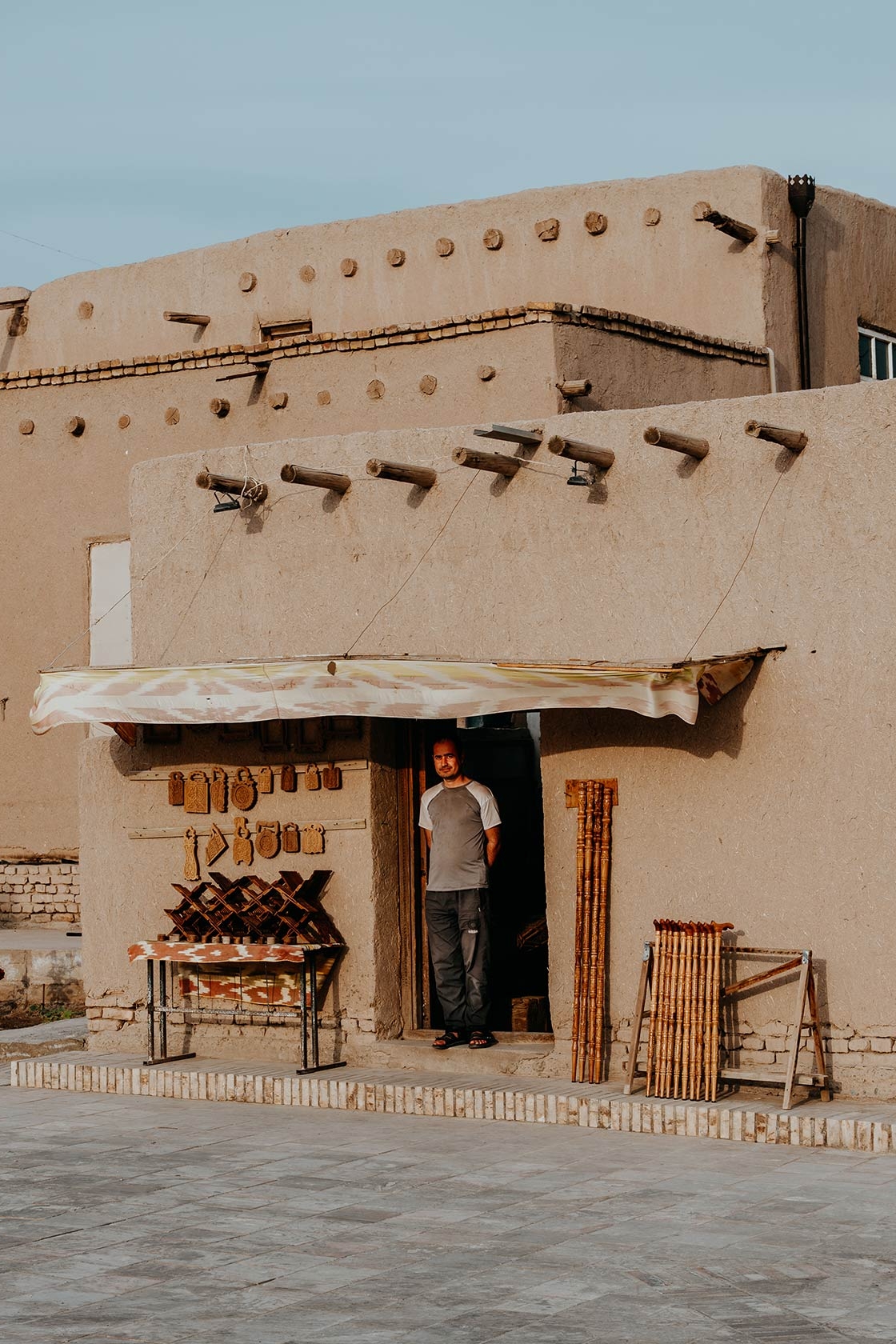
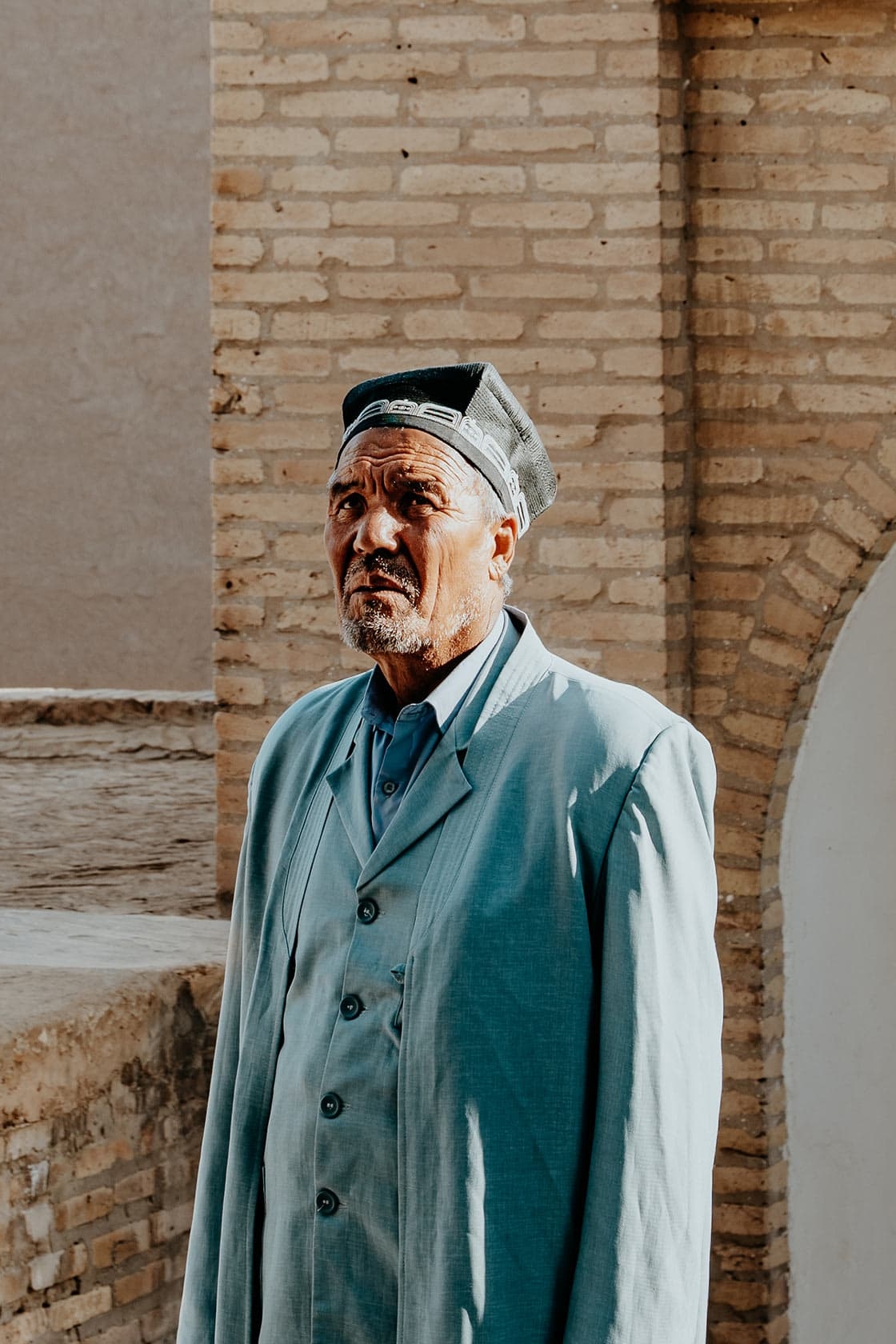
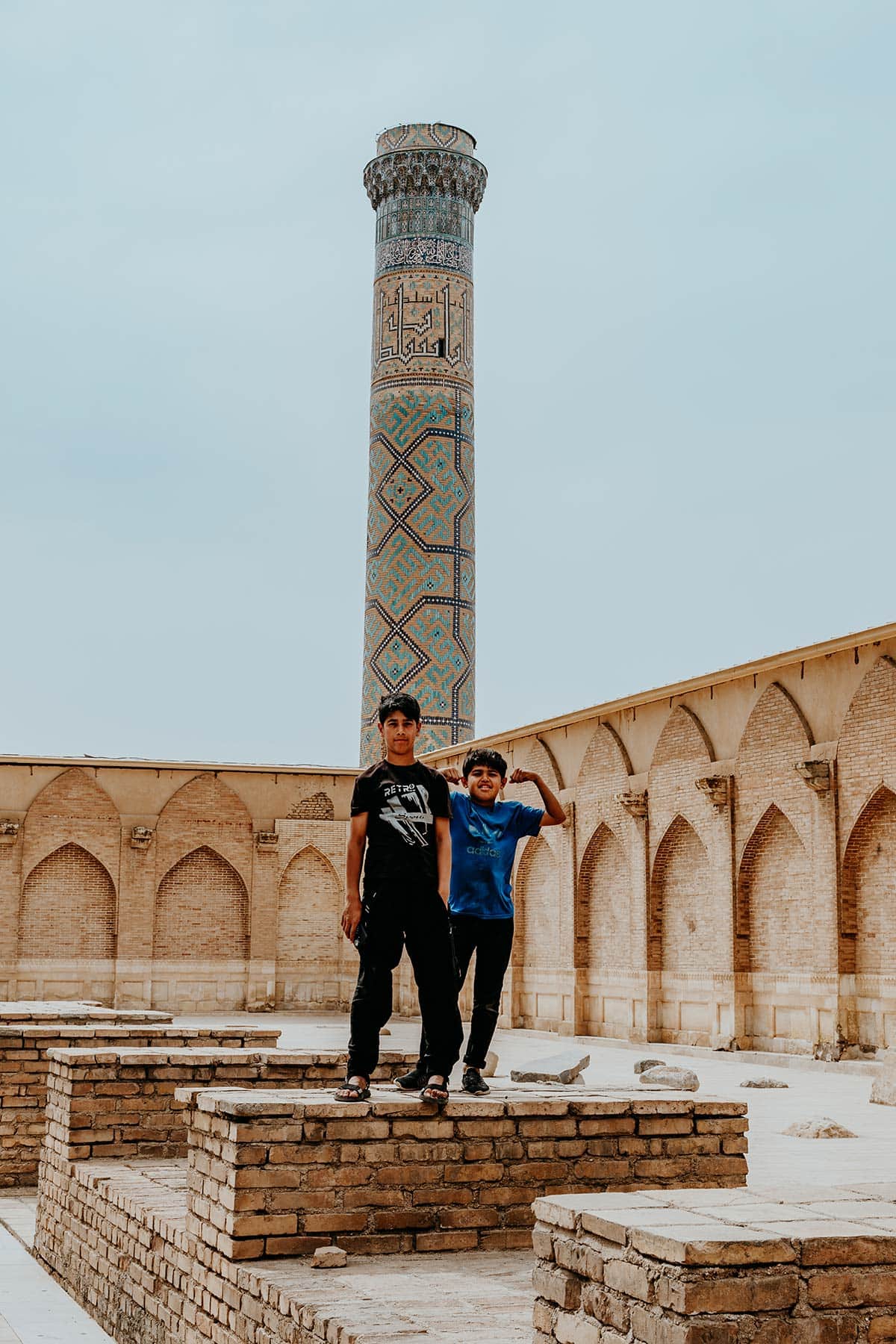
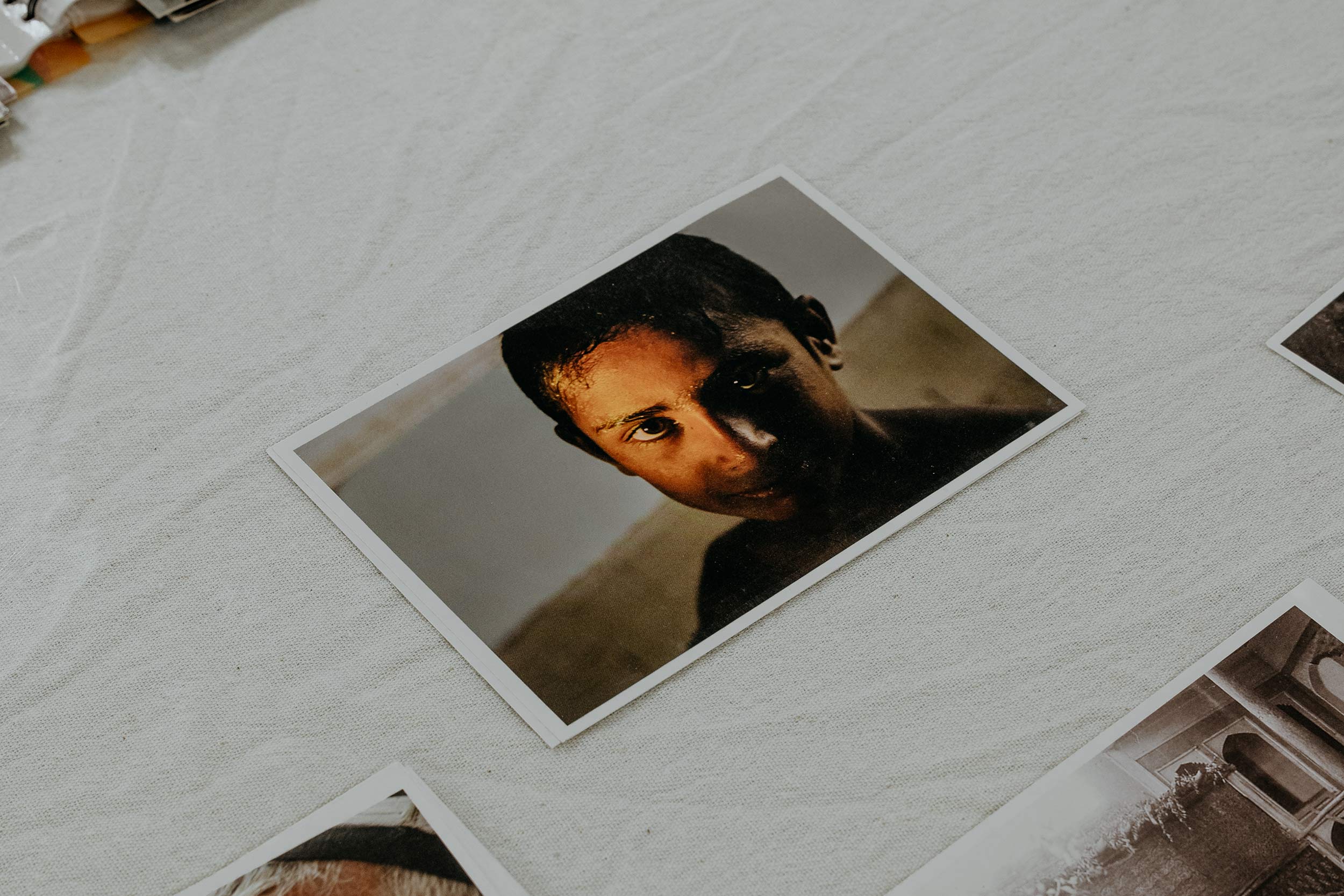
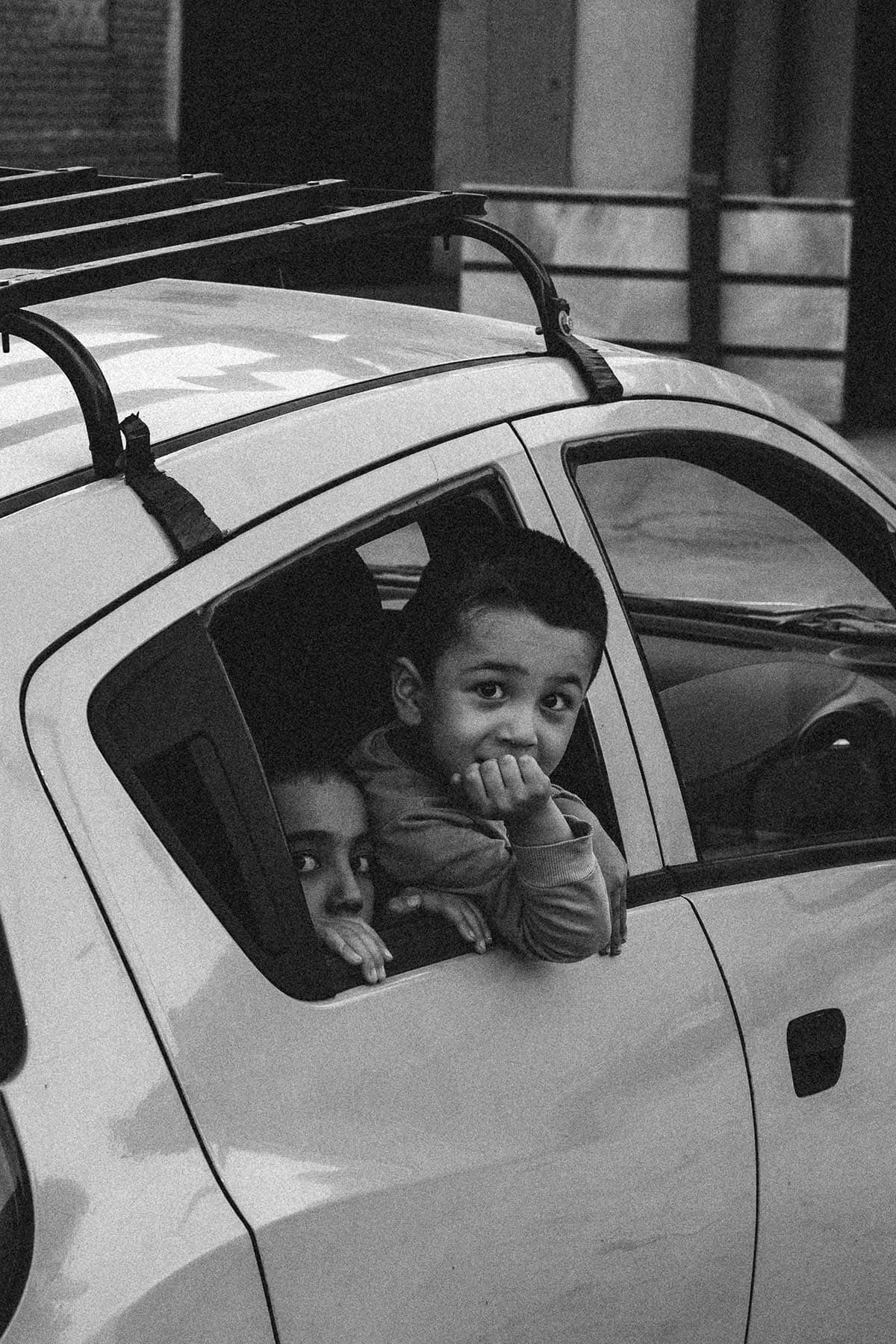
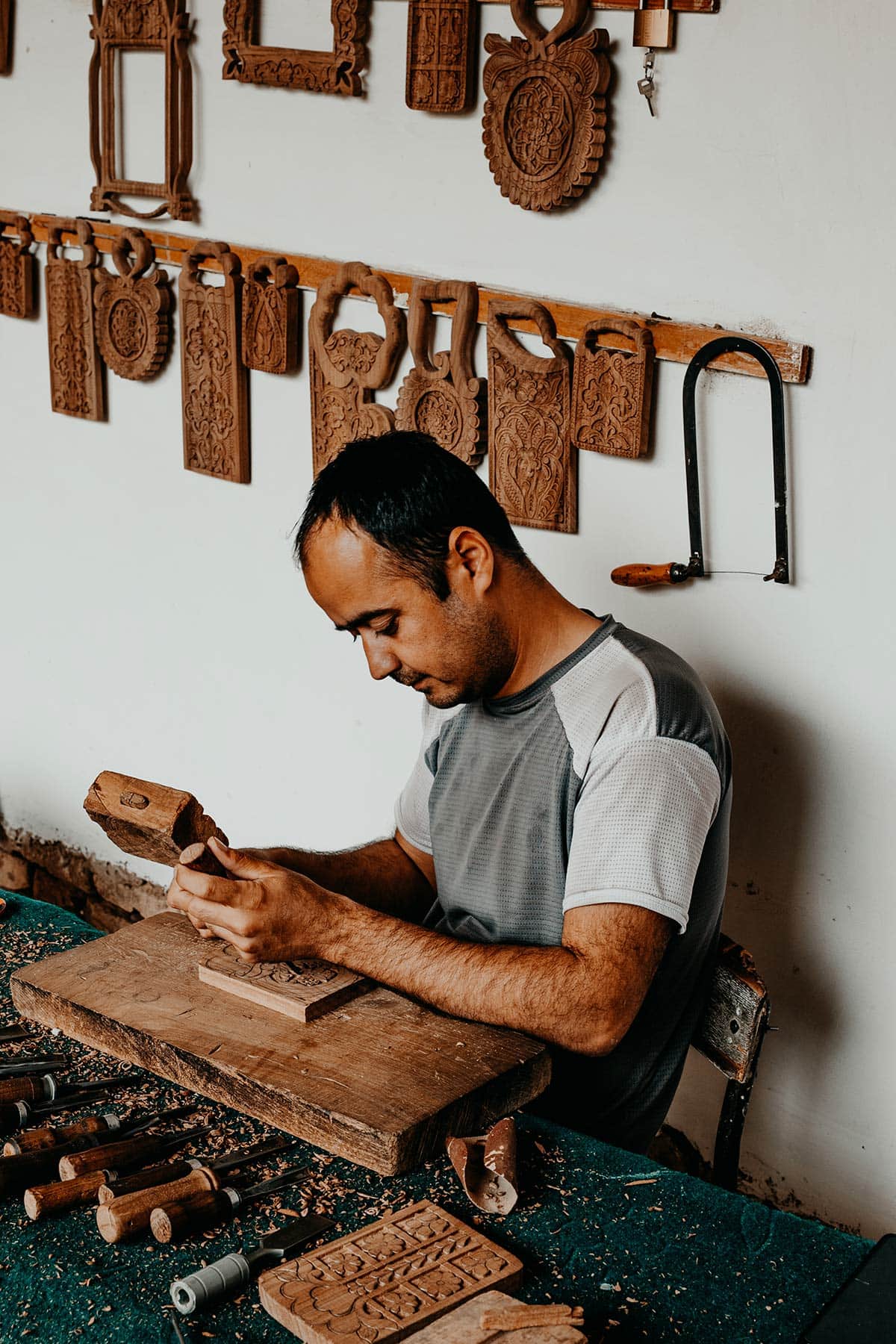
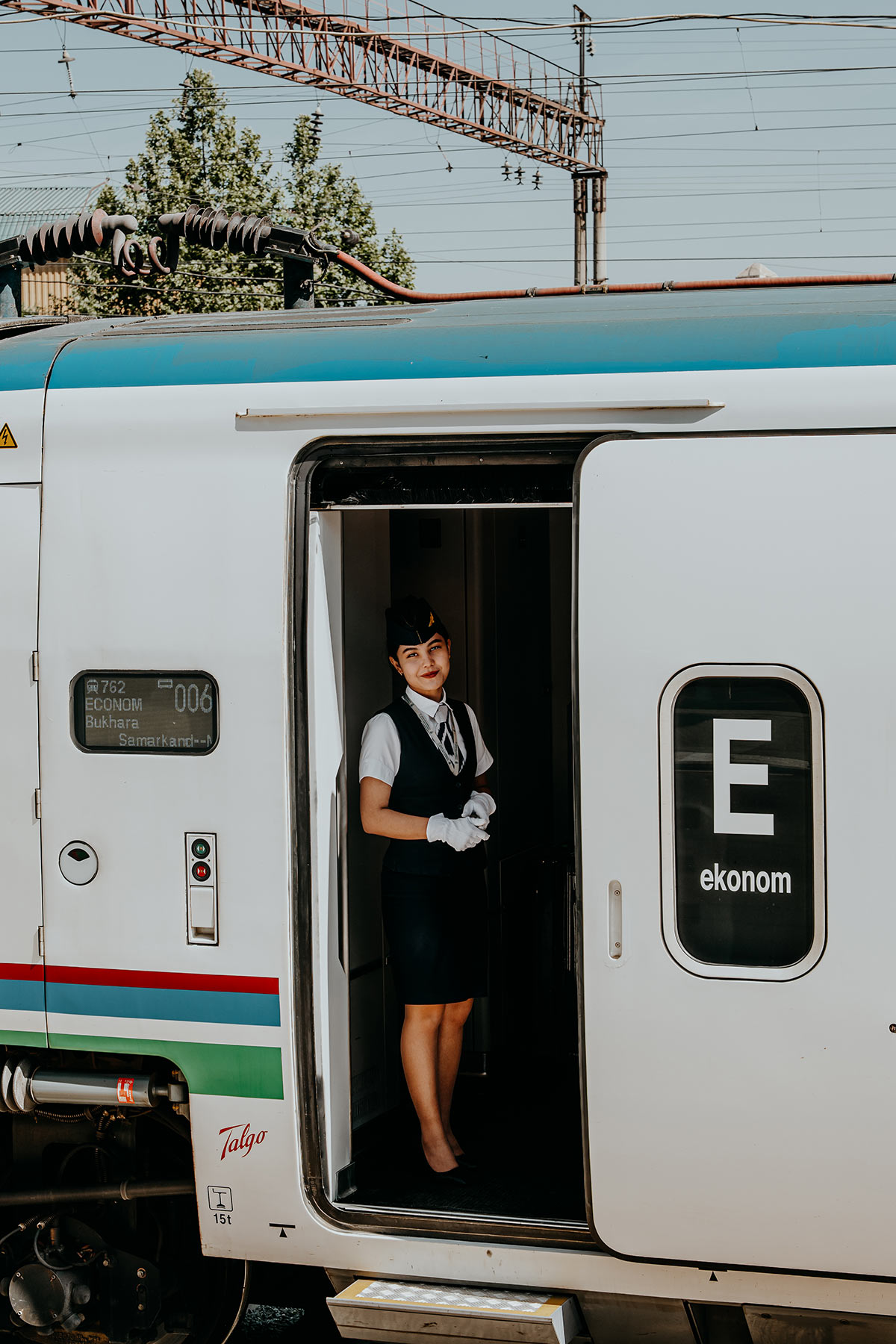
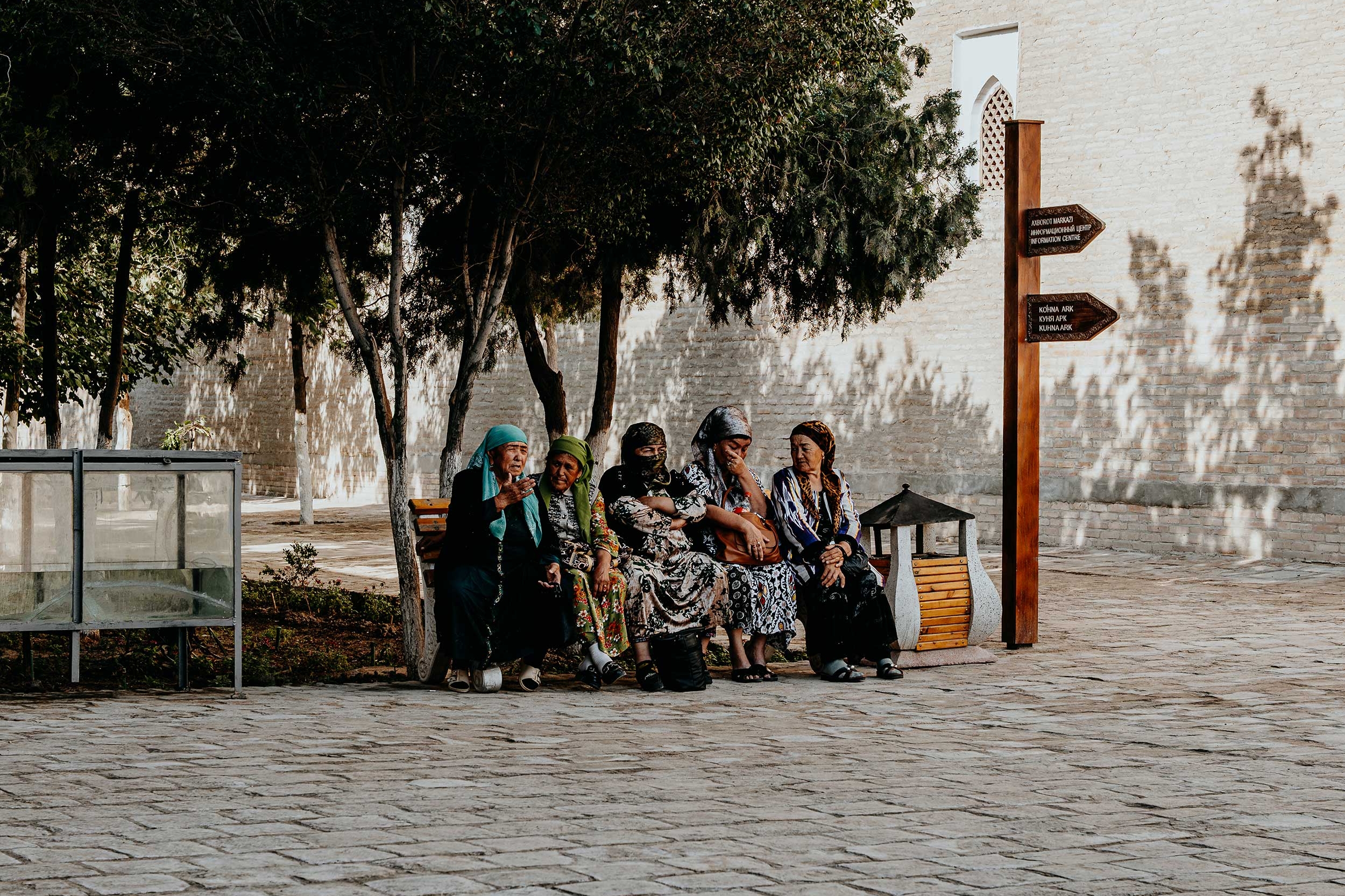
The spices and flavours of Uzbekistan
For me, culinary traditions, locally sourced spices, and the distinctive flavours found in specific parts of the world are key ingredients of my desire to travel this big wide world.
You see, food is a unique expression of the people that make a country, and thus, I firmly believe that delving deep into the local cuisine should be one of the main objectives of your travels.
Some of my favourite dishes I savoured in Uzbekistan include Lula kebab, Laghman, Khiva’s famous Shivit Oshi, Gumma, Manti, and of course all the freshly baked bread – because bread and Uzbekistan are like cheese and wine; inseparable.
In short, indulging in local cuisine is simply one of the best ways to get a feel for a country, its people, and its essence – which is why most people love to travel and explore.
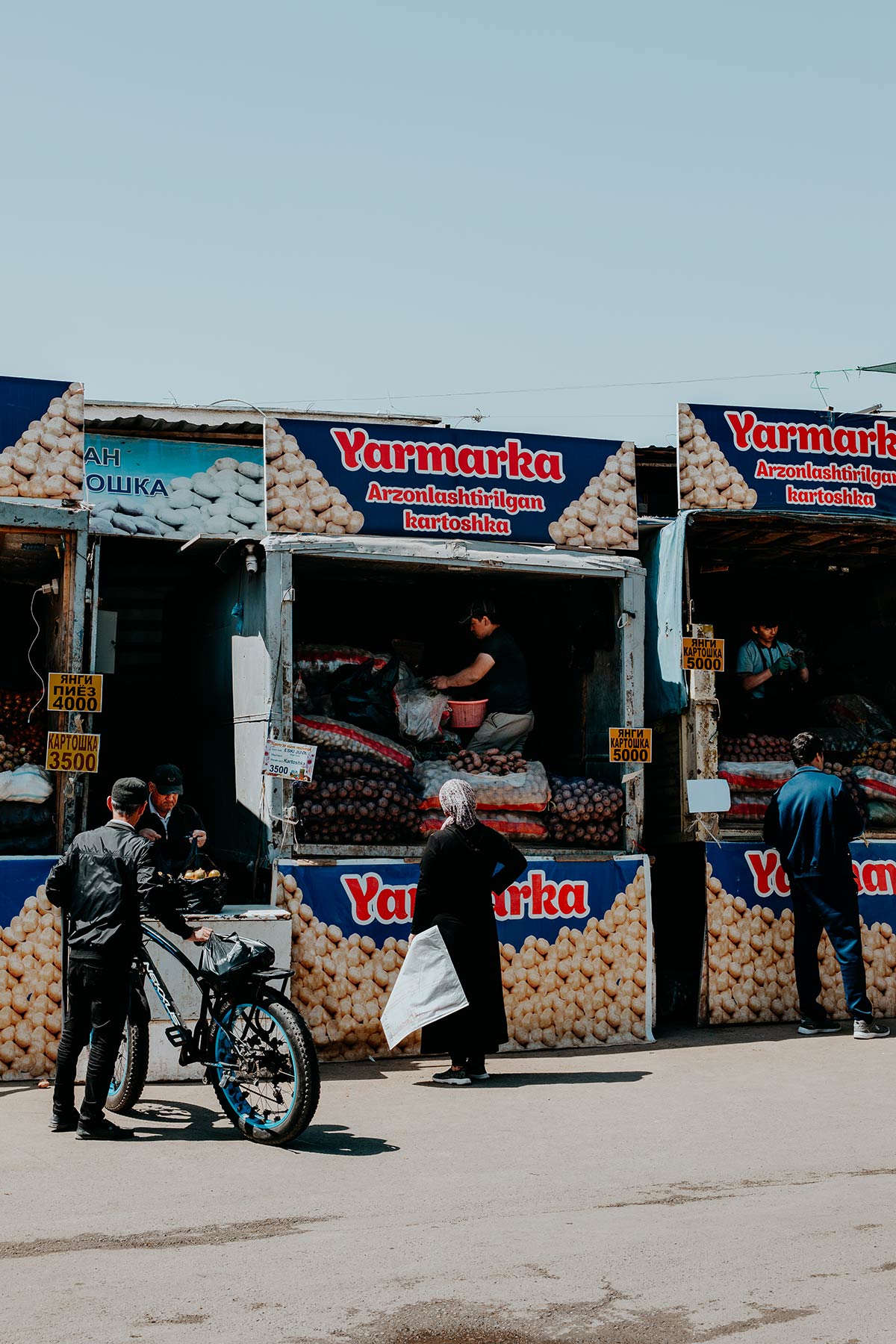
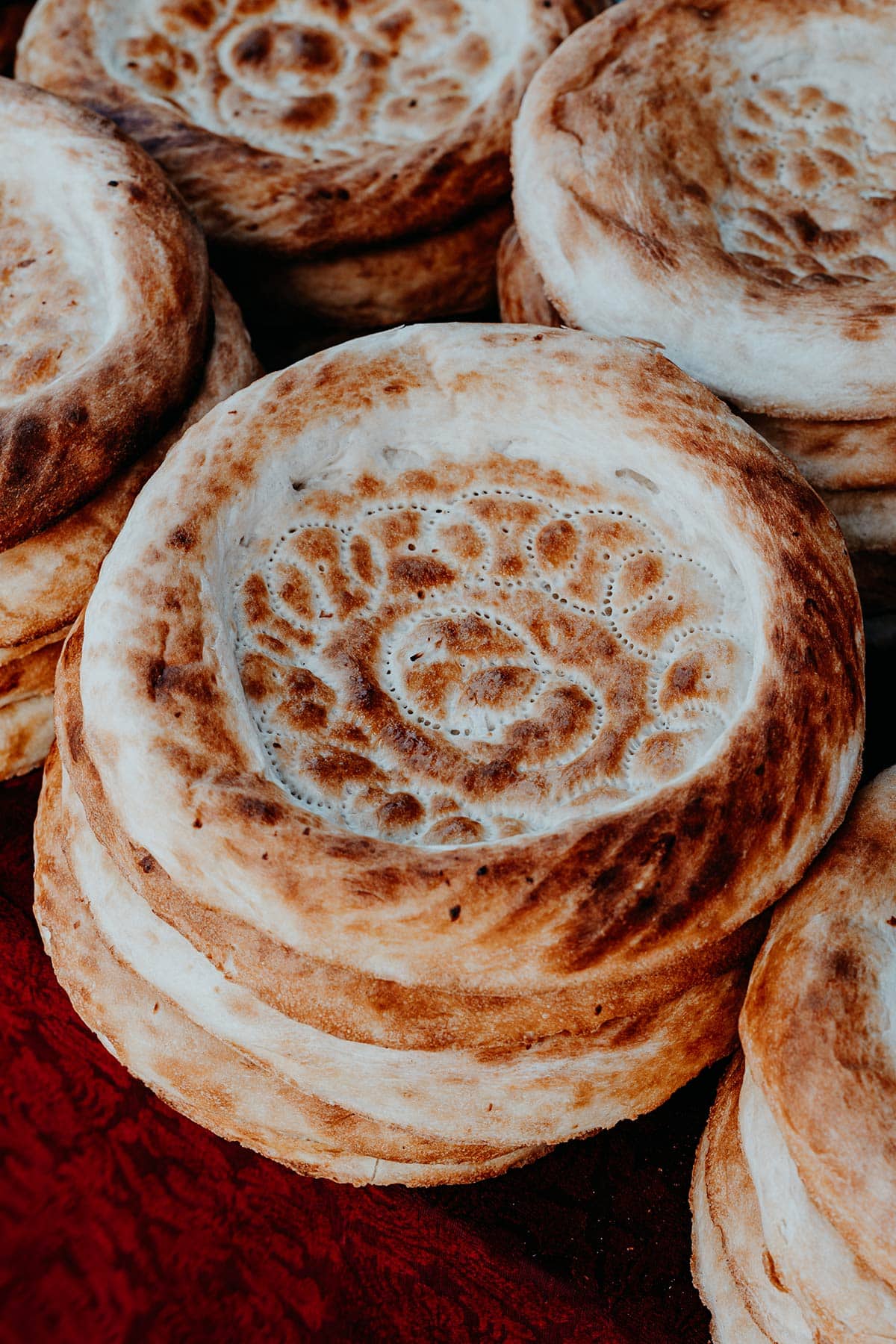
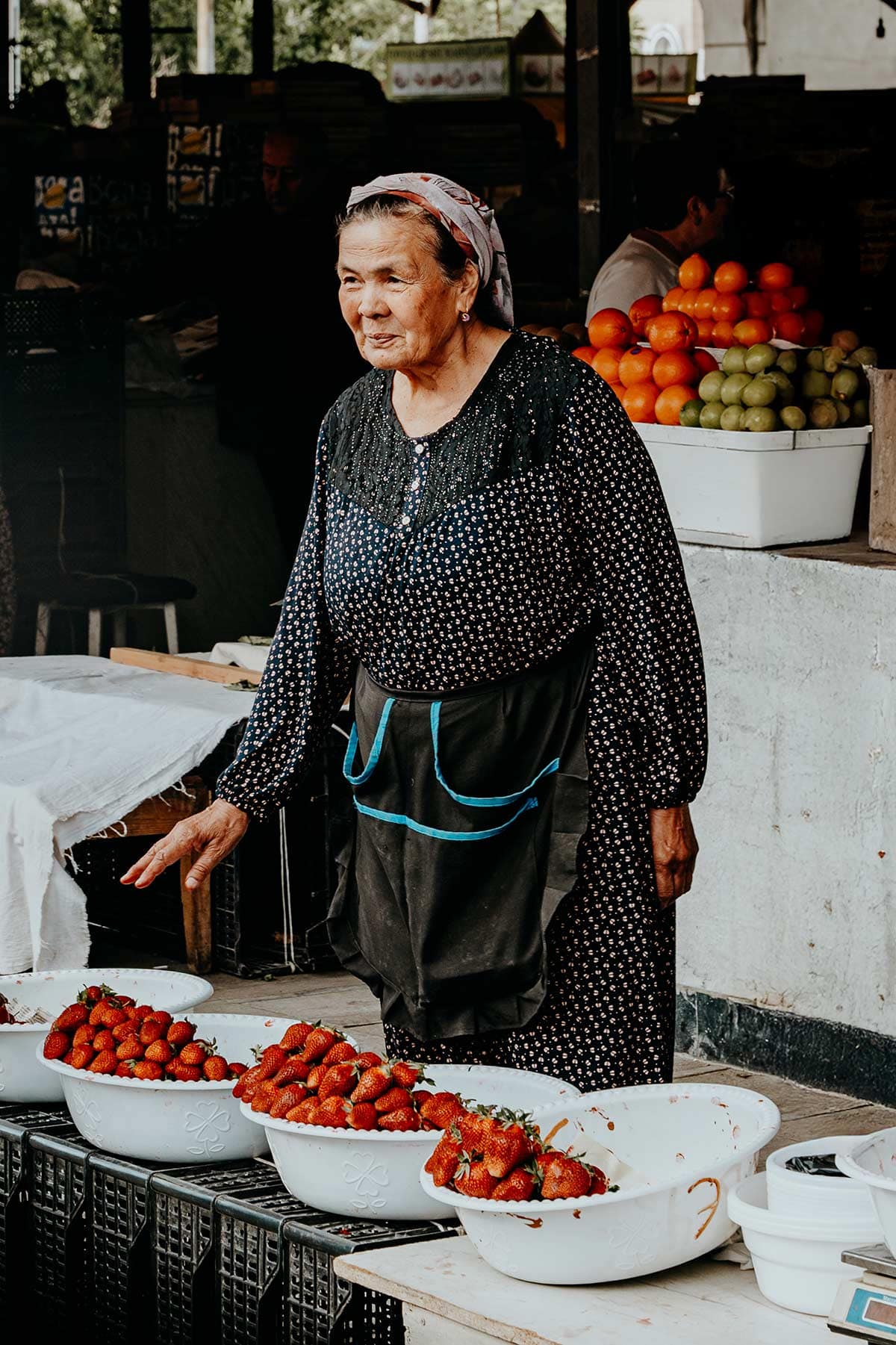
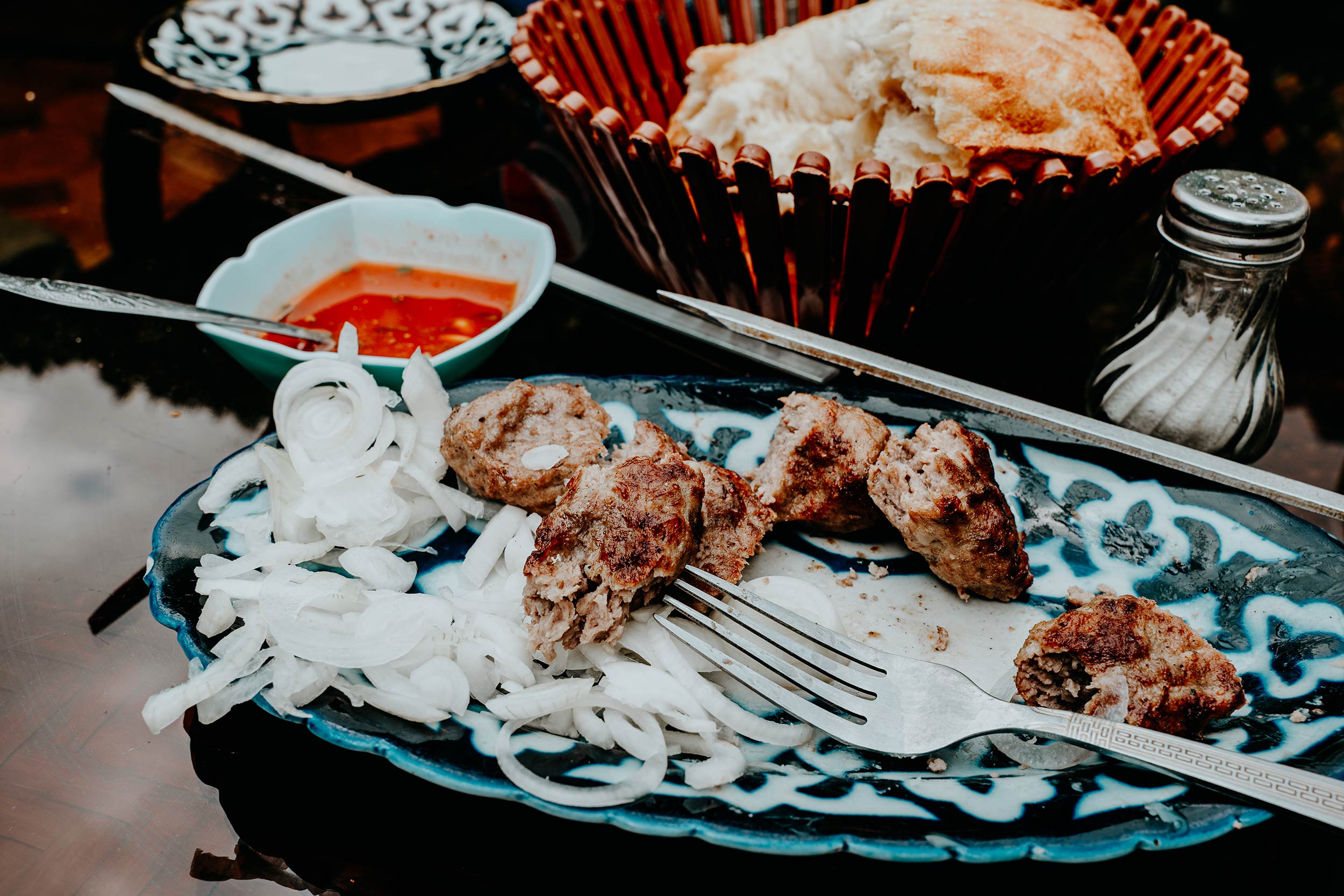
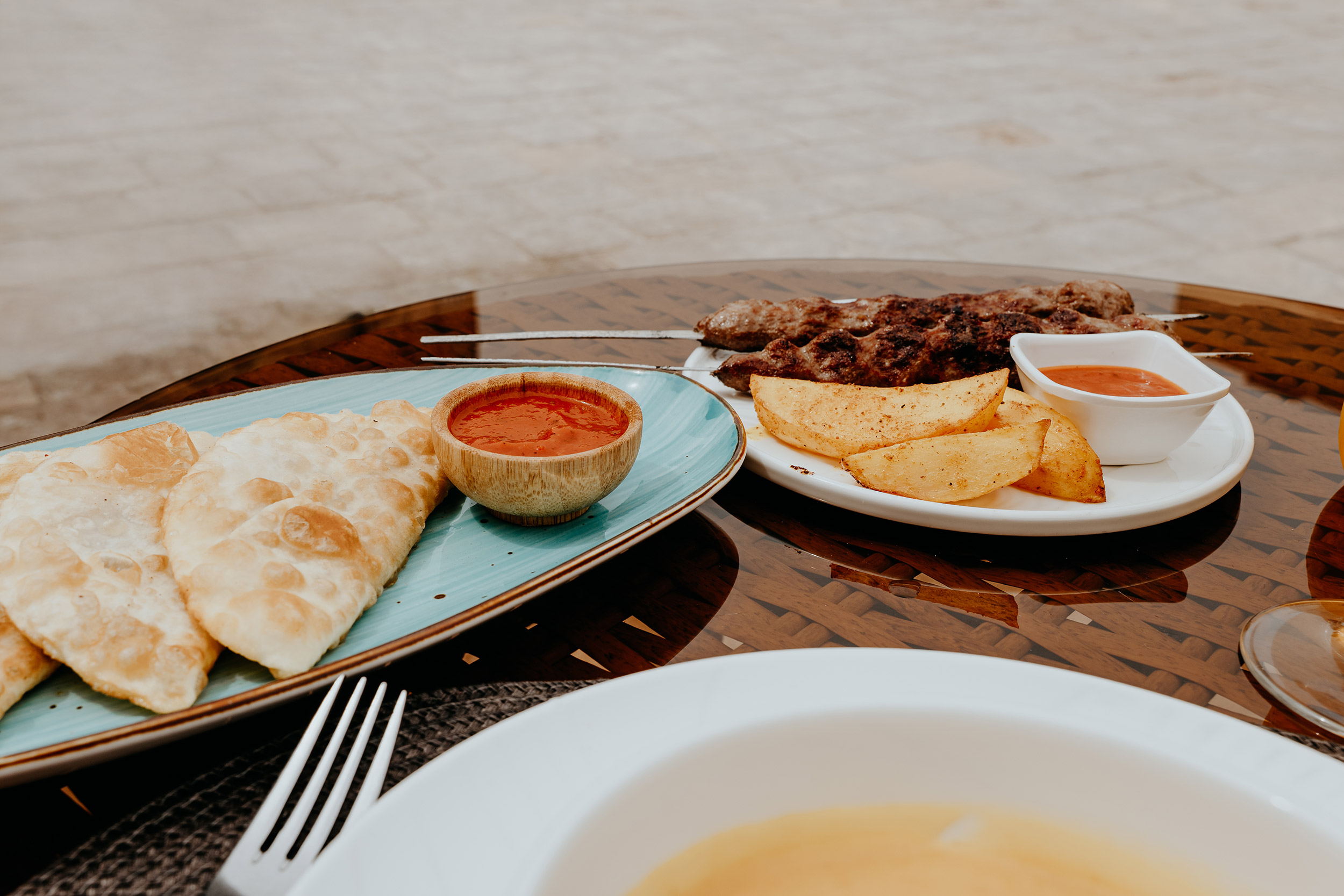
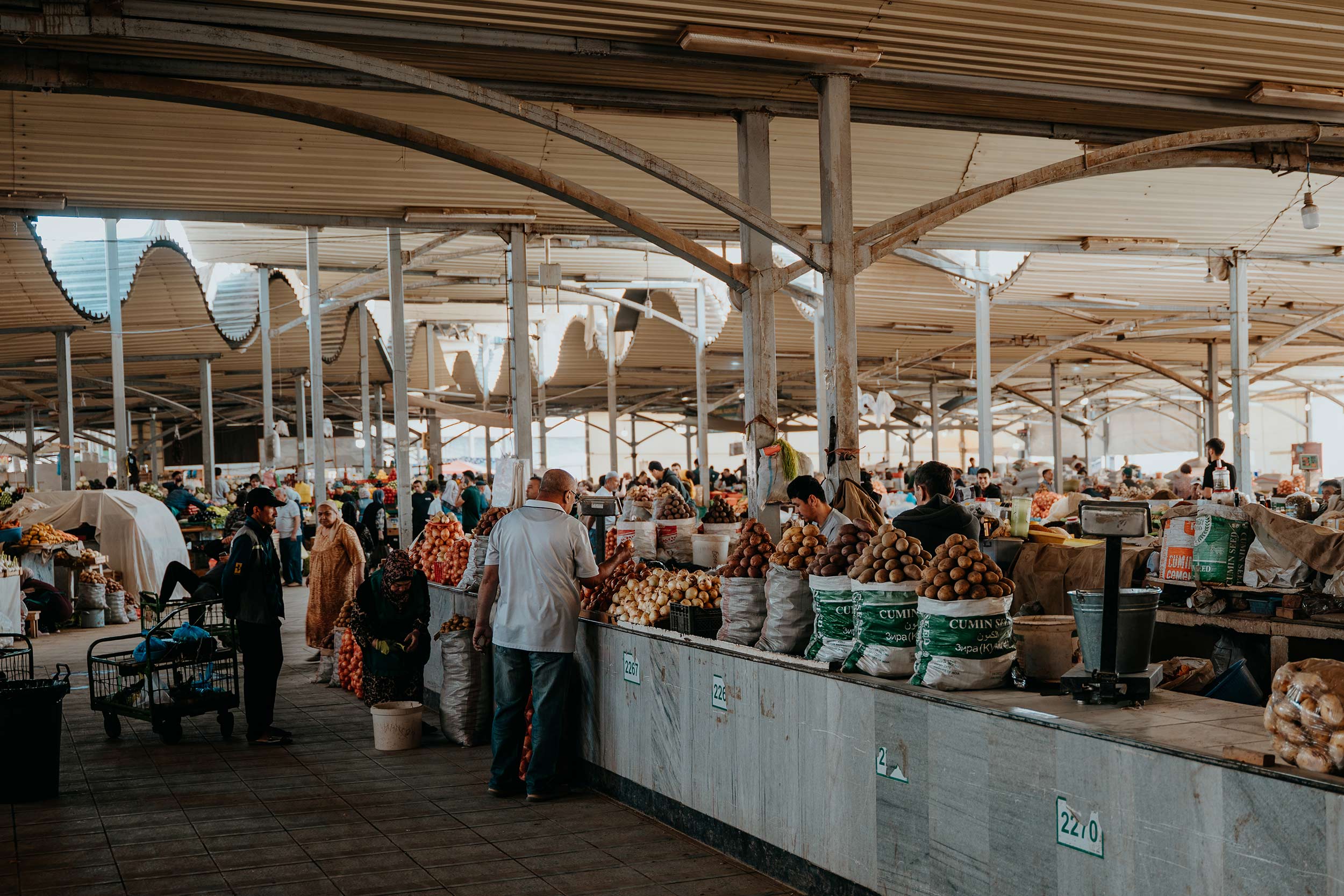
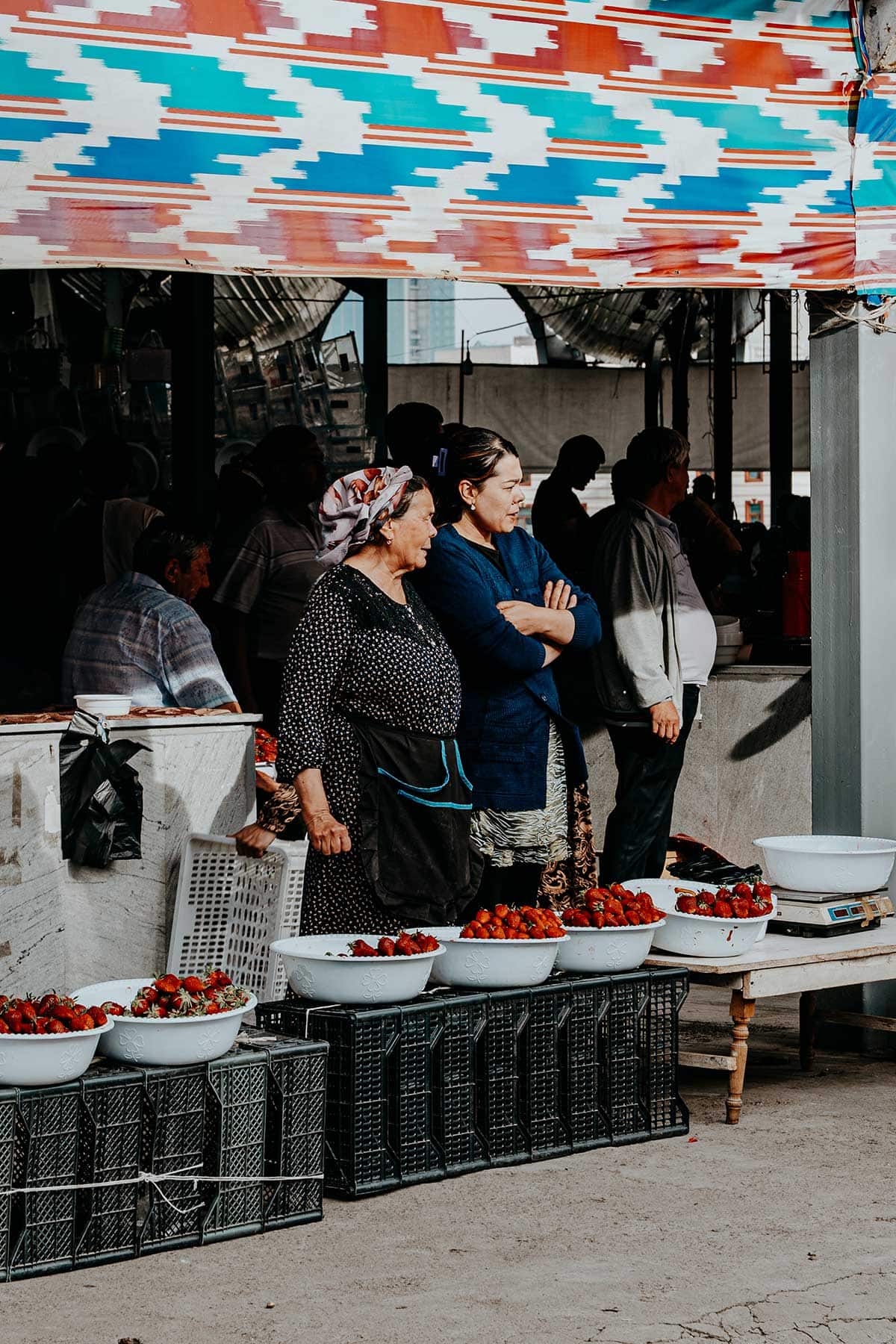
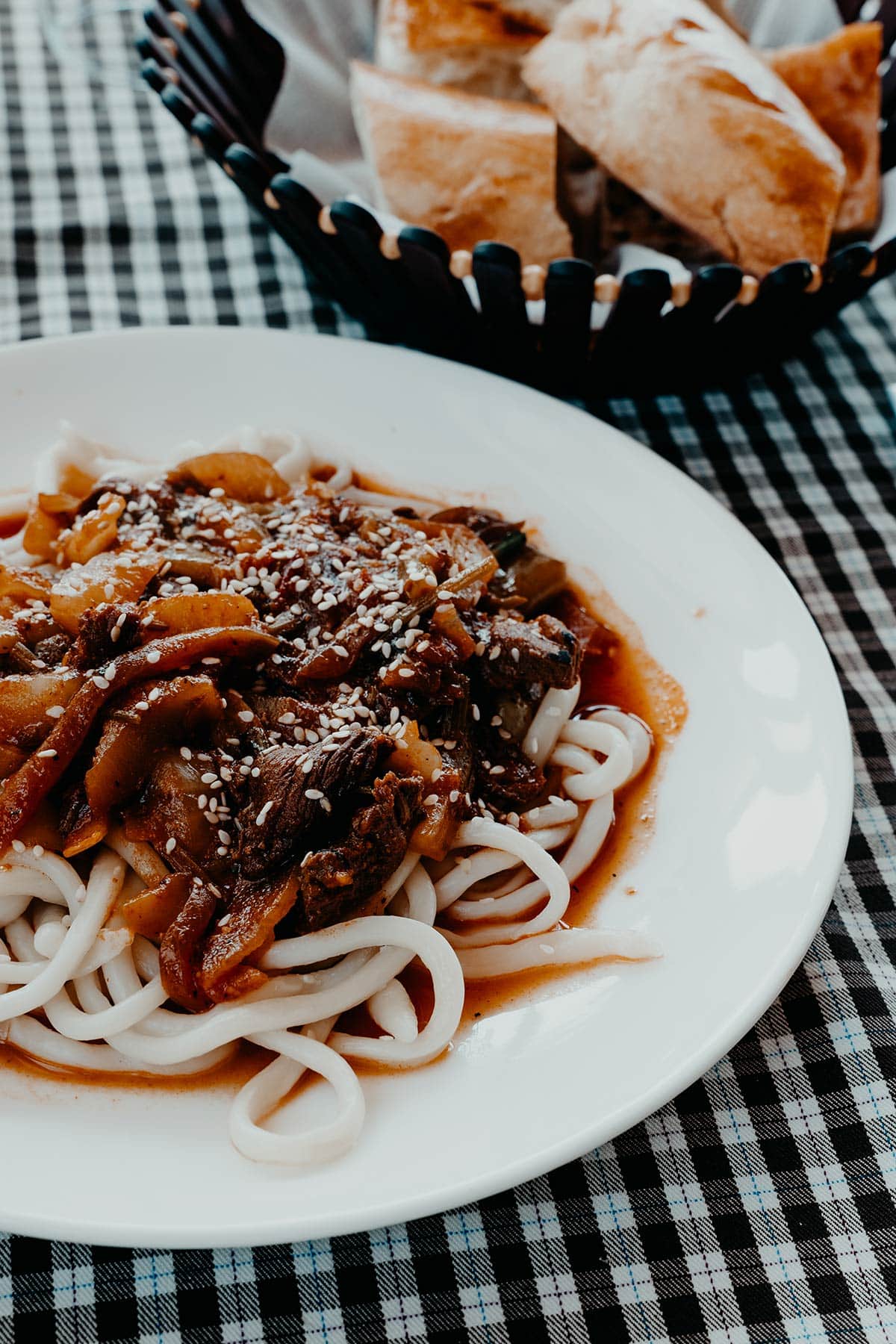
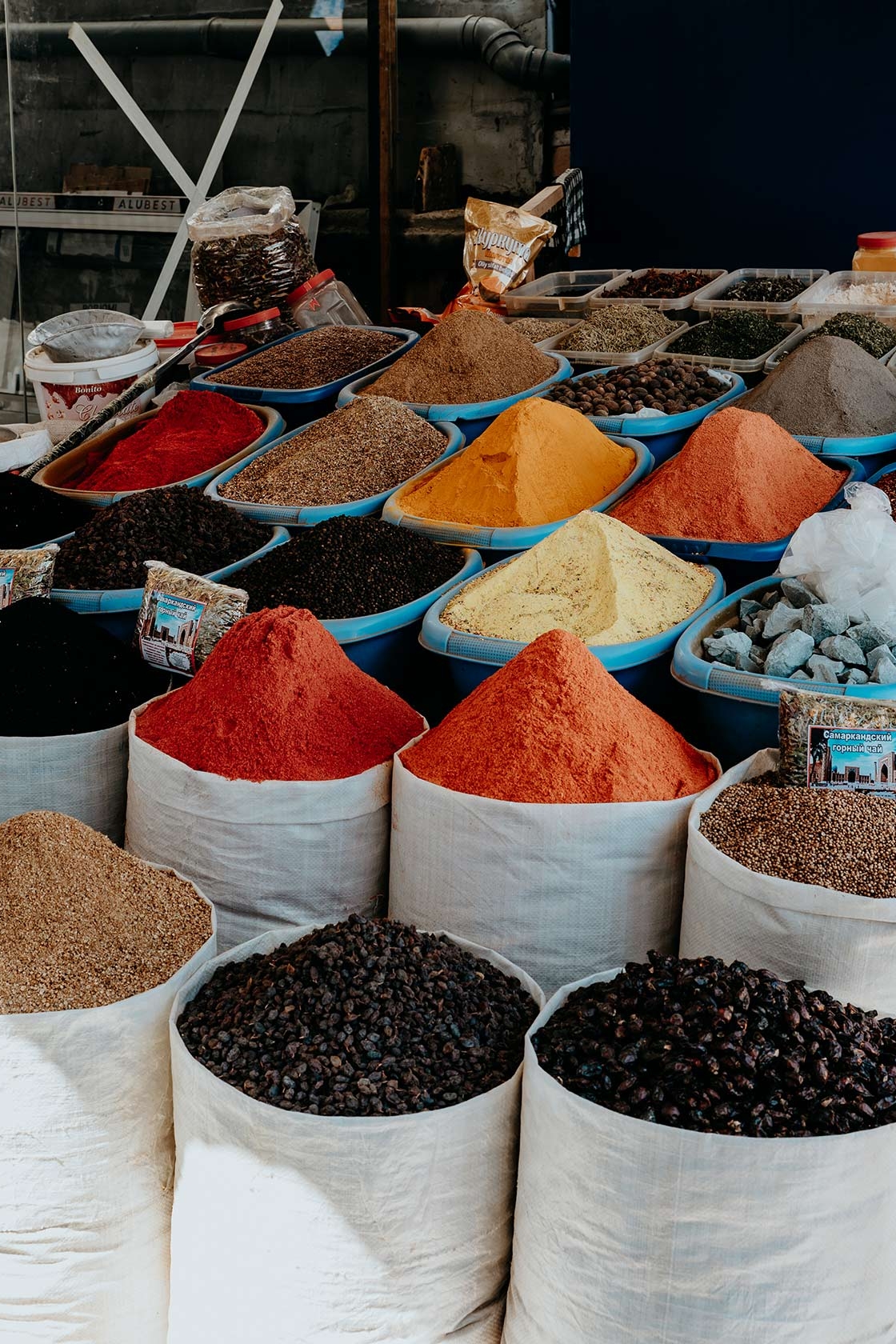
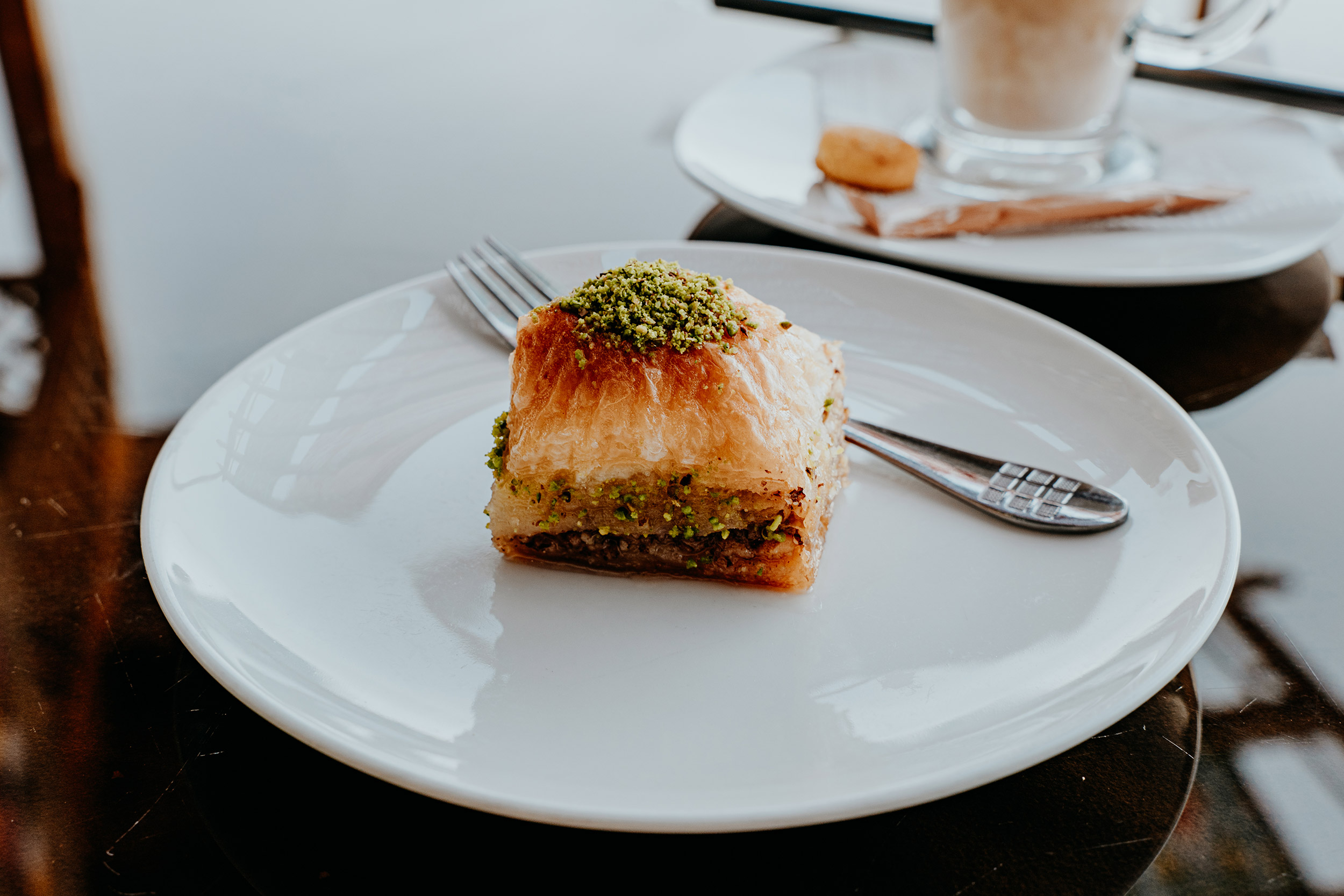
The vibrant everyday life and time-worn streets
While Uzbekistan has heaps of astonishing architectural masterpieces, some of my favourite moments were uncovered on walks around the time-worn streets with my camera in hand.
From wandering the lively bazaars of Bukhara to getting lost in the maze-like streets of Khiva’s remarkable Itchan Kala to the charming squares found in Uzbekistan’s many historic old towns.
There’s just something magical lingering in the air here – something that is truly undeniable and hard to put into words. An authentic moment is never far away, waiting for you to be clicked.
To sum it up, photographers will be amazed by Uzbekistan’s mesmerizing charm.
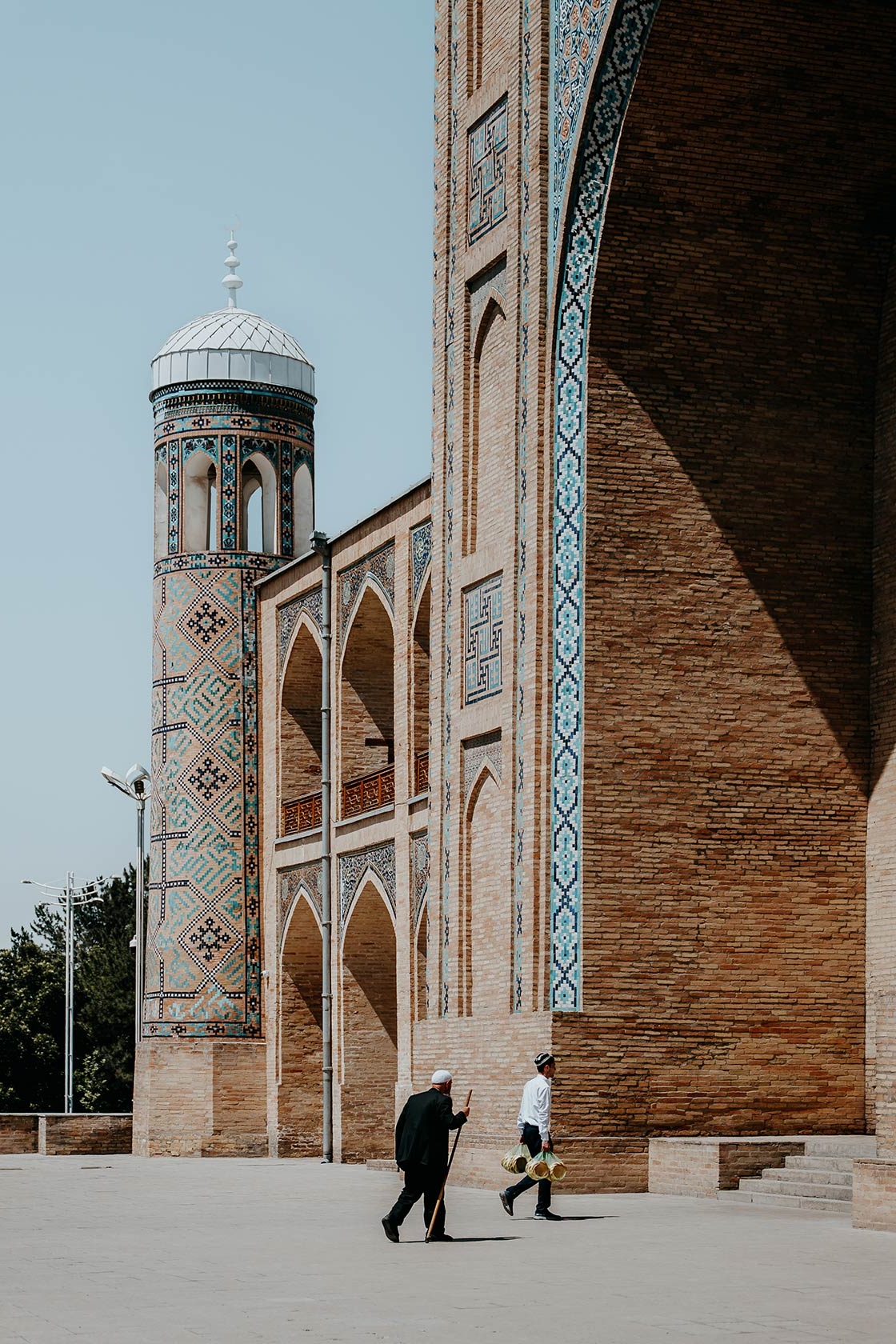
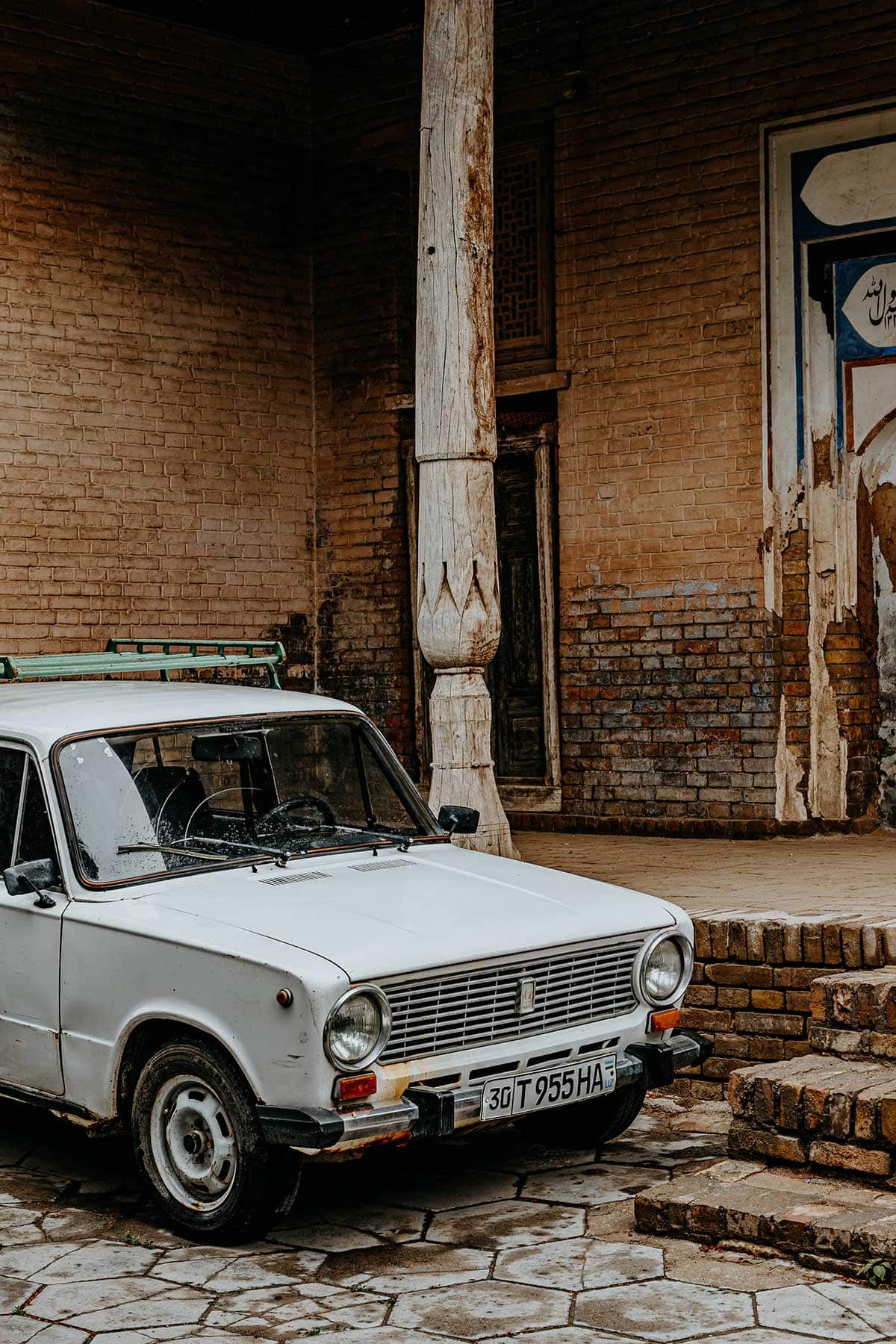
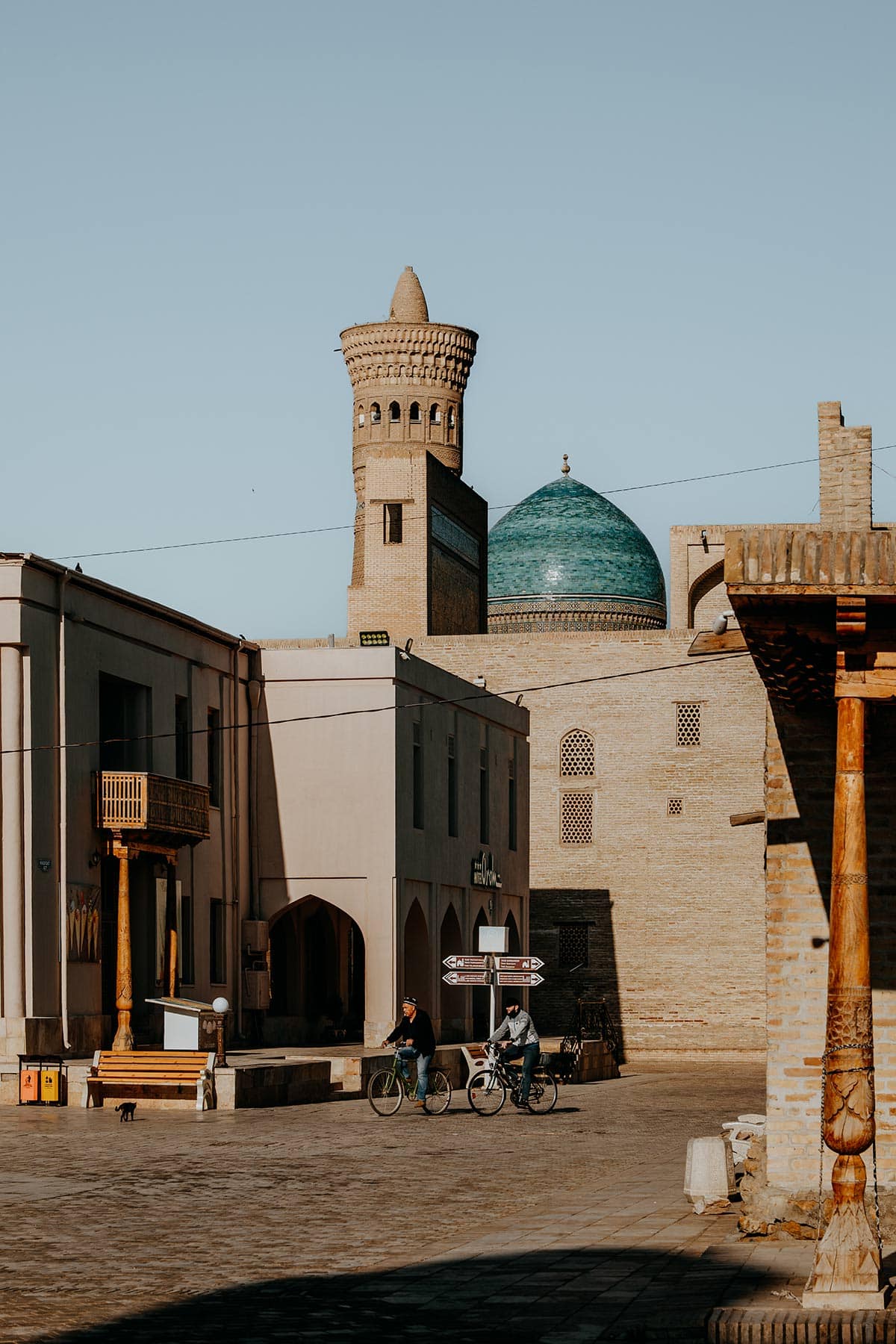
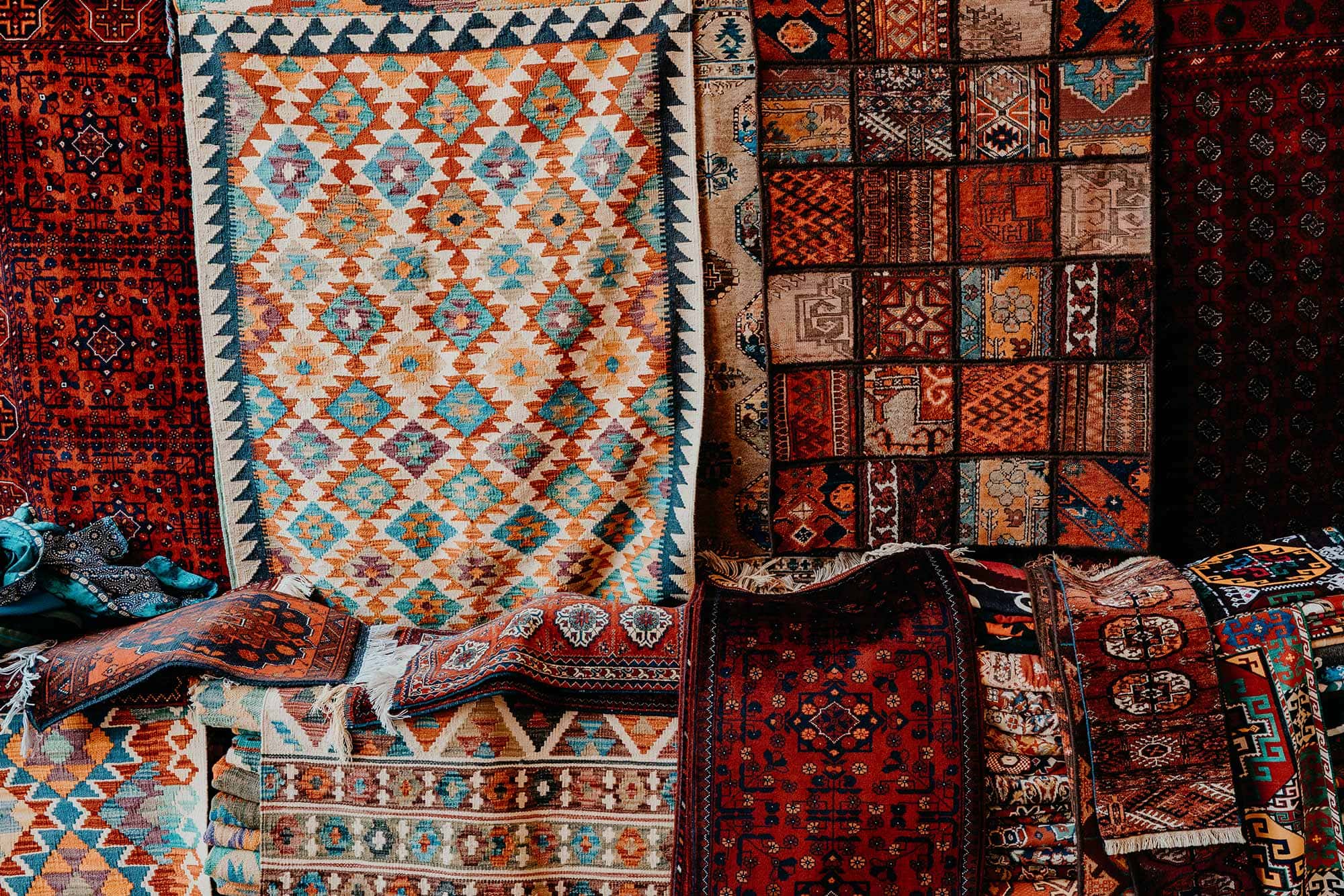
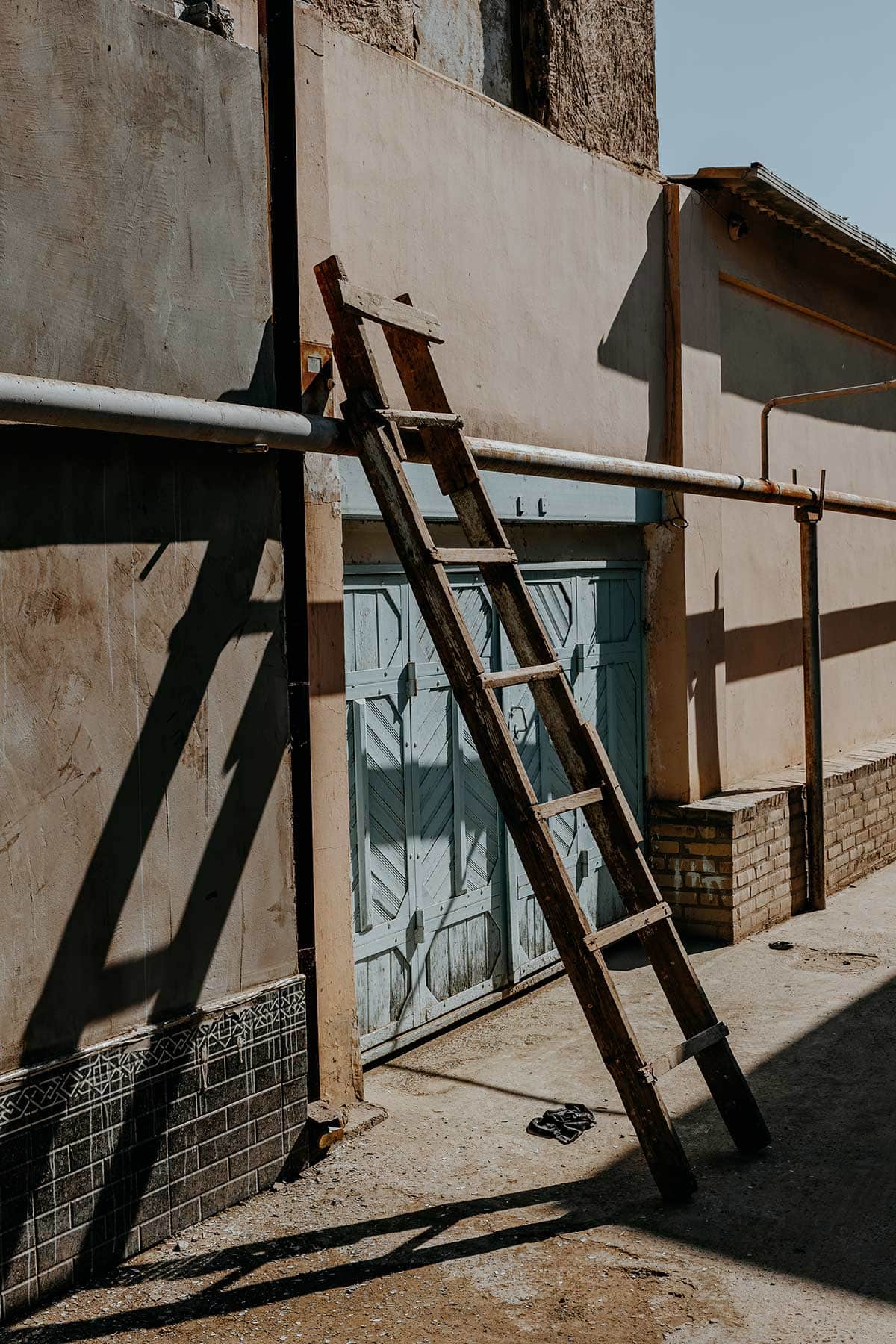
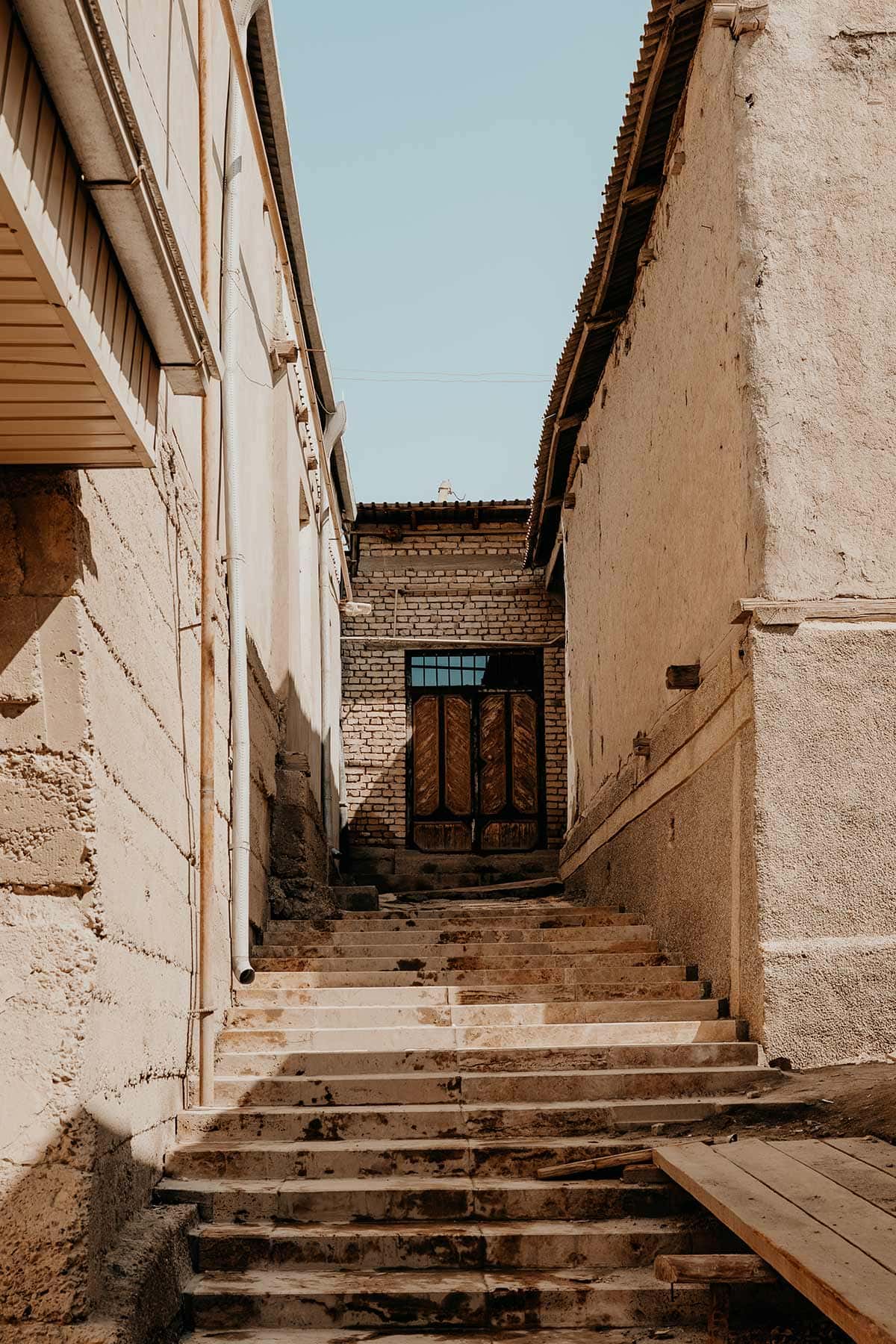
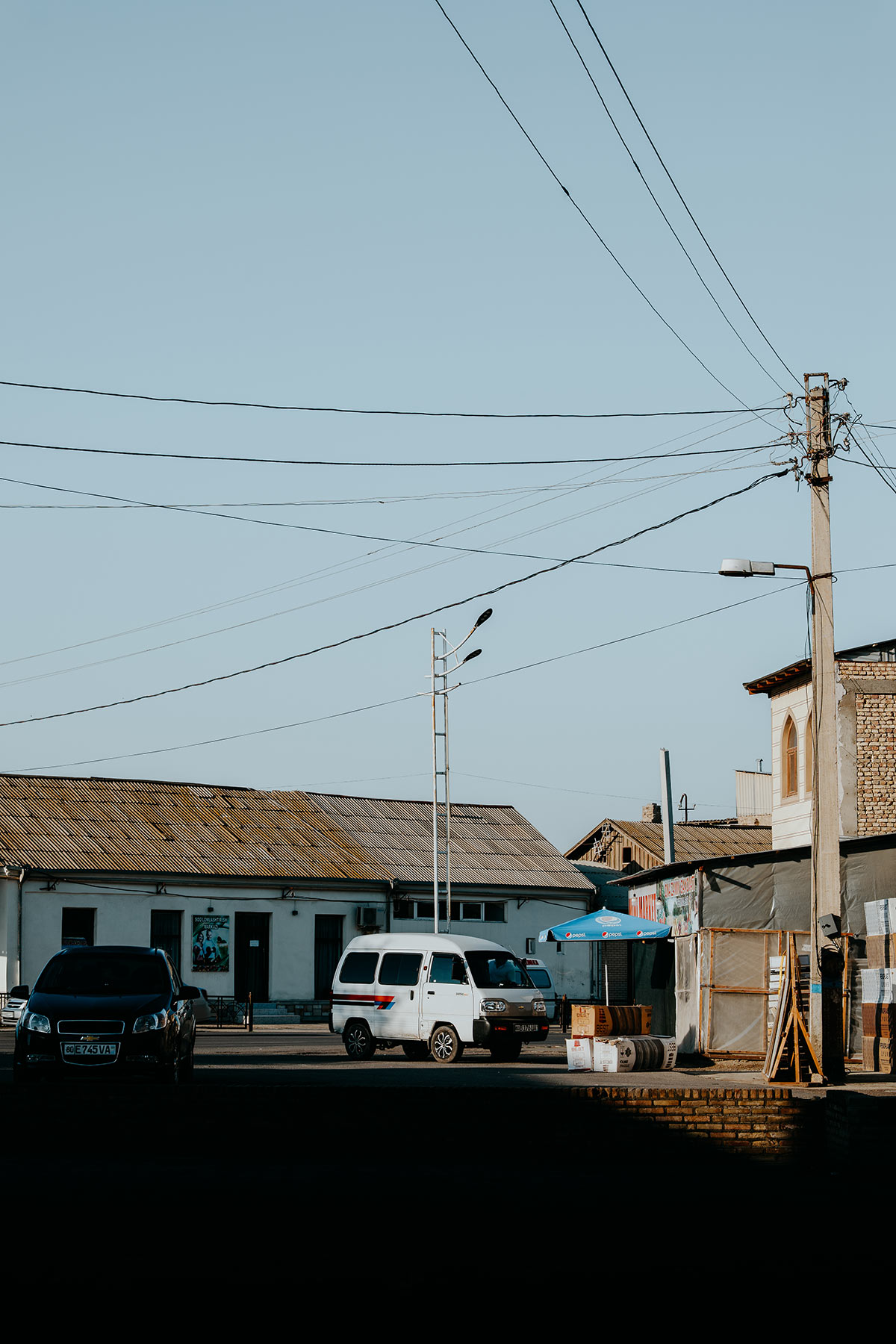
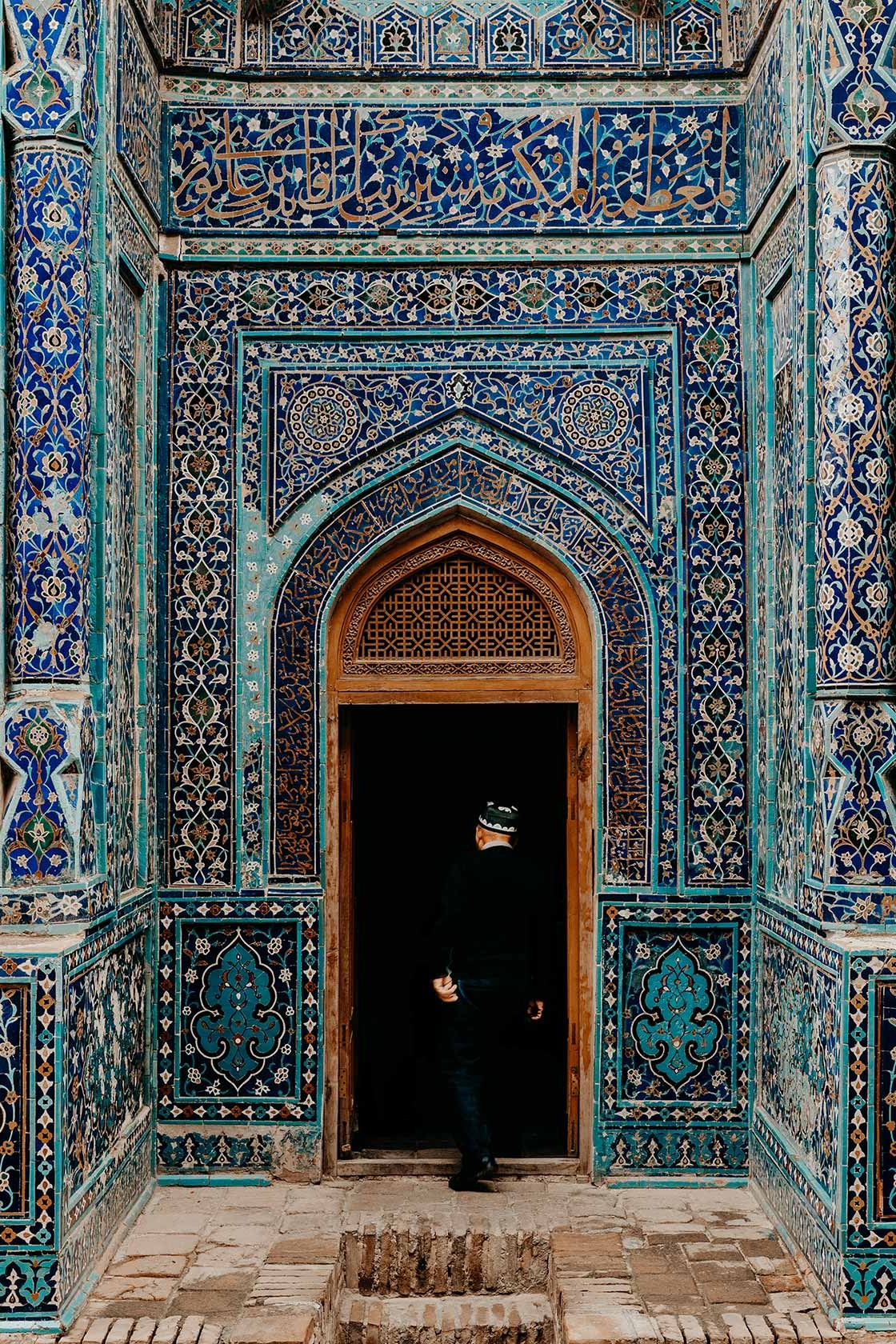
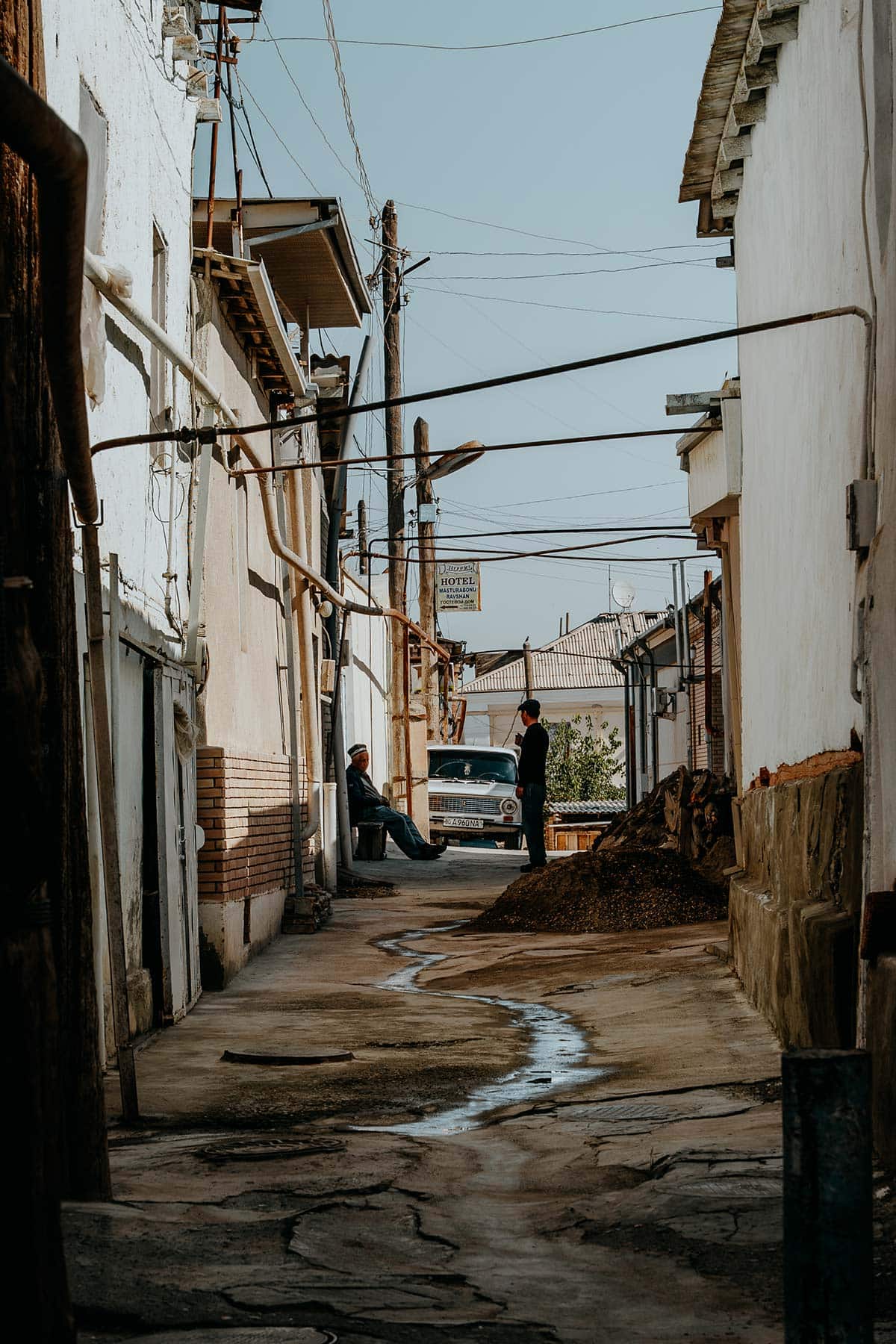
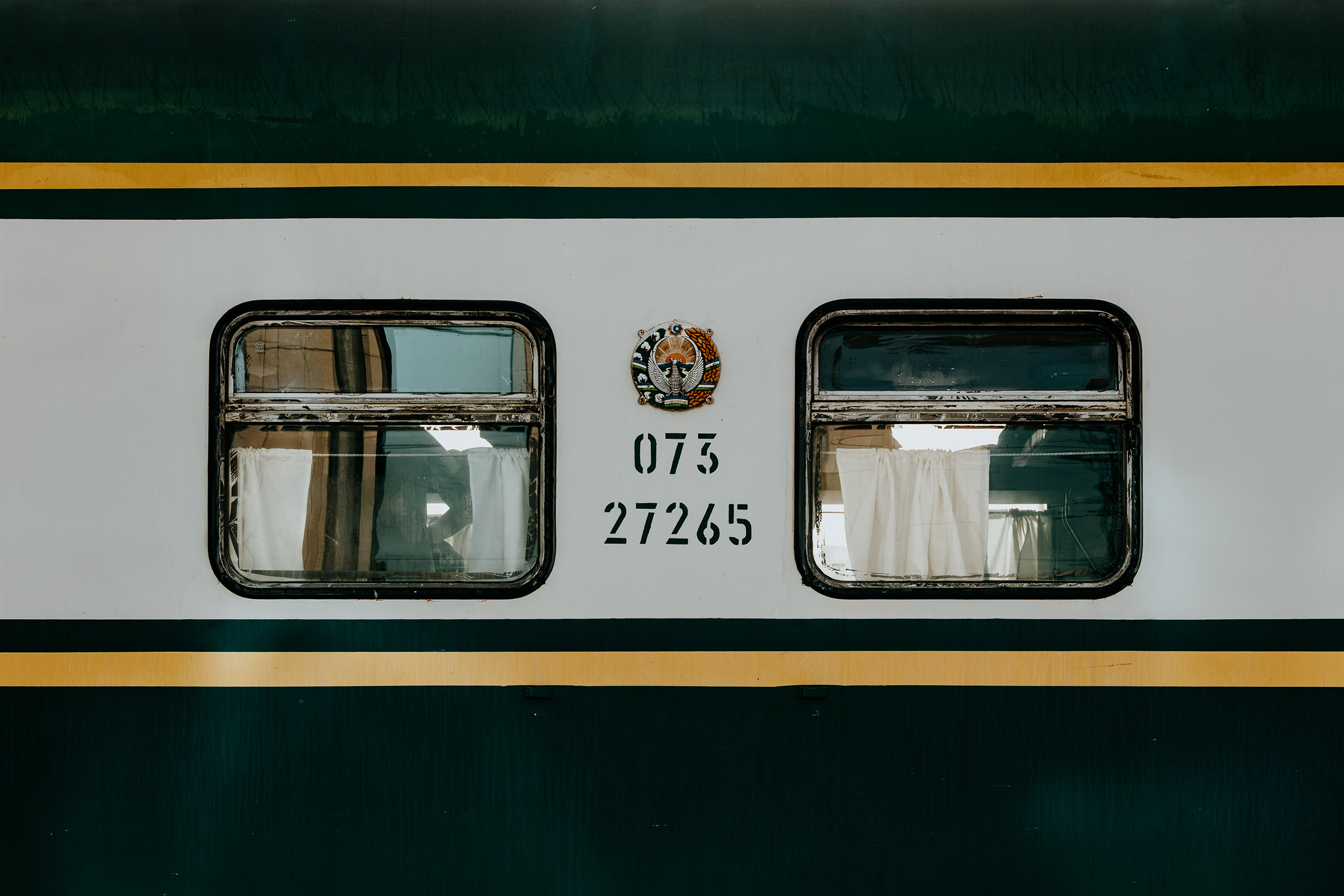
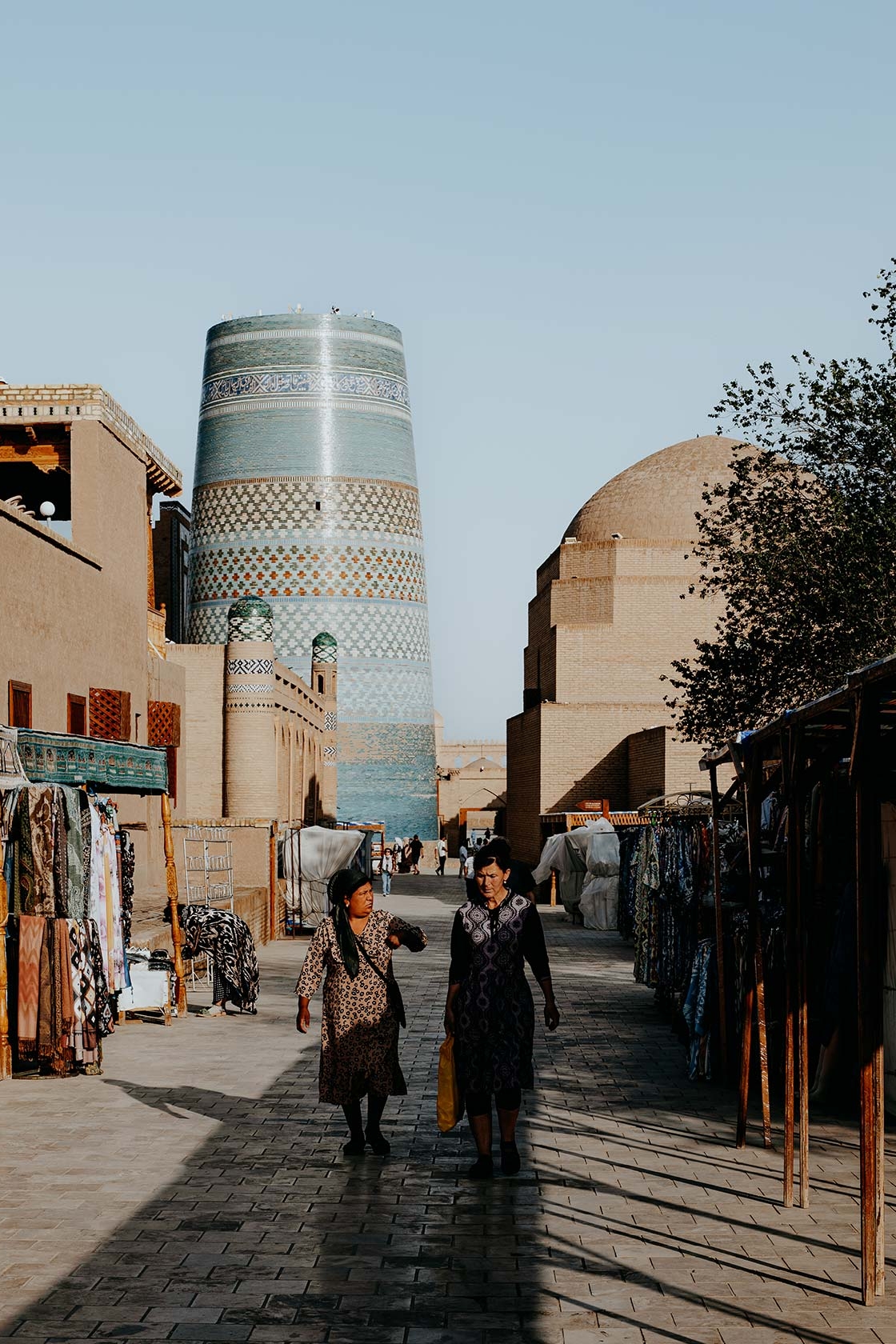
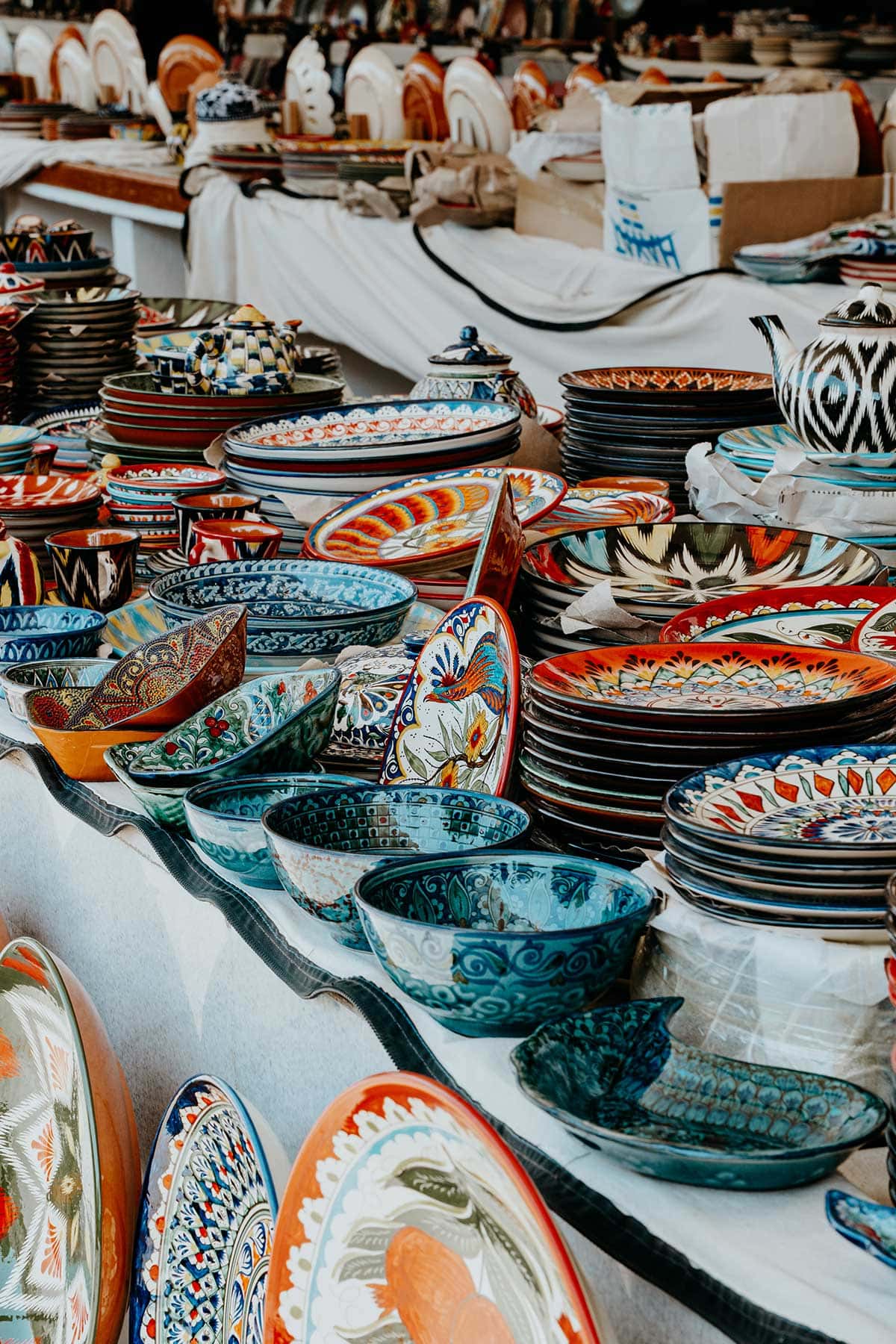
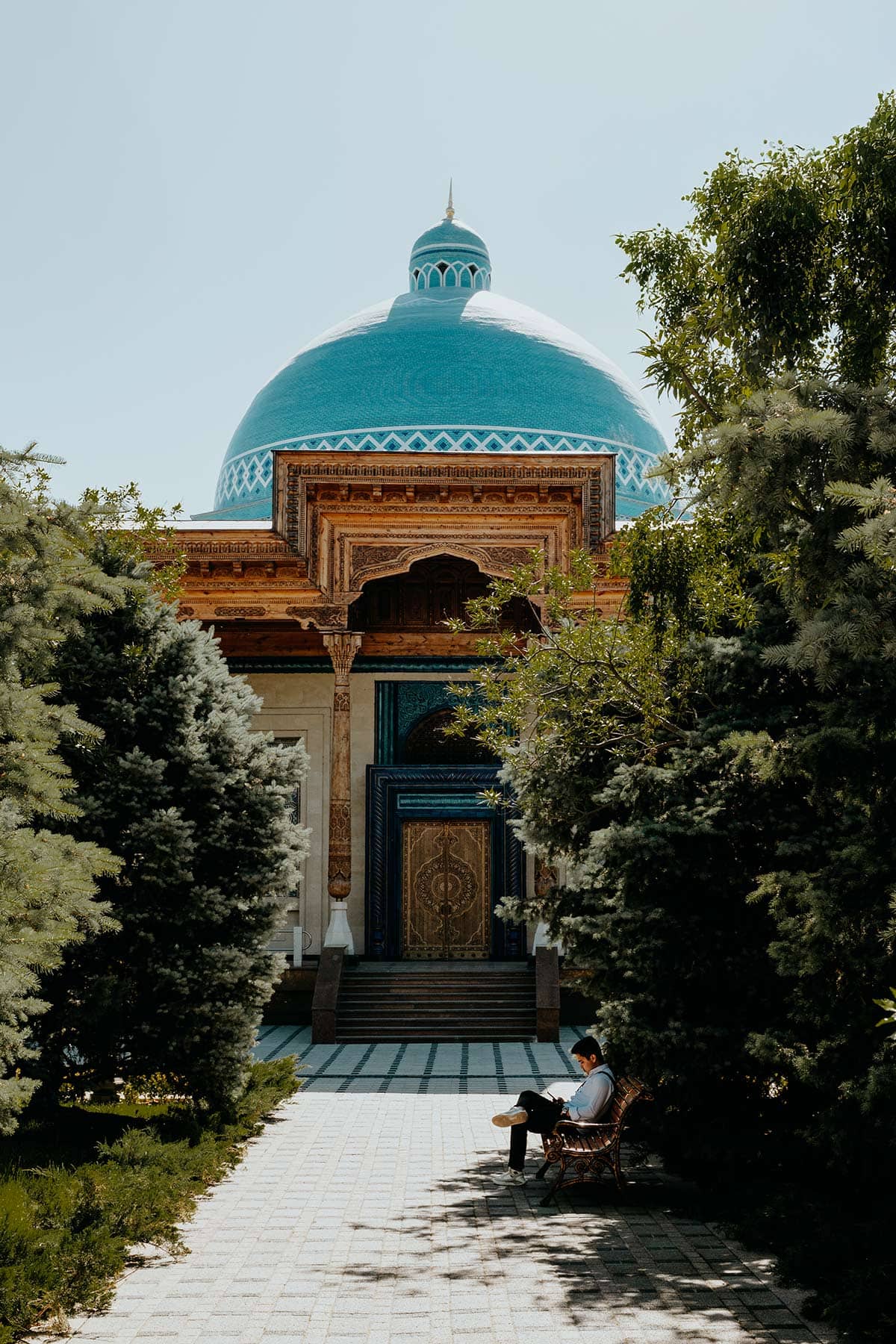
The travel photography gear that I used in Uzbekistan
As you’ve seen in this photography story, Uzbekistan and its remarkable charm provide exceptional photography opportunities at just about every moment.
If you’re keen to make the most out of your travel photography while uncovering Uzbekistan, I’d advise bringing your sharpest lenses or investing in some upgrades if you haven’t already.
If you like my Uzbekistan photography, this is the gear I used to document my adventures here.
Lumix S5 | For the last two years, I’ve been using the Panasonic Lumix S5, which captures sharp high-quality images, as well as excellent video. While I recently upgraded to the improved S5II, the photos I took in Uzbekistan were all shot on Panasonic’s incredible S5.
SIGMA 24-70 F2.8 | My go-to lens, and basically mounted to my Lumix for 90% of the time, the Sigma 24-70 F2.8 is an absolute beast, as it’s super fast, versatile and sharp.
If you’re curious to learn more about my complete photography setup, make sure you take a look at my ‘What’s in my Camera Bag’ guide here.
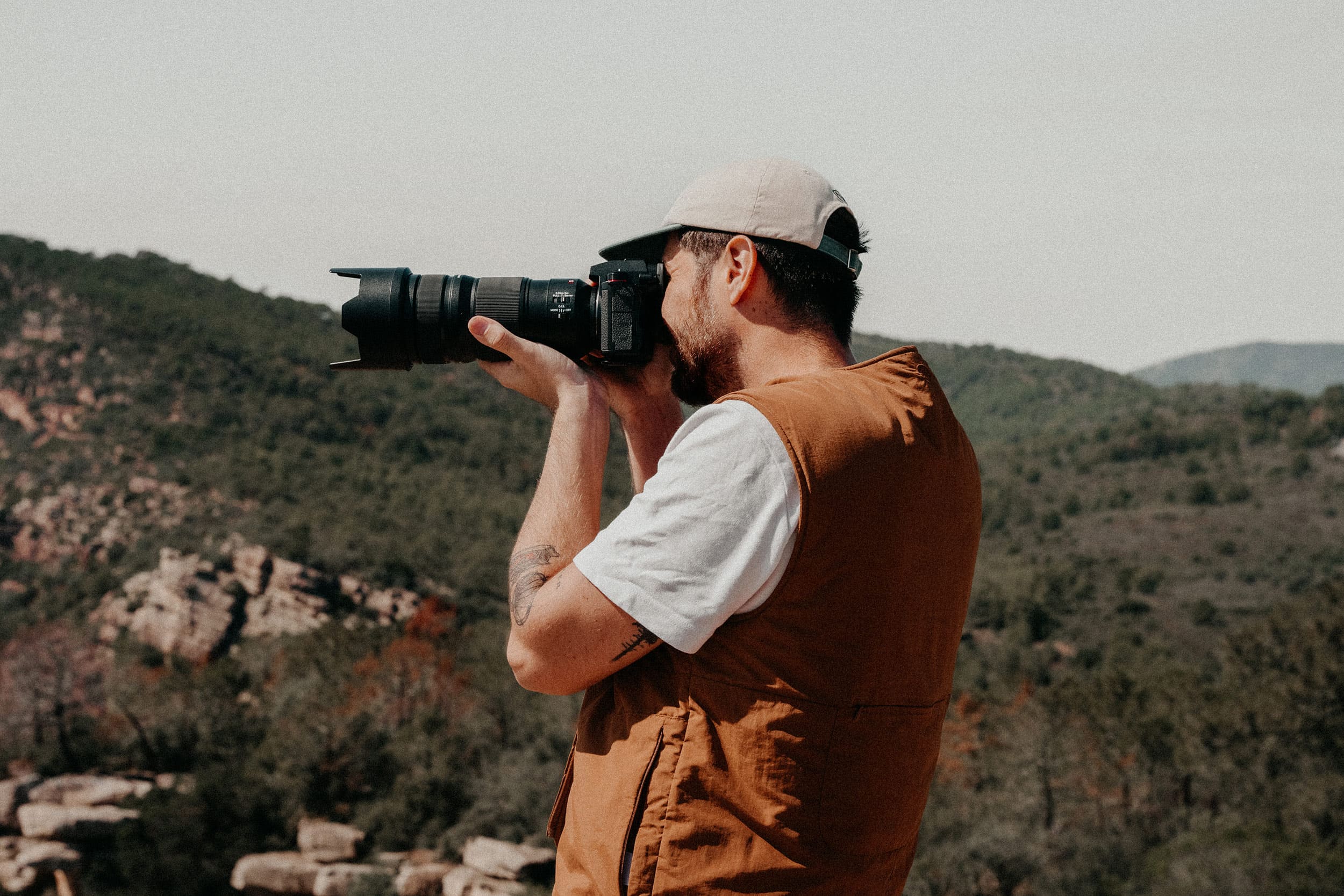
Safety in Uzbekistan | Travel insurance
When travelling this big wide world, I never go on an adventure without my essential travel insurance sorted out, and though I never felt unsafe in Uzbekistan, I advise anyone travelling here to do the same.
While I believe it’s unlikely to experience any problems when following the suggestions in this guide, something unfortunate could happen at any given time, whether it’s an injury, a stolen camera, or an unforeseen cancellation.
For travel insurance, I use Heymondo, as they offer full COVID-19 coverage, as well as a handy app with 24-hour medical assistance. Make sure you check it out – readers of WTSW receive 5% off any insurance policy too.
Cheers!
I’ve been on this travel blogging journey since 2019.
If you appreciate what I do here, these are some ways you can support me.
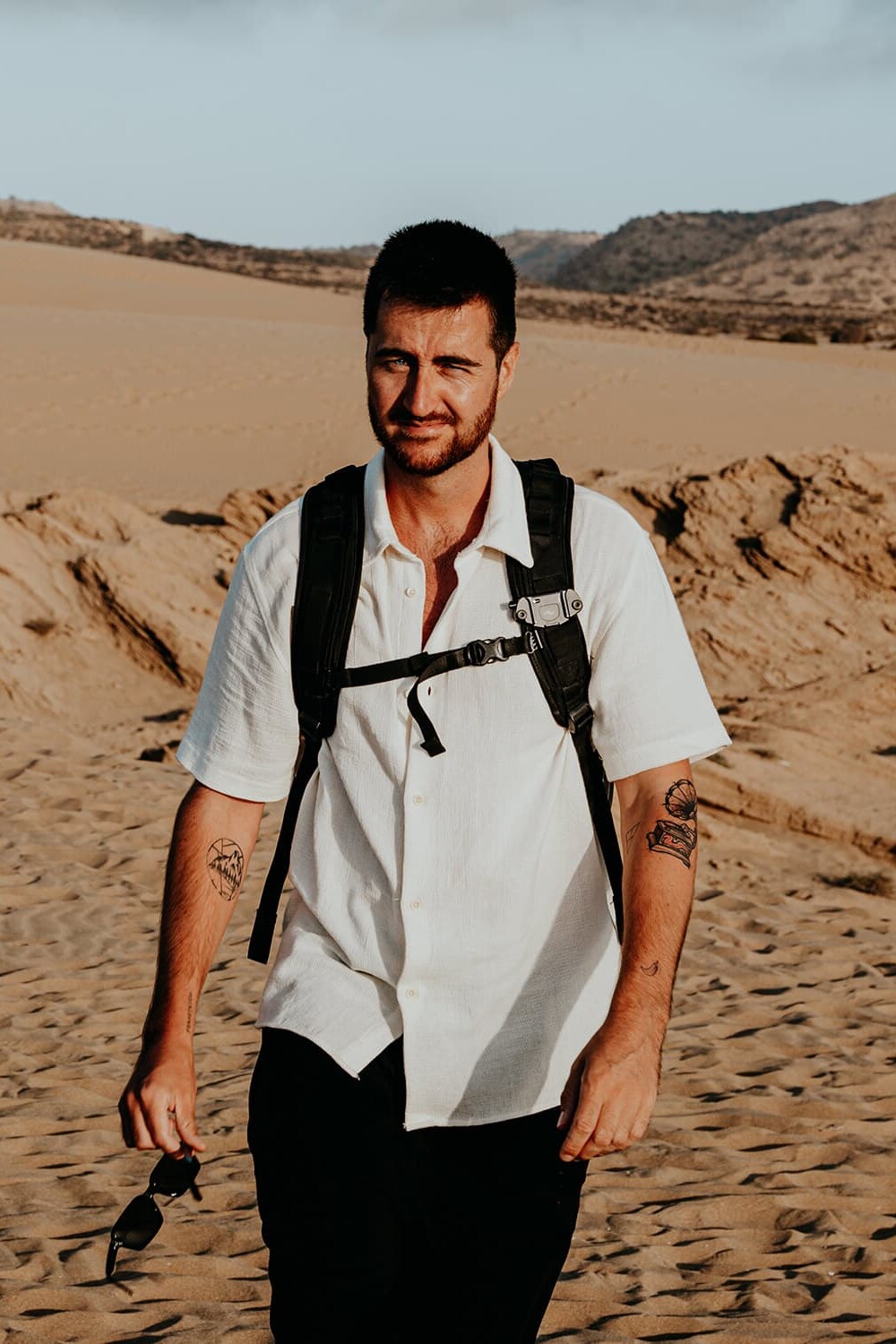
Plan your Uzbekistan itinerary with these essential guides
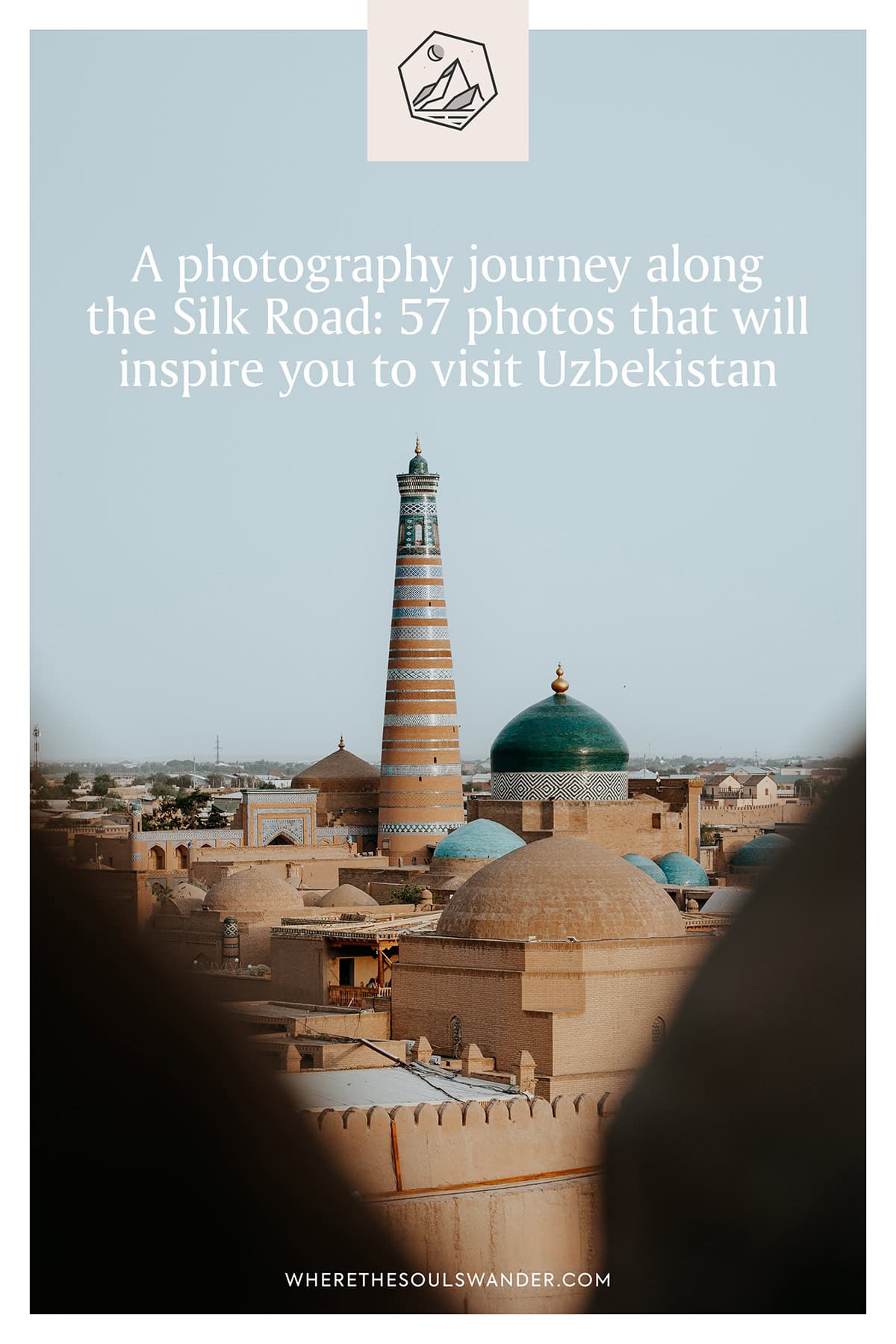
10 Things to do in Bukhara, Uzbekistan's fascinating 'City of Merchants'
Bukhara is a marvellous city that perfectly echoes the tales of years of prosperity and heritage.
The blue-domed madrasas, towering minarets, and time-worn trading domes create a mesmerizing playground for adventure seekers and photography enthusiasts alike, while history and culture buffs will rejoice in centuries of history and mouthwatering culinary treats.
Said to be founded over two millennia ago, Bukhara thrived as a centre of trade, scholarship, and religion, and its strategic position along the famous Silk Road turned it into a captivating melting pot of cultures, beliefs and influences – which are still very much felt today.
The UNESCO World Heritage-listed city boasts over 150 well-preserved monuments, including the enormous Bukhara Ark, the intricate Bolo Hauz Mosque, and the utterly fascinating Po-i Kalyan Complex to name a few – each effectively narrating tales of a bygone era.
It is more than evident that Bukhara is exceptional. To help you make the most of your time here, I’ve curated my take on the best things to do in Bukhara and melted them into an in-depth, yet bit-sized guide.
See this guide as your cheat code to Bukhara, where I share everything from where to stay, how to visit, how to get there, and when to visit, as well as a few of my first-hand tips – enjoy!
If you choose to use any of the links on this page, I may receive a small commission at no extra cost to you. By using these links, you’ll have a direct impact on WTSW and my ability to continue to create free insightful travel content for you. If you find any of my tips useful, you can support me by buying a virtual coffee here.
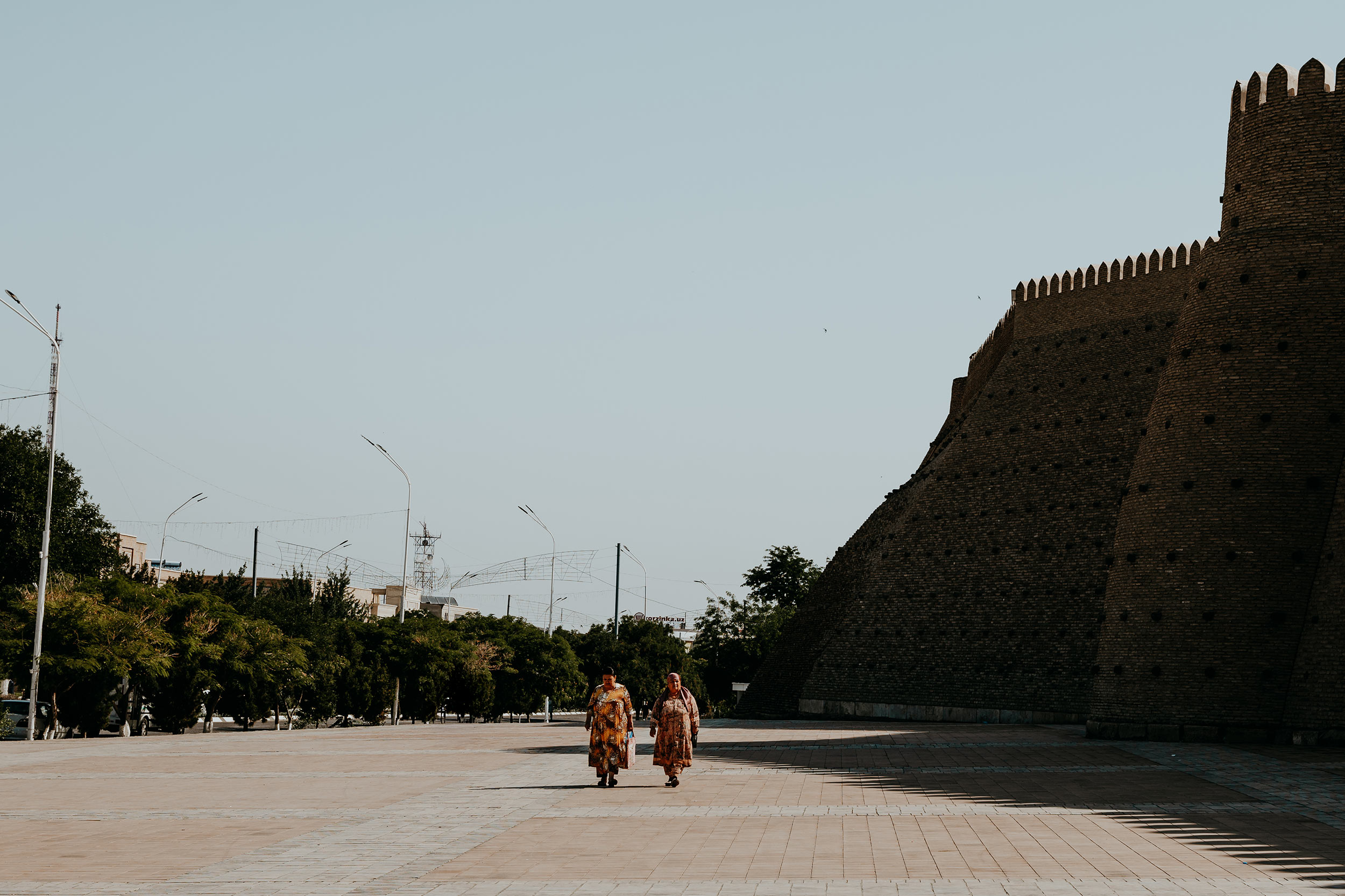
Where is Bukhara
Bukhara is nestled within a lush oasis in the Zerafshan River Delta, in the heart of Uzbekistan.
Home to approximately 280.000 residents, Bukhara was once a vital trading hub along the ancient Silk Road, facilitating trade and cultural exchanges between Asia, the Middle East, Africa and Europe.
With a history of over two centuries, some of the best preserved Silk Road architecture, and a legacy that is influential in every sense of the word, Bukhara’s historic centre was set to receive the prestigious UNESCO World Heritage site status in 1993.
Where to stay in Bukhara
As one of the most popular destinations in Uzbekistan, Bukhara has plentiful accommodation options within its time-worn streets.
Whether you’re looking for a boutique stay, a budget-friendly hostel, or something more lavish, it doesn’t require too much effort to find something that matches your travel style, budget and unique set of needs.
To make things even more effortless for you, I’ve curated some of my favourite finds below:
Mercure Bukhara Old Town | Situated in Bukhara Old Town, Mercure is one of the pioneers when it comes to upscale accommodation in Bukhara. Inspired by local heritage, the hotel mixes authentic design elements with Mercure’s high level of comfort and hospitality. With spacious rooms, comfortable beds, a spa and wellness centre, and a fitness centre, Mercure is the ideal base from which to discover Bukhara.
Kukaldosh Boutique Hotel | A pleasant boutique stay only a short walk from all the things to do in Bukhara, Kukaldosh is easily one of the best options within the historic old town. The interior design is traditional, colourful and cosy, creating an overall calm and welcoming feel. It’s the perfect spot for those who seek comfort while also having the old town at their doorsteps.
As-Salam Boutique Hotel | If you’re looking for something a little more local, look no further, and be sure to take a look at this minimal yet authentic boutique hotel at the core of Bukhara Old Town. Traditional in every aspect of the word, As-Salam is a banger of an option, with spacious rooms, a large inner courtyard, an absolutely yummy breakfast spread, and, last but not least, a top-tier location near all the popular sights in Bukhara.
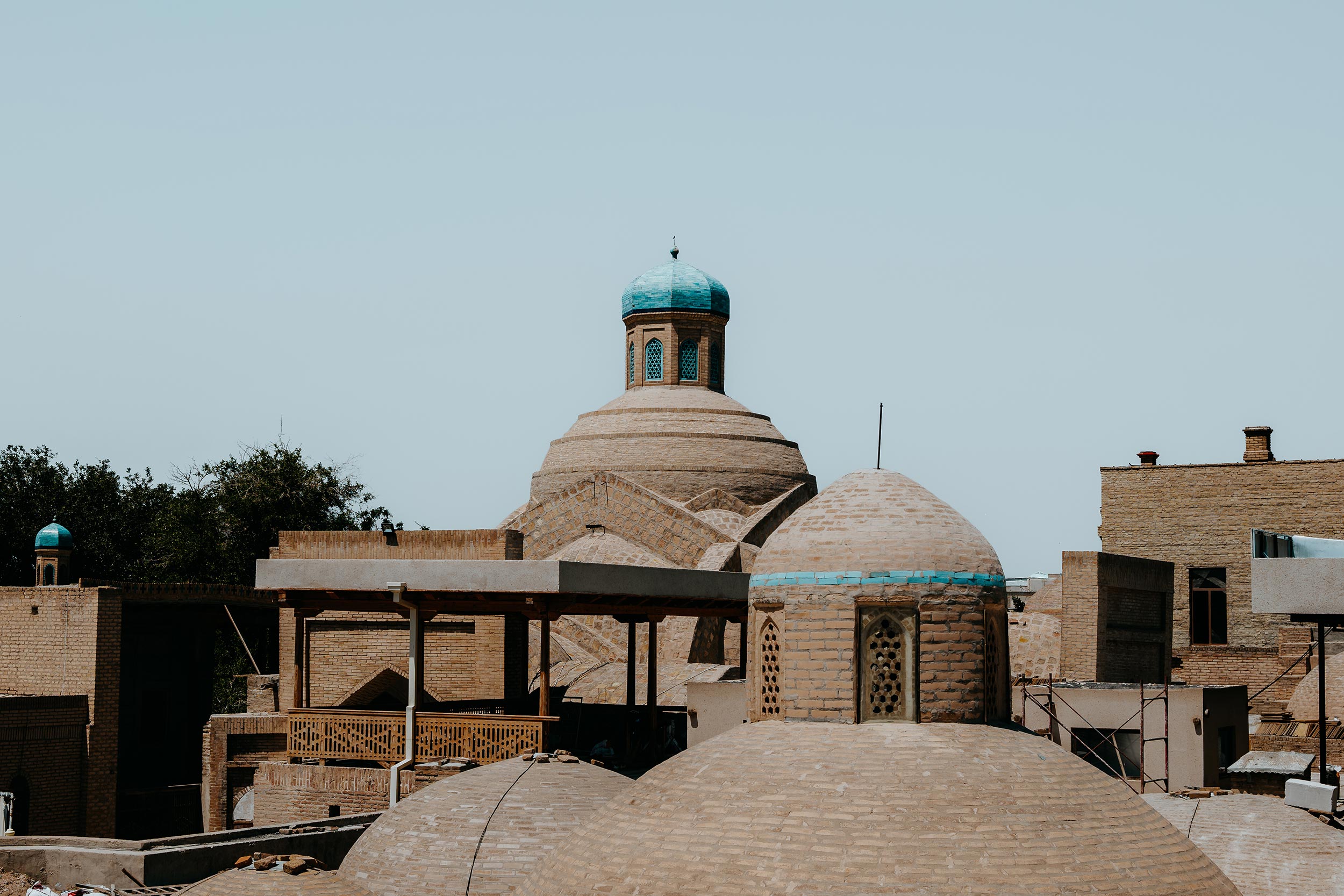
10 Things to do in Bukhara, Uzbekistan
1. Explore the mesmerizing Po-i Kalyan Complex
Easily one of the most appealing reflections of Bukhara’s grandeur, the opulent Po-i Kalyan Complex is as stunning as any I’ve seen during my time travelling Uzbekistan.
Situated smack bang in the heart of the historic centre of Bukhara, this complex is home to the incredibly fascinating Kalan Mosque; one of the largest mosques in Central Asia, with a whooping capability to house up to 12.000 devoted worshippers.
But it’s not just the Kalan Mosque that turned the complex into one of the absolute best things to do in Bukhara. No, the complex is home to not just two, or three, but four monumental masterpieces, each truly magnificent in their own right.
First, there is the Kalyan Minaret, a towering minaret built in 1127 that still dominates the Bukhara skyline until this very day. Standing at 47 metres, this was once the tallest structure in Central Asia.
Then there is the Mir-i-Arab Madrasah, situated adjacent to the Kalan Mosque, this active mosque is one of the most respected spiritual Islamic universities in the post-Soviet territory, and truly a beauty to behold – but solely from the outside, as it is not allowed to enter.
Last, but not least, there’s the Emir Alim Khan Madrasah, a relatively small structure, yet nothing short of impressive and defined by utterly stunning geometric patterns and its iconic octagonal baked brick domes.
There’s no denying that the Po-i Kalyan Complex is absolutely breathtaking, and therefore it is little surprise that a slow roam around its ancient grounds is written atop many travellers’ bucket lists for Bukhara.
Where | Po-i Kalyan
Opening hours | Daily 0900 – 1800
Entrance fee | 10.000 SOM (€0,75) per person
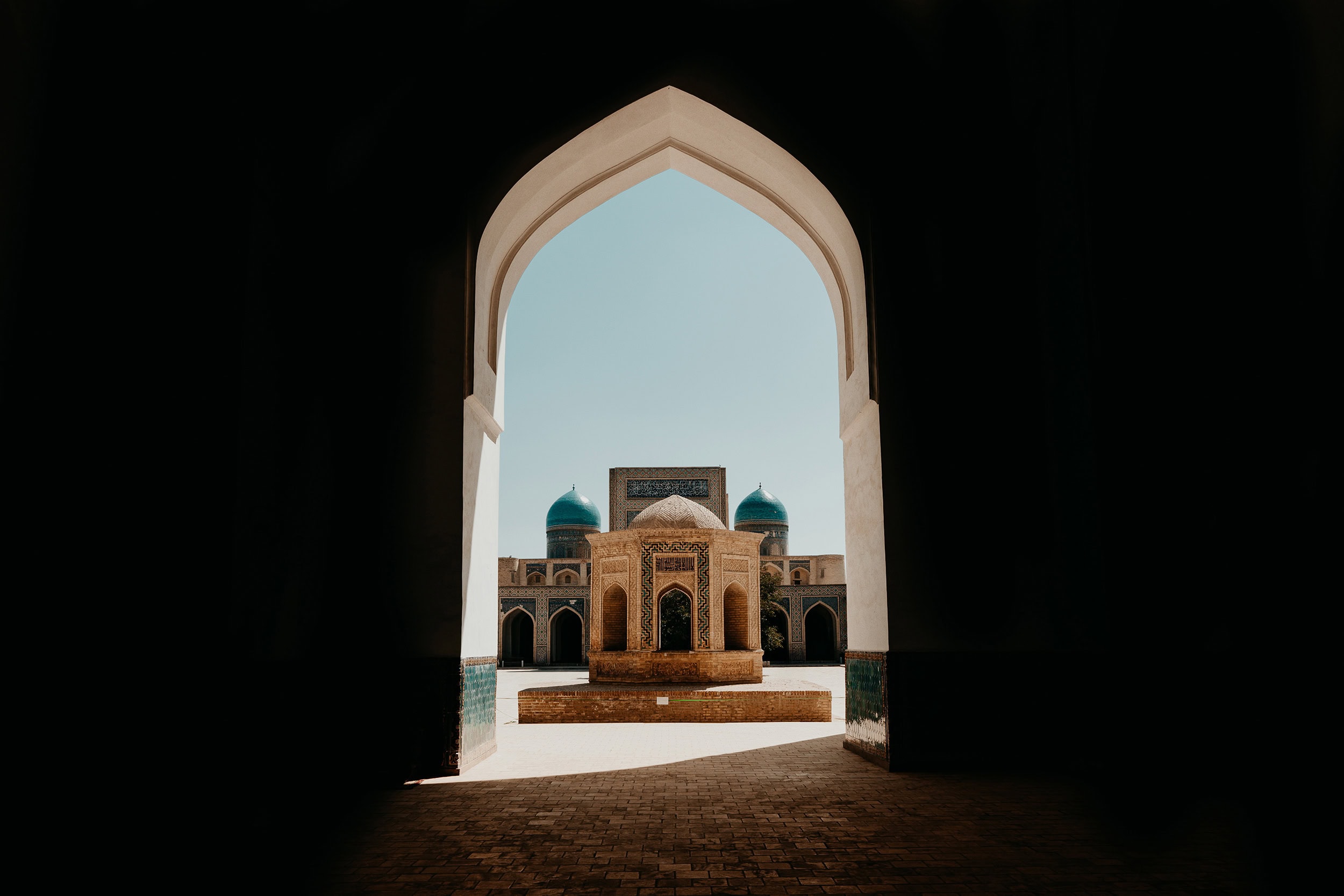
2. Visit the Photo Gallery Shavkat Boltaev on Jubar Street
If you’re anything like me and appreciate all things the artistic side of life, a visit to the Photo Gallery of Shavkat Boltaev will most probably pique your interest.
Situated on Jubar Street this small yet interesting photography gallery offers a unique glimpse into both the history of Bukhara and the incredible work of the late Shavkat Boltaev.
Born and raised in Bukhara, Shavkat Boltaev was not solely a photographer, but also a more than capable contemporary artist, focusing mostly on abstract acrylic paintings.
But it was in the field of photography where Shavkat truly excelled, earning him various important awards throughout his career, including the famous exhibition; “The Jews of Bukhara”.
Today, many of his works are found in his quant little photo gallery here in Bukhara, and as a photographer myself, seeing Bukhara through the eyes of a local legend was truly inspiring.
Where | Photo Gallery Shavkat Boltaev
Opening Hours | Monday to Saturday 0900 – 1930, Sunday 0930 – 1930
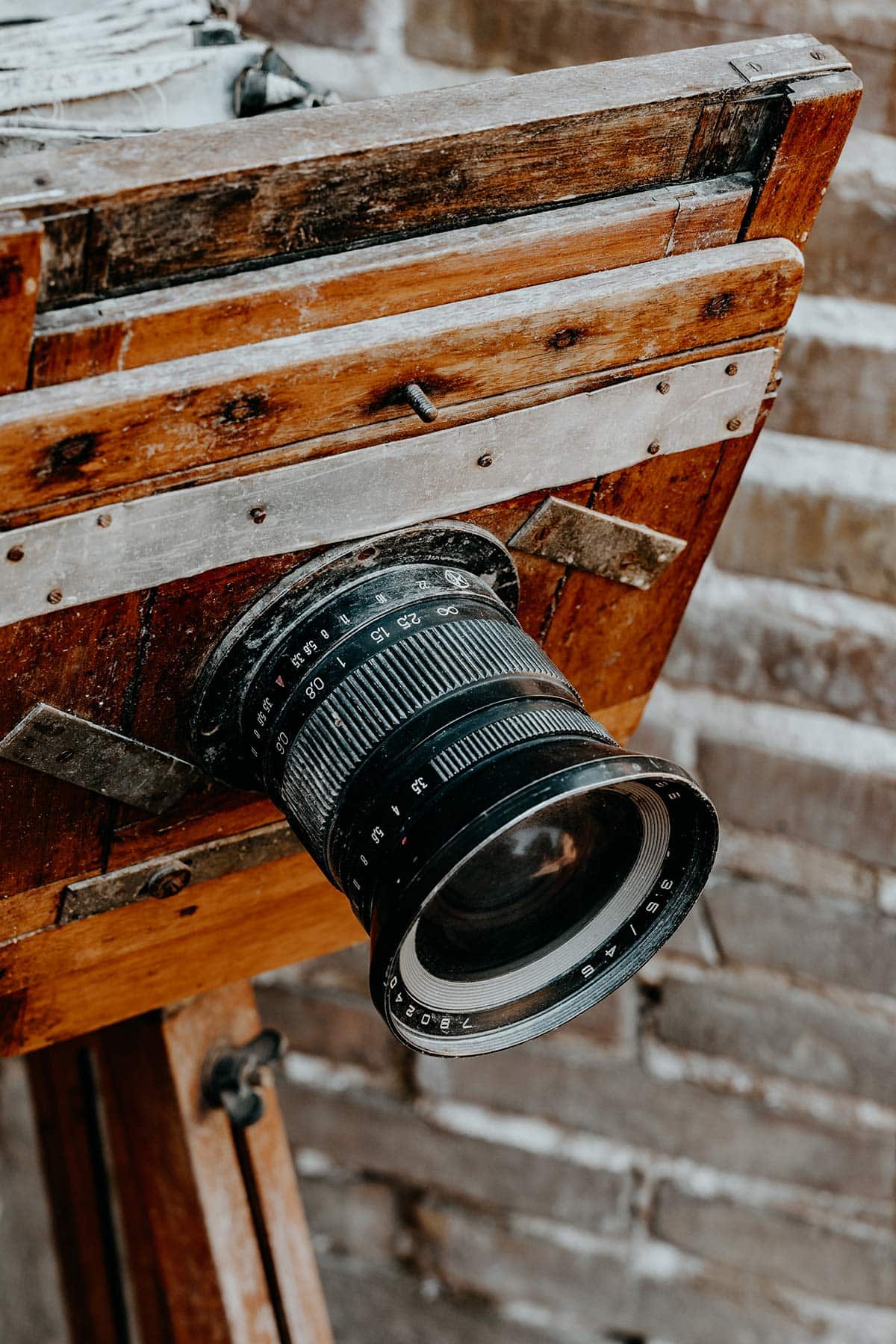
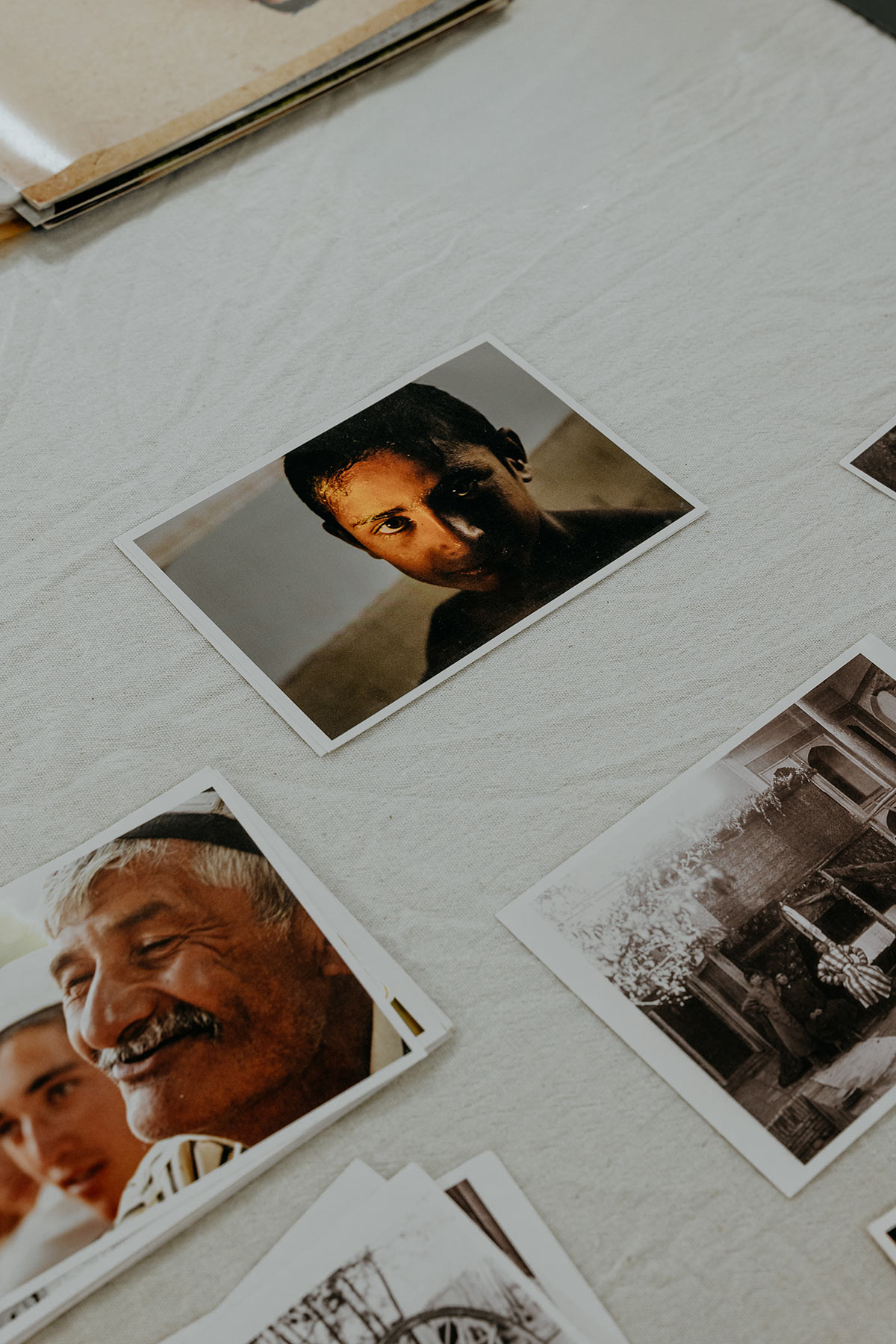
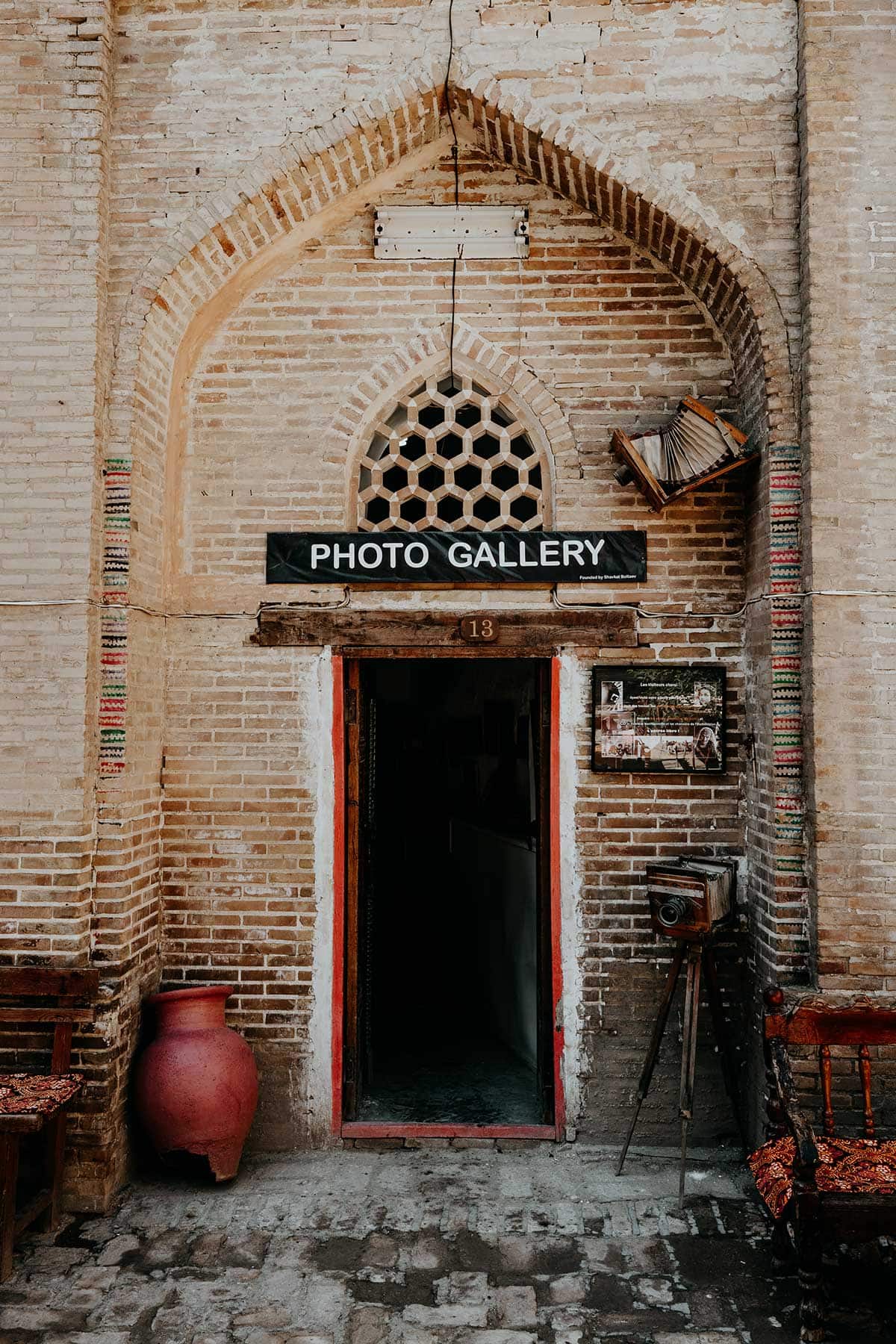
3. Behold the imposing Ark of Bukhara
While the opulent madrasahs and towering minarets are Bukhara’s main lure, the Ark of Bukhara is truly a spectacle in its own right.
Imposing, iconic and intriguing, the fortified citadel once housed the royal residences of the Bukhara Khans, besides the town’s impressive military complex.
The enormous Bukhara Ark dates back as far as the 5th century, which led many to believe that it’s the oldest structure in Bukhara.
Throughout its extensive historical timeline, Bukhara, and accordingly its fortress, had been troubled by many conquerors, battles and wars, causing an endless cycle of obliteration and reconstruction.
At present, much of the west side of the Ark is preserved as it was back in the day, and inside you can see the Friday Mosque, the Reception & Coronation Court, as well as a few small exhibitions showcasing historical artefacts.
Personally, I believe the interior is a little underwhelming, and for that reason, I believe the Ark is best admired from either the summit of the Bukhara Tower or by taking a leisurely walk around its massive walls.
While I encourage you to find out for yourself, instead of following my advice blindly, I do feel you wouldn’t miss anything noteworthy if you do decide to skip entering the citadel.
Where | Ark of Bukhara
Opening hours | Daily 0900 – 1800
Entrance fee | Entrance to the Ark is 30.000 SOM €2,- per person
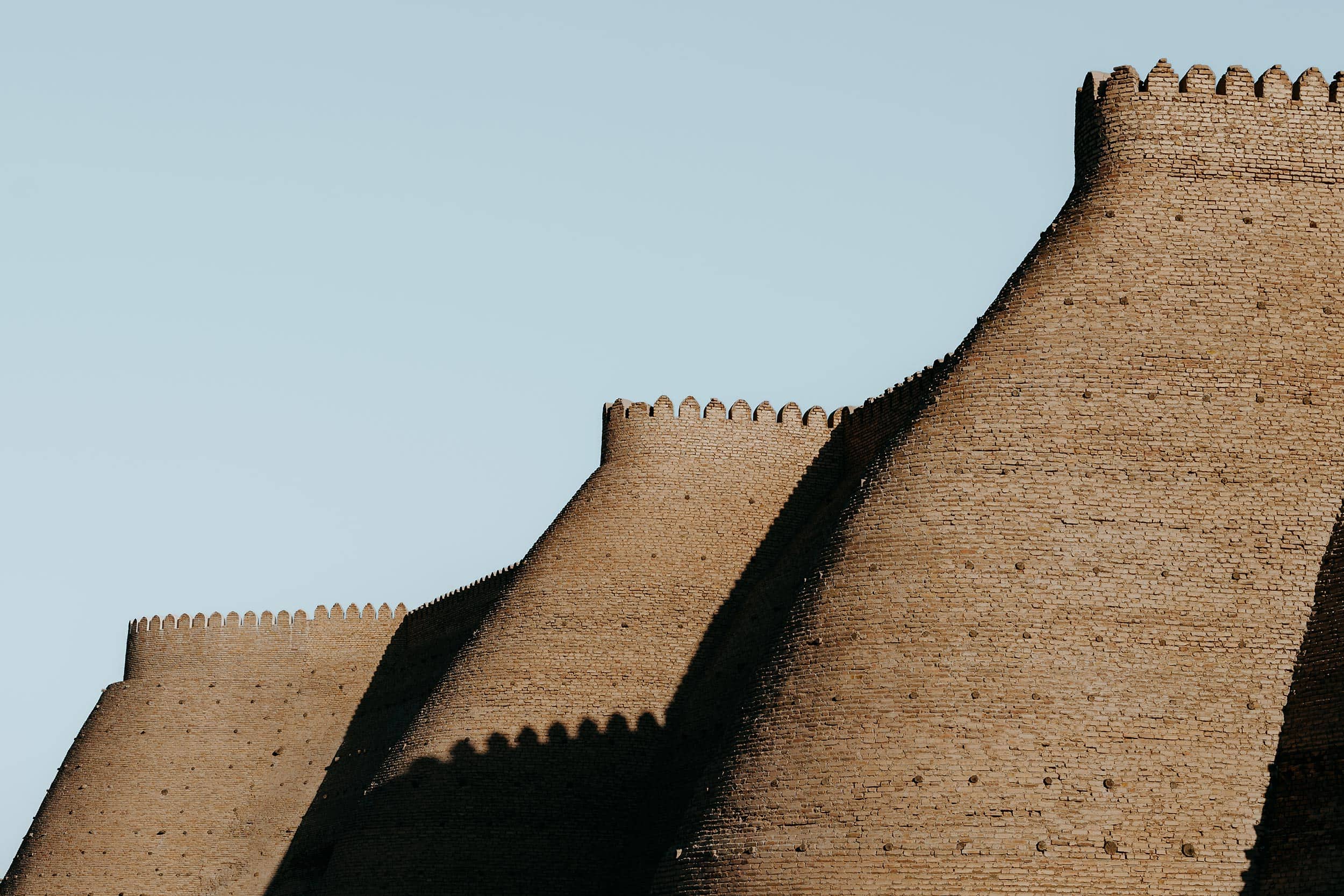
4. Roam around the historical centre
Roaming around Bukhara Old Town for the first time is nothing short of amazing, as the architectural magnificence of the bygone Silk Road era reveals itself at just about every corner, creating an unrivalled, nostalgic atmosphere.
Of course, there are heaps of interesting things to see and do in a place like Bukhara, but as with so many things in life, the real charm is often found in its simplicity.
Taking a leisurely morning walk around Bukhara is one such thing.
You see, roaming around the time-worn streets without a plan and being part of the unique day-to-day moments, is just something no ancient building, local restaurant, or trendy cafe can compare to – especially if it also happens to be a city you eagerly desired to explore for a long, long time.
While I encourage a roam without a plan, some of the sites I would mark down include:
Lyabi Khauz | Nestled in the heart of Bukhara Old Town, Lyabi Khauz is an inviting square where both locals and tourists hang out throughout the day. Not surprisingly, it’s also where you’ll find lots of restaurants, souvenir shops and tea houses.
Nadir Divanbegi Madrasah | Adjacent to Lyabi Khauz is the Nadir Divanbegi Madrasah, a late 16th century that was constructed during the Ashtarkhanid dynasty. Legend has it, that it was initially built as a caravanserai, before they transformed it into the madrasa we see today.
Mizro Ulugbek Madrasah | Constructed in 1417 by renowned astronomer and ruler Mirzo Ulugbek, this impressive madrasah is said to be the oldest surviving madrasah in Central Asiam and a true testament to the architecture splendour of the Timurid era.
Abdulaziz Khan Madrasah | Unlike many of the madrasahs found in Uzbekistan, the colourful facade of the Abdulaziz Khan Madrasah is adorned with unusual mosaics portraying mythical creatures, including a Chinese dragon and a Simurg; a bird of happiness.
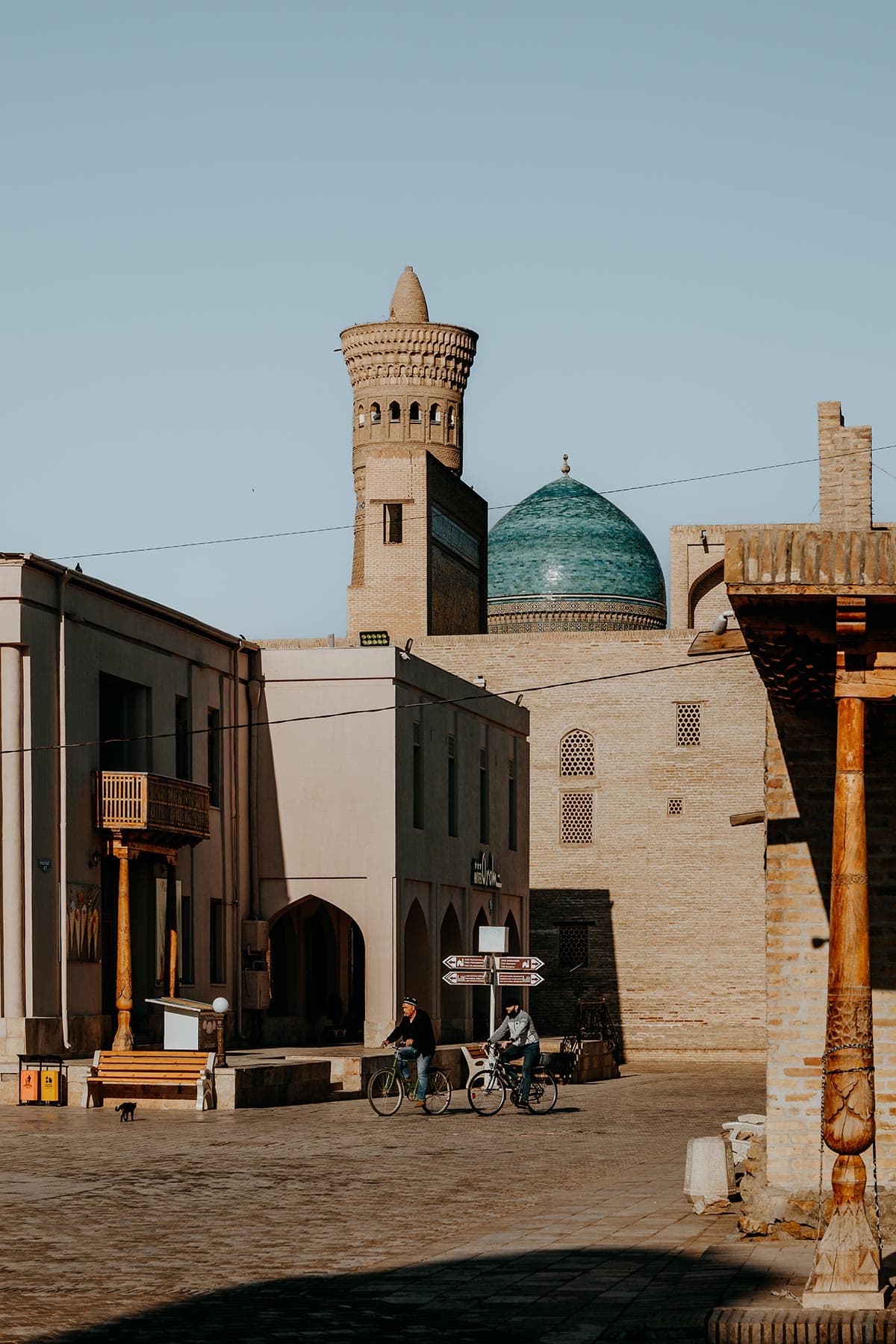
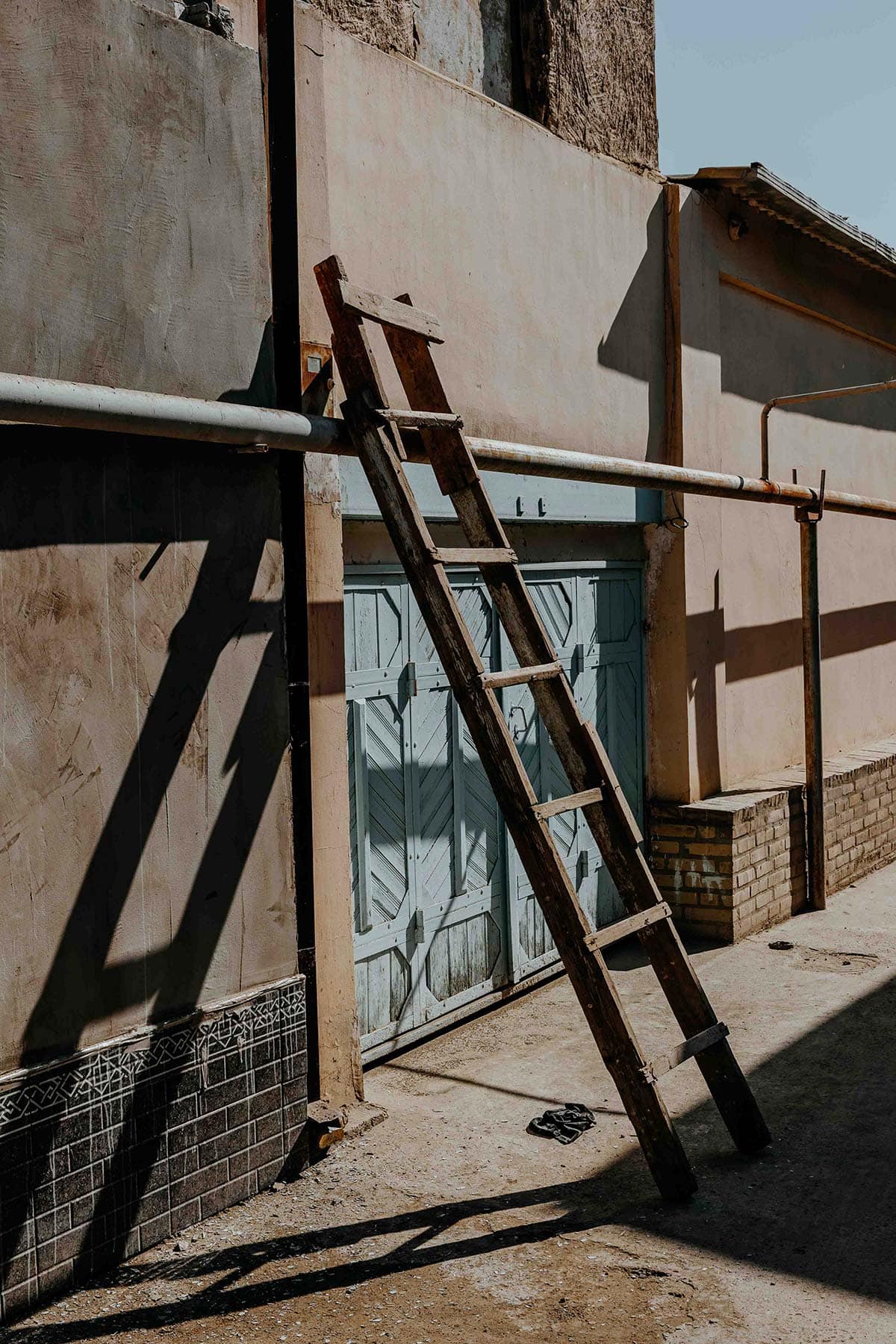
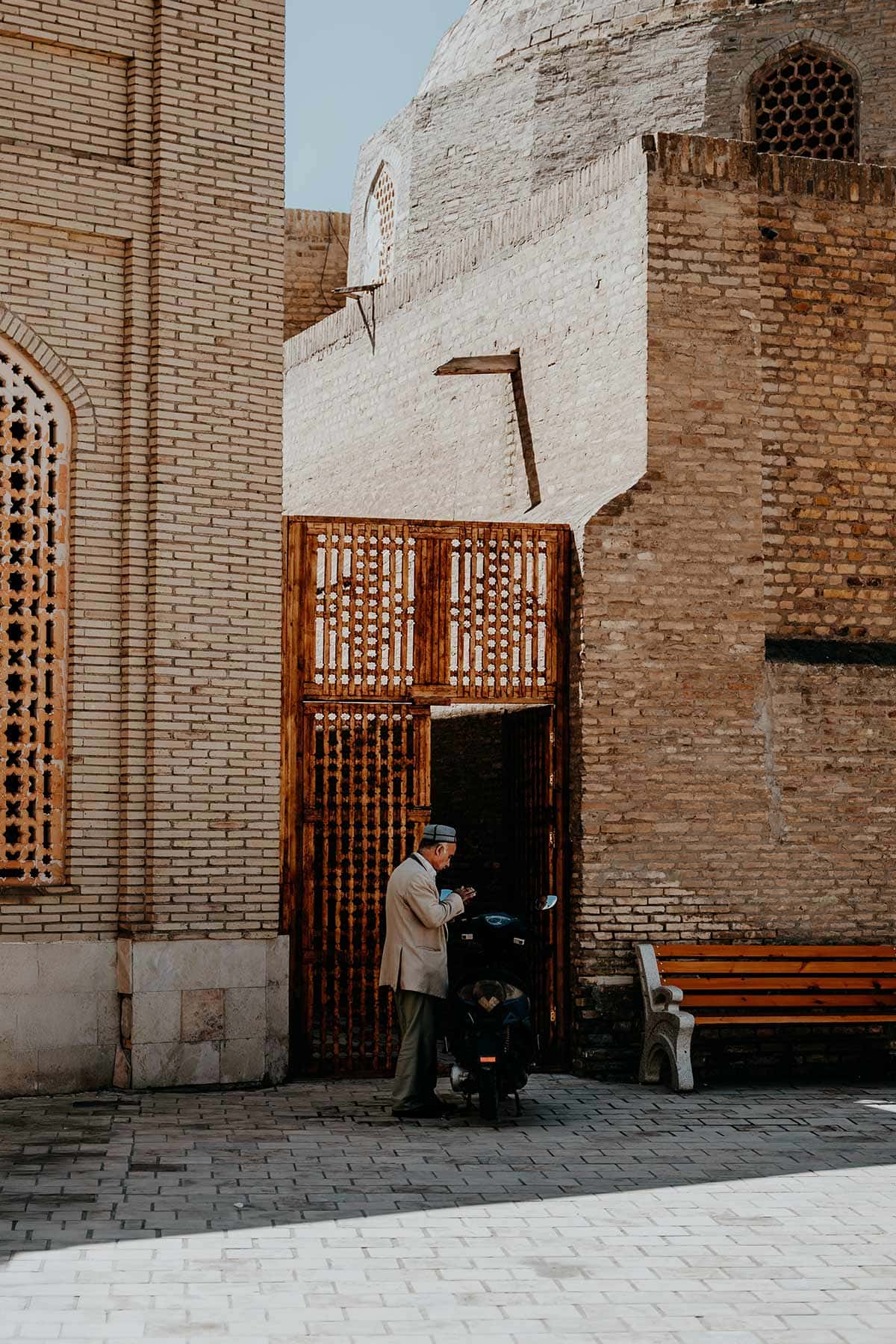
5. Marvel at the intricate Bolo Hauz Mosque
Adjacent to Bukhara Ark lies the Bolo Hauz Mosque, a downright impressive mosque that displays exquisite examples of Central Asian Islamic architecture.
Also known as the ‘Mosque of Forty Pillars’, Bolo Hauz was first built in 1712 to serve as a Friday Mosque, but it wasn’t until the beginning of the 20th century that they decided to add the iwan at the front of the mosque.
Those who look a little more closely will realise that the mosque has only 20 pillars, yet the reflection of the crystal clear water of the Hauz (Persian for pond) in front of it doubles that down to 40, which justifies its name; the ‘Mosque of Forty Pillars’.
The mosque itself is defined by the best of craftsmanship, with stunning artwork throughout; intricate ornaments decorated with flowers, exceptional geometrical patterns, and impressive wooden pillars perfectly carved out of massive chunks of walnut and elm.
While the mosque is stunning, it’s the reflections provided by the pond that make it even more enchanting, as it adds a significant touch of serenity to the mosque and its surroundings.
Where | Bolo Hauz Mosque
Opening hours | Bolo Hauz is an open-air mosque
Entrance fee | Free
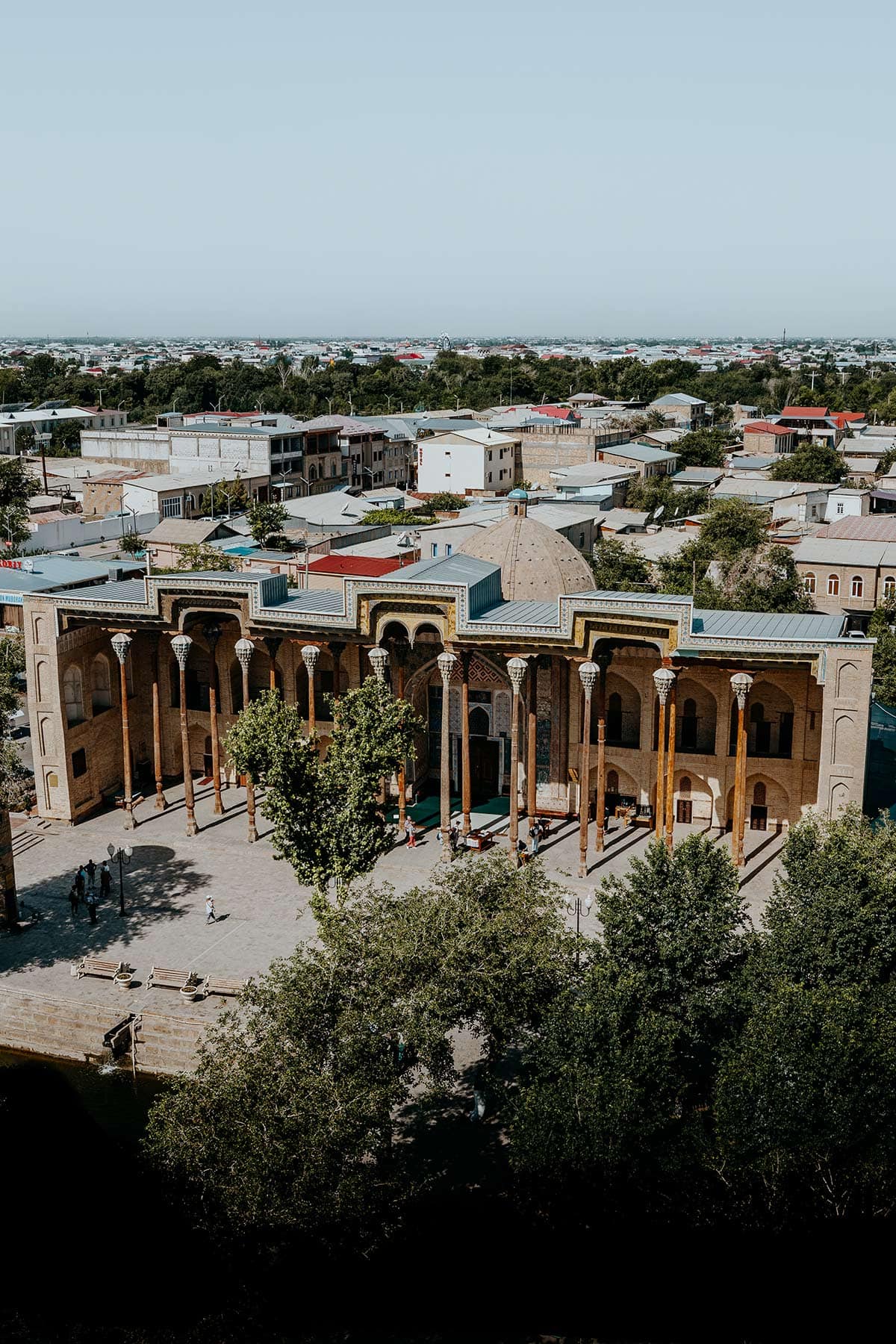
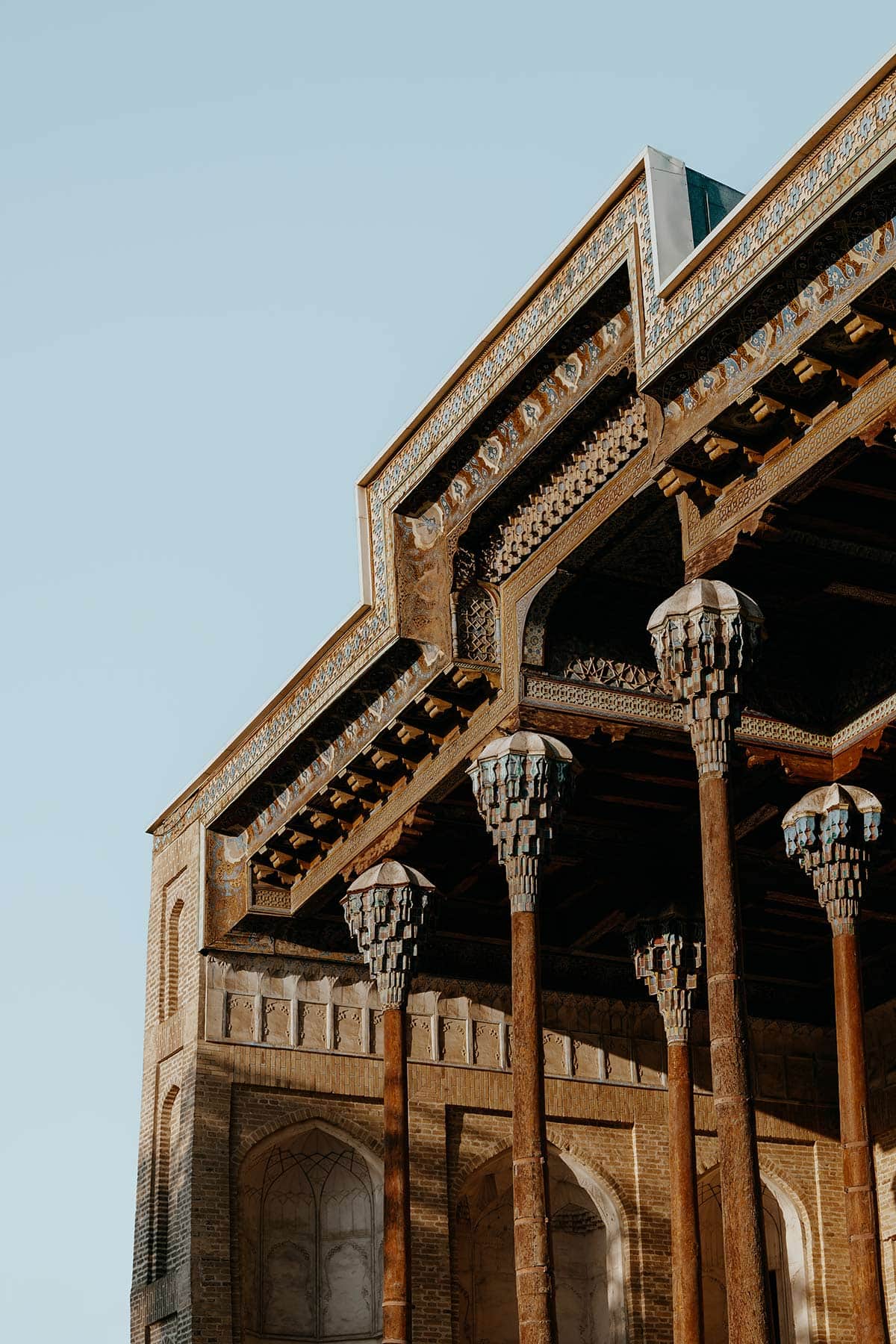
6. Roam around the Toqi Telpak Furushon Bazaar
After travelling to Central Asia quite a few times over the past few years, I learned how much of the region’s everyday life is moving around its lively market stalls, intoxicating bazaars, and the goods often found there.
Like all of Uzbekistan’s treasured Silk Road cities, Bukhara was once a prosperous trading hub along the iconic Silk Road, and its legacy as a seat of trade is still very much present today.
One of the best places to get a feel for Central Asia’s deeply rooted trading traditions is under the roofs of Toqi Telpak Furushon, a large, domed bazaar where in bygone days, merchants from India, Russia, China, and Iran among many others use to assemble to sell or trade their goods.
Today, locals and travellers alike are still very much drawn to the age-old grounds of the Toqi Telpak Furushon bazaar, as its unique configuration echoes the stories of Bukhara’s thriving past, while the myriad of stalls offering all sorts of local crafts, including traditional hats, textiles, and jewellery to name but a few.
But it’s not just the Toqi Telpak Furushon Bazaar where Bukhara’s trading magic happens.
Other trading domes worthy of a stroll include Toki-Sarrofon, Toki-Zargaron and Tim Abdullakhan – which if you roam around the city will already come to your attention.
Where | Toqi Telpak Furushon Bazaar
Opening hours | The market stalls are open from 0900 – 1700, the bazaar itself is accessible 24/7
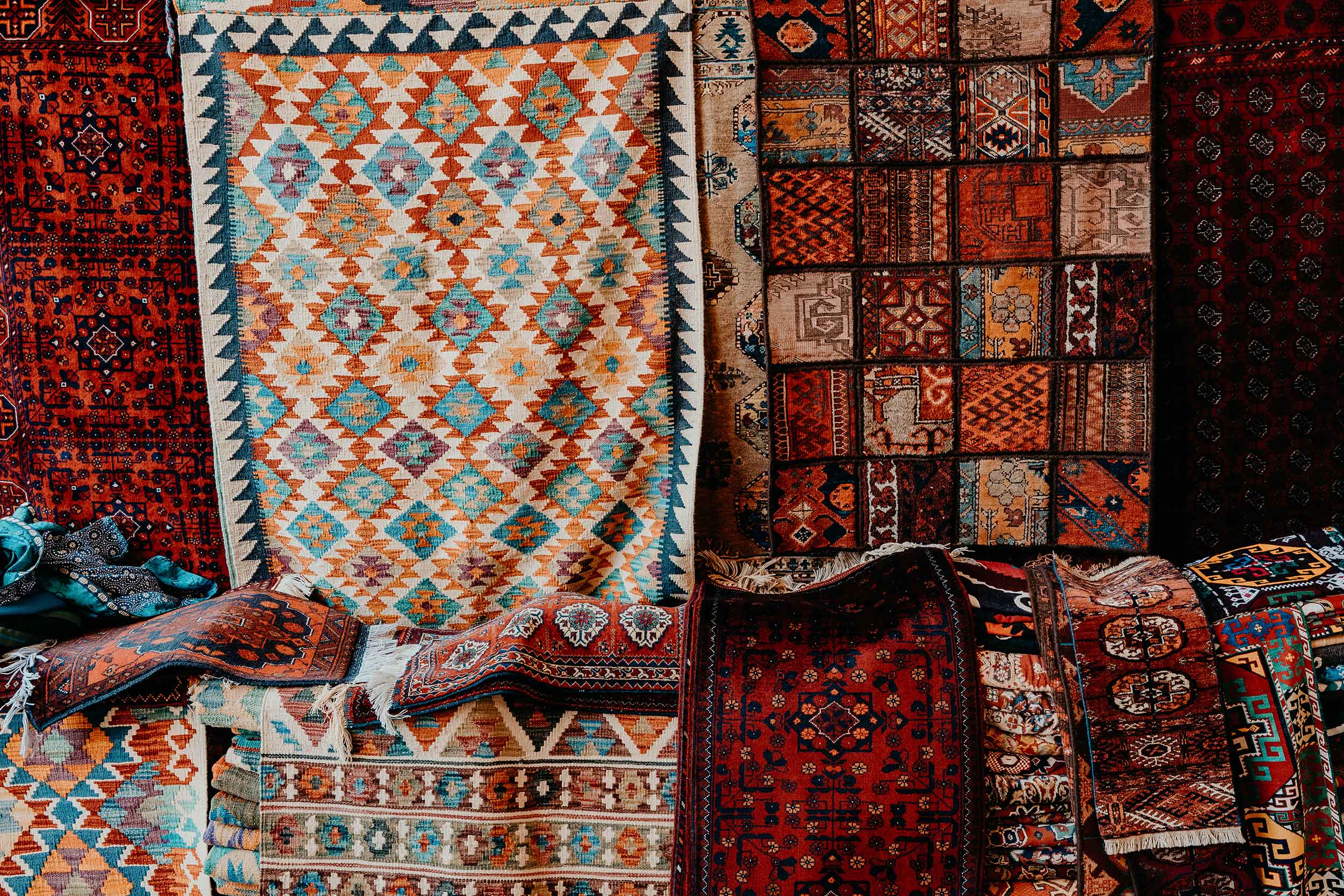
7. Kalyan Minaret
While already name-dropped earlier, I believe the Kalyan Minaret deserves all the praise, as its iconic appearance is witnessed from all over town.
Constructed in 1127, legend has it that the notorious Ghengis Khan was so fascinated by the Minaret’s appearance that he chose to preserve it when he invaded the city in the 13th century.
Defined by its complex ornamental brickwork, towering height at 47 metres, and bands of impressive Kufic calligraphy, the towering Kalyan Minaret is indeed a picture-perfect vista to behold.
Also known as the ‘Tower of Death’, given its notorious reputation as a point of execution during the Middle Ages, criminals were often thrown from atop the minaret as punishment for their unrighteous deeds.
Though an absolute spectacle, legend has it that the architect was far from satisfied with his creation, that he asked to be buried exactly 47 metres from the minaret, so it would fall upon his grave if something happened to the minaret.
Luckily for us, the towering Kalyan Minaret is still standing proud and tall above the mudbrick roofs of Bukhara, meaning we can admire the architect’s remarkable artistic brilliance – because despite his perfectionism, there’s no denying that his creation is of impeccable beauty.
Where | Kalyan Minaret
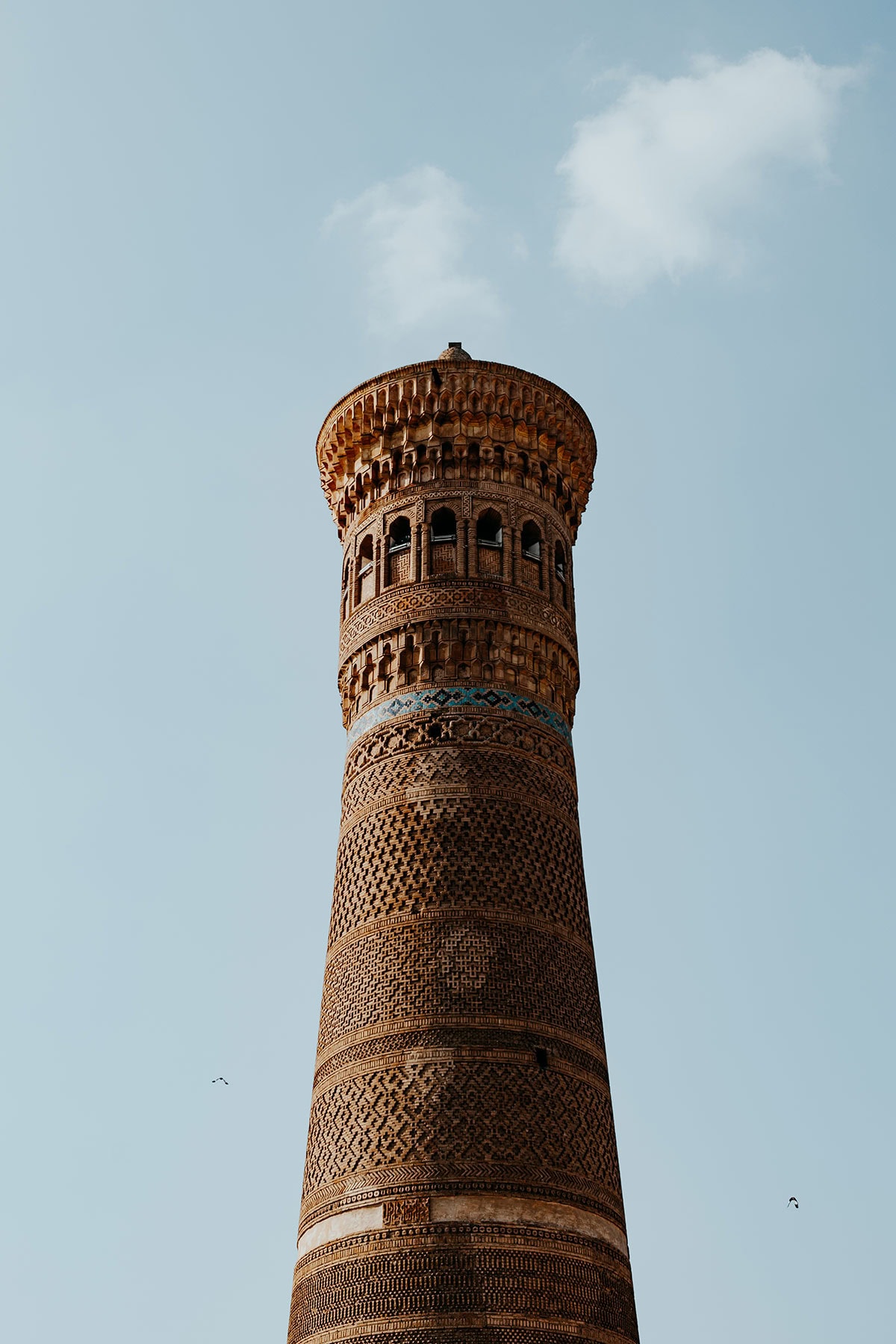
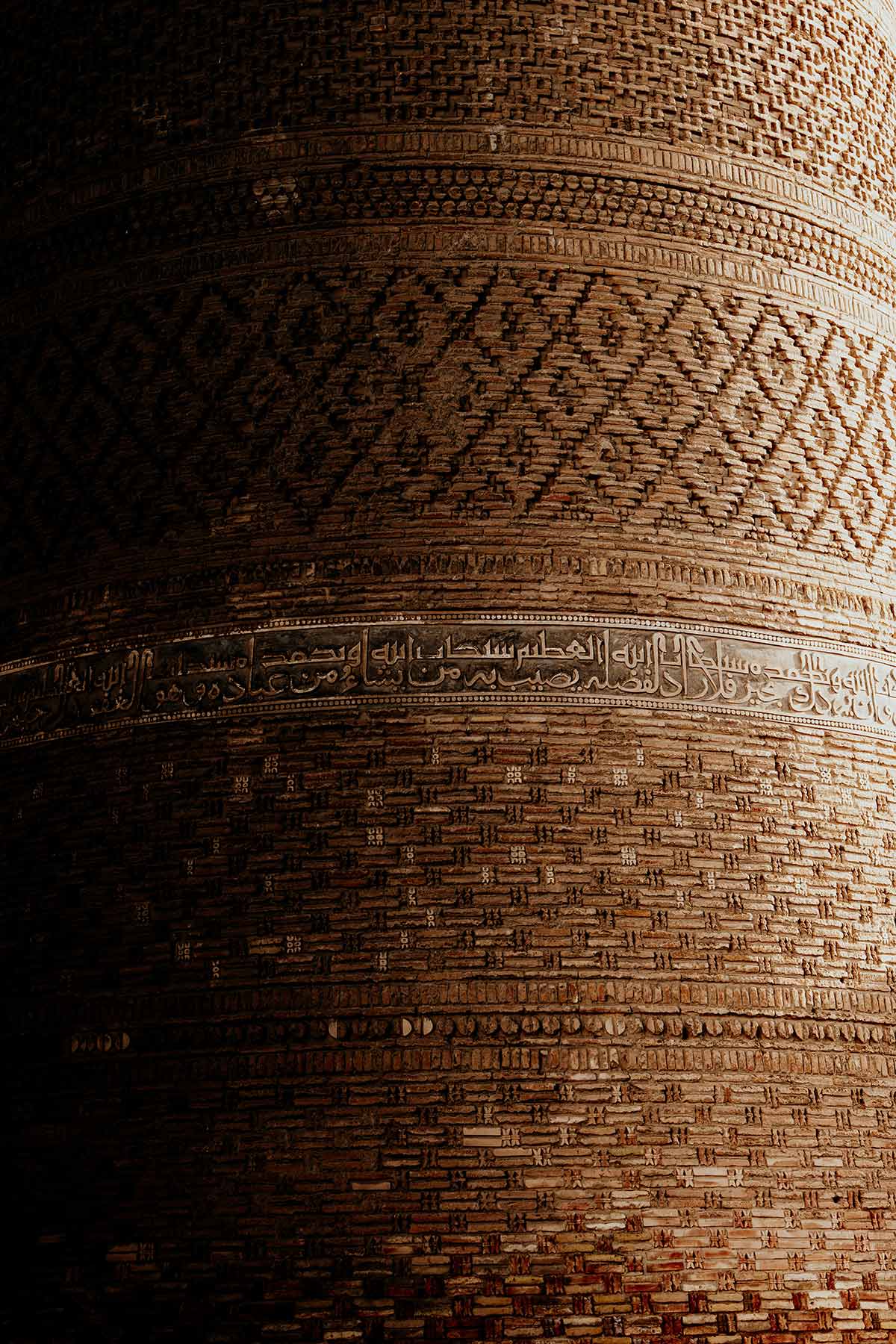
8. Admire the Ismail Samani mausoleum
Often overlooked by other more famous architectural highlights in Bukhara, the minimal yet intricate-looking Ismail Samani Mausoleum is stunning in its own right, with enchanting brickwork and noteworthy geometric patterns throughout.
The Ismail Samani Mausoleum is a classic example of Islamic architecture in Central Asia, while also one of the earliest surviving examples of funerary architecture within the Islamic world.
Constructed between 892 and 943 CE during the Samanid dynasty of Bukhara, the Ismail Samani Mausoleum is among the oldest structures in Bukhara and was once located in the heart of an extensive cemetery.
Today, the mausoleum stands peacefully in Samanidov Park, a charming tree-lined park that makes the perfect setting for the age-old artistry of the mausoleum to stand out.
While the mausoleum is a tad away from Bukhara Old Town, it is surely worth making a small detour, as its cubic-shaped design is downright unique and nothing short of amazing.
Where | Ismail Samani Mausoleum
Opening hours | Daily 0800 – 1800
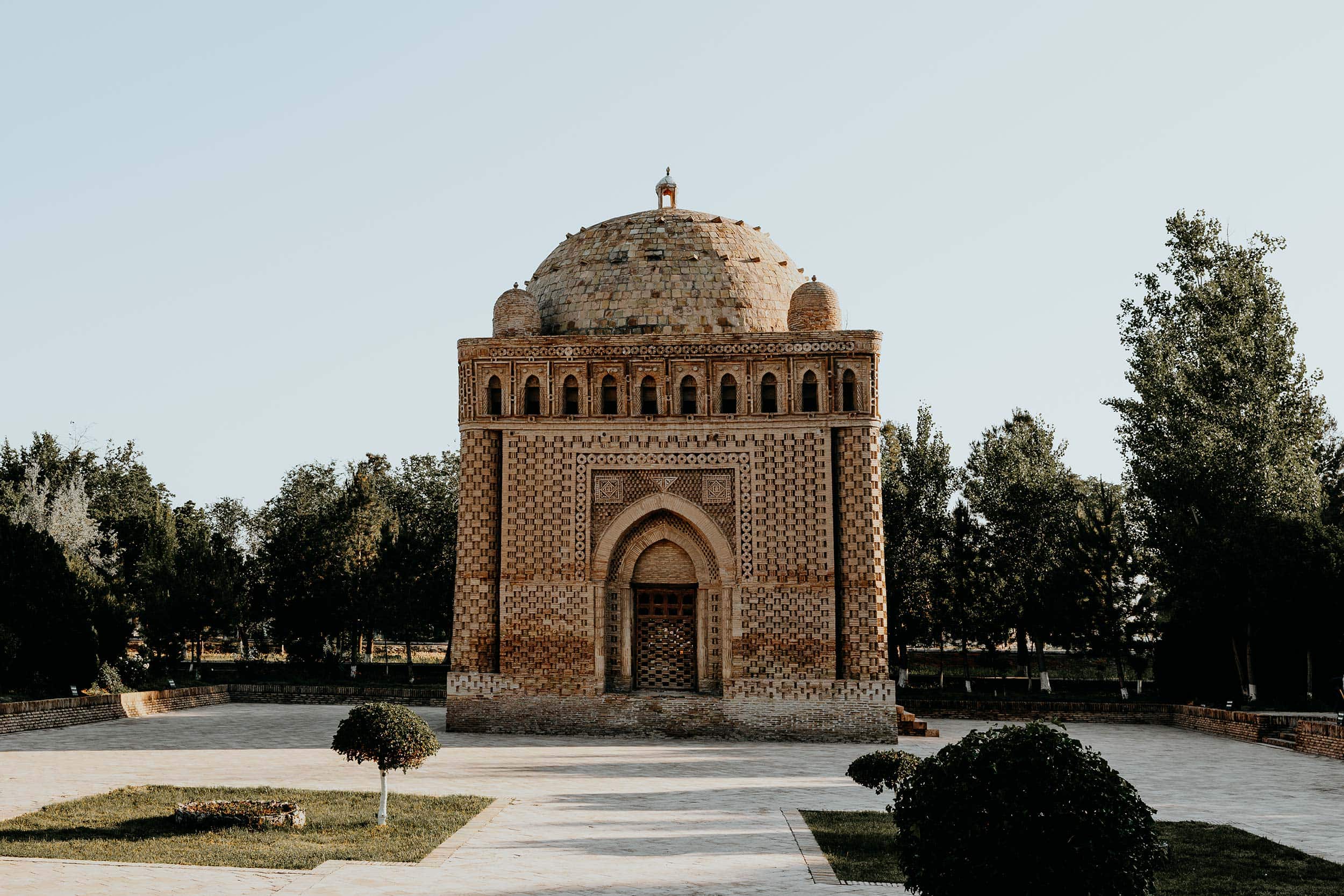
9. Take in the views from the Bukhara Tower
Initially built as a water tower in 1927 by Vladimir Grigorievich Shukhov, the towering structure supplied the people of Bukhara with water for many years, before it went up in flames in 1975.
In the following years, the Bukhara Tower was acknowledged as a historical heritage monument and slowly transitioned into the observation tower we visit today.
Situated just outside the old town, the Bukhara Tower offers a unique bird’s eye view of the enormous Bukhara Ark, as well as an impressive vista of Bukhara Old Town in the distance.
Also known as the Sukhov Observation Tower, its spiralling metal construction is striking against the ancient architecture of the Bolo Khauz and the Ark of Bukhara which lay down below.
At 33 metres high, the observation deck is considered the highest vantage point in Bukhara.
From atop you’ll be welcomed by the most stunning views of the surrounding area, making it a perfect spot for photography enthusiasts.
Where | Bukhara Tower
Opening hours | Daily 0900 – 2200
Entrance fee | 40.000 SOM (€3,-) per person
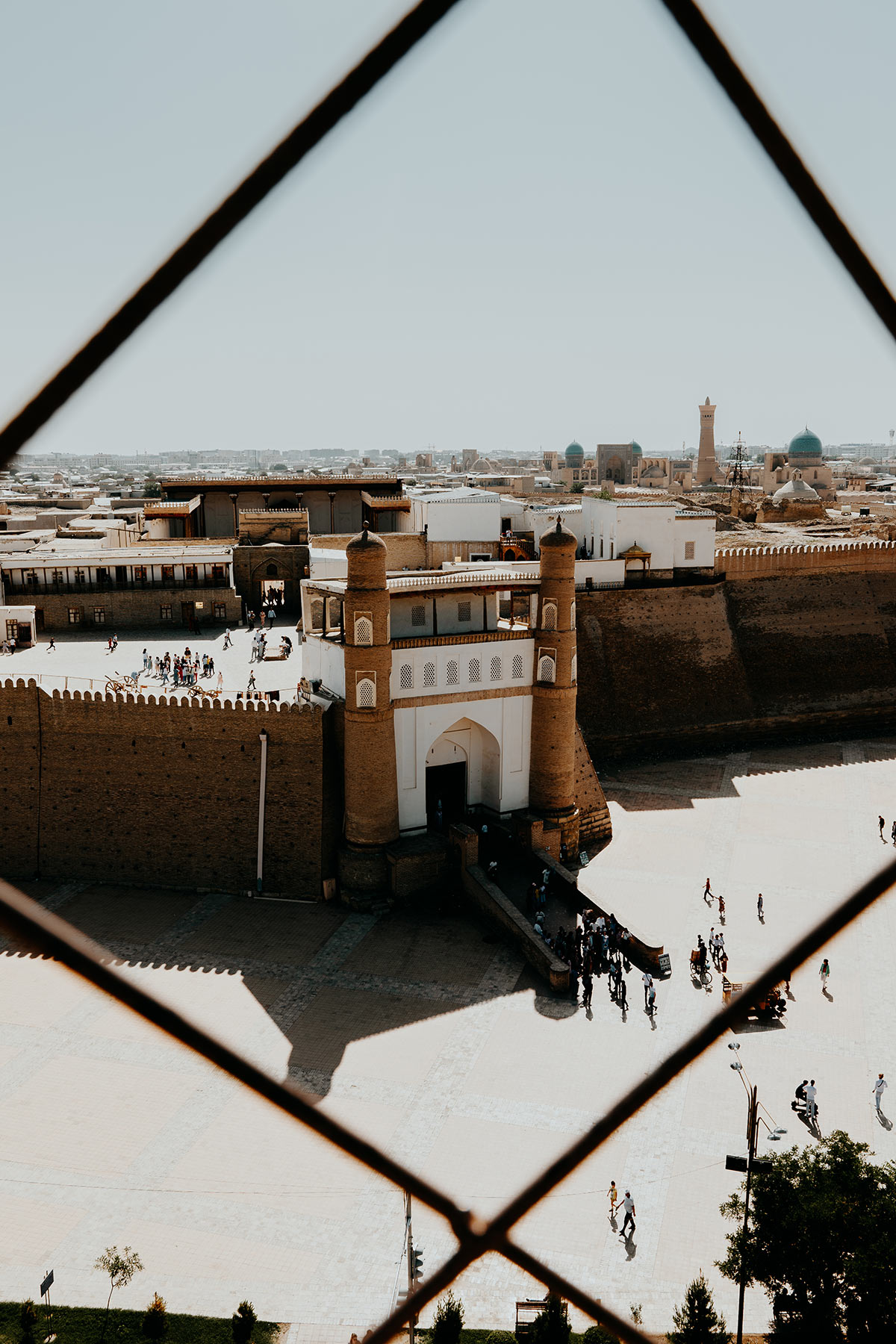
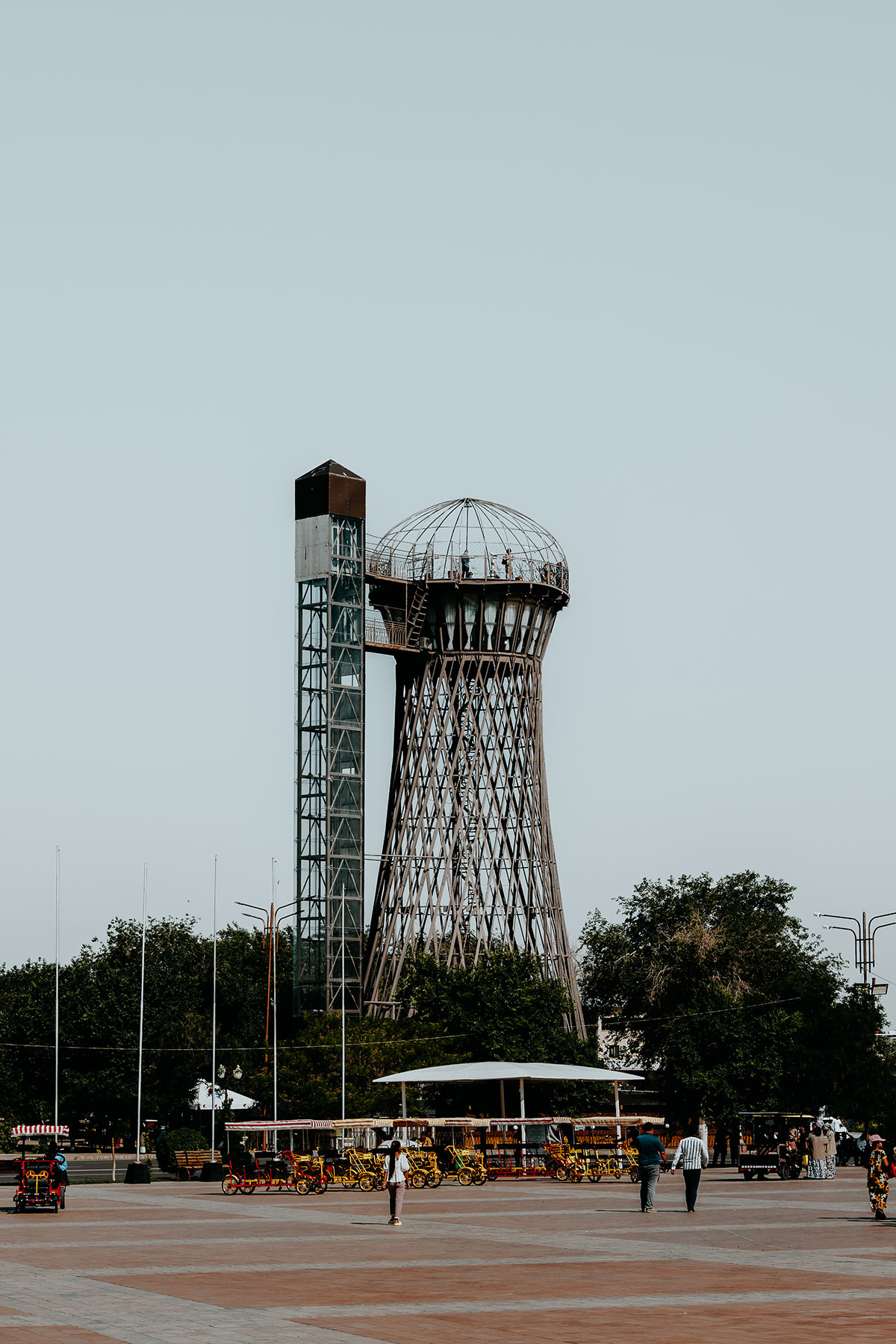
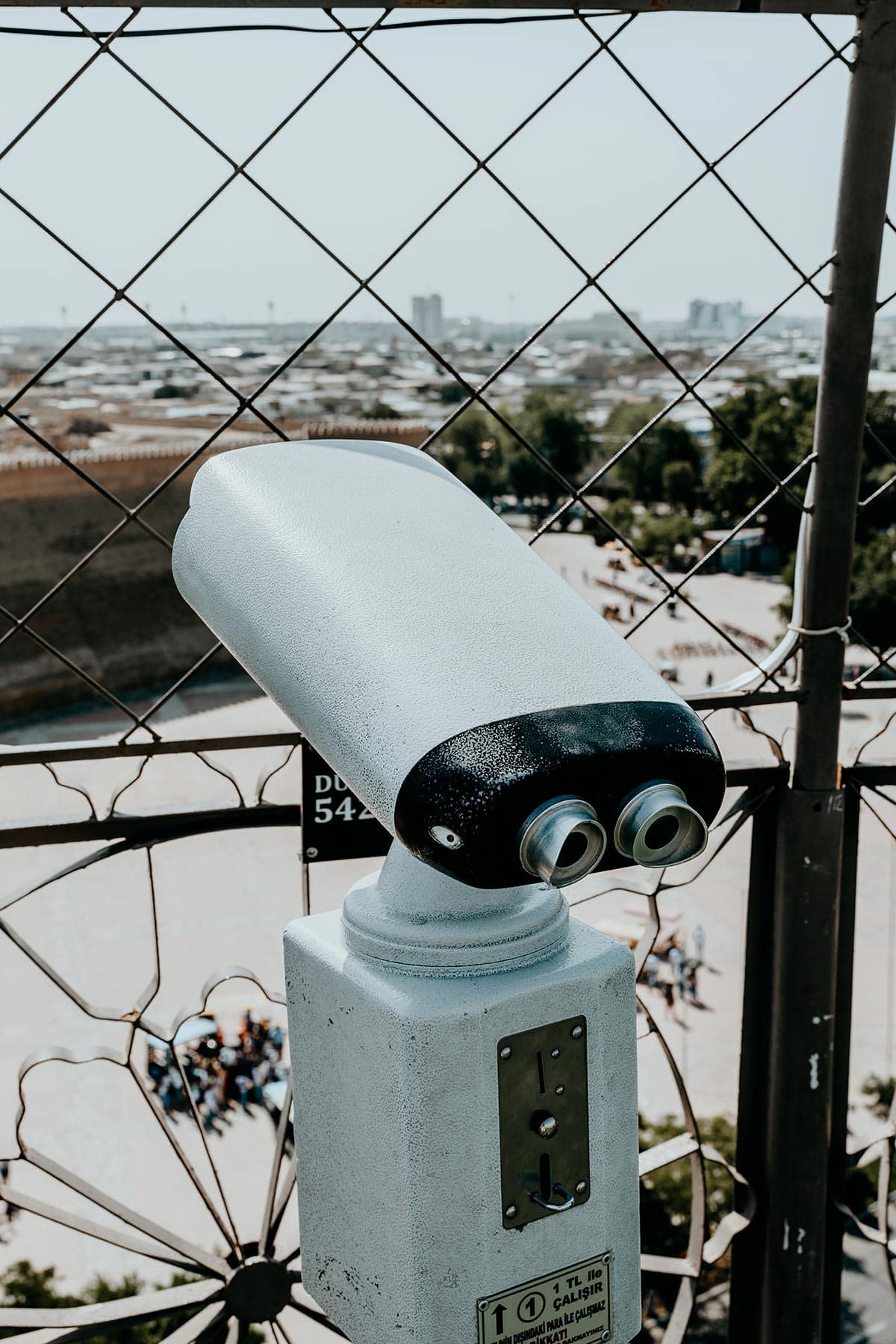
10. Behold the unique Chor Minor
When it comes to unique architectural highlights in Uzbekistan, Chor Minor is definitely one to look out for, as its distinctive design is utterly different from any other structures I’ve seen here.
You see, Chor Minor, also known as ‘Four Minarets’ in Persian, is a small, yet remarkable structure defined by four small minarets-like towers that are atypical to traditional minarets typically seen here in Central Asia.
Tucked away in the backstreets of Bukhara, just a short walk away from the historical centre, Chor Minor reflects the four main religions of the world, as well as four dynasties of rulers in Bukhara.
It tells the story of Bukhara’s rich past, and if you look closely, you will find several interesting feats, including elements related to Christianity and Buddhism. It is relatively obvious to spot a Christian fish, while with a little more imagination a Buddhist prayer wheel is to be seen.
Though we never know the exact story, one thing is fairly sure; Chor Minor was not built as a mosque, but more so a gatehouse to a madrasah, which has sadly diminished throughout the centuries.
Another thing I know for sure is the fact that visiting Chor Minor is easily one of the best things to do in Bukhara, so make sure you plan some time to behold its unique charm while there.
Where | Chor Minor
Opening Hours | Monday to Friday 0800 – 2000
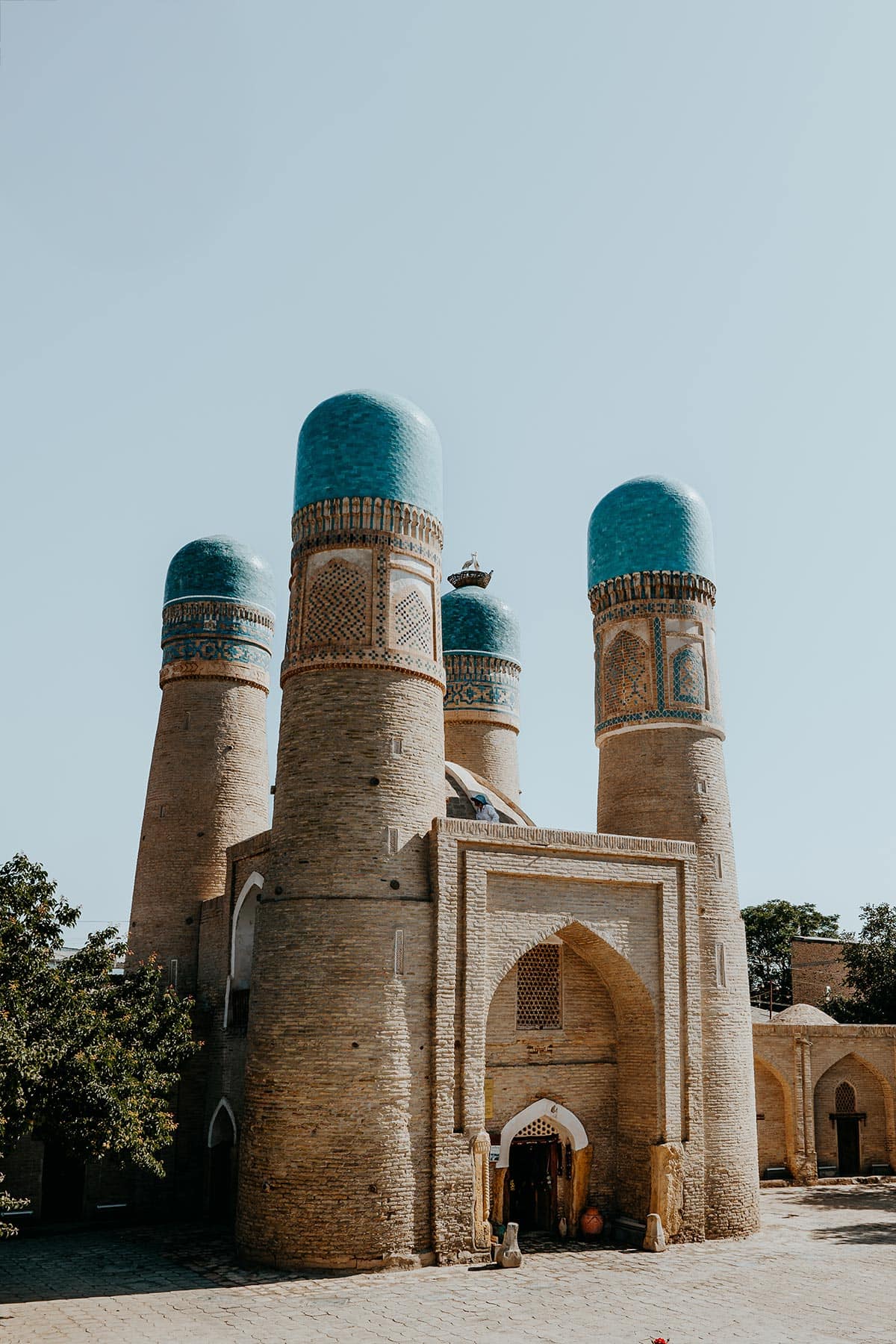
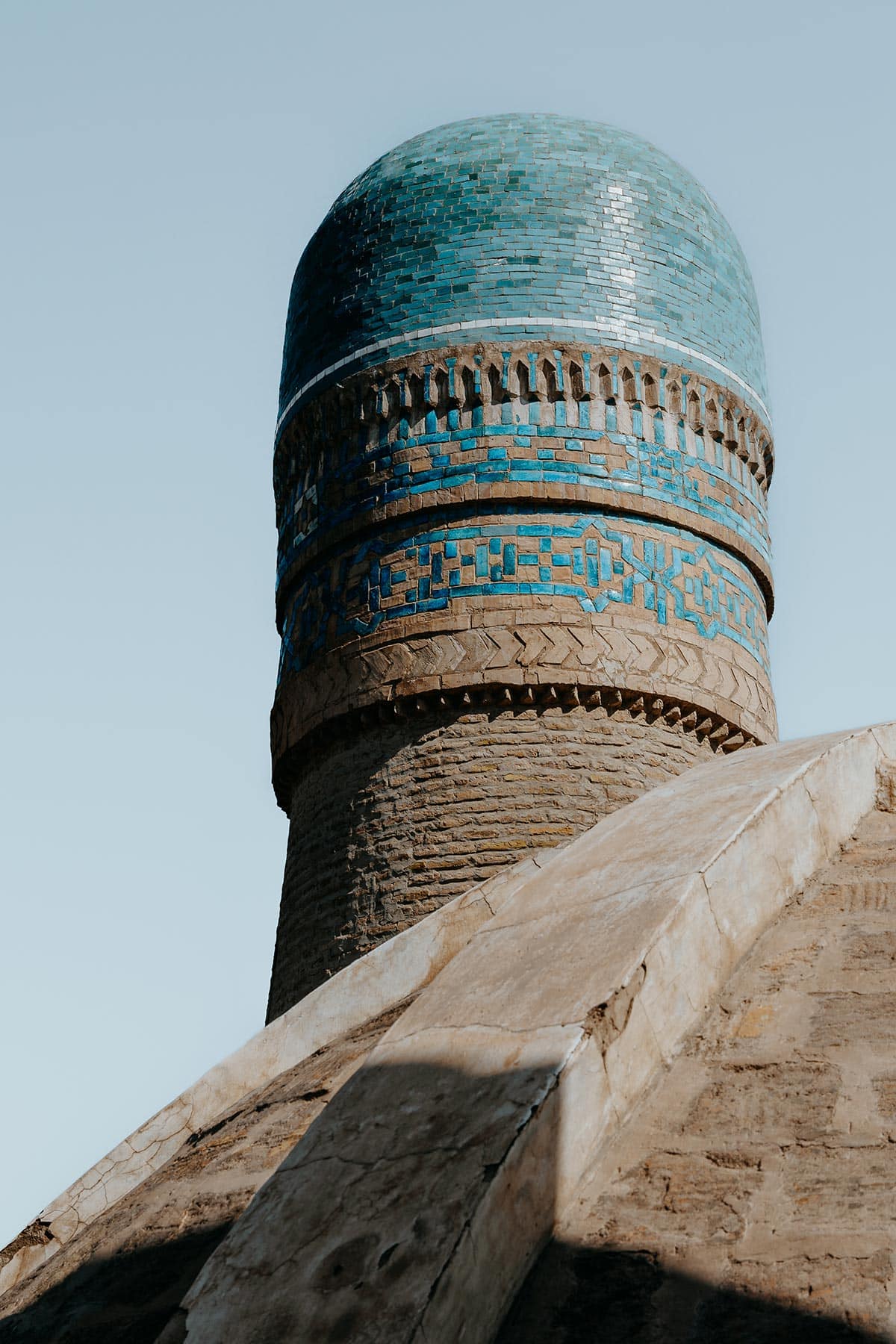
Things to do in Bukhara | The essentials
The best time to visit Bukhara
Being located in the southern part of Uzbekistan, Bukhara experiences a dry continental climate that is characterised by incredibly hot summers and significantly colder winters.
If you can, I’d recommend travelling during the offseason, which for Uzbekistan means from March to June and September to October.
During this time, the temperatures are extremely comfortable, providing the perfect circumstances to go out and about exploring all the amazing places Bukhara has to offer.
Personally, I visited Bukhara in late April, which was brilliant as I had comfortable weather, and lengthy days full of sun, while also having the benefits of a quiet overall experience visiting the popular sights, museums and restaurants.
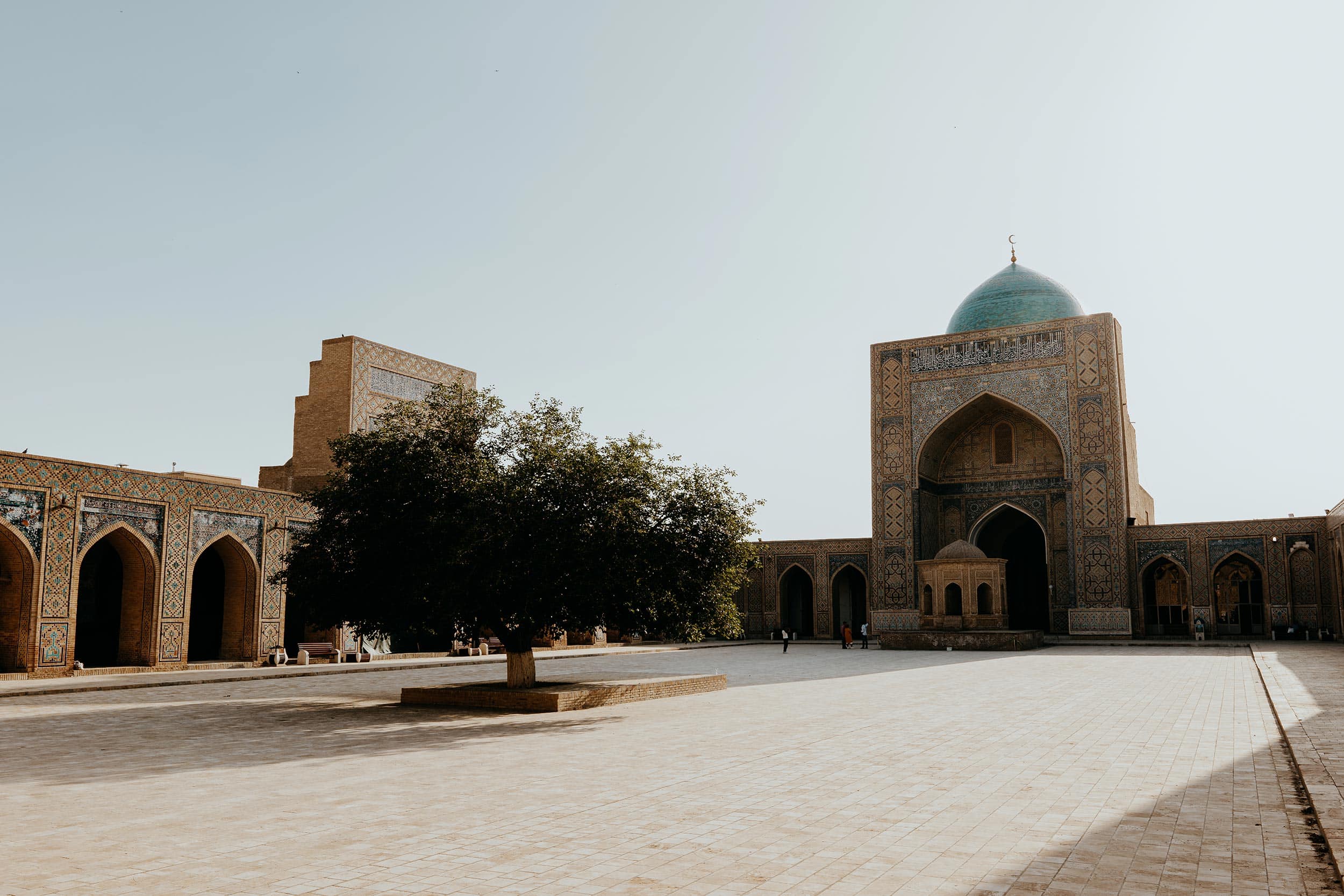
Uzbekistan travel essentials
While Uzbekistan is convenient for travellers, travelling here will come with a unique set of needs, meaning you have to do some kind of preparation before embarking on your journey.
Some items I recommend include:
Uzbekistan SIM card | First things first. Upon arrival in Uzbekistan, I highly recommend buying yourself a local SIM card with a data plan, given it will make anyone’s travels here significantly more convenient. Curious about the details? Read my guide to a Uzbekistan SIM card here.
Reusable water bottle | One travel essential that I carry with me at all times is the Grayl Geopress. This reusable water purification bottle allows me to fill up water from nearly every water source, making it one of my best investments to date.
Sun protection | Since Uzbekistan will most likely be fiery hot during the peak travel months, I’d highly recommend bringing quality sunscreen with at least 30SPF and a hat to cover your head.
Powerbank | When travelling through Uzbekistan, you don’t want to risk being in an uncharted area with an empty device in your hands. For that reason, I believe it’s crucial to carry a power bank with you at all times.
Earpods or headphones | If you’re following this itinerary, I can’t stress it enough to bring some high-end earpods or headphones, given the journey from Bukhara to Khiva by night train can be quite hectic happening.
Camera gear | Like most places in Uzbekistan, Bukhara is absolutely captivating, meaning loads of incredible photography opportunities will arise when exploring. For that reason, I’d highly recommend bringing your camera gear, so you can capture loads of photos while there. If you’re curious to learn about my photography gear, make sure you give my ‘What’s in my Camera Bag’ guide a read too.
Leave no footprints | During my travels in Uzbekistan, I noticed that the cities and their people are really neat when it comes to cleanliness and littering. It’s up to us to respect the locations we’re visiting and keep it that way.
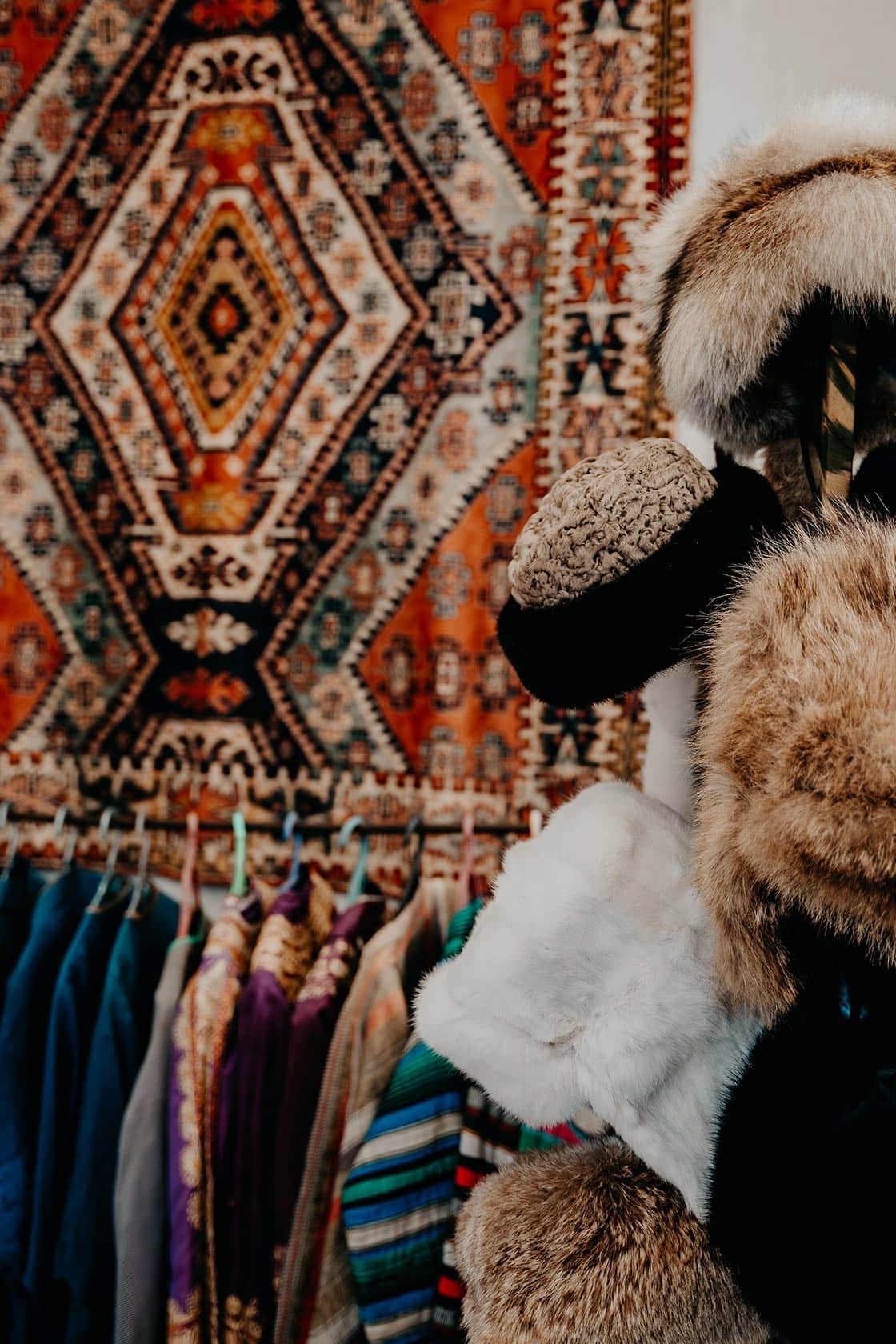
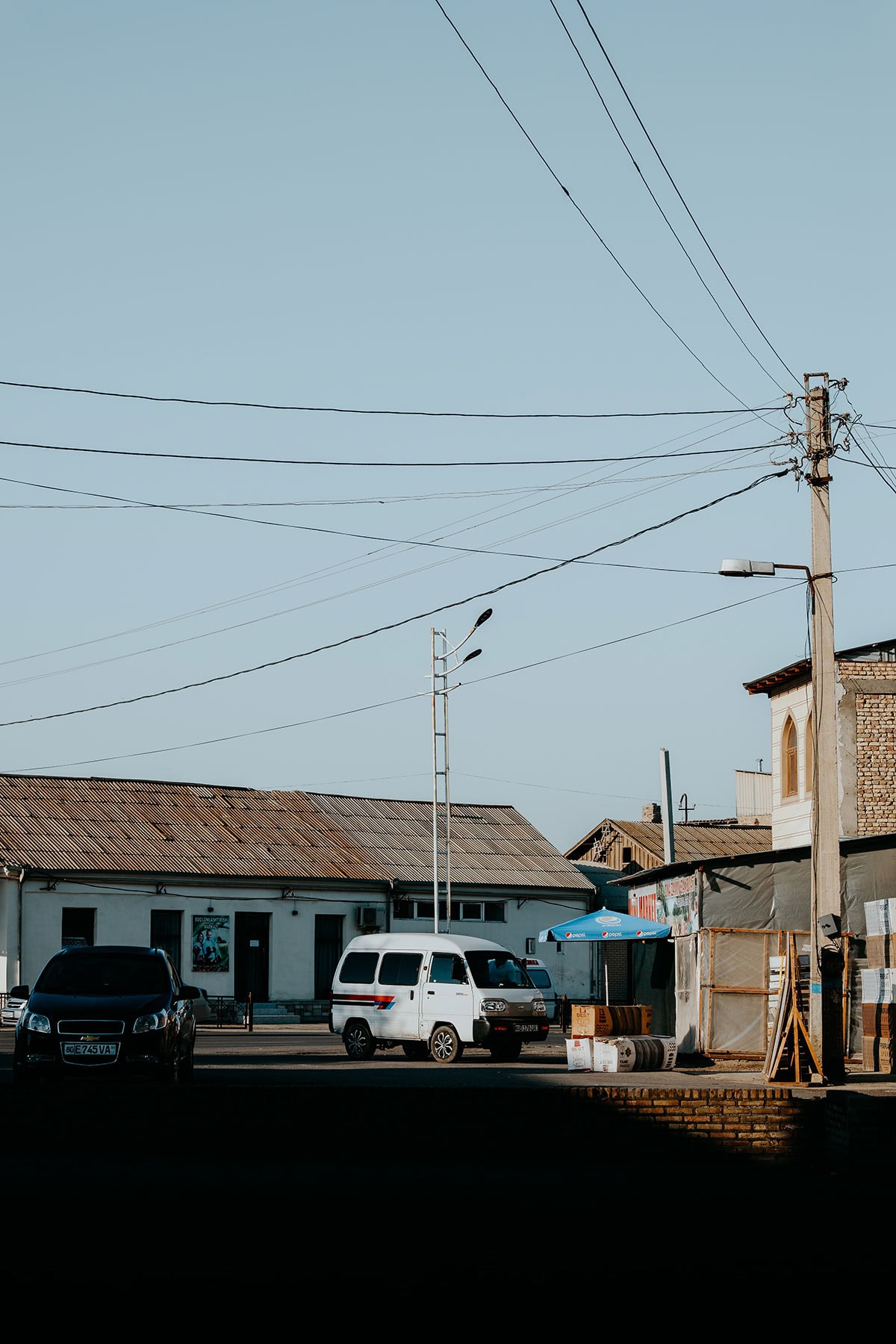
Safety in Uzbekistan | Travel insurance
When travelling this big wide world, I never go on an adventure without my essential travel insurance sorted out, and though I never felt unsafe in Uzbekistan, I advise anyone travelling here to do the same.
While I believe it’s unlikely to experience any problems when following the suggestions in this guide, something unfortunate could happen at any given time, whether it’s an injury, a stolen camera, or an unforeseen cancellation.
For travel insurance, I use Heymondo, as they offer full COVID-19 coverage, as well as a handy app with 24-hour medical assistance. Make sure you check it out – readers of WTSW receive 5% off any insurance policy too.
Cheers!
I’ve been on this travel blogging journey since 2019.
If you appreciate what I do here, these are some ways you can support me.

Plan your Uzbekistan itinerary with these essential guides

11 Fascinating things to do in Khiva, Uzbekistan's underrated masterpiece
Once an essential stop along the ancient Silk Road, Khiva is an appealing city that offers a unique glimpse into Uzbekistan’s rich and captivating historical and cultural heritage.
Nestled in the secluded Khorezm region in the very West of Uzbekistan, the UNESCO-listed Itchan Kala is in many ways like an open-air museum, with intriguing architecture, maze-like alleyways, and an overall mesmerizing feel, which tends to transport visitors back to a bygone era.
Said to be founded roughly 2,500 years ago, Khiva was considered the epicentre of all things trade, knowledge, and craftsmanship. While Khiva’s golden age as a trading hub may be long gone, its authentic charm is stronger than ever.
From the ornate courtyards of the Tash Hauli Palace to the stunning views obtained from the Khuna Ark, from savouring traditional Uzbek cuisine in one of the rooftop restaurants to roaming around the time-worn streets of Itchan Kala, Khiva is utterly fascinating and a glimpse of its rich and captivating past is found at just about every corner.
Since Khiva is located somewhat out of reach of the other Silk Road cities of Samarkand, Bukhara, and Tashkent, travellers tend to lack the additional effort it takes to travel to Khiva – which I believe is an absolute mistake – as Khiva was by far my favourite in Uzbekistan.
For that reason, I proudly advocate doing everything possible to implement Khiva in your Uzbekistan itinerary – trust me, this underrated gem is everything you imagined the Silk Road to be during its prime days.
Here’s my in-depth guide to the best things to do in Khiva, Uzbekistan, including my personal take on how to visit, where to stay, when to visit, and how to get there, as well as a few first-hand tips that will make the most out of your time here.
If you choose to use any of the links on this page, I may receive a small commission at no extra cost to you. By using these links, you’ll have a direct impact on WTSW and my ability to continue to create free insightful travel content for you. If you find any of my tips useful, you can support me by buying a virtual coffee here.
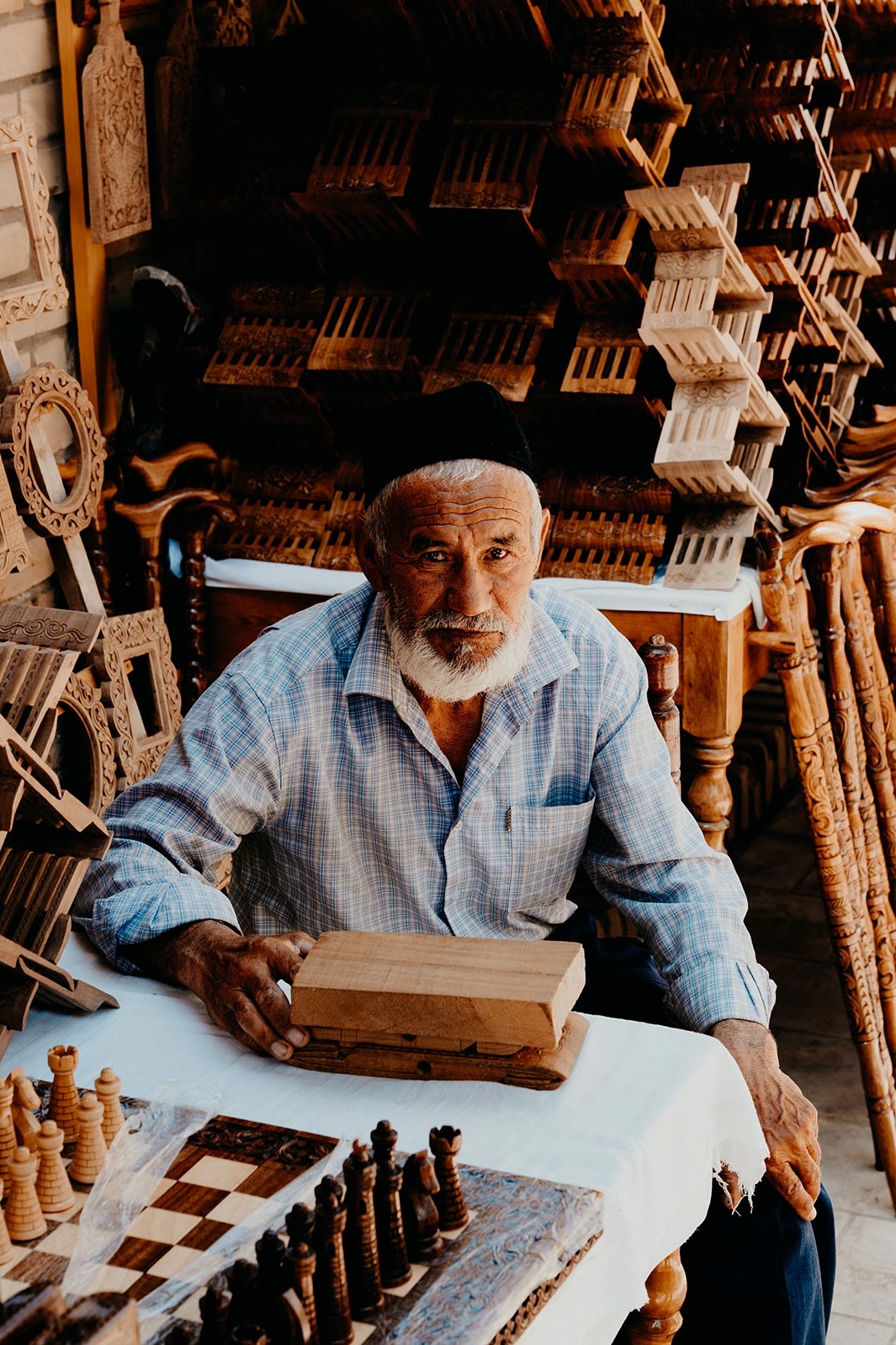
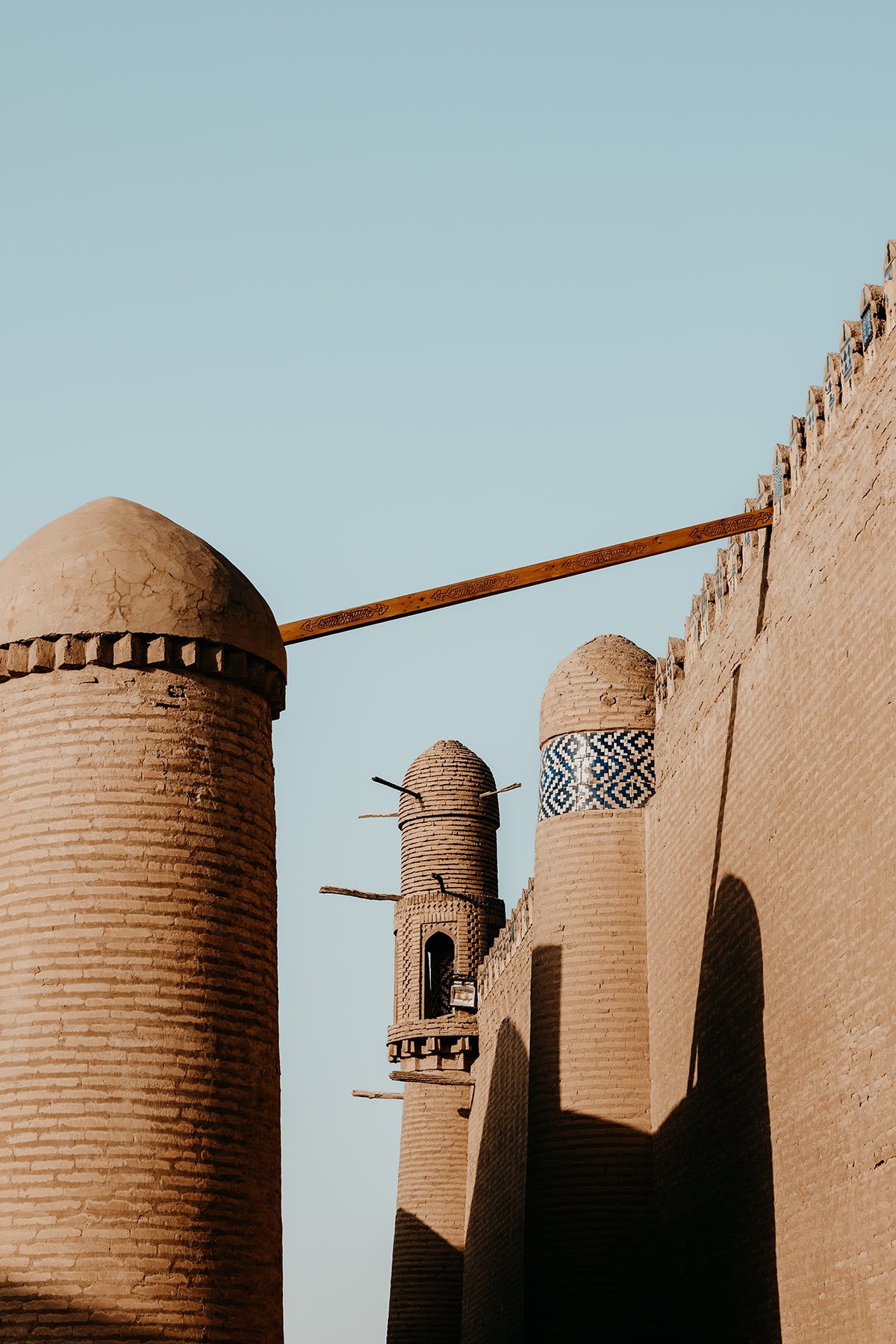
Where is Khiva
Khiva is located in the heart of a vast oasis in the Khorezm region in the far West of Uzbekistan and has long been one of the most important trading hubs along the ancient Silk Road, the famous trade route that linked the East with the West.
As one of the best-preserved civilizations from the Silk Road era, Khiva was inscribed as a World Heritage Site in 1990, which made it the first UNESCO site in Uzbekistan.
Today, Khiva is home to roughly 93,000 inhabitants, of which, 3000 still live within the age-old walls of Itchan Kala, also known as Khiva Old Town.
Where to stay in Khiva
Given the rapid rise in tourism to Uzbekistan over the last few years, there is no shortage of excellent accommodation options in Khiva.
From budget-friendly hostels to ancient madrasahs turned into boutique hotels, Khiva has something for every traveller, regardless of the preferred travel style, budget, or needs.
Orient Star Khiva | What was once an opulent madrasah, has now been converted into Khiva’s most authentic and exciting hotel. Completely designed to complement the original structure, the Orient Star Khiva provides a unique stay with all the modern necessities. It is rated one of the best hotels in Khiva for a reason.
New Star Boutique Hotel | Another great hotel with an authentic look and feel, the New Star Boutique Hotel is set within the madrasah Muhammad Mahram in the heart of Khiva’s Itchan Kala. The hotel offers comfortable rooms with all the amenities one needs, as well as an exceptional breakfast spread.
Hotel Bankir Khiva | If you’re looking for modern accommodation just a short distance away from all the best things to do in Khiva, Hotel Bankir is for you. It shouldn’t come as a surprise that Hotel Bankir is rated a 9.5 on Booking.com, as they offer spacious rooms with air conditioning, great breakfast, and a prime location, all at an affordable price.
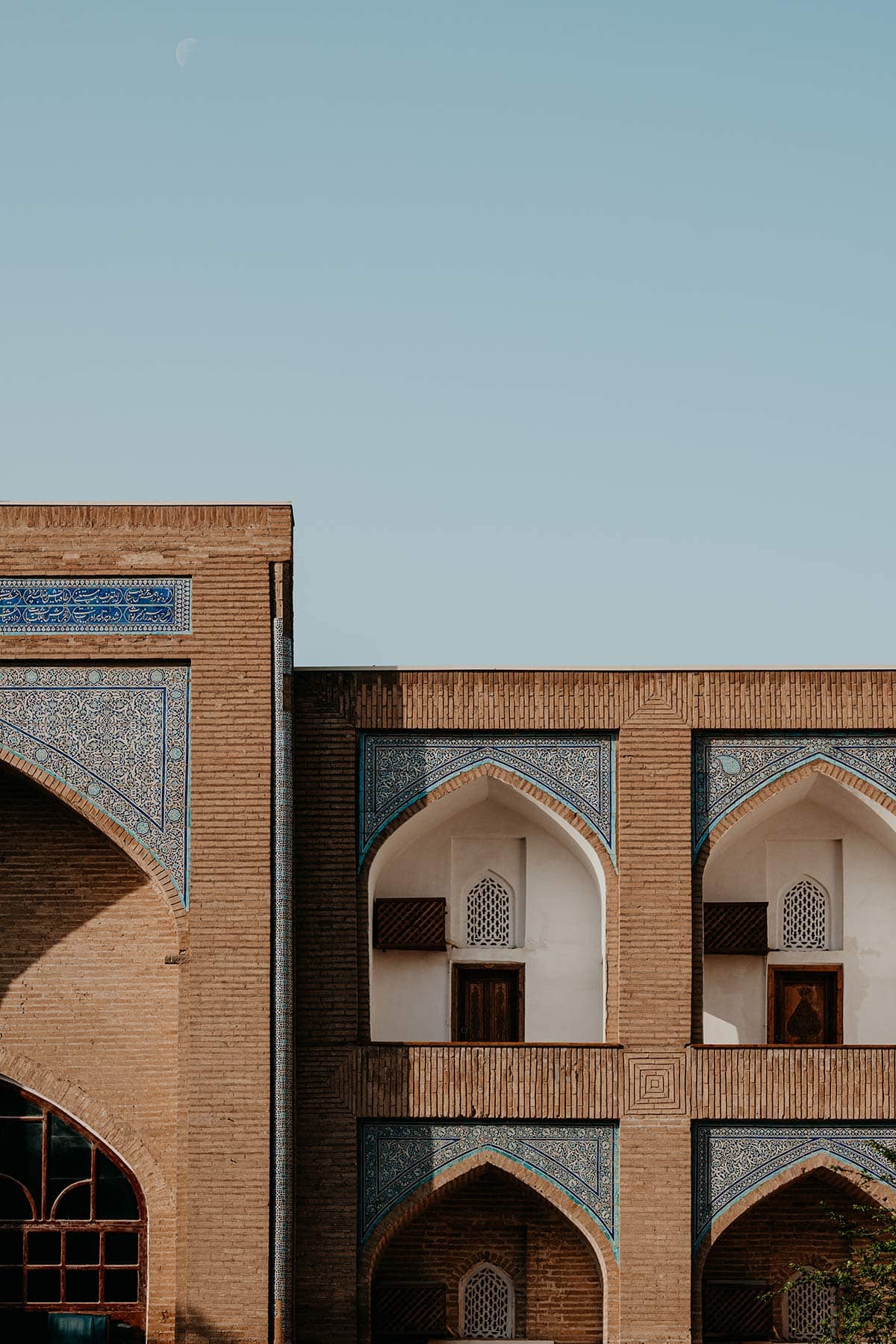
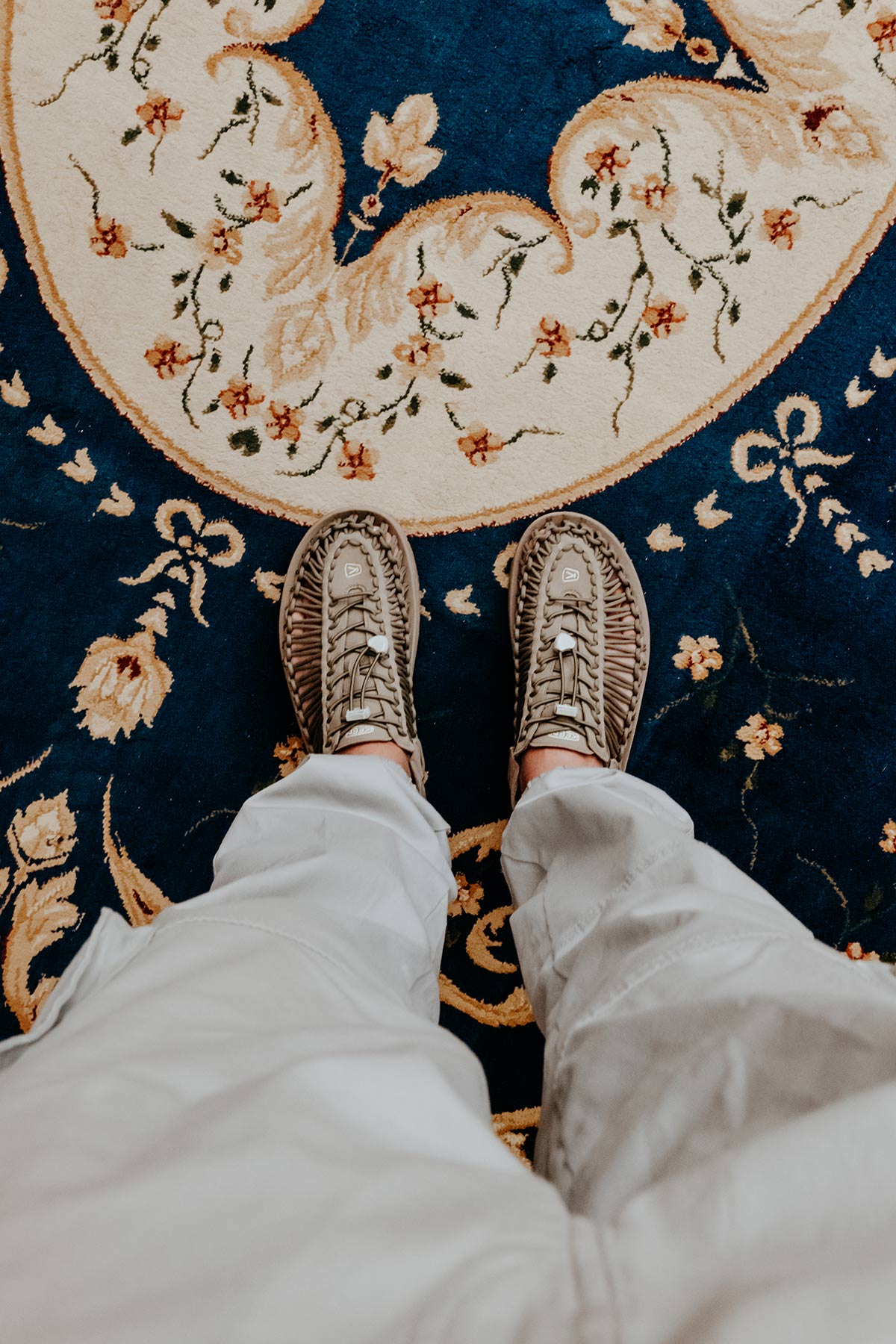
Khiva Entrance Ticket
Given that Khiva’s Itchan Kala is basically an open-air museum, visitors must first obtain a ticket, before they are granted access to the fortified old town.
At the moment of writing, December 2024, the entrance ticket to Itchan Kala is 200.000 SOM (€15,-) per person and is valid for two consecutive days.
Although most sights are included in the Khiva Entrance Ticket, It is worth mentioning that those wishing to visit the Islam Khodja Minaret, Khuna Ark Watchtower, and Pahlavon Mahmud Mausoleum should buy separate tickets to gain entrance to the above mentioned sights.
Entrance tickets come with a QR code and are sold at the west gate. Once you have your ticket, you should keep it with you at all times, as it needs to be scanned individually at all the sights included in the ticket.

11 Things to do in Khiva, Uzbekistan
1. Stroll through the narrow streets of Itchan Kala – Khiva Old Town
Encircled by towering mud-brick walls, Itchan Kala is what I believe to be the best possible representation of how the Silk Road must have been during its heydays, and wandering around the time-worn streets is truly something spectacular.
Given Khiva is deemed one of the best-preserved legacies of the Silk Road era, the heart of this stunning, UNESCO-heritage-declared old town offers visitors a rare and unforgettable glimpse into a world that feels left untouched for centuries.
As you pass through the gates, you step into a completely different reality, with labyrinths of narrow alleyways, stunning architectural masterpieces, and an ever-present ambience that is tough to describe, yet truly authentic and mesmerizing in every sense of the word.
Since Itchan Kala is rather compact, I believe it’s best explored on a roam without a plan, so you can fully appreciate its distinctive nature, while opening yourself up to the unique rhythm of daily life and authentic little moments that make this old town oh-so-special.
However, if you’re planning to tick off all the highlights, having some sort of structure is essential to make the most out of your time here.
Some sites to keep an eye on include:
- Khoja Minaret
- Kalta Minor Minaret
- Islam Kodja Madrassa
- Allakuli Khan Madrassah
- Palvan Gate
- Zindan
- Sayid Allauddin Mausoleum
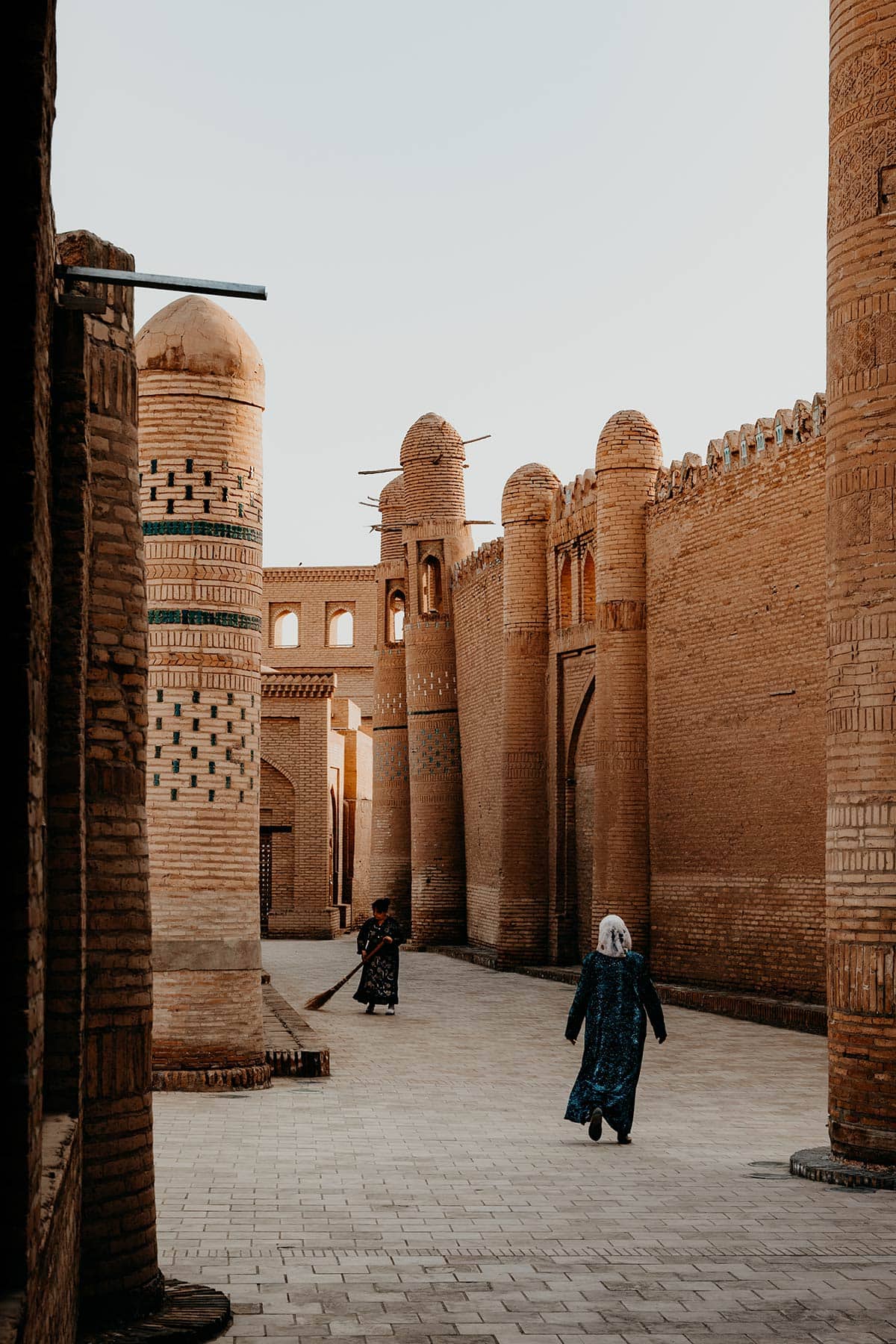
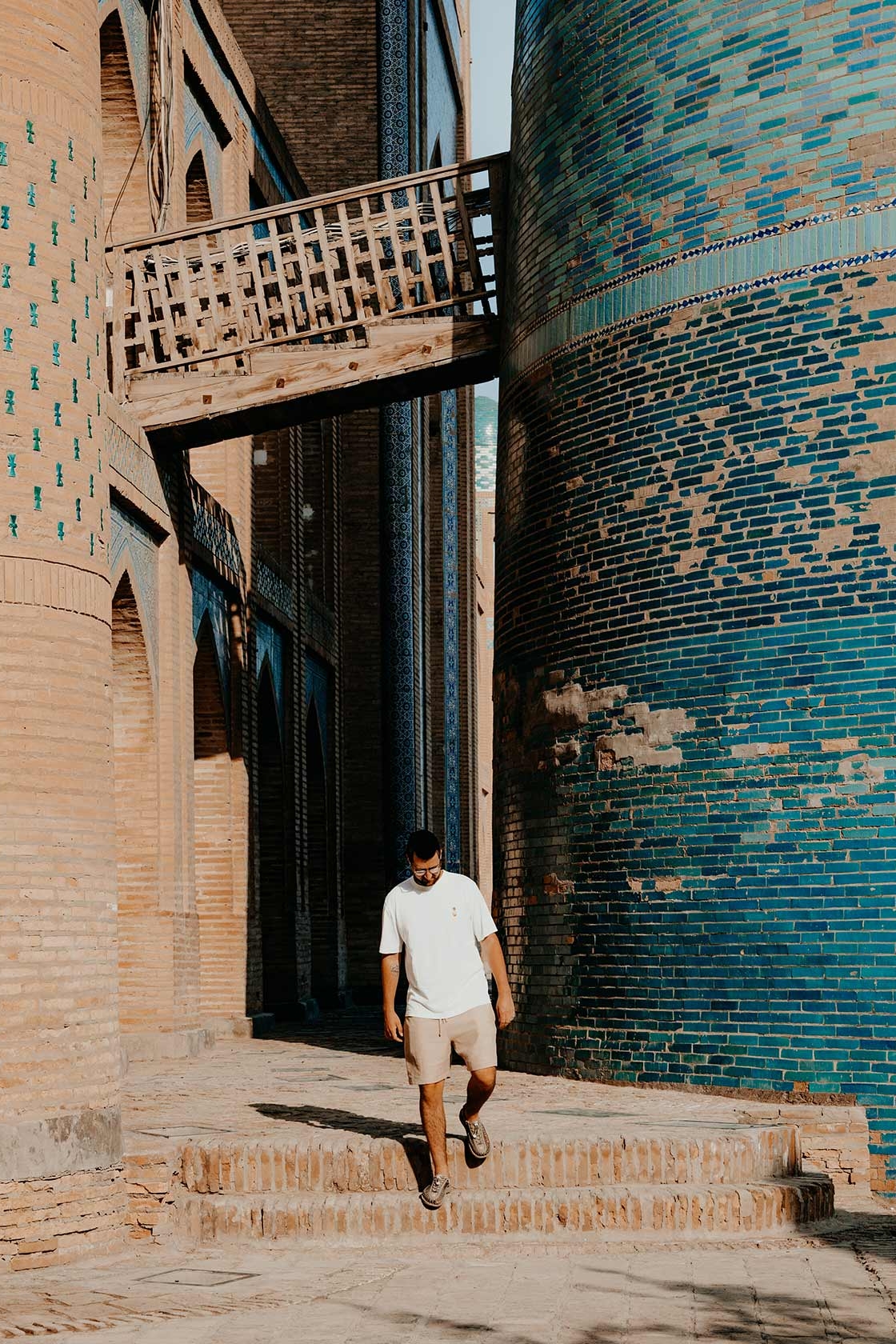
2. Watch over the old town from the watchtower at Khuna Ark
Once the residence of Khiva’s rulers, Khuna Ark stands as a symbol of power, wealth and protection, and was basically built as a fortified stronghold within an already fortified town.
First constructed in the 12th century in the order of Ok Shaykh Bobo, then further evolved under the Khans in the 17th century, Khuna Ark is still very much a place of great significance, with several noteworthy buildings one can behold.
Today, much of Khuna Ark’s structures date back to the reign of Arang Muhammad Khan.
Even though Kuhna Ark is stunningly beautiful as a whole, there’s one particular point of call that truly draws the attention here; the Ak-Sheikh Bobo watchtower.
You see, watching over Itchan Kala from the watchtower, was in many ways, one of my absolute favourite things to do in Khiva, as the panorama views from the top are nothing short of amazing.
Planning-wise, I’d highly advise trying to get to the watchtower an hour before sunset, so you have a clear indication of your surroundings, which makes it easier to find the ideal spot from which you’ll witness the golden hour light up Khiva’s intricate turquoise-domed mosques, towering minarets, and iconic mudbrick structures.
Where | Kuhna Ark
Opening hours | Daily 0900 – 1700
Entrance Fee | Kuhna Ark is included in the Itchan Kala entrance ticket
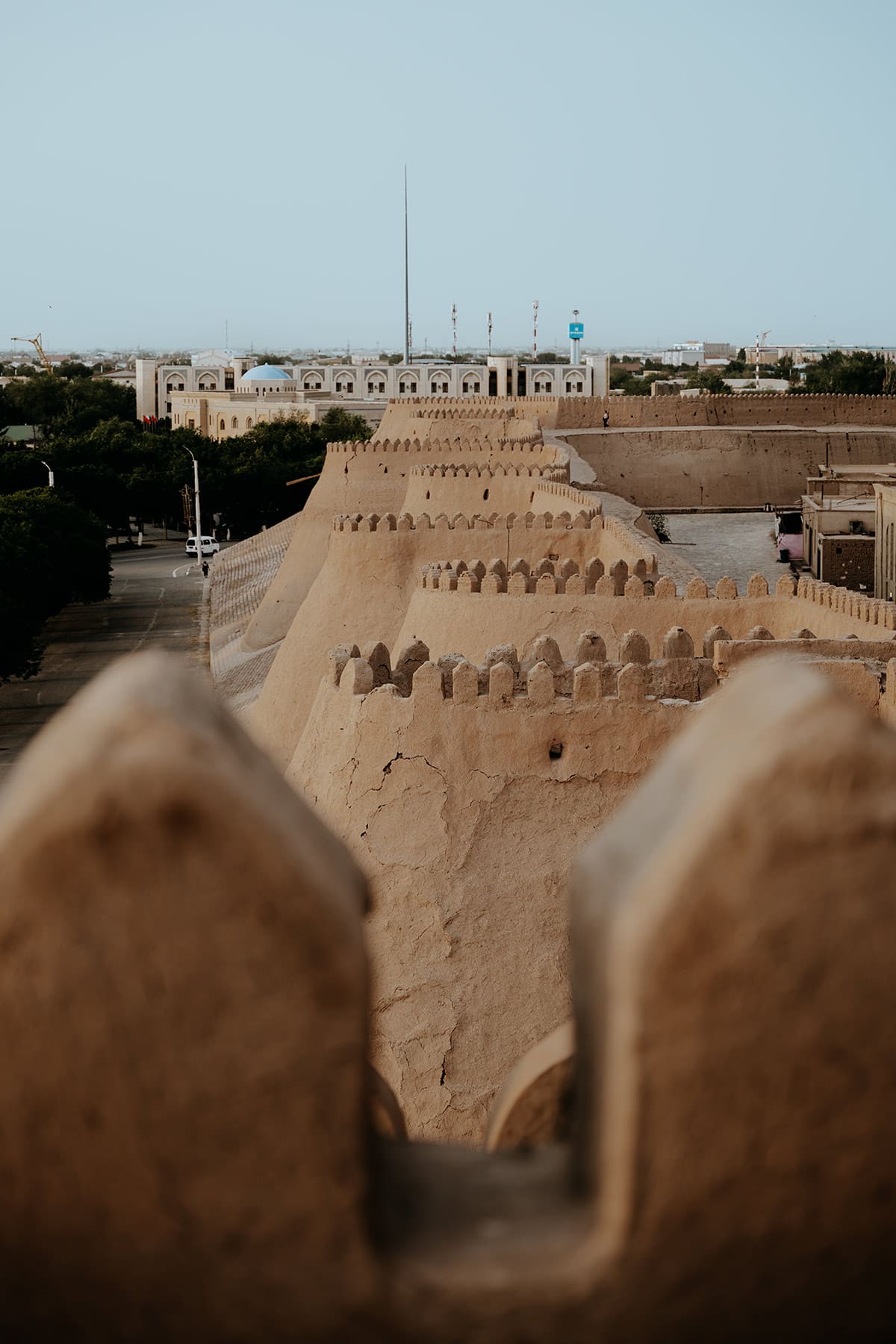
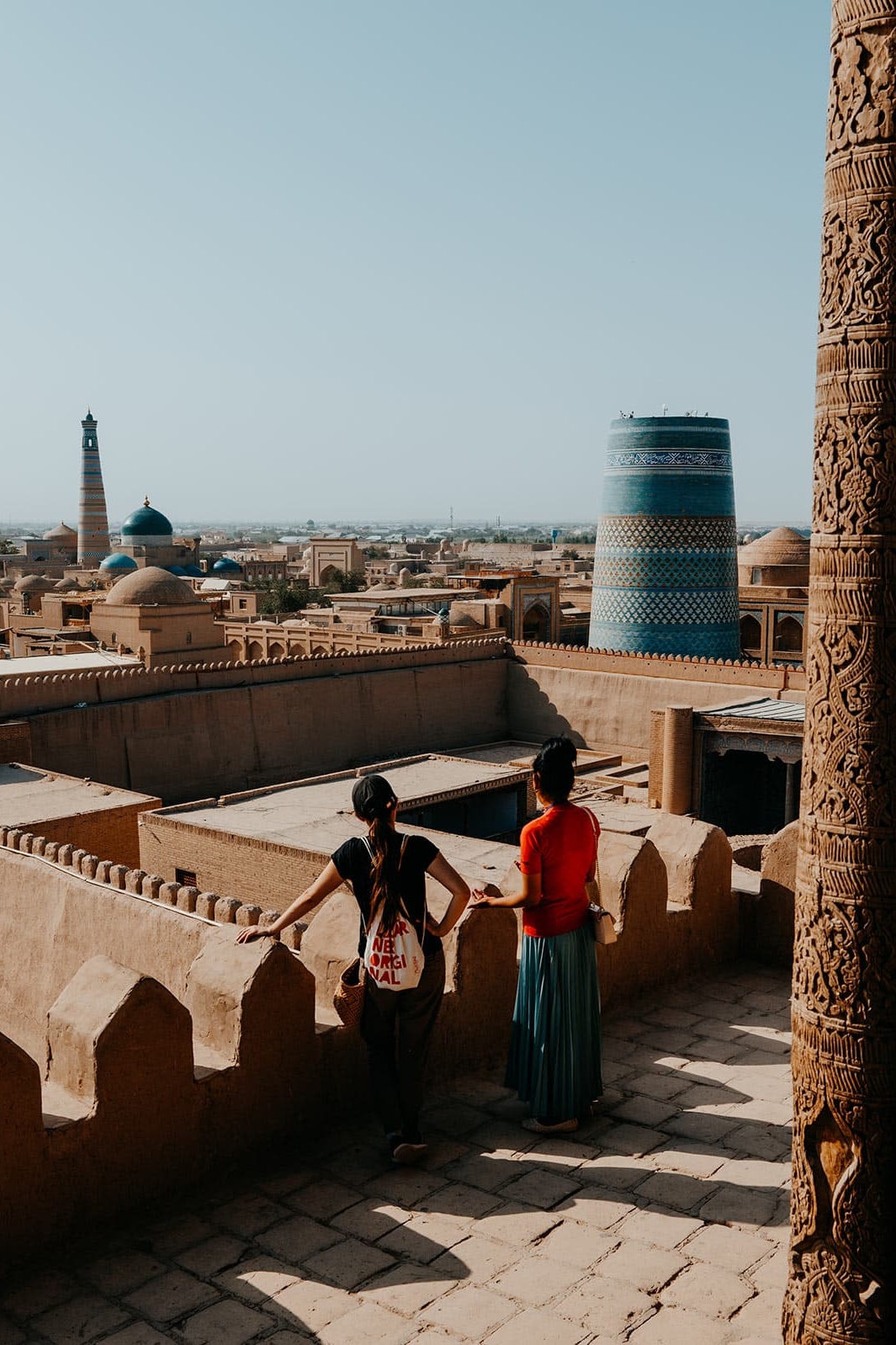
3. Visit the Jumaa Mosque – the Friday Mosque
Built right on top of the ruins of an older mosque, the Jumaa Mosque, also known as the Friday Mosque is a stunning mosque that provides an oasis of calm away from the hustle and bustle often found in the laneways of Itchan Kala.
For me, the best thing about the Jumaa Mosque is the fact that it doesn’t look like anything noteworthy from the outside, given its ordinary mudbrick walls give little away in contrast to other more opulent mosques found in Uzbekistan.
Yet stepping inside instantly reveals why the Jumaa Mosque is as remarkable as it is.
Made up of anywhere between 212 and 218 wooden columns (I can’t state the exact number), aligned in a way commonly done in ancient Arabian mosques, this mosque is simple, minimal, yet truly mesmerising – there’s just something magical about the perfectly aligned columns and the play of light they produce.
The columns themselves are carved to perfection by hand, each representing intricate patterns reflecting different periods in time, some of which have been there since the Mosque’s origins in the 10th century.
As one of the best things to do in Khiva, I’d recommend visiting the mosque first thing in the morning, when the peace that defines Jumaa triumphs, and masses of tourists have yet to arrive.
Where | Jumaa Mosque
Opening hours | Daily 0900 – 1800
Entrance fee | Included in the Itchan Kala Entrance Ticket
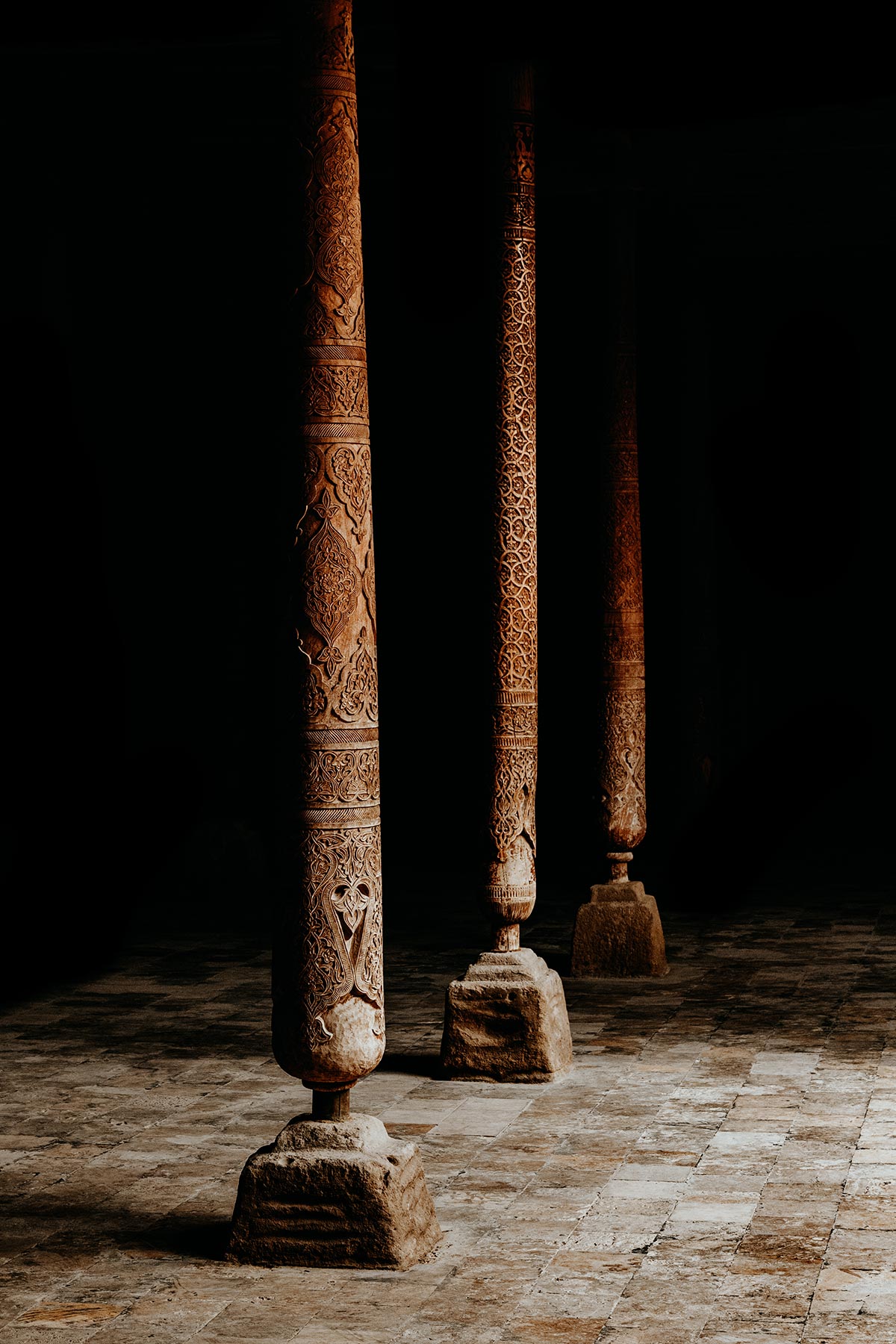
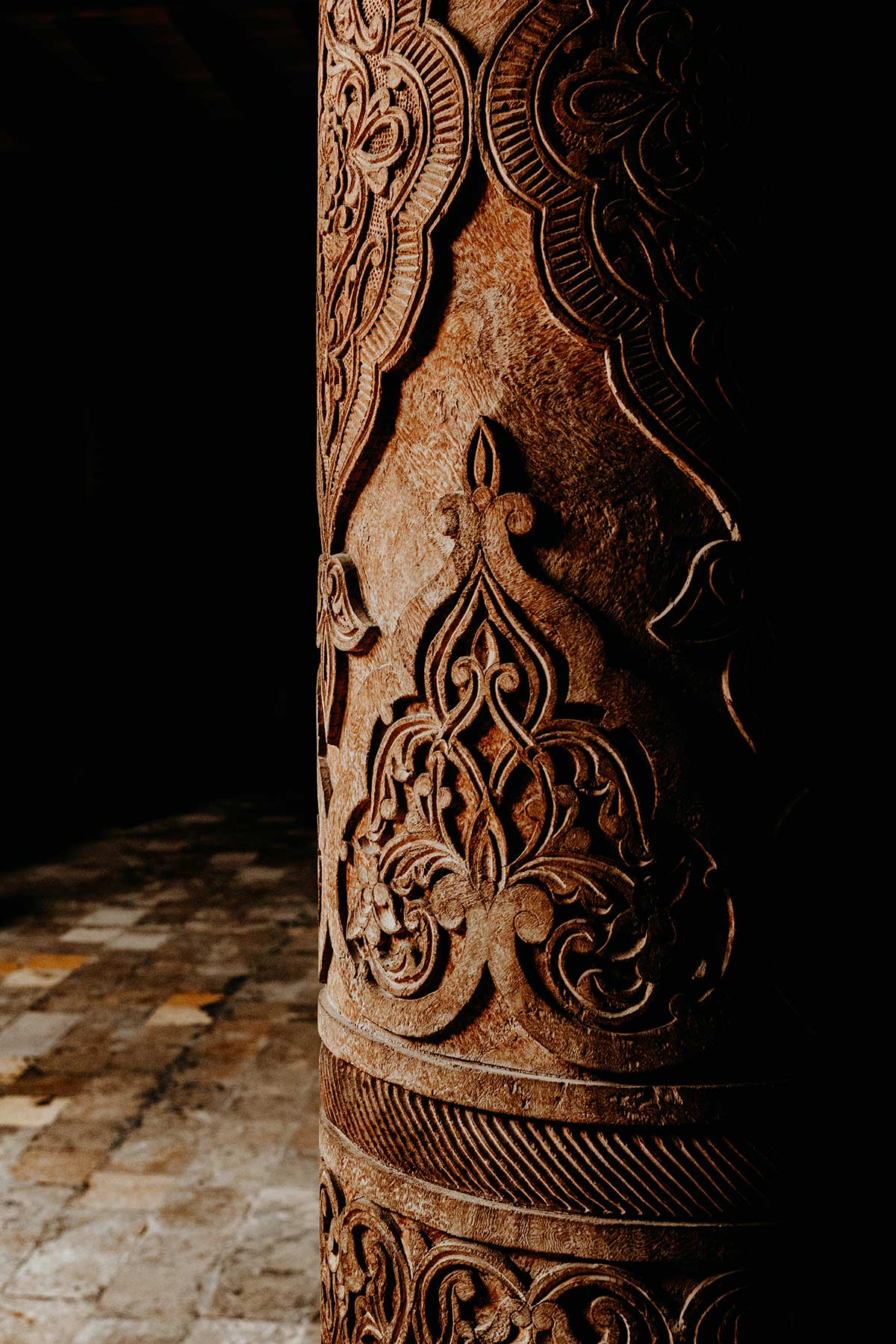
4. Take a look at Suleymon’s wood carvings store
One thing that starts to intrigue me more and more during my travels, is getting to witness amazing local craftsman go about their business.
So when I stumbled upon a small wood carving store in the backstreets of Khiva’s stunning Itchan Kala, I was super excited to see the artisanal process of traditional Uzbek woodcarving up close and personal.
With a background in carpentry myself, I naturally get drawn to this form of art, and when Suleymon kindly invited me into his store, I somewhat relived my brief time as an artisanal woodworker.
You see, Suleymon dedicated a fair share of his life to his craft, which resulted in an insanely high level of craftsmanship, and in turn, the most stunning wood-carved objects, each completely unique and defined by exceptional craftsmanship.
But Suleymon’s wood carving store is not just a great place to learn traditional Uzbek wood carving techniques; it is also the perfect place to buy a unique souvenir or a gift for your loved ones, which is exactly what I did myself.
Where | Suleymon’s Woodcarving Store
Opening hours | I am not completely sure if Suleymon works on a fixed schedule
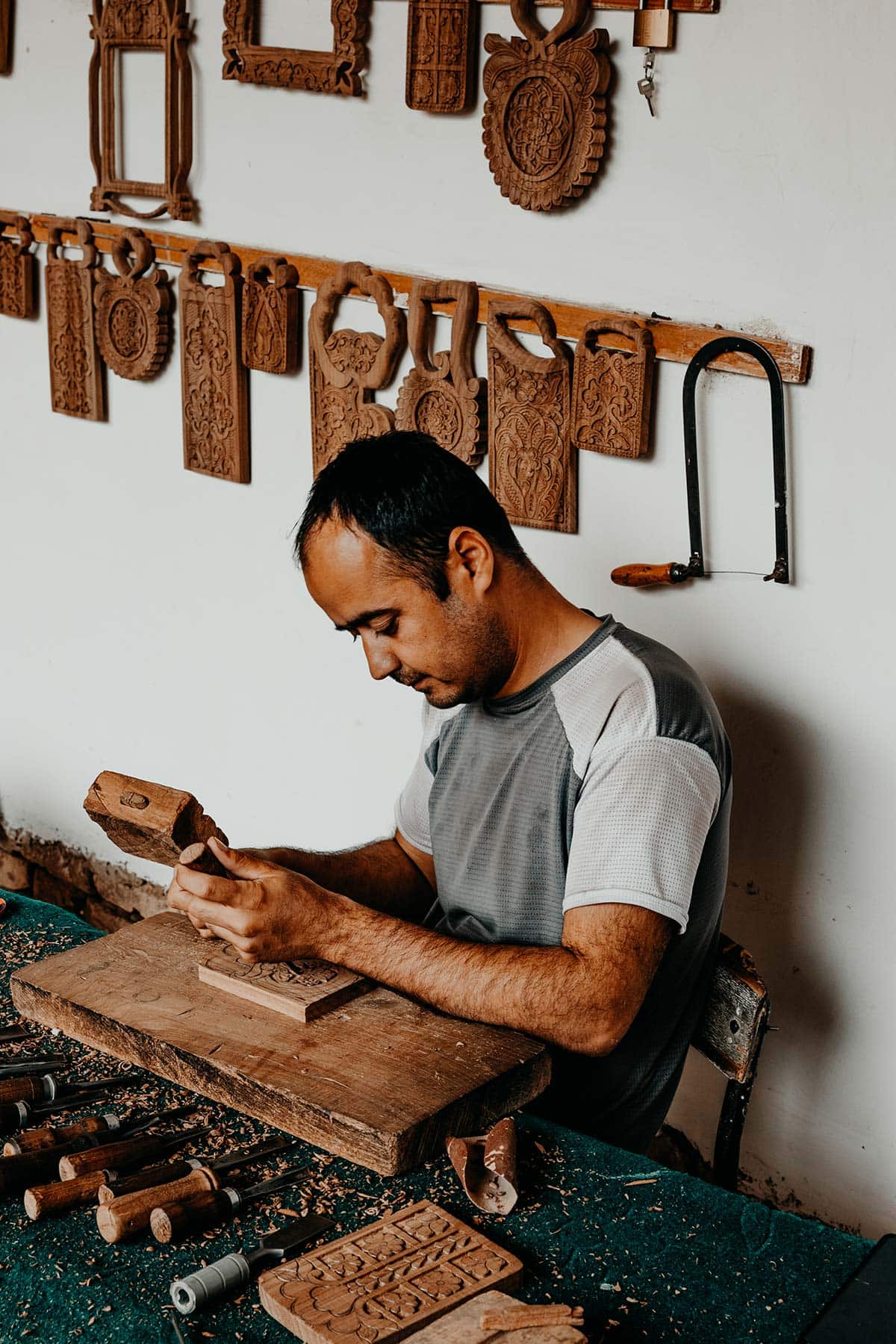
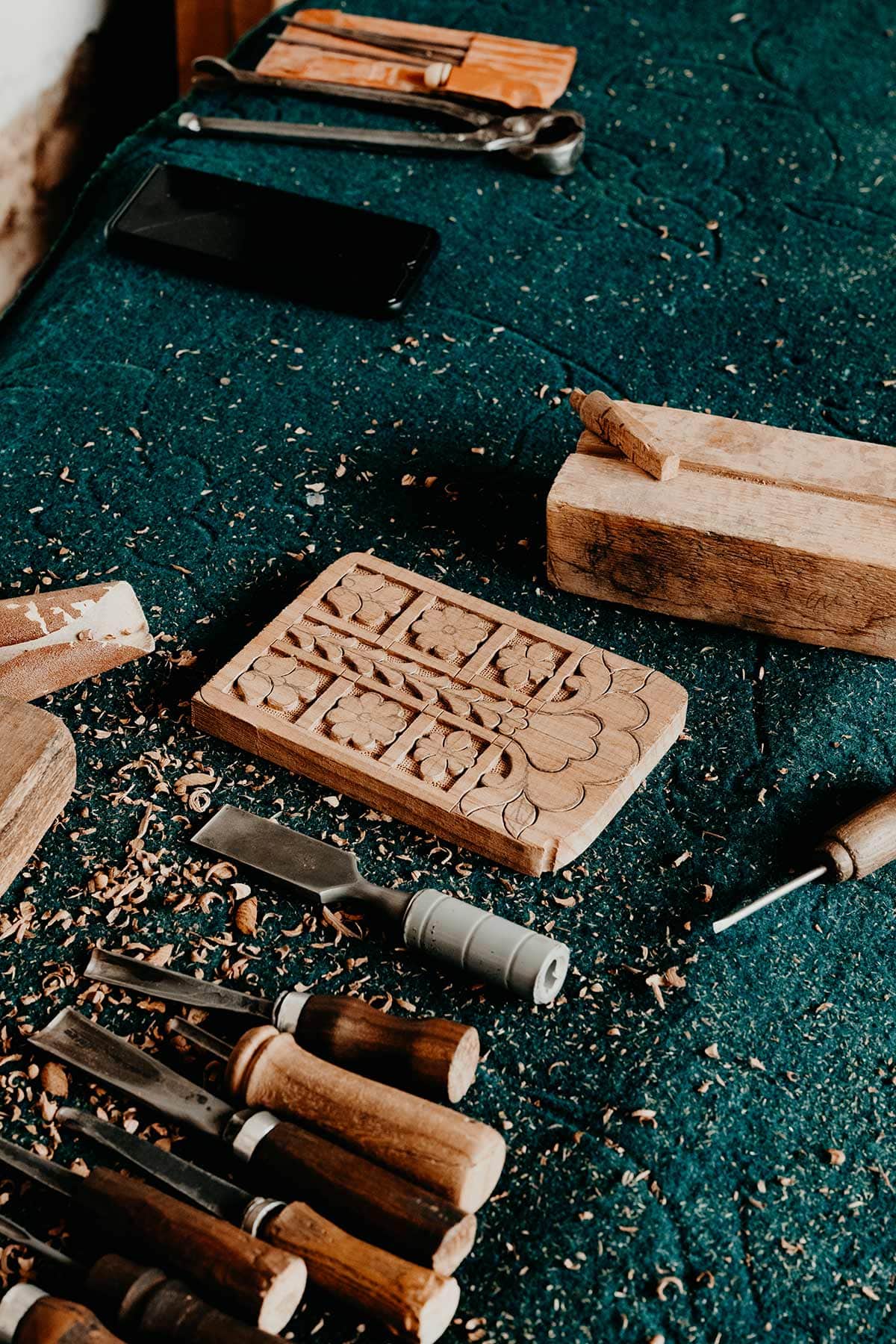
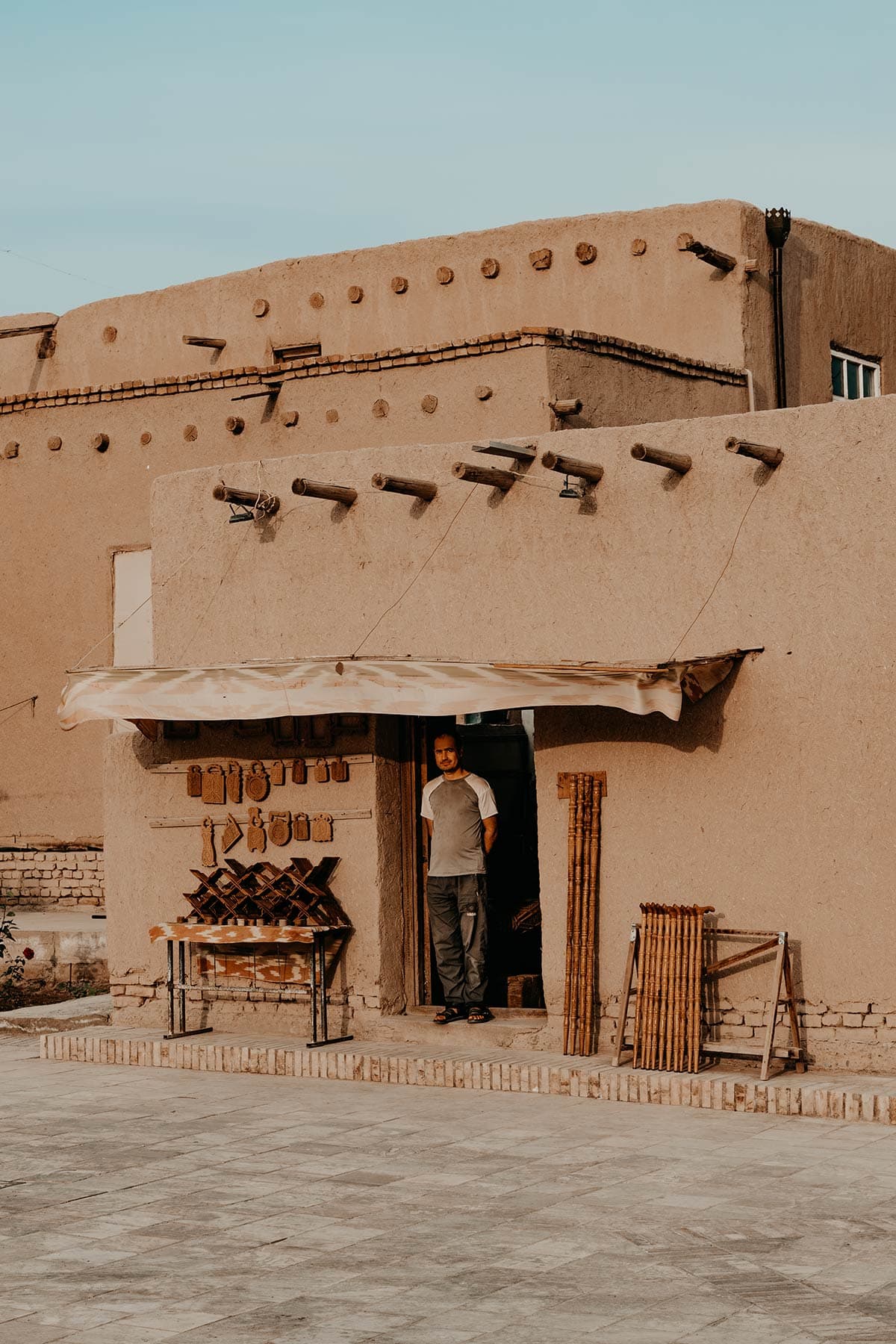
5. Admire the intricate decorations of the Tash Hauli Palace
Built as the residence of Allakuli Khan, this palace had one clear objective; to outshine every other palace in Central Asia, which it managed to do pretty well if you ask me.
With intricately painted ceilings, stunning geometric patterns, and a vibrant colour palette on just about everything that is touched by the light, the Tash Hauli Palace is as pretty as any I’ve visited in Uzbekistan.
Exploring the Tash Hauli Palace is a great opportunity to step into the lavish world of Khiva’s prosperous, royal past, as it displays breathtaking artistry and architecture throughout the palace.
Something to keep your eye out for are the complex, yet beautifully decorated ceilings, as each design reflects the magnificent craftsmanship of the hands that created them.
The palace is absolutely impeccable, and its mix of ornate architecture and the calm nature found in its open-air courtyards make for the perfect escape from Khiva’s lively alleyways.
Where | Tash Hauli Palace
Opening hours | Daily 0900 – 1800
Entrance fee | Included in the Itchan Kala Entrance Ticket
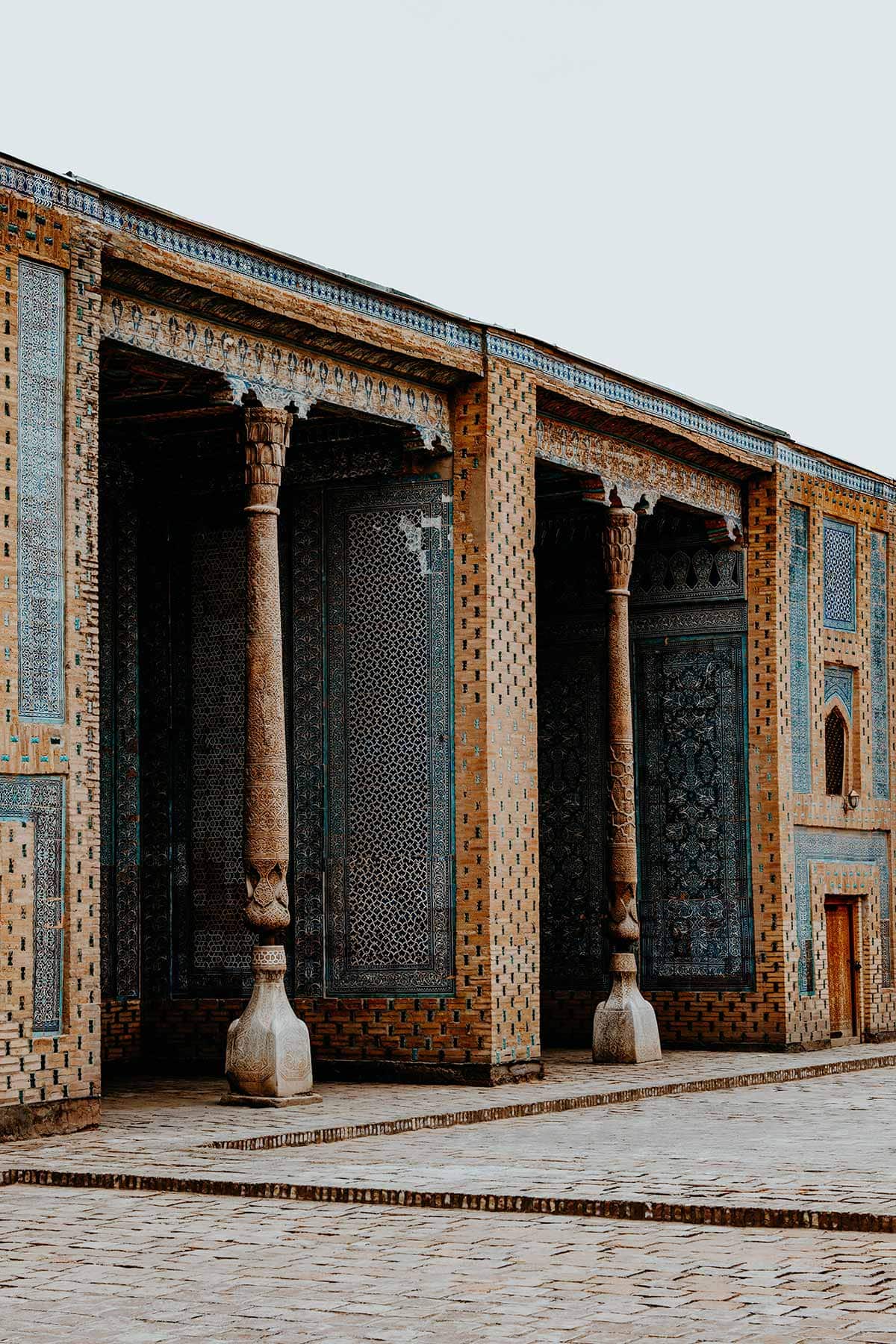
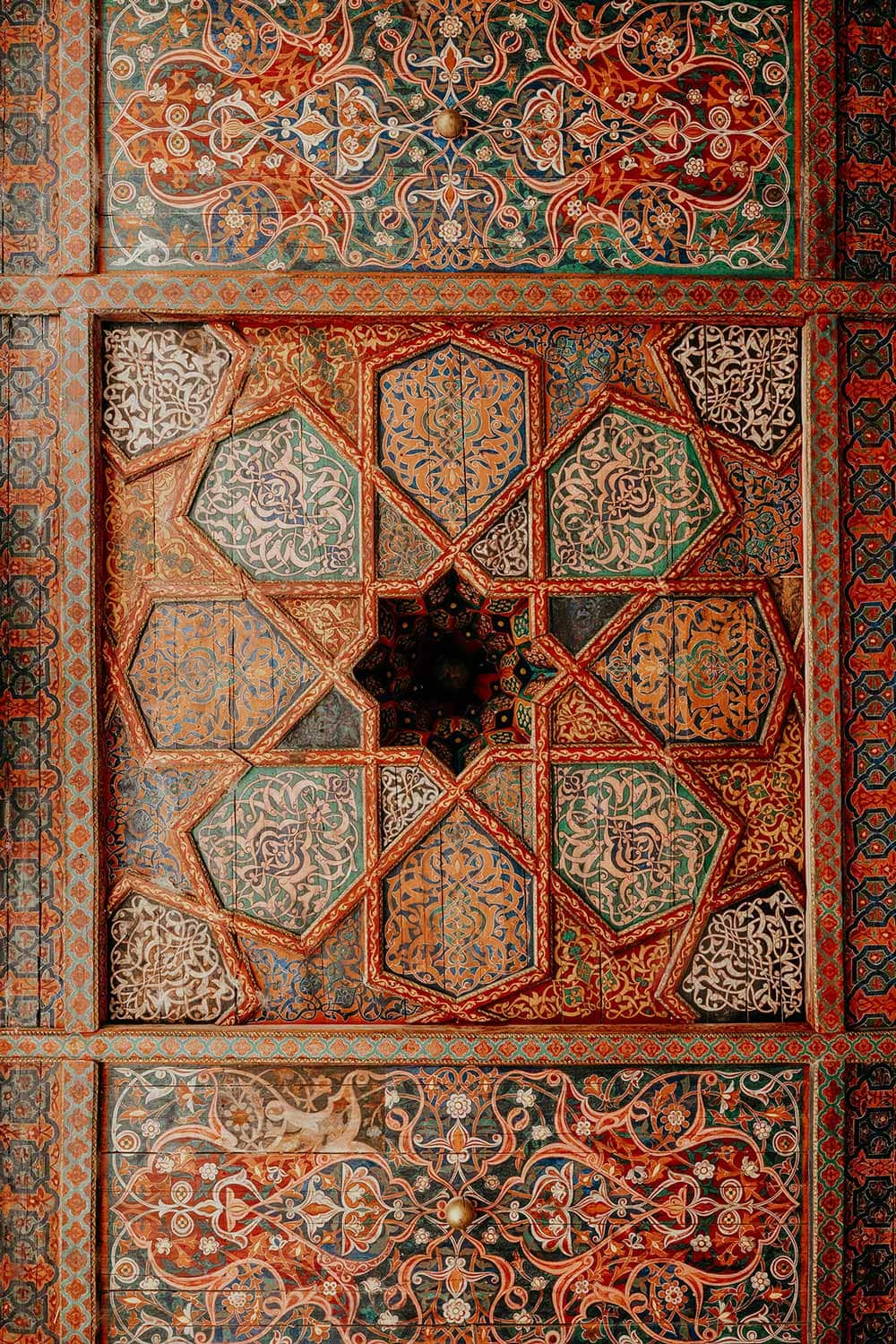
6. Spend a night in the Orient Star Hotel
To wander around the time-worn grounds of an ancient madrasa is one thing, but having the chance to spend a night in such a place is a completely different experience.
Luckily for you, the 19th-century Mohammed Amin Khan Madrasa has now been transformed into Khiva’s most unique hotel, and for me, spending a night here is easily one of the most exciting things to do in Khiva.
In many ways, staying here is like stepping back in time, as the walls around you share and reflect centuries of Khiva’s fascinating history.
Each room is stunning, mostly original and decorated with furniture that doesn’t only compliment the architectural features but also respects the deeply ingrained roots of the madrasa, preventing it from losing its initial charm.
But it is more than simply a place to rest your head, it’s a unique experience that offers a journey into the past, and we should be honoured that we can spend time here.
Its location smack-bang in the heart of Itchan Kala adds to its charm, with the old town right at your doorstep, making Orient Star the perfect base from which to explore Khiva.
Where | The Mohammed Amin Khan Madrasa
Book | Make sure you check out the Orient Star Hotel
Cost | Doubles start at €55 a night
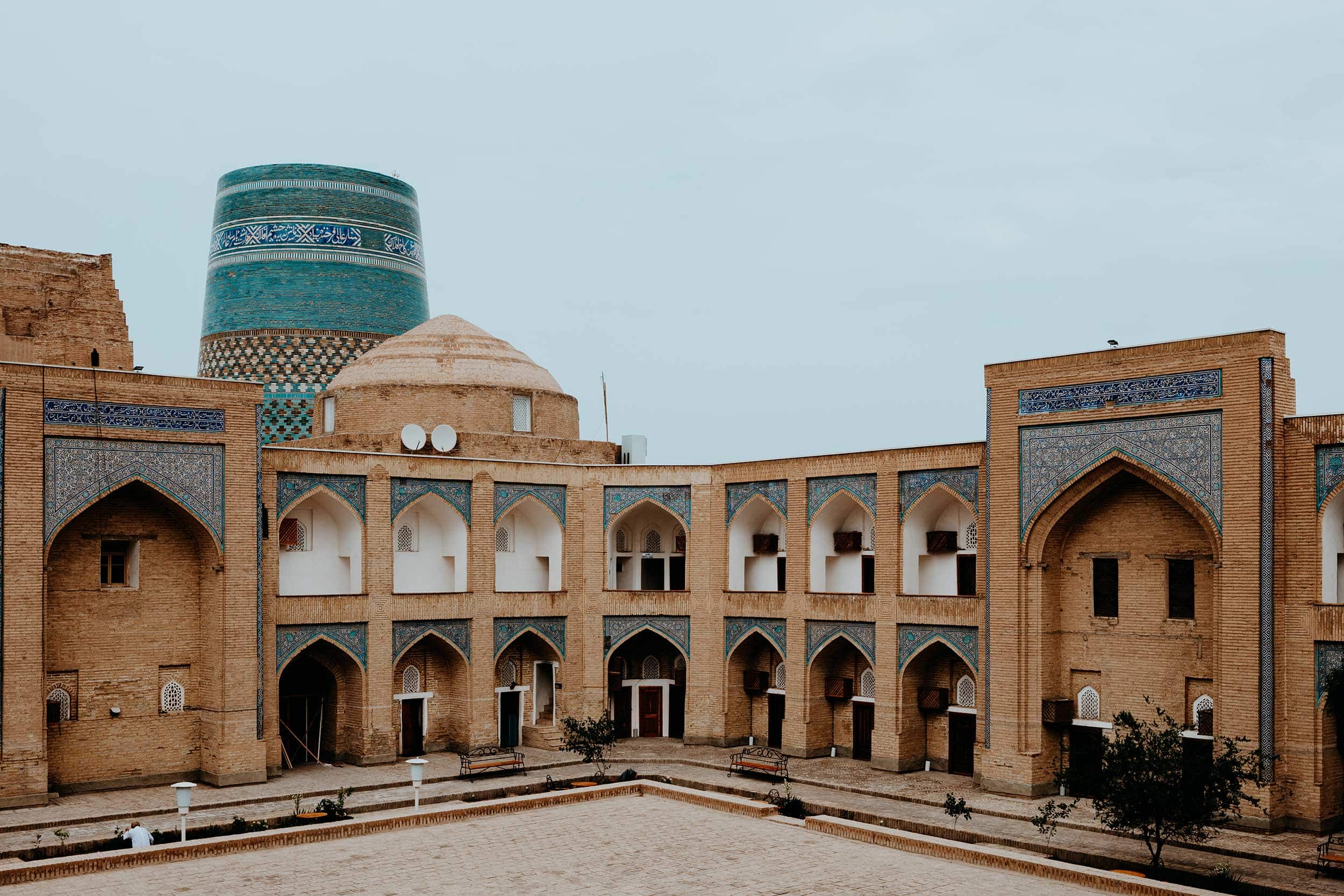
7. Admire the Kalta Minor Minaret
Supposed to become the tallest minaret in Uzbekistan, the Kalta Minor Minaret is unlike other minarets in Uzbekistan, as it was left unfinished due to the sudden death of its initiator Muhammad Amin Khan in 1855.
You see, the base of the minaret, with its 14-meter diameter, was designed so that it was sturdy enough to carry a minaret of an impressive height anywhere between 70 and 110 meters.
Sadly, construction stopped at merely 29 meters, which makes the Kalta Minor Minaret look somewhat comparable to a bodybuilder during the offseason – at least, that’s what I thought when I first witnessed it in person.
All jokes aside, the Kalta Minor Minaret might be far and away from the length it was initially planned to be, but this doesn’t mean it isn’t spectacular.
It is in fact one of the best examples of Uzbekistan’s architectural brilliance, displaying stunning, intricate geometric patterns, while also embodying a captivating story of ambition and prosperity.
Today, Kalta Minor has become one of Khiva’s most iconic landmarks, partly thanks to its history and unusual appearance.
It’s easy to say; imagine how impressive it would have been if it was finished as initiated, but maybe it’s the above story that makes it as captivating as it is – something we’ll never truly know.
Where | Kalta Minor Minaret
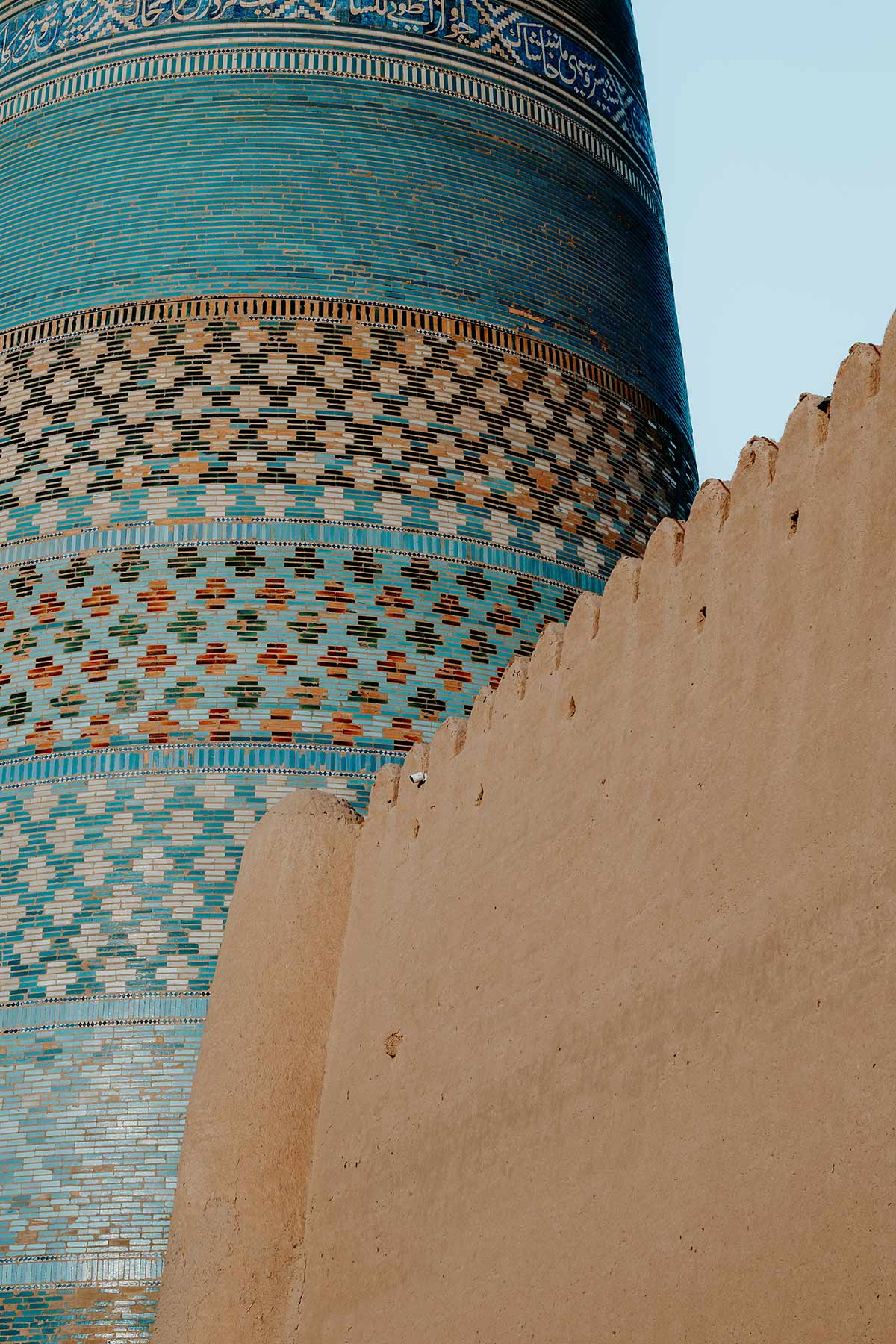
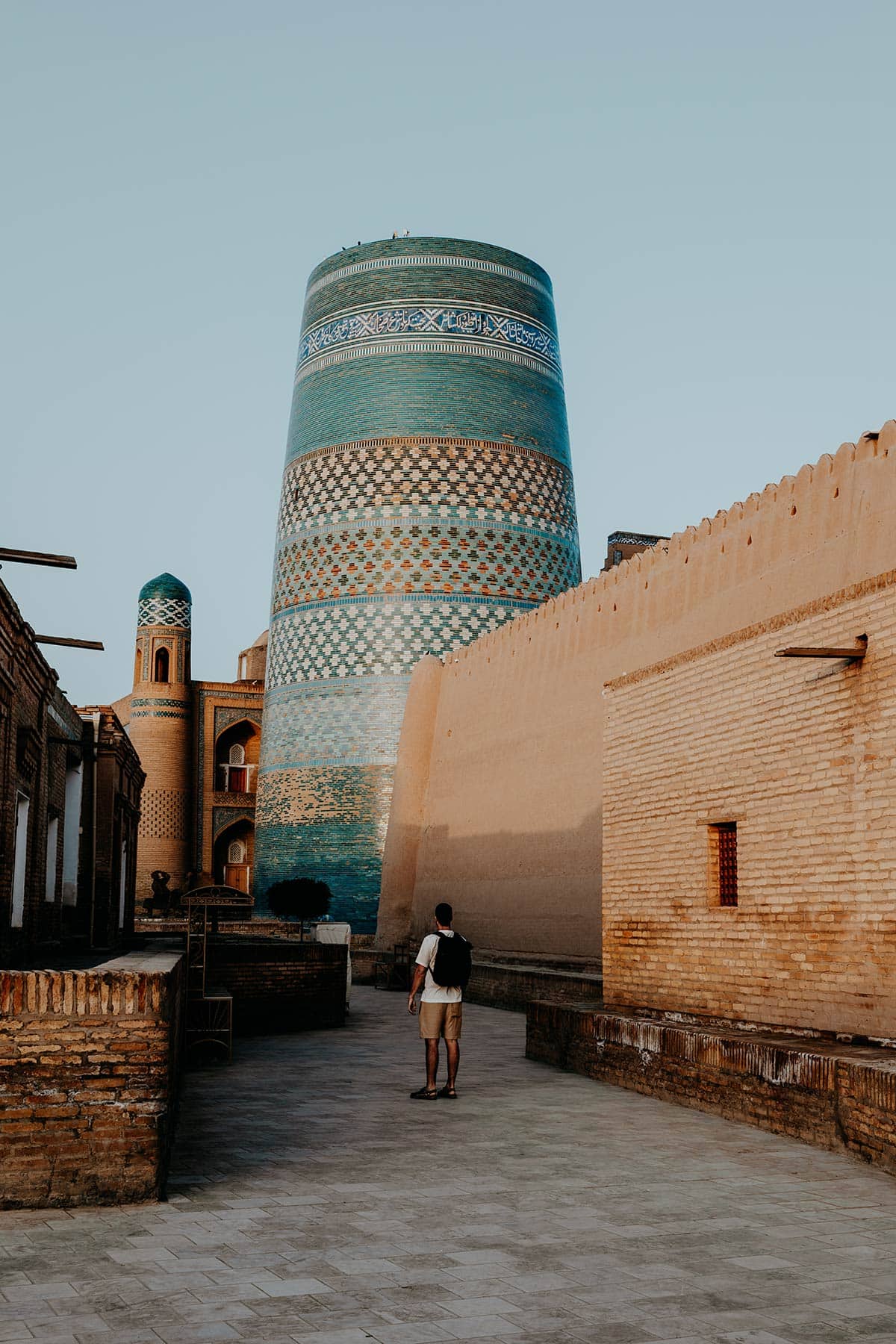
8 | Sample all the Khiva specialities at Zarafshon
I am text block. Click edit button to change this text. Lorem ipsum dolor sit amet, consectetur adipiscing elit. Ut elit tellus, luctus nec ullamcorper mattis, pulvinar dapibus leo.
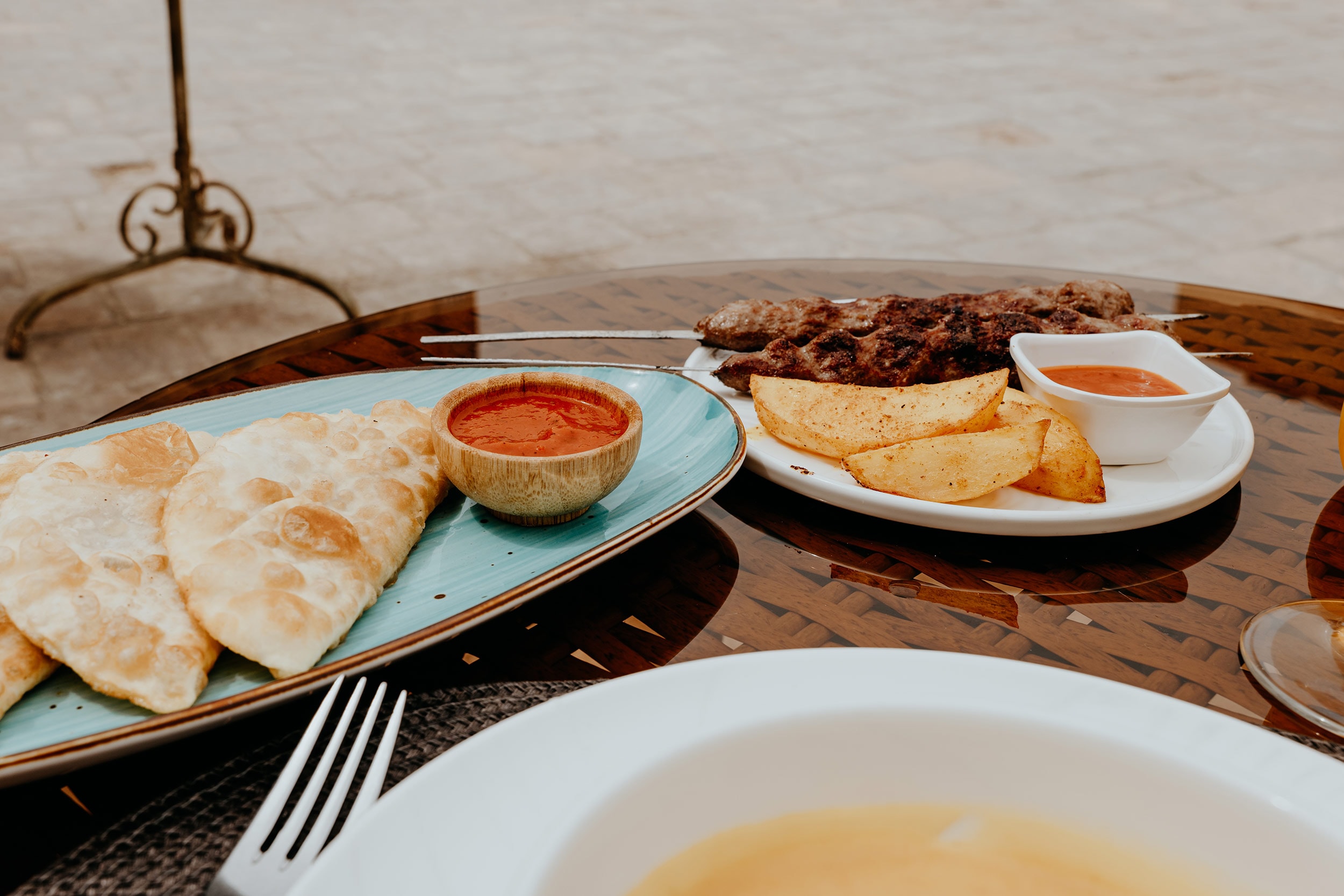
8. Pahlavon Mahmud Mausoleum
Set within the time-worn streets of Itchan Kala is the breathtaking Pahlavon Mahmud Mausoleum, an architectural masterpiece that serves as the final resting place of one of Khiva’s most cherished individuals; Pahlavon Mahmud – a legendary poet, philosopher, wrestler, and patron saint of Khiva.
Defined by its iconic turquoise-tiled dome, this breathtaking mausoleum is insanely beautiful from the inside out, with the intricate interior as its absolute centrepiece.
As soon as you set foot within the Mausoleum, you will be stunned by the most ornate 14th-century Khorezm artistry; think floor-to-ceiling tile work, opulent chandeliers, fascinating woodwork, and an extremely calm and serene atmosphere.
Today, the Pahlavon Mahmud Mausoleum also serves as a spiritual retreat for Sufi pilgrims, with a khanaka for those who seek spiritual solace and guidance.
As always, it’s quintessential to adhere to religious customs, so make sure you take off your shoes while entering the mausoleum, dress appropriately, and be calm and quiet.
It is worth mentioning that the entrance fee to the Pahlavon Mahmud Mausoleum is not included in the regular Itchan Kala ticket. But as one of the absolute best things to do in Khiva, I’d advise you to take that lightly.
Where | Pahlavon Mahmud Mausoleum
Opening hours | Daily 0800 – 2200
Entrance fee | 25.000 SOM (€1,90) per person. Not included in the Itchan Kala entrance ticket.
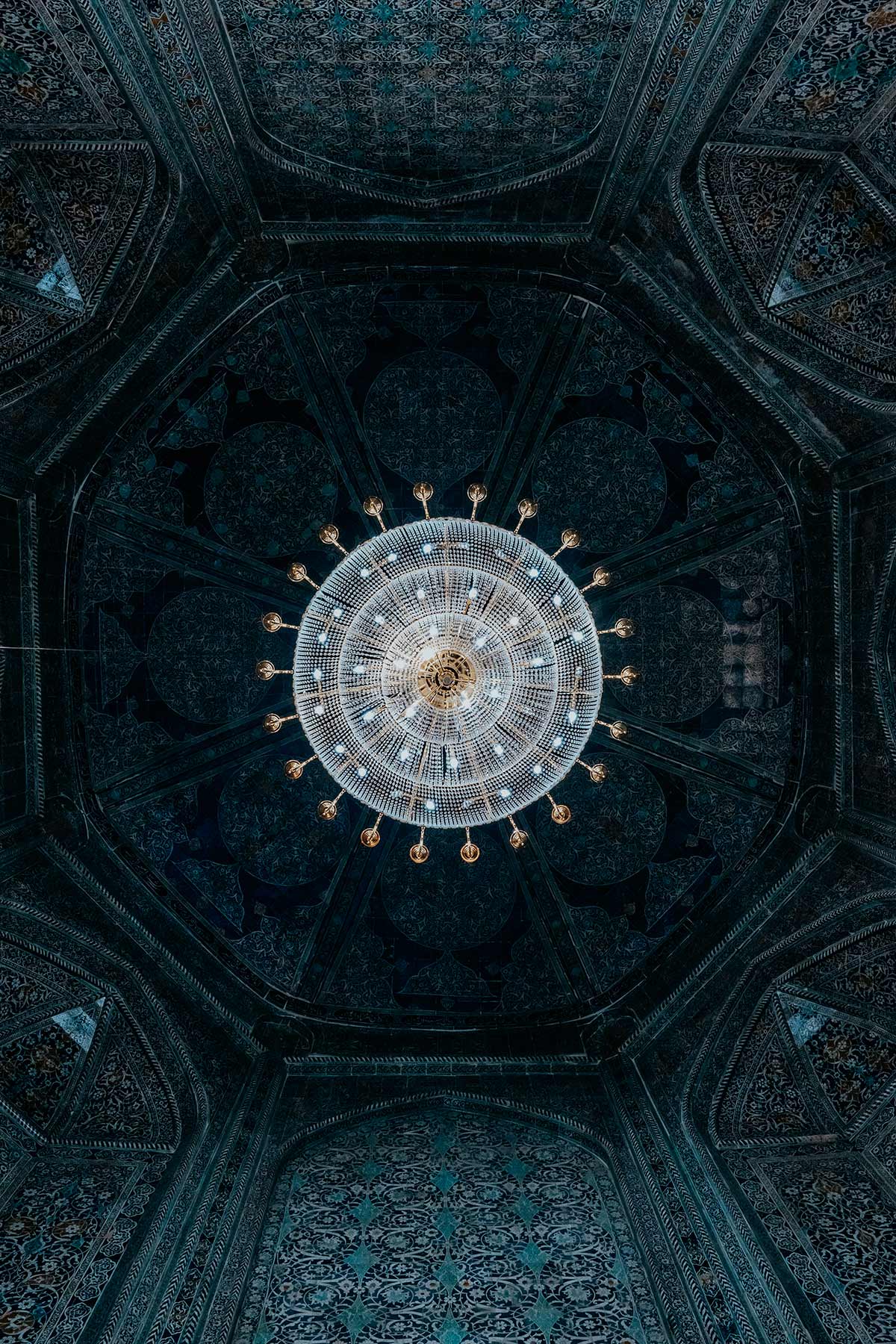
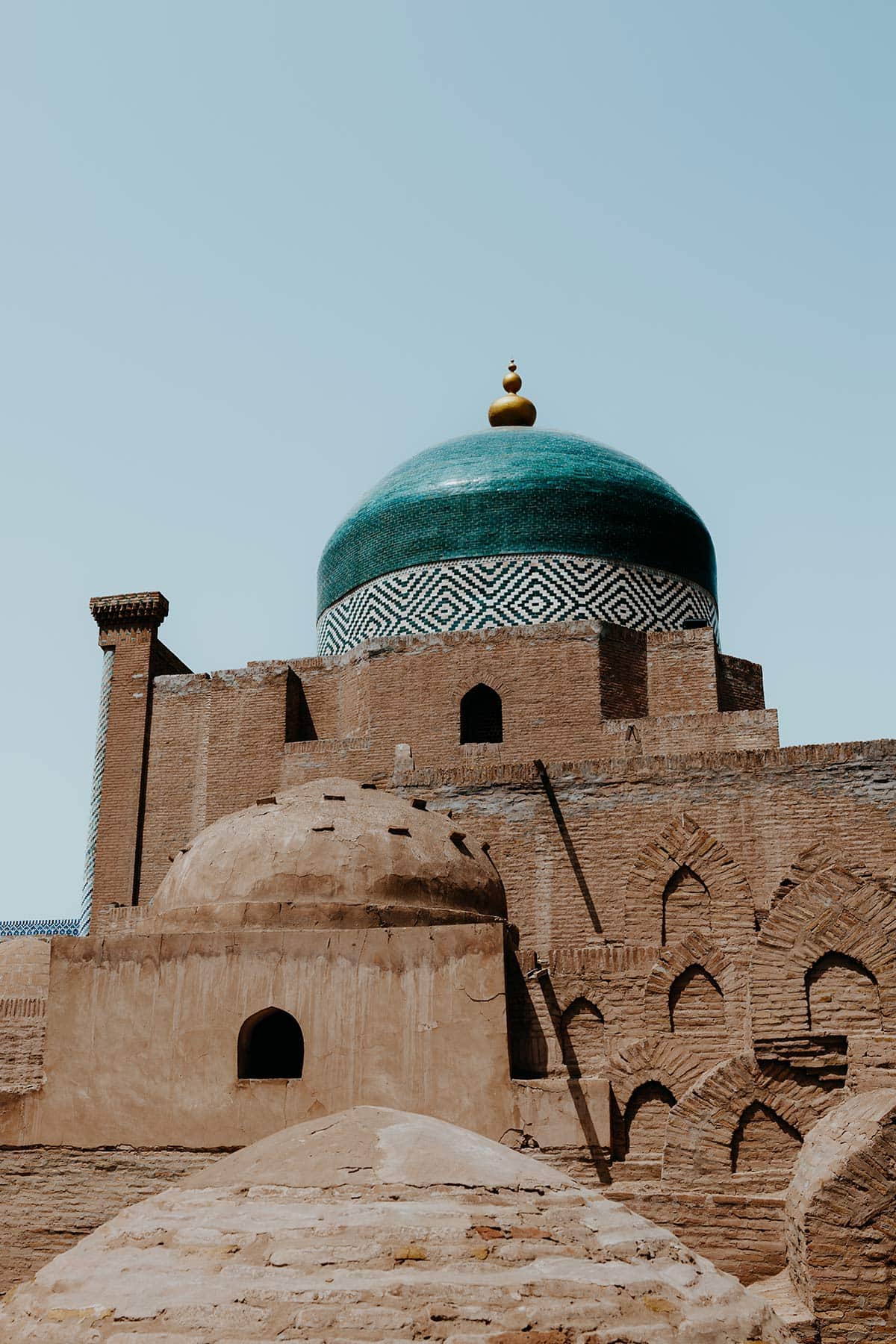
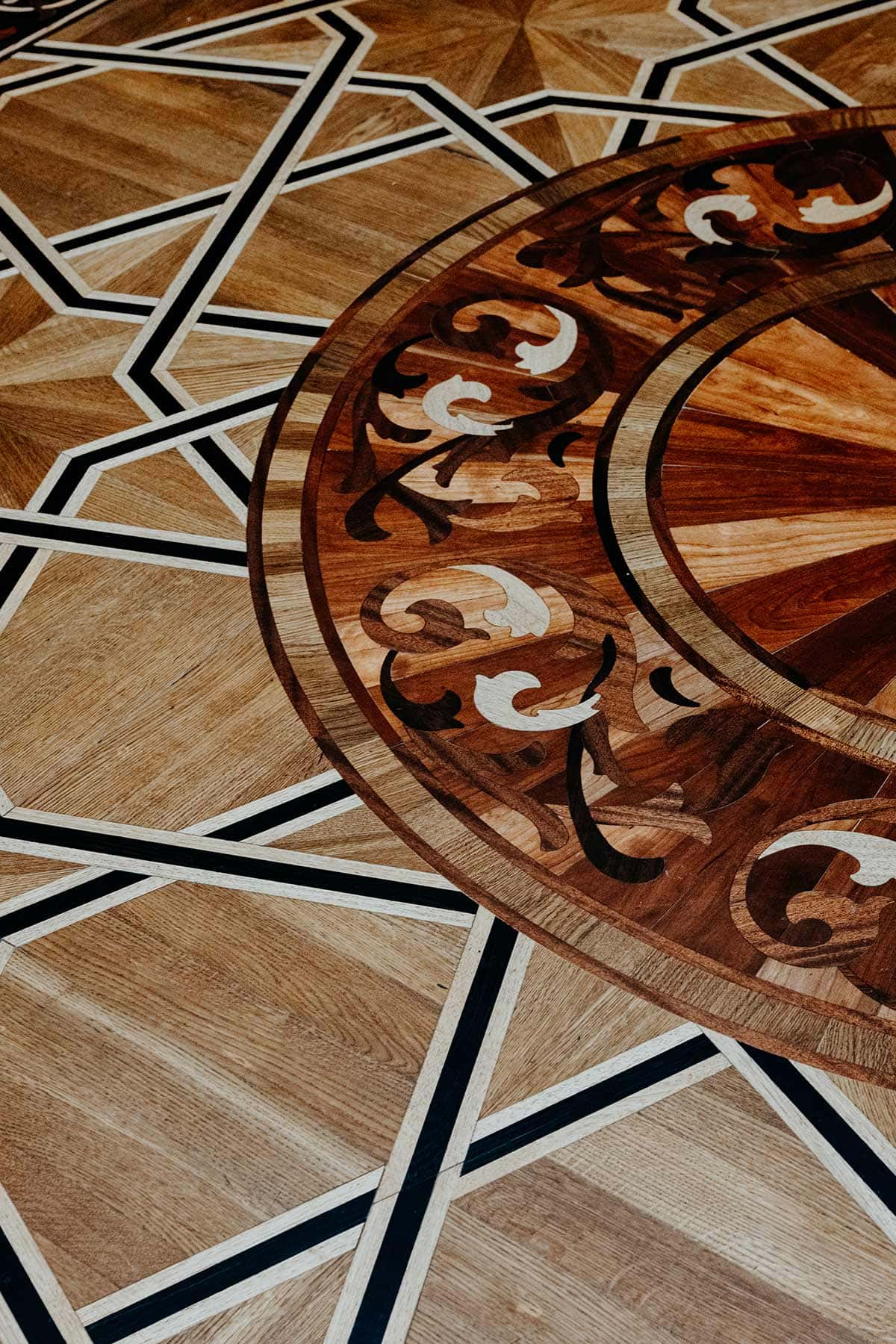
9. Have a coffee with a view at Terassa
Those who have been visiting Where the Souls Wander more regularly will know how much I go out and about to get my hands on a good cup of coffee.
While I have to be honest that coffee and Uzbekistan are not the best of combinations, my coffee at Terassa was actually a lot better than most of the cups I had during my time travelling in Uzbekistan.
Of course, it would be a mistake to expect top-notch speciality coffee in a country that has only become familiar with drinking coffee over the last few years – not to mention the deeply rooted tradition and cultural aspects Uzbeks have with the drinking of tea.
But I was left surprised in the positive sense of the word.
Not sure, if this had anything to do with the incredible views obtained from the Terrace here, which adds a significant amount of extra charm to the experience – it was a welcoming break from the hotel room instant coffees I drank until this point.
You see, Terassa has one of the best views in Itchan Kala, making it an absolutely charming spot to sit down, relax, and watch the world go by while enjoying a good cup of coffee. Don’t forget to grab a mouthwatering Baklava on the side – you won’t regret it.
Where | Terrassa Cafe & Restaurant
Opening hours | Daily 1030 – 2300
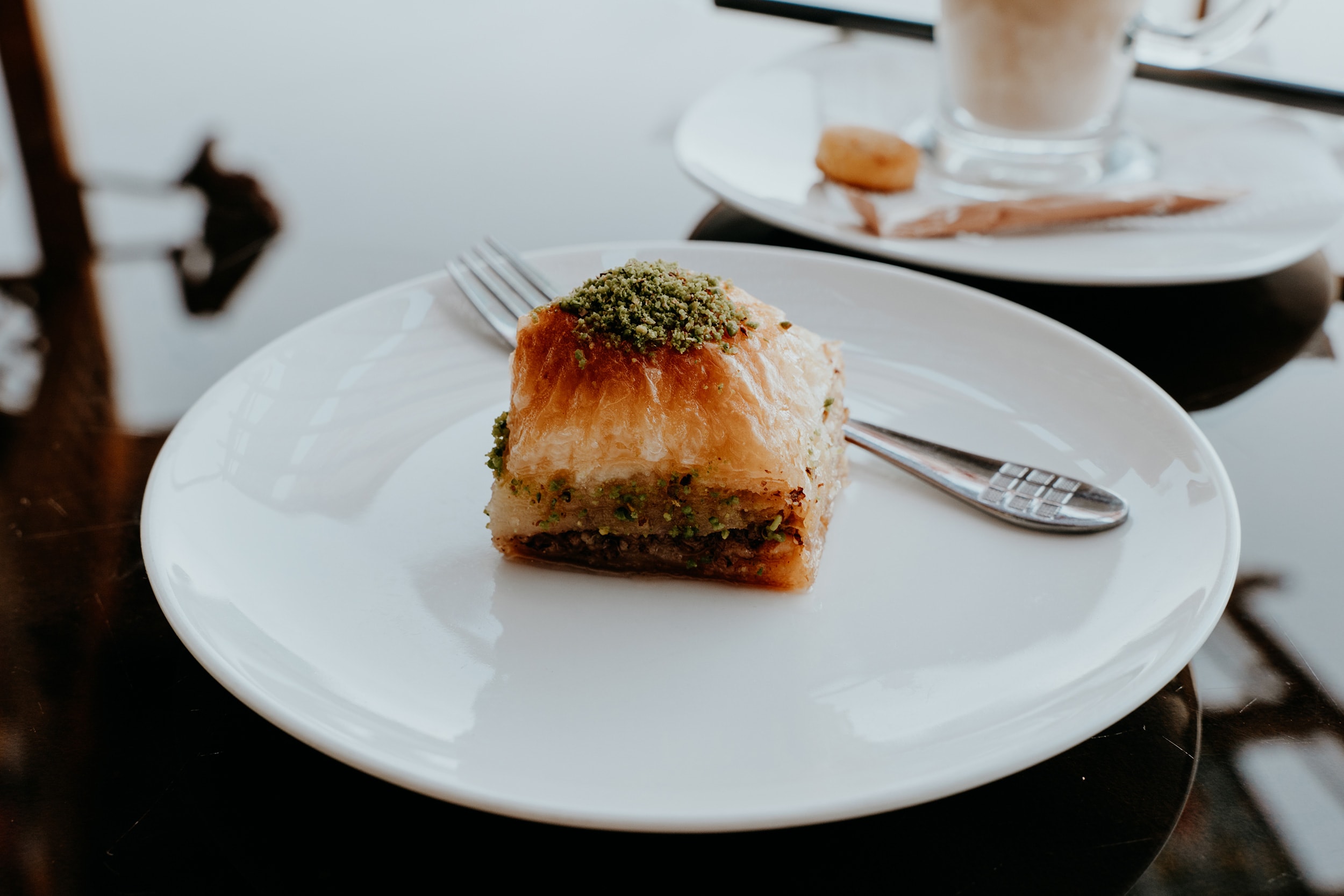
10. Take in the views from the Khoja Minaret
Standing tall and proud above the maze-like laneways of Itchan Kala, the Islam Khoja Minaret, with an impressive height of roughly 56 metres, dominates the skyline of Khiva.
Of course, admiring it from ground level is already something quite special, but to me, climbing the 175 steps to admire Khiva from the top is something different.
You see, as the tallest minaret in the whole of Uzbekistan, and also one of the most charming ones, the Islam Khoja Minaret provides a truly breathtaking panoramic view.
While for some, the ascent to the top can be a bit of a challenge, conquering the winding, narrow staircase to the top is definitely a rewarding one
From atop, you will be reminded of Itchan Kala’s ongoing legacy as a cultural, historical and architectural masterpiece, as its magnificence down below surrounds you from all directions.
But as with most structures in Uzbekistan, the Khoja Minaret is merely one element of a larger complex, in this case, the Islam Khoja Madrasah, which, unlike other complexes in Khiva, is relatively new given its foundations only originated in the year 1908.
Though not as old and historical as its counterparts, the Islam Khoja Madrasah is truly gorgeous, and the region’s iconic mix of blue, turquoise and white tilework makes it blend in seamlessly with the appearance of its older peers.
Where | Islam Khoja Minaret
Opening hours | Daily 0800 – 1800
Entrance fee | 100.000 SOM (€7.50) per person. Not included in the Itchan Kala entrance ticket.
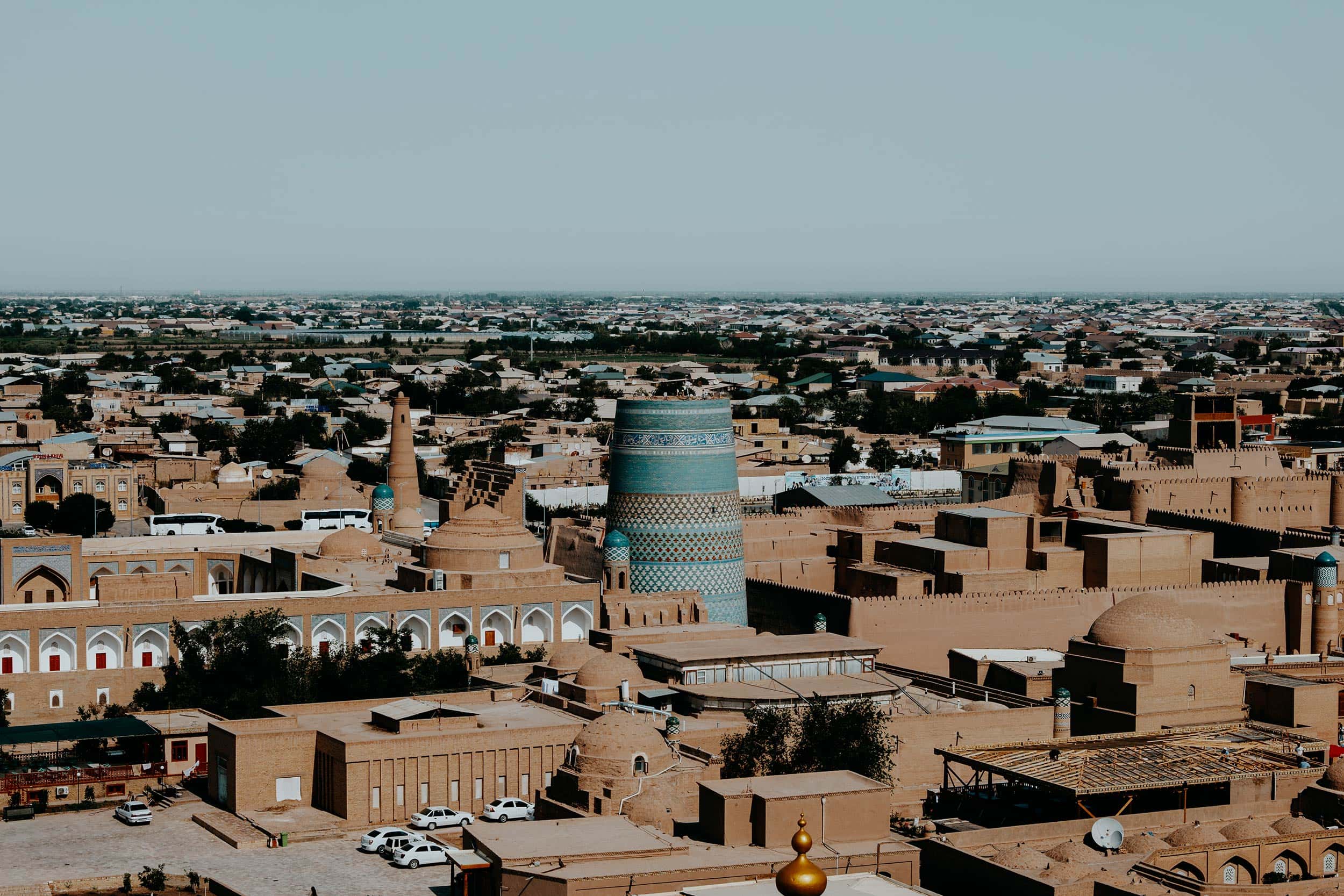
11. Take a stroll through the bazaar
Taking a stroll through Khiva’s lively bazaar is in many ways as if you’re stepping back in time.
Being the centrepiece of all things trade, crafts and culture for centuries, the hustle and bustle found between the endless myriad of market stalls of the Khiva bazaar bring a lively and charming feel to Itchan Kala’s streets. One that I imagine, reflects the unique ambience that prevailed here when Khiva was deemed a major trading hub along the ancient trading route.
At present, Khiva’s bazaar is known for its artisanal craftsmanship, and accordingly, lots of interesting handicrafts are found here, which makes it a great place to pick up a traditional Uzbeki souvenir for either yourself or a loved one.
Just about everything is found right here; from traditional clothing to handwoven carpets, from intricately crafted wooden pen boxes to colourful ceramics, and last but not least; fur stuffed camels – which, of course, I had to bring back home as a gift to my little nieces.
Whether you’re looking for a unique souvenir or simply wish to take in the lively atmosphere, I believe a roam around the bazaar is truly great and the perfect way to get a feel for Khiva and it’s people.
It is worth mentioning, that I’m referring to the bazaar found in Itchan Kala, instead of the one outside of the historical city walls.
Where | Khiva Bazaar
Opening hours | Daily 0900 to 1800
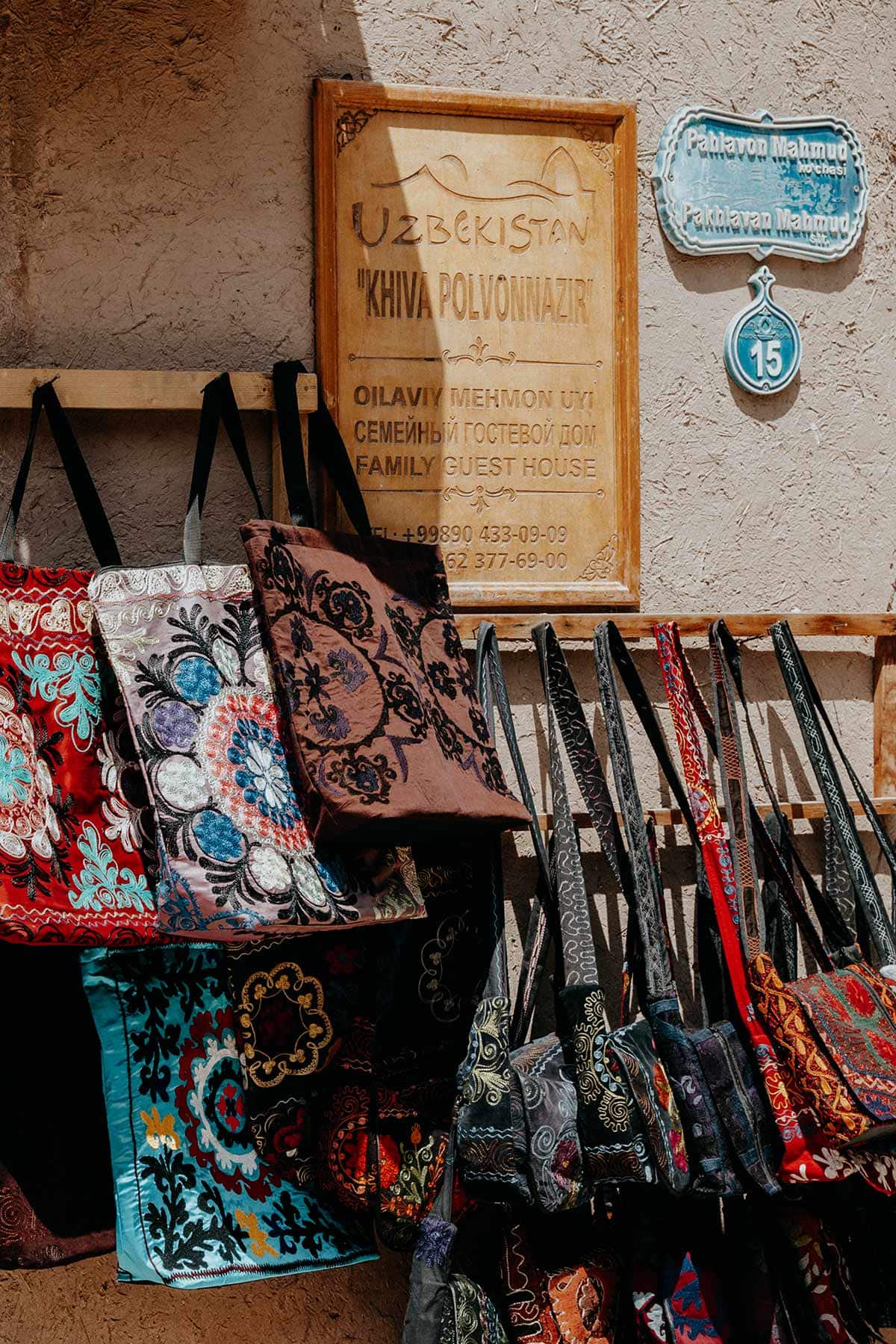
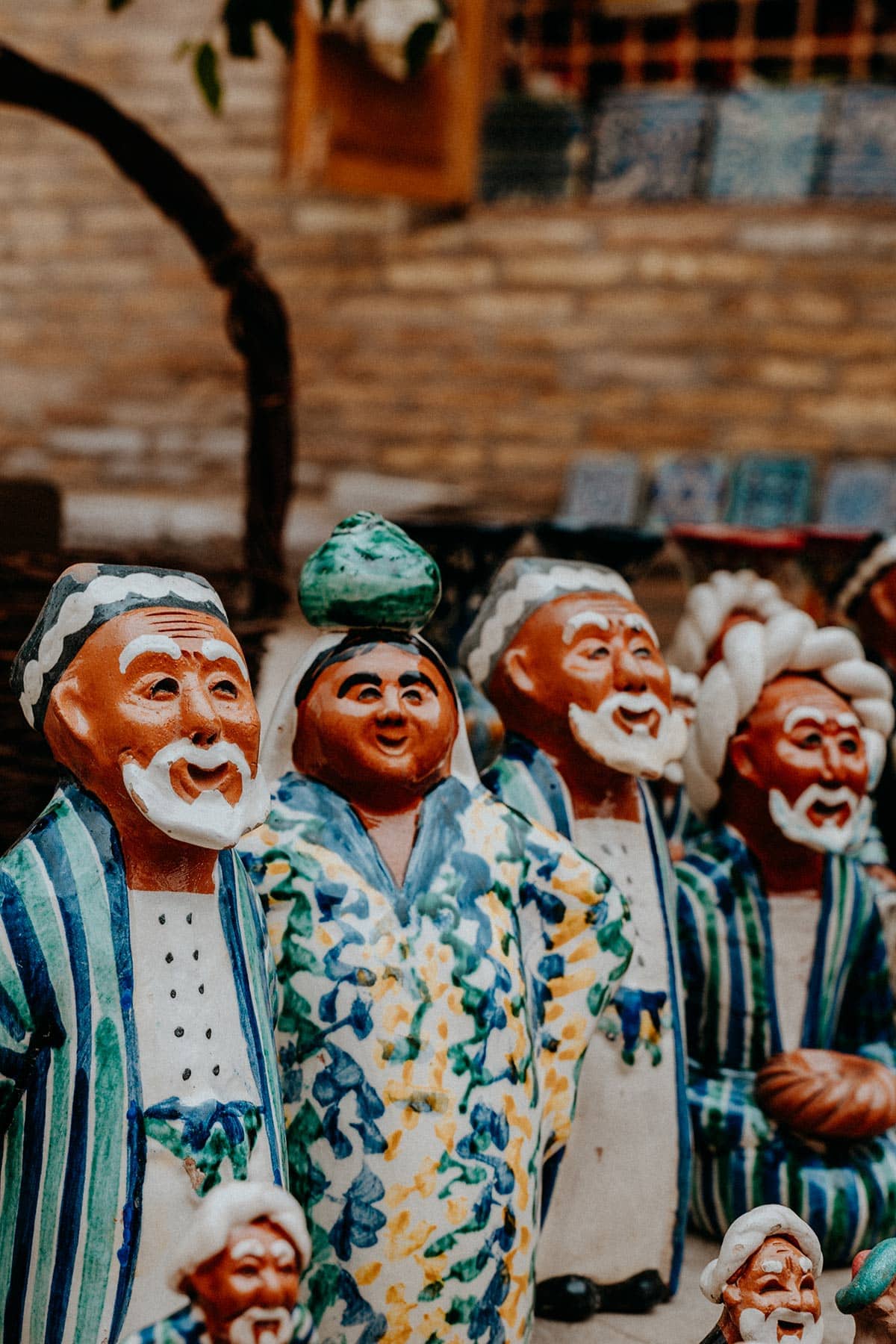
Things to do in Khiva | The essentials
The best time to visit Khiva
Khiva is nestled in the heart of the Khorezm oasis, meaning it has a desert climate with comfortable, dry weather for most of the year.
However, if you wish to fully appreciate everything this incredible Silk Road treasure has to offer, it is essential to time your visit a little more strategically.
You see, Khiva gets scorching hot during the peak summer months of late June to September, while the colder winter months of November to March, surprisingly bring the temperature slightly under the freezing point.
Considering the above, I believe the best time to visit Khiva is during the shoulder months of March to June and September to October, when the temperatures provide the perfect conditions for explorations around the time-worn alleyways of Itchan Kala.
I personally visited Khiva in April and had lengthy days full of sun, and comfortable weather, while I also noticed it was pretty quiet at most of the popular sights, museums and restaurants.
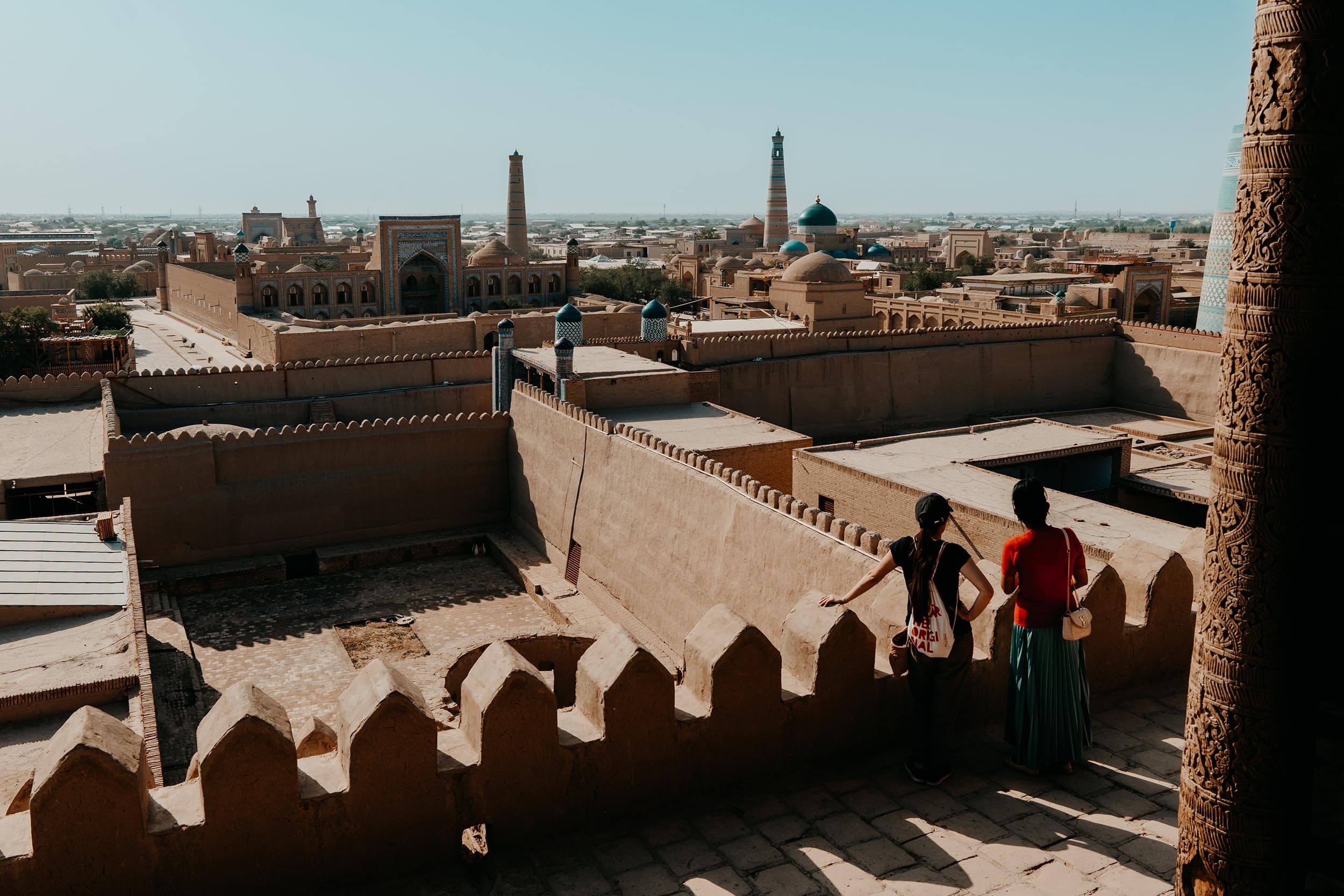
How to get to Khiva
Given that Khiva is located in the far west of Uzbekistan, it is often skipped due to travel durations, connectivity possibilities, or what I would say the lack of resources and information.
Yes, it is true that visiting Khiva takes a little more time, effort, and planning from a logistic perspective, but that doesn’t mean it’s difficult to get there.
You see, Khiva is connected by both air via the Urgench Airport, and by train from all the major hubs within Uzbekistan.
I’d recommend arriving in Khiva by plane from Tashkent and then taking the (night) train to Bukhara before continuing your Uzbekistan itinerary in Samarkand and Tashkent.
By Plane
Khiva is well connected by domestic flights from the international airport in Tashkent to the airport in Urgench, about 30 kilometres from Khiva itself.
The journey itself is pretty straightforward and takes about 1.5 hours and in general, shouldn’t break the bank, with one-way flights averaging around the €100,- mark.
If you’re looking to find a flight to Uzbekistan, I would advise using Skyscanner, a super easy-to-use website that lets you compare a large selection of airlines and travel companies, allowing you to find the best possible rates.
Once you arrive in Urgench, it will take about 45 minutes by taxi to reach Khiva – this will set you back around 450 SOM (€5,-).
By Train
Easily one of the most challenging journeys in Uzbekistan in terms of duration and related fatigue, getting to Khiva by train is not for the faint of heart.
But one thing it definitely is, is rewarding – okay, and a little exhausting too.
You see, I believe taking the journey from Bukhara to Khiva by train (or vice versa) is easily one of the most authentic experiences one can have in the whole of Uzbekistan.
The train from Bukhara to Khiva takes roughly 7 hours and starts from 146.850 SOM (€16,50) for a sleeper, upwards to 195.330 SOM (€21,90) for a coupe, and 332.470 SOM (€37,30) for an SV, which equals First Class in Russian.
For more information on departures, train schedules and tickets, see the official Uzbekistan Rail website.
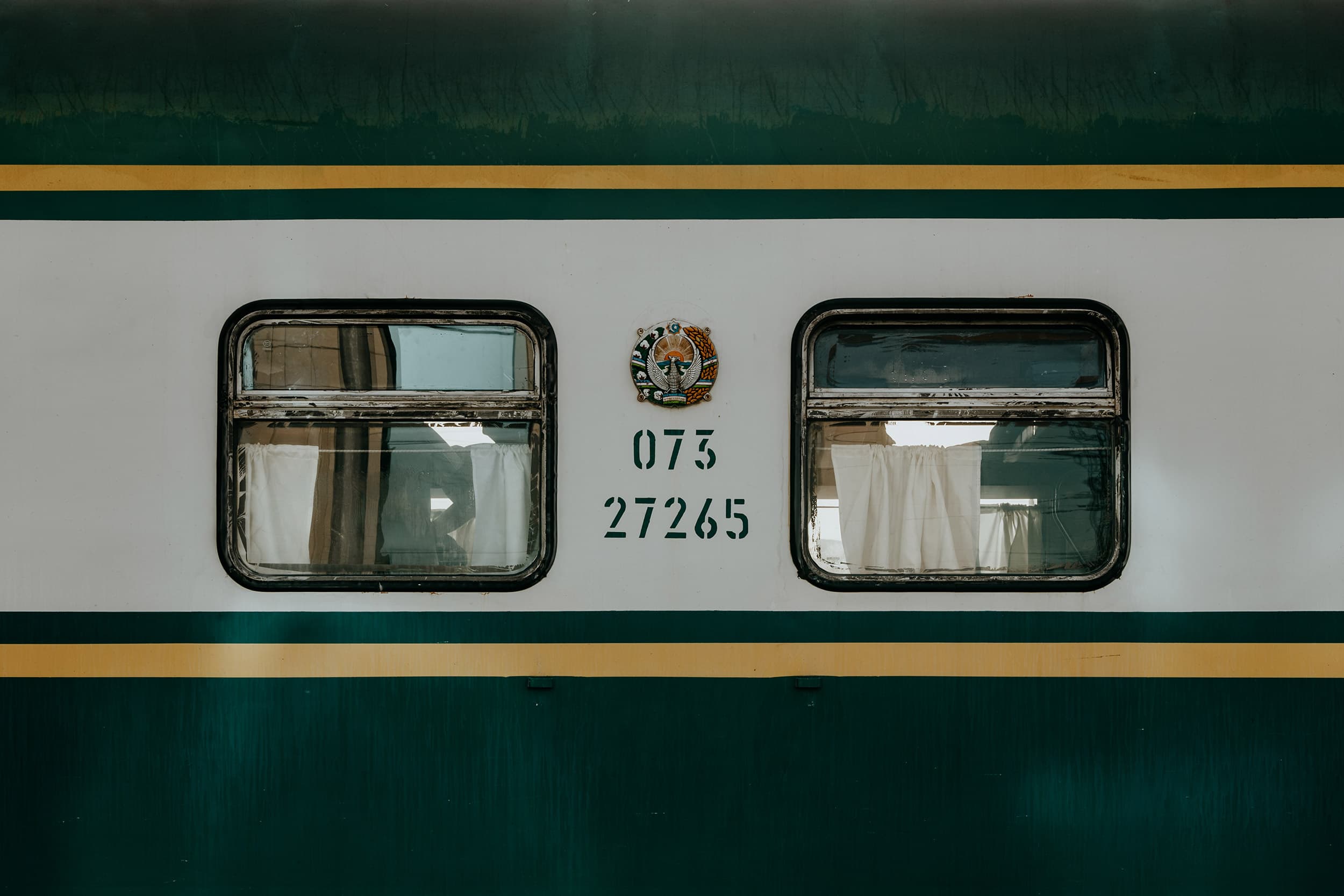
Uzbekistan travel essentials
While Uzbekistan is extremely convenient for travellers, travelling here will come with a unique set of needs, meaning you have to prepare a little before embarking on your journey.
Some items I recommend bringing include:
Uzbekistan SIM card | First things first. Upon arrival in Uzbekistan, I highly recommend buying yourself a local SIM card with a data plan, given it will make anyone’s travels here significantly more convenient. Curious about the details? Read my guide to a Uzbekistan SIM card here.
Reusable water bottle | One travel essential that I carry with me at all times is the Grayl Geopress. This reusable water purification bottle allows me to fill up water from nearly every water source, making it one of my best investments to date.
Sun protection | Since Uzbekistan will most likely be fiery hot during the peak travel months, I’d highly recommend bringing quality sunscreen with at least 30SPF and a hat to cover your head.
Powerbank | When travelling through Uzbekistan, you don’t want to risk being in an uncharted area with an empty device in your hands. For that reason, I believe it’s crucial to carry a power bank with you at all times.
Earpods or headphones | If you’re following this itinerary, I can’t stress it enough to bring some high-end earpods or headphones, given the journey from Bukhara to Khiva by night train can be quite hectic happening.
Camera gear | Like most places in Uzbekistan, Khiva is truly stunning, meaning loads of incredible photography opportunities will arise when exploring. For that reason, I’d highly recommend bringing your camera gear, so you can capture loads of photos while there. If you’re curious to learn about my photography gear, make sure you give my ‘What’s in my Camera Bag’ guide a read too.
Leave no footprints | During my travels in Uzbekistan, I noticed that the cities and their people are really neat when it comes to cleanliness and littering. It’s up to us to respect the locations we’re visiting and keep it that way.
Safety in Uzbekistan | Travel insurance
When travelling this big wide world, I never go on an adventure without my essential travel insurance sorted out, and though I never felt unsafe in Uzbekistan, I advise anyone travelling here to do the same.
While I believe it’s unlikely to experience any problems when following the suggestions in this guide, something unfortunate could happen at any given time, whether it’s an injury, a stolen camera, or an unforeseen cancellation.
For travel insurance, I use Heymondo, as they offer full COVID-19 coverage, as well as a handy app with 24-hour medical assistance. Make sure you check it out – readers of WTSW receive 5% off any insurance policy too.
Cheers!
I’ve been on this travel blogging journey since 2019.
If you appreciate what I do here, these are some ways you can support me.

Plan your Uzbekistan itinerary with these essential guides
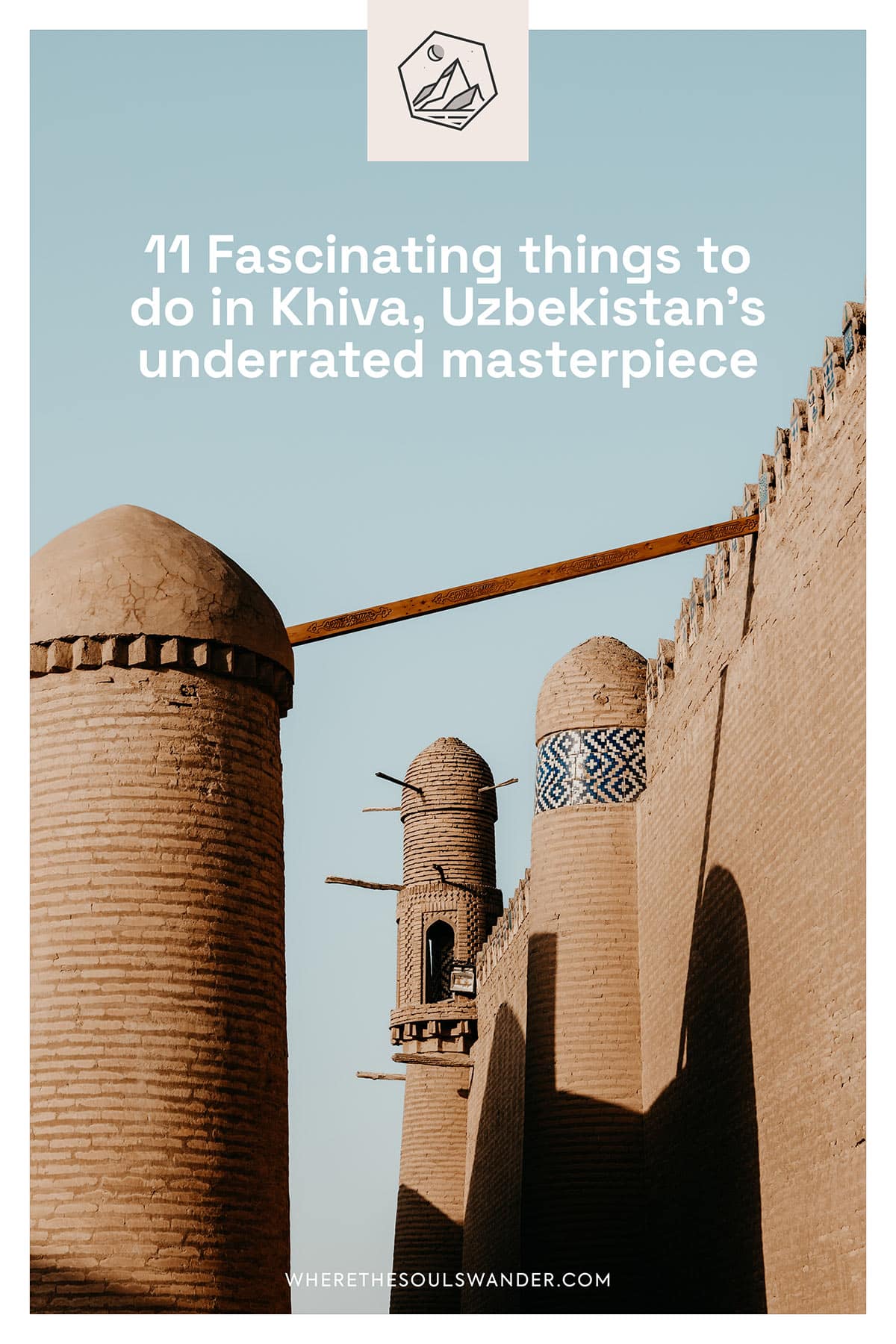
My 2-week Uzbekistan itinerary: Uncover the best of the ancient Silk Road
In today’s day and age, there remain only a few destinations in the world that evoke the feeling that you’re about to explore an entirely unknown world – Uzbekistan is absolutely one of them.
It’s a mesmerizing country that is still relatively unexplored by the masses, offering travellers an authentic off-the-beaten-path travel experience – one they will not easily forget.
Once the heart and soul of the ancient Silk Road that connected the East and the West, Uzbekistan is a place like nowhere else in the world, and one I’d so eagerly wanted to witness with my own eyes for many years.
This year, I finally packed my bags and ventured to this hidden gem within the increasingly popular Central Asia region, where ancient cities filled with towering minarets, awe-inspiring domes, and intricate tilework, laid the foundation for one of my most memorable trips in 2023.
In just two weeks, I stepped into the footsteps of renowned Italian explorer Marco Polo and uncovered the majestic Silk Road cities of Samarkand, Bukhara and Khiva, where I admired ancient architectural masterpieces, roamed around authentic Central Asian bazaars, and sampled some of the most delicious Uzbek dishes – this trip was a true blessing.
I also took an authentic sleeper train that dated back to Soviet times, watched artisanal craftsmen practise their arts and skills, explored the vibrant capital city of Tahskent, and ate a few too many Ljulja Kebabs here and there – you can’t blame me (those who know, know).
In this in-depth Uzbekistan itinerary, I share my day-to-day itinerary overviews, as well as my first-hand travel advice on where to stay, when to visit, how to get around and more.
Here’s my 2-week itinerary for Uzbekistan, a charming country that will effortlessly awaken the adventurer within you – enjoy this unique once-in-a-lifetime journey.
If you choose to use any of the links on this page, I receive a small commission at no extra cost to you. By using these links, you’ll have a direct impact on WTSW and support me to continue to create free insightful travel content for you. If you find any of my tips useful, you can support me by buying a virtual coffee here.
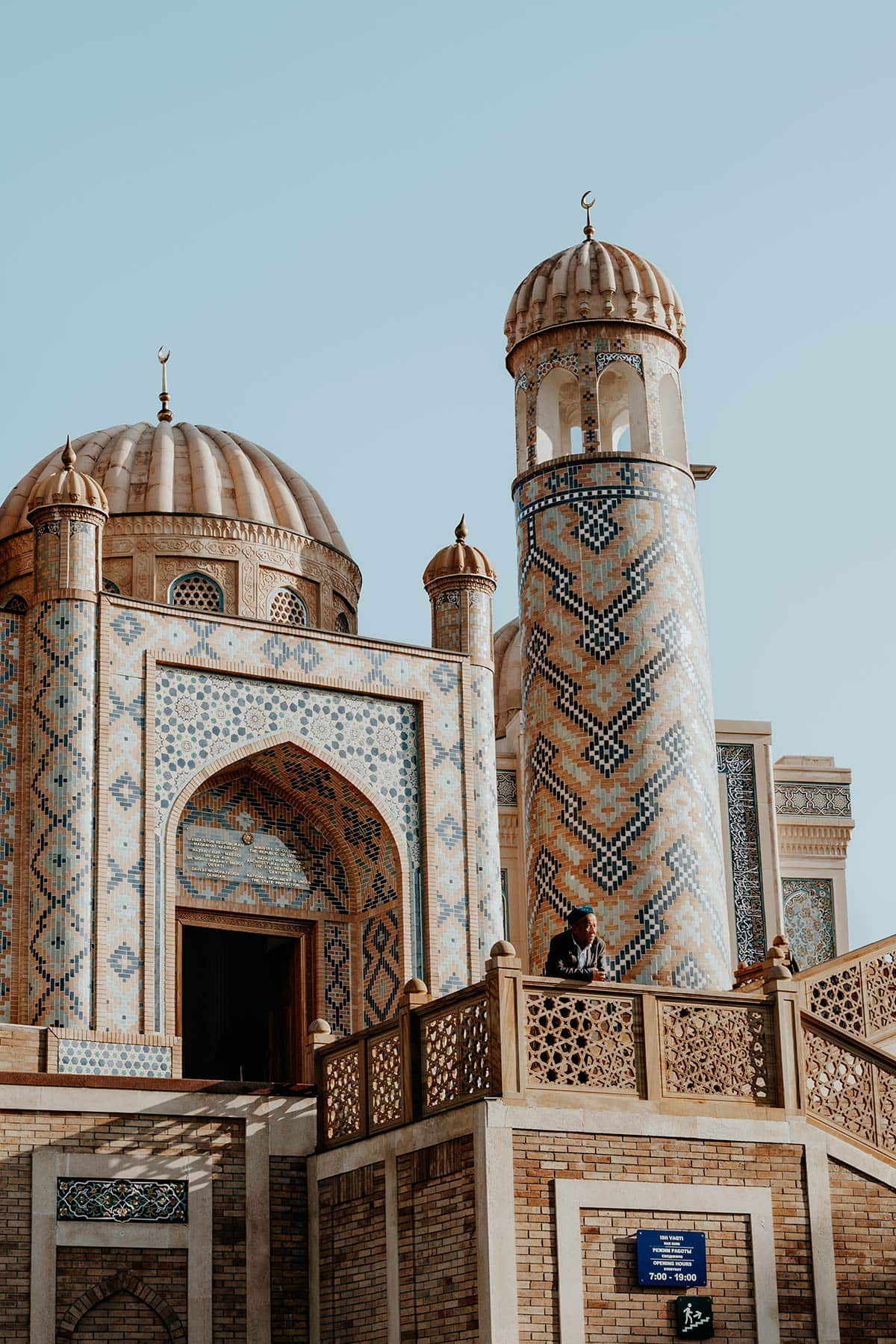
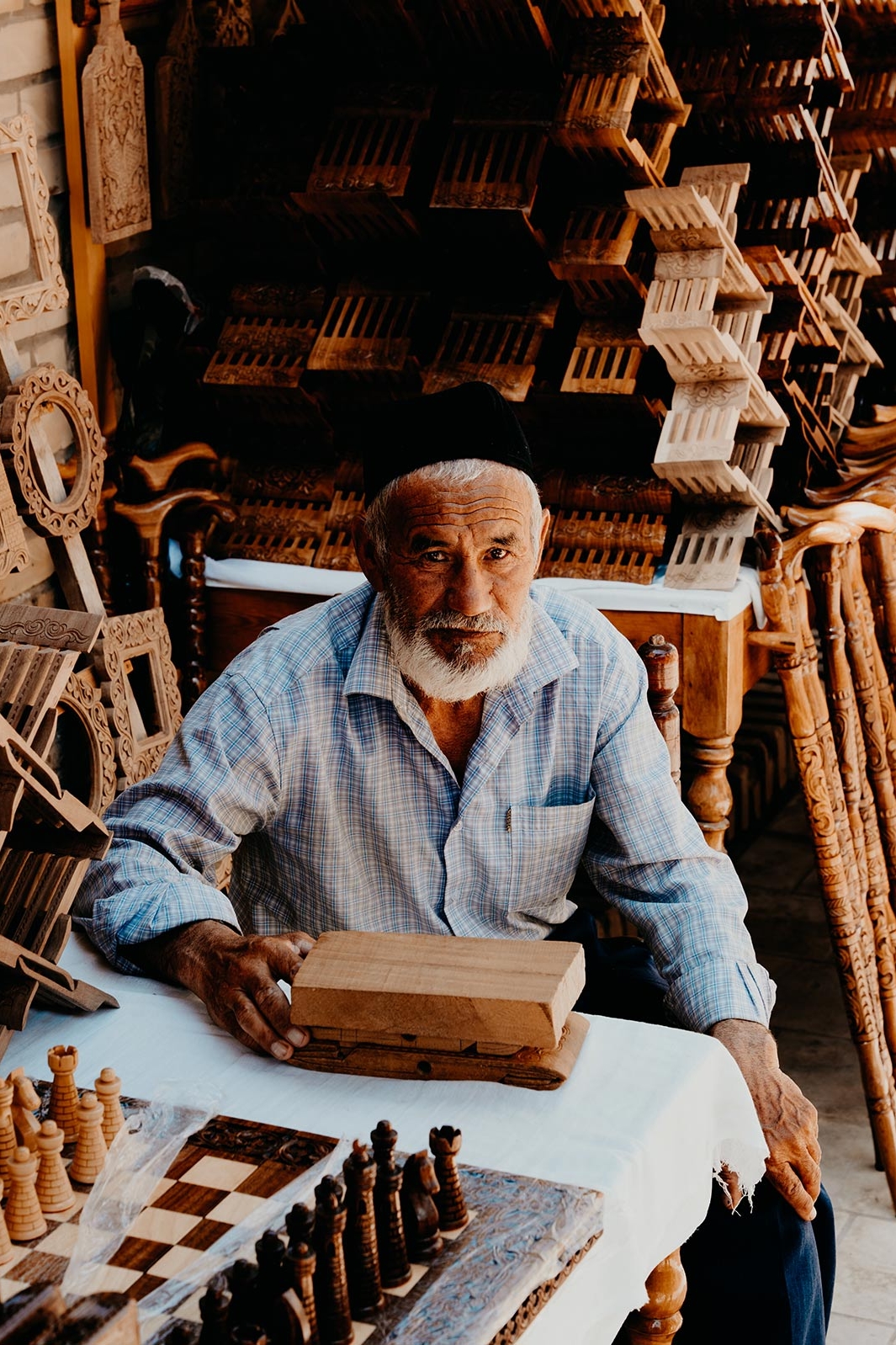
Where is Uzbekistan
Uzbekistan is a fascinating country in the heart of Central Asia and is bordered by five of the ‘Seven Stans’, including Kazakhstan, Kyrgyzstan, Tajikistan, Afghanistan and Turkmenistan.
Once one of the most important places along the ancient Silk Road due to its exceptional strategic position, Uzbekistan is an intriguing melting pot where world cultures intertwine, as it connects civilizations from the East and West.
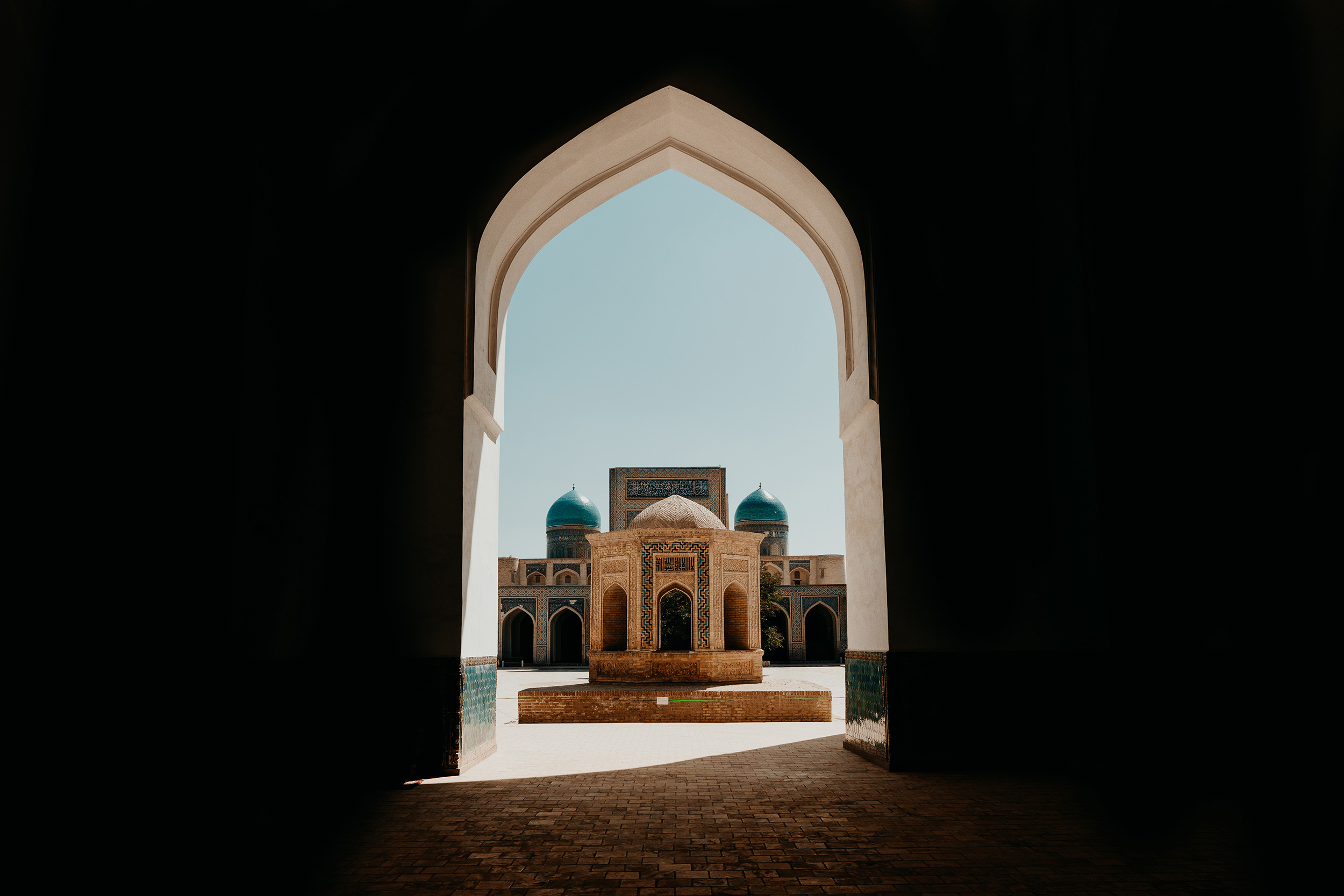
Where to stay in Uzbekistan
Even though Uzbekistan is relatively new to tourism, accommodation to suit any travel style and budget can be found here.
Whether you’re after a budget-friendly hostel, a boutique-style luxury hotel, or something in between, Uzbekistan has no shortage of excellent accommodation options waiting for your visit.
One of the first things I noticed, was that the standard of accommodation in Uzbekistan is very good, yet exceptionally cheap in comparison to equivalent options found in the Western world.
Those travelling on a budget could find accommodation for as cheap as €20,- per night, while those keen to splurge have tons of options to choose from in the €50 – €200 range.
Hotels & Guesthouses | Find the best hotels and guesthouses in Uzbekistan on Booking.com
Hostels | Find your hostel in Uzbekistan here
I’ve also listed the accommodation where I stayed during my time in Uzbekistan, which can be found at the end of every destination within this itinerary.
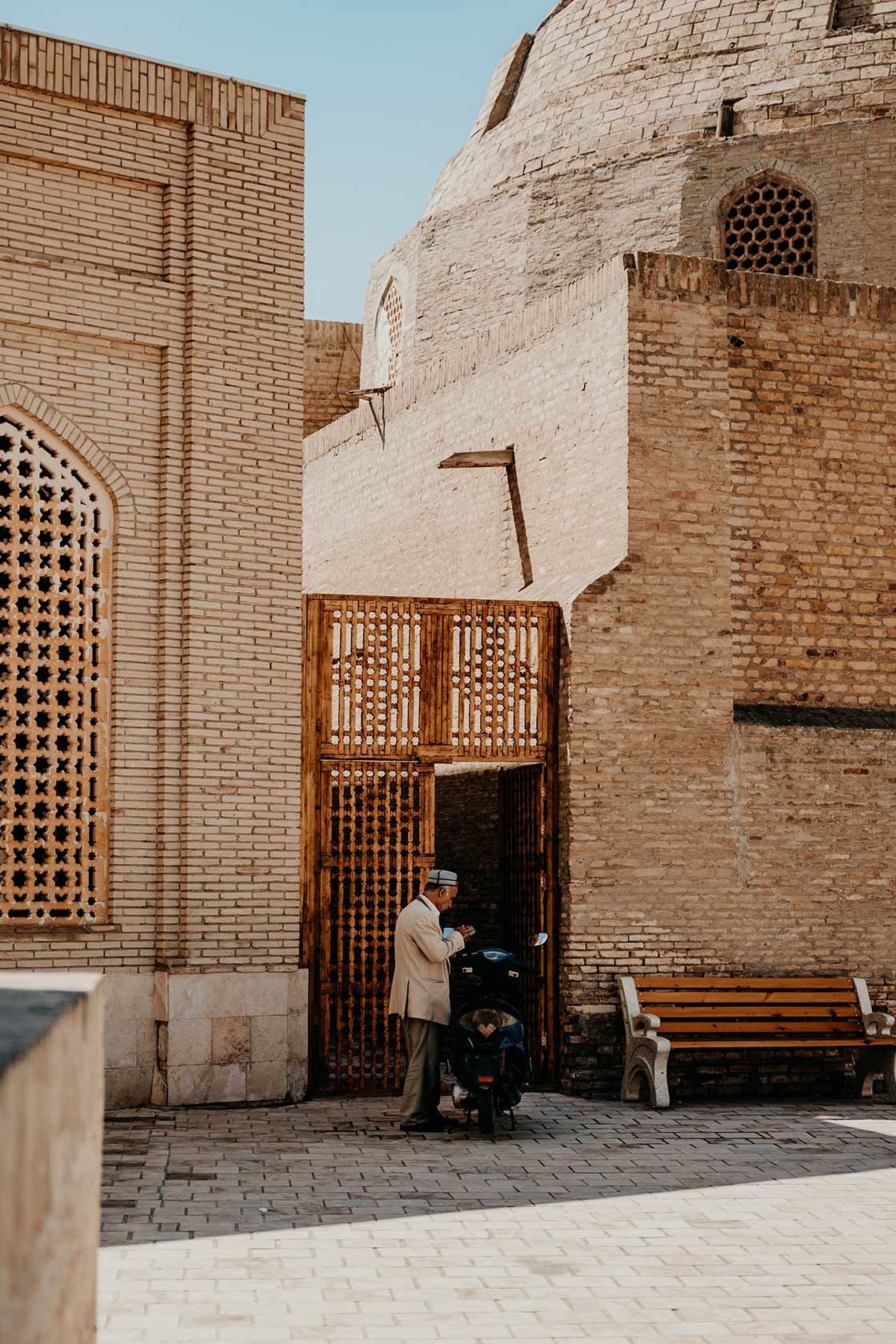
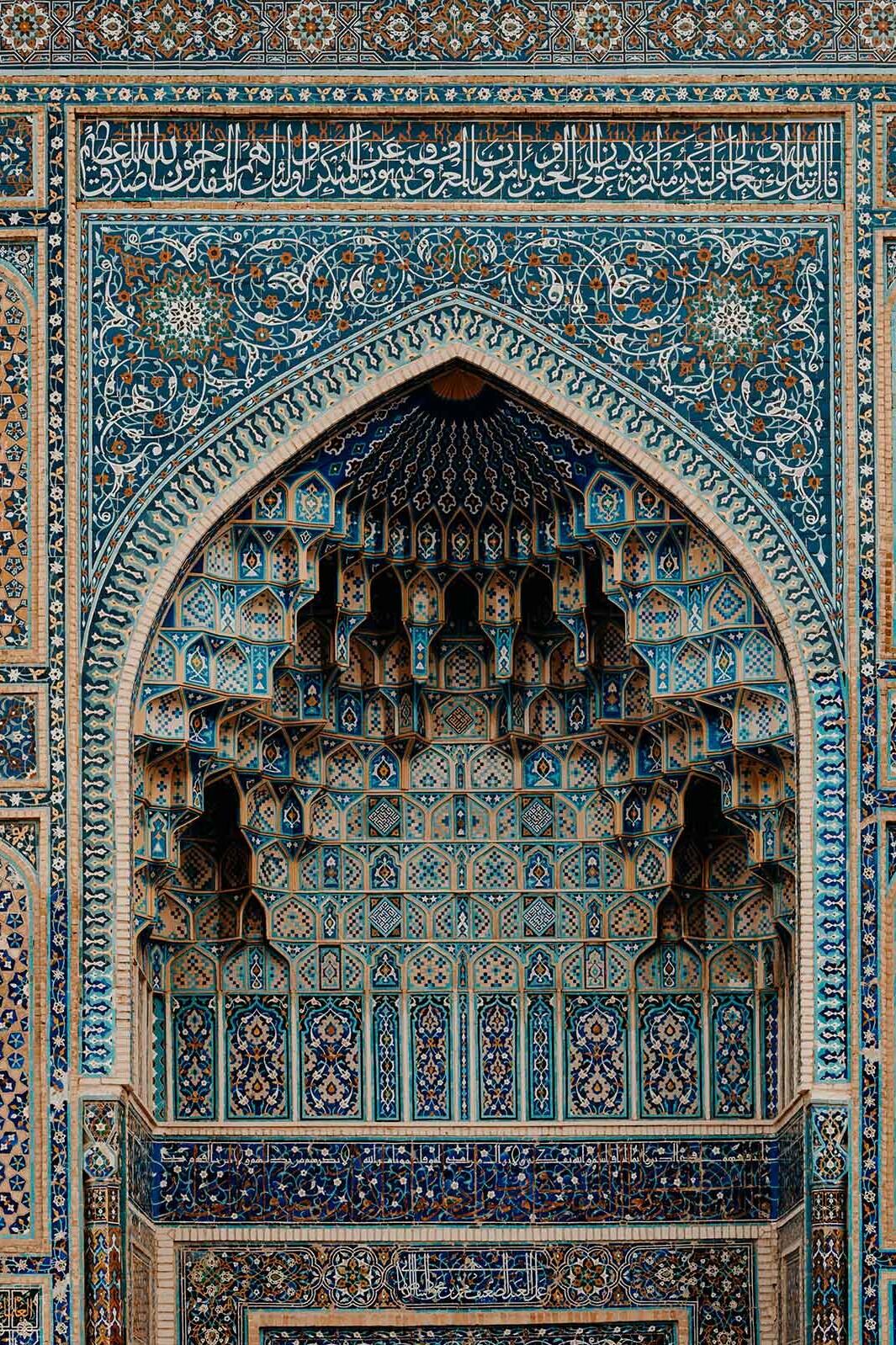
My 2-week Uzbekistan itinerary | Day-by-day
Day 1 – 3 | Tashkent
In most cases, your first point of call on your Uzbekistan itinerary will be Tashkent, the country’s lively capital, where you’ll find the international airport and most likely enter the country.
Known as the largest city in Central Asia, Tashkent is in my opinion a little undervalued compared to other more famous Silk Road cities in Uzbekistan, and therefore often used only as a stepping stone to Samarkand, Bukhara and Khiva.
I, on the other hand, absolutely loved Tashkent and what it had to offer and would clearly recommend spending at least two days here to get one’s bearings and enjoy the many fascinating historical sights.
It’s a city that marches to the beat of its own drum, with a plethora of cultural and historical heritage, enchanting architecture, both modern and old, while having no shortage of excellent restaurant options too.
Though I hope you’ve read my guide to Tashkent (coming soon), here are some suggestions to get a better understanding of Tashkent:
- Roam around the Chorsu Bazar, and experience the hustle and bustle of local life
- Explore the Hazrat Imam Complex – and admire the Samarkand Kufic Quran, which is widely considered the oldest Quran in the world
- Take a look around Tashkent’s impressive Amir Temur Square and enjoy the many surrounding sights
- Visit the Memorial to the Victims of Repression – an impressive memorial dedicated to the people who fought for the independence of Uzbekistan during the times of the Soviet Union
- Sample exceptional Central Asian food – some of my favourite restaurants include Plov City and Na Nebe
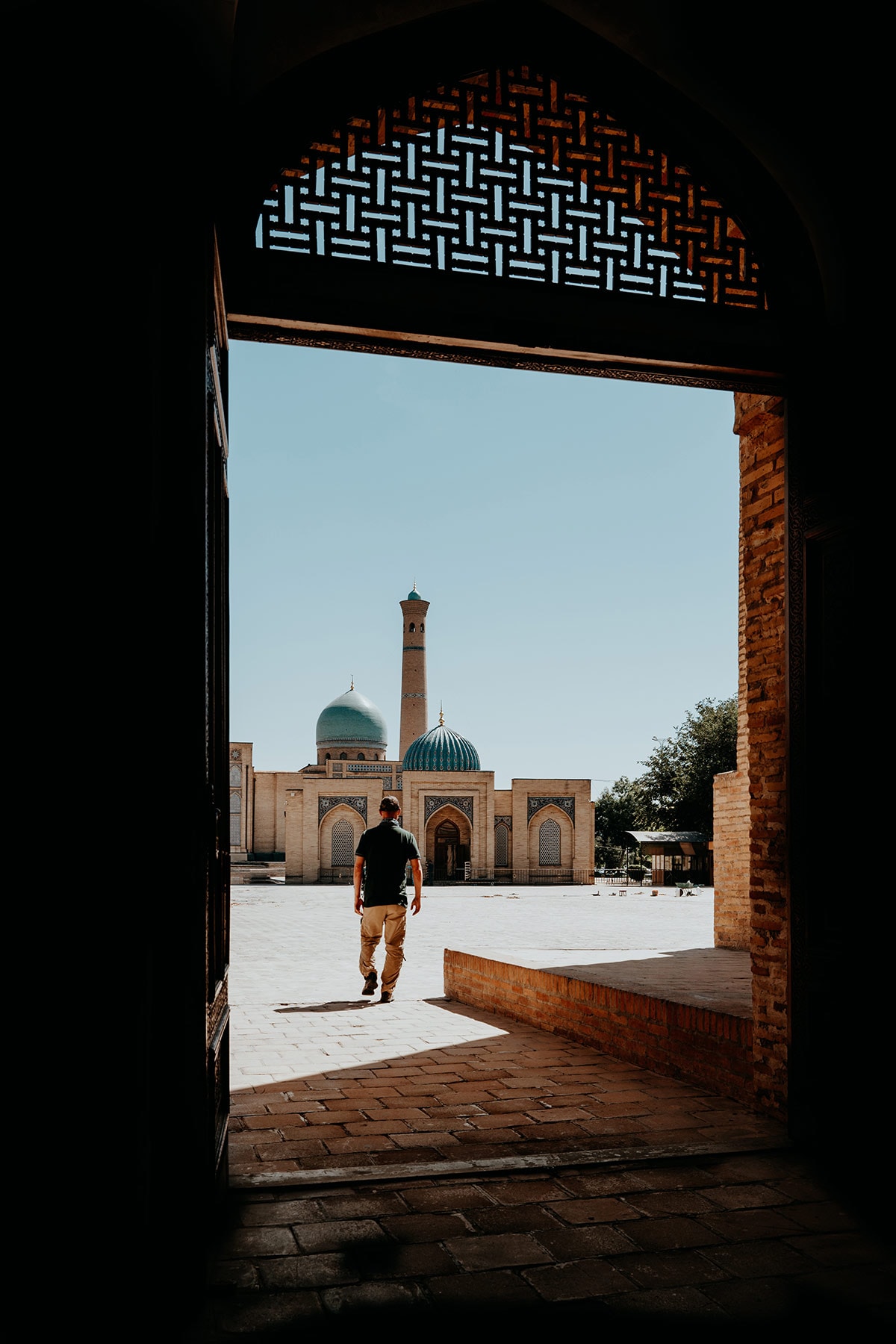
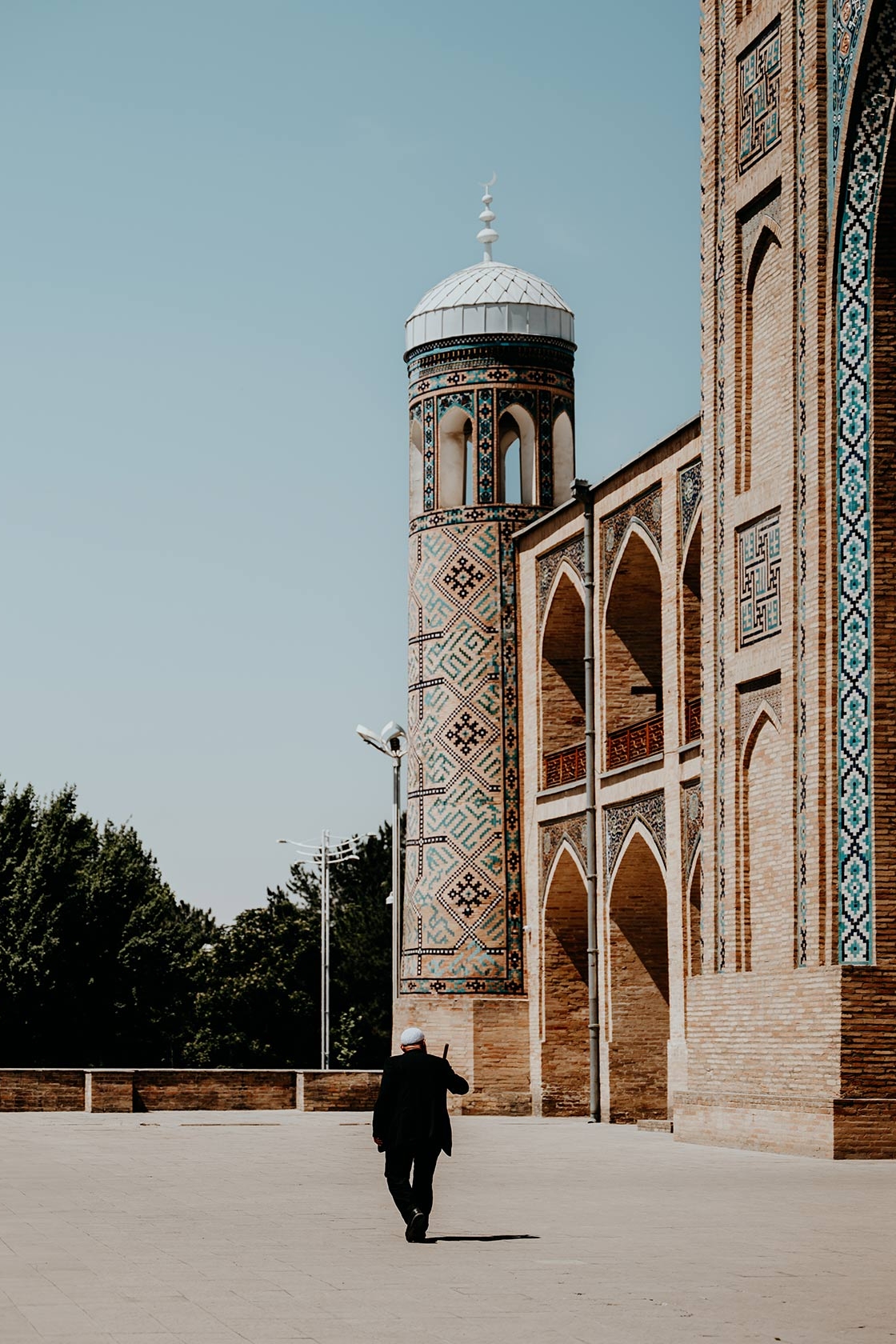
Where | Tashkent
Where to stay in Tashkent | I stayed in the stylish Hyatt Regency Tashkent, which was such a comfortable experience after a long flight. Prices and availability here.
You can find alternative accommodation options in Tashkent here.
Read more | For all the best things to see and do in Tashkent, check out my guide here.
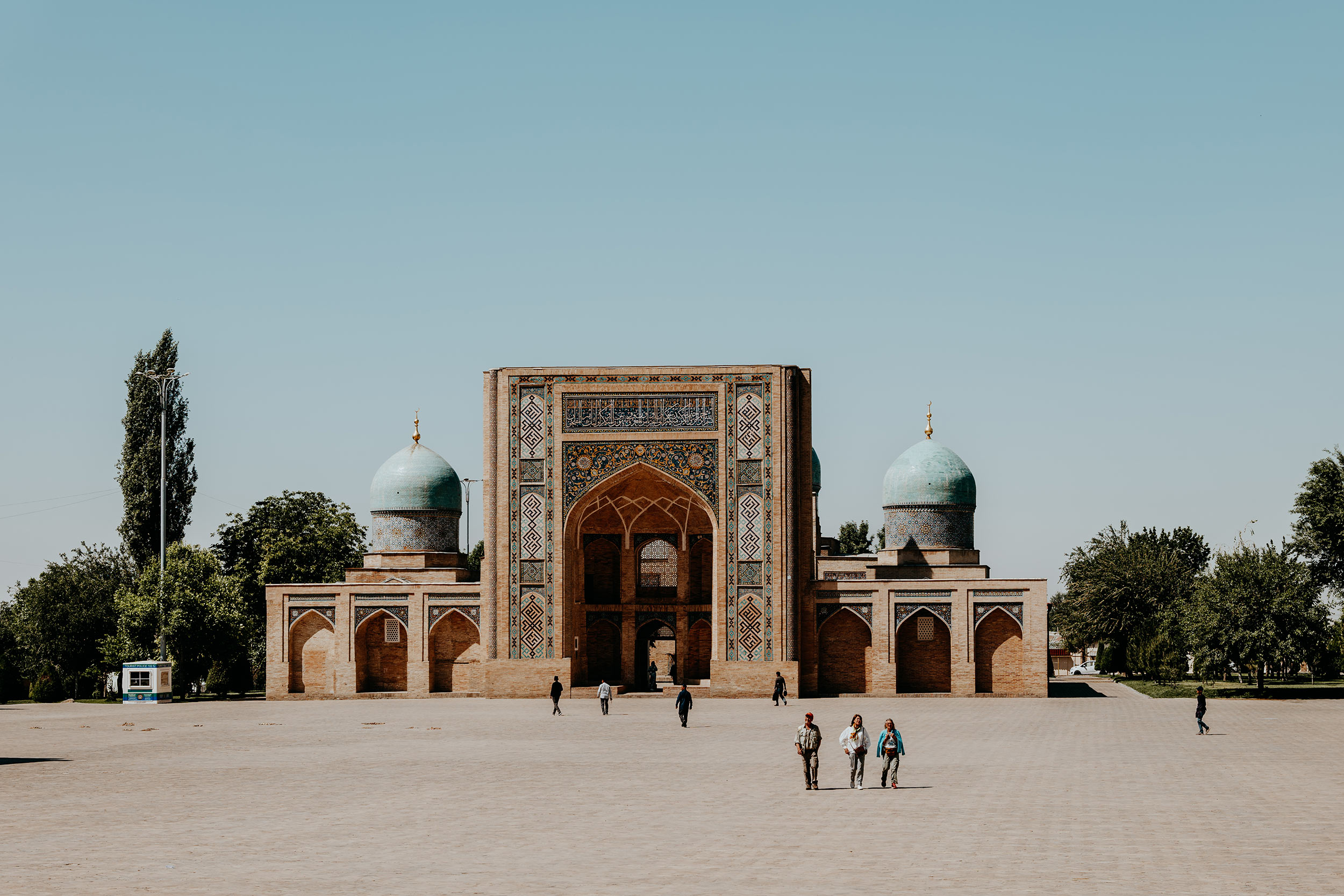
Day 3 – 6 | Samarkand
After a few days exploring Tashkent, it’s time to jump aboard the high-speed train to Samarkand, one of the oldest cities in the world and easily one of the most appealing destinations on this two-week Uzbekistan itinerary.
Often nicknamed the crossroads of world cultures, Samarkand was once one of the most important settlements along the Silk Road, which is still very much noticeable at present, given the many breathtaking architectural masterpieces that were left behind.
Due to its exceptional strategical position, Samarkand has always been of great significance, and therefore the city has attracted the attention of many famous conquerors throughout its 2500 years of history, including the likes of Alexander the Great, Genghis Khan and Timur (Tamerlane) to mention but a few.
Samarkand also sparked the interest of renowned world traveller Marco Polo, who is widely known for his travels along the ancient Silk Road.
Following his footsteps to this stunning UNESCO World Heritage sight is truly something out of this world and an absolute highlight on any Uzbekistan itinerary.
Given Samarkand is Uzbekistan’s most famous stop, it does get super busy here, especially when visiting during the peak of high season.
Here are some of my favourite places to visit in Samarkand:
- Visit Gur-e-Amir and discover the resting place of the great conqueror Tamerlane
- Discover amazing local art at the Happy Bird art gallery
- Explore the extensive Registan Square, by far the best-known place in Uzbekistan
- Behold the intricate architecture of the Samarkand school at the Hazrat Khizr Mosque
- Explore the opulent mausoleums of Shakhi-Zinda – my favourite place in Samarkand
- Visit the Bibi Khanum Mosque and explore the extensive courtyard
- Take a wander around the Siab Bazaar, and mingle with the locals
+ Read more | For a more thorough approach, make sure you check out my in-depth guide to Samarkand for inspiration, travel advice and the essentials.
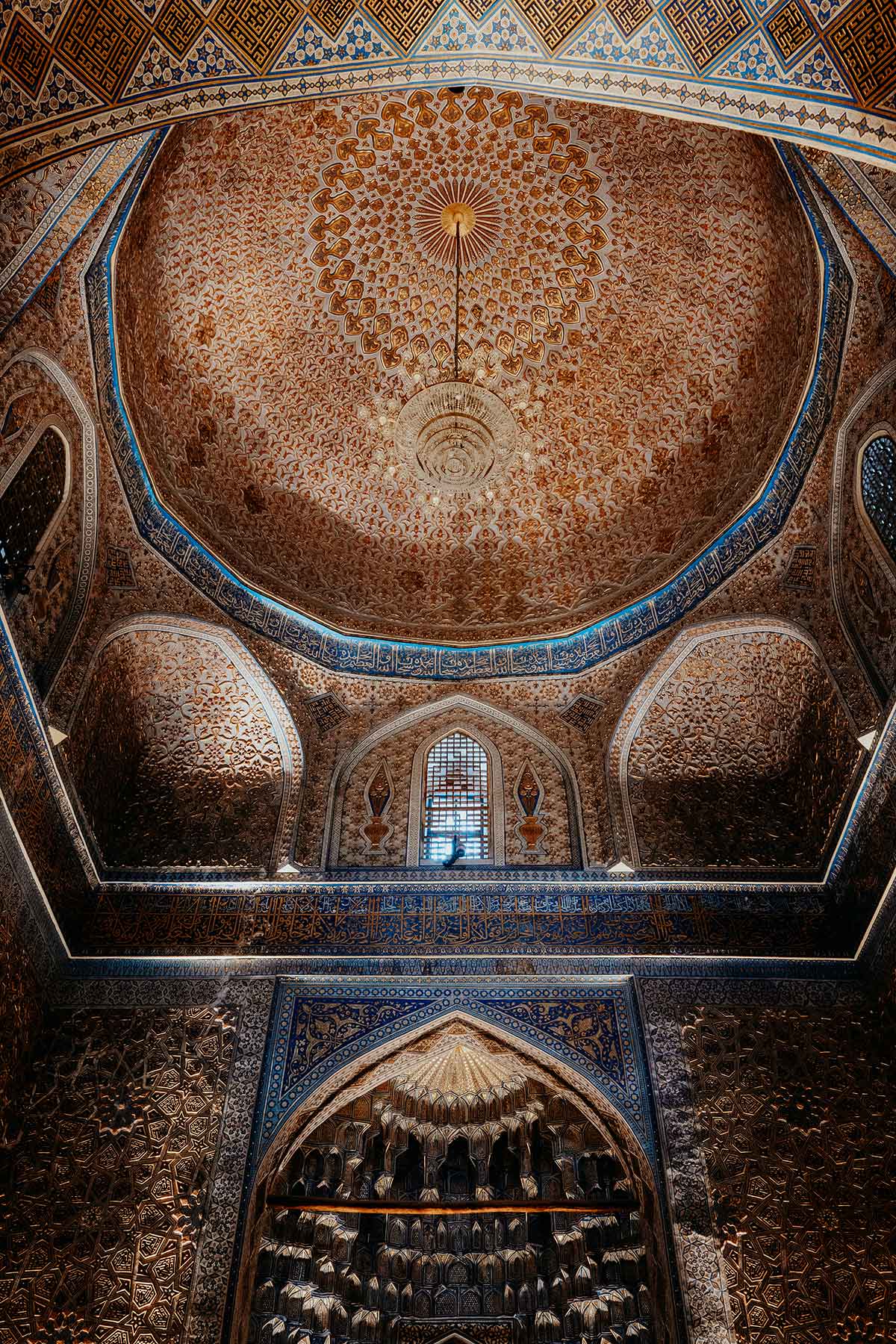
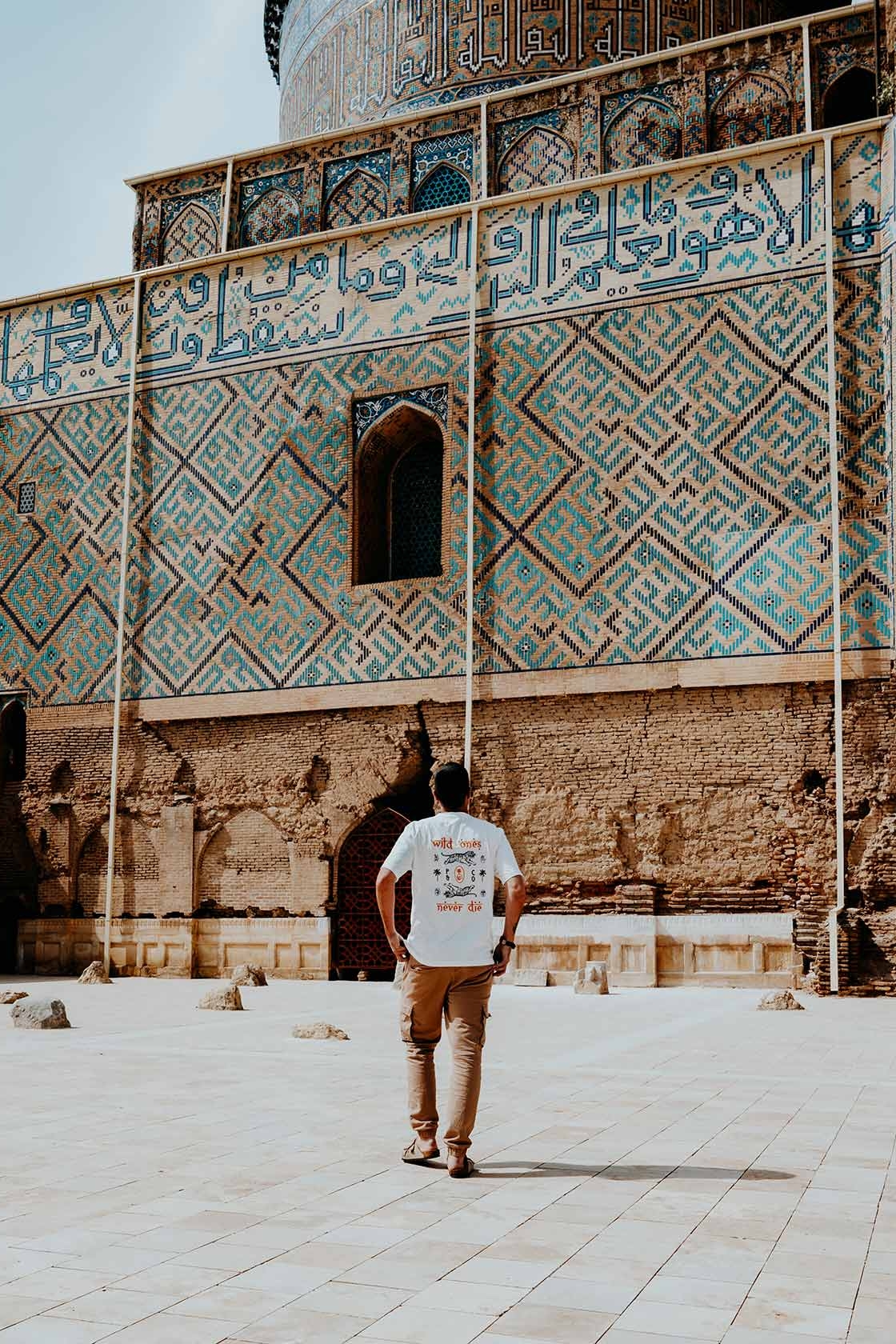
Where | Samarkand
Where to stay in Samarkand | Malika Prime Hotel is a semi-luxury option and a great bang for your buck. Prices and availability here.
Search alternative accommodation options in Samarkand here.
How to get from Tashkent to Samarkand | The journey is best done by the Afrosiyob high-speed train, and takes about 2 hours. It’s scenic, relaxed and pretty straightforward. The high-speed train departs 5 times a day, for up-to-date information, see here.
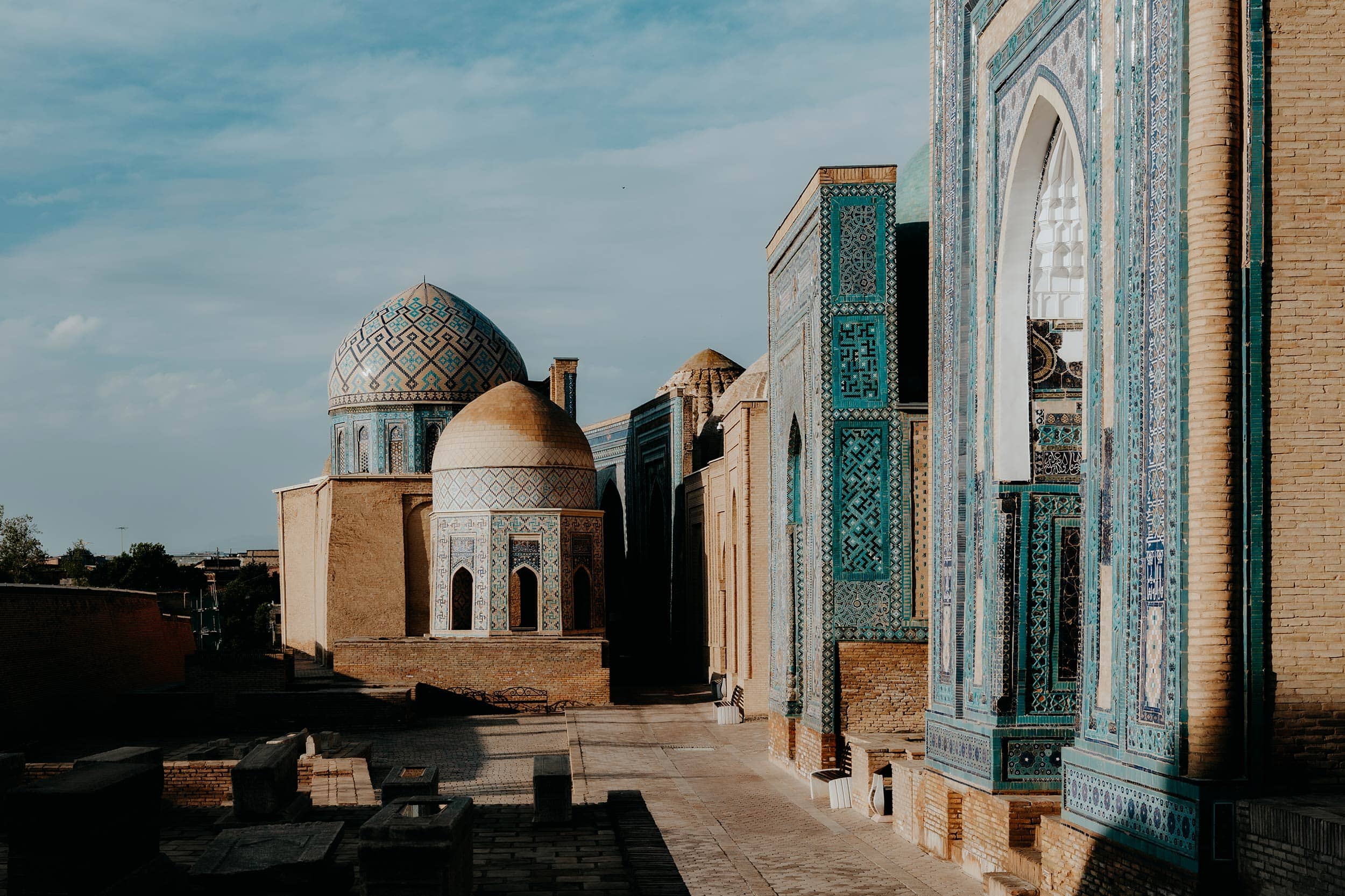
Day 6 – 9 | Bukhara
Next up on this Uzbekistan itinerary is Bukhara, one of Central Asia’s greatest trading cities during the Silk Road era, and nowadays recognised as a UNESCO World Heritage Site.
And that’s for an excellent reason.
Tucked away in the heart of Uzbekistan, Bukhara is one of the finest examples of ancient Islamic cities in Central Asia, with a wealth of architectural wonders and cultural treasures.
Today, a great deal of Bukhara’s urban layout dates back to the Sheibanid period (1500-1601) and has remained largely untouched, with mesmerizing remnants of the great past to be found in just about every nook or cranny of this mesmerizing city – it is said that Bukhara is home to more than 140 architectural monuments.
All in all, there’s just something special about Bukhara, and while there are plenty of must-see sights, I firmly believe this charming city is best enjoyed on a wander without a plan.
Having said that, some of the best things to see and do include:
- Take an early morning stroll through the historic centre of Bukhara
- Visit the charming Chor Minor mosque, a Bukhara hidden gem
- Admire the intricate Bolo Hauz Mosque
- Wander around the 11th-century Po-i Kalyan Complex
- Shop some souvenirs at the Toqi Telpak Furushon
- Walk along the Ark of Bukhara – and skip entering the fortress itself
- Sample flavourful local cuisine at Minzifa Restaurant
+ Read more | For all the best things to see and do in Bukhara, check out my guide here.
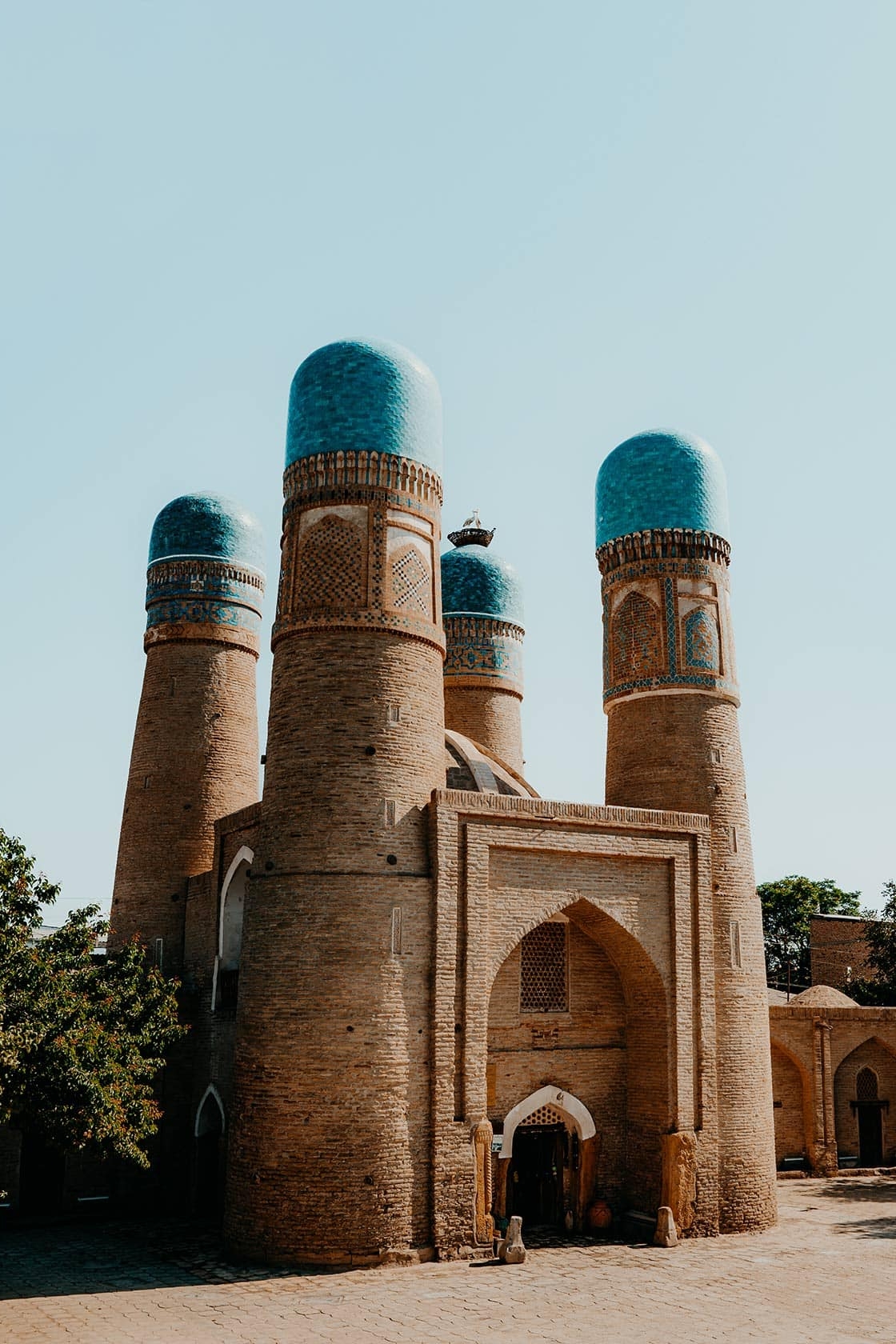
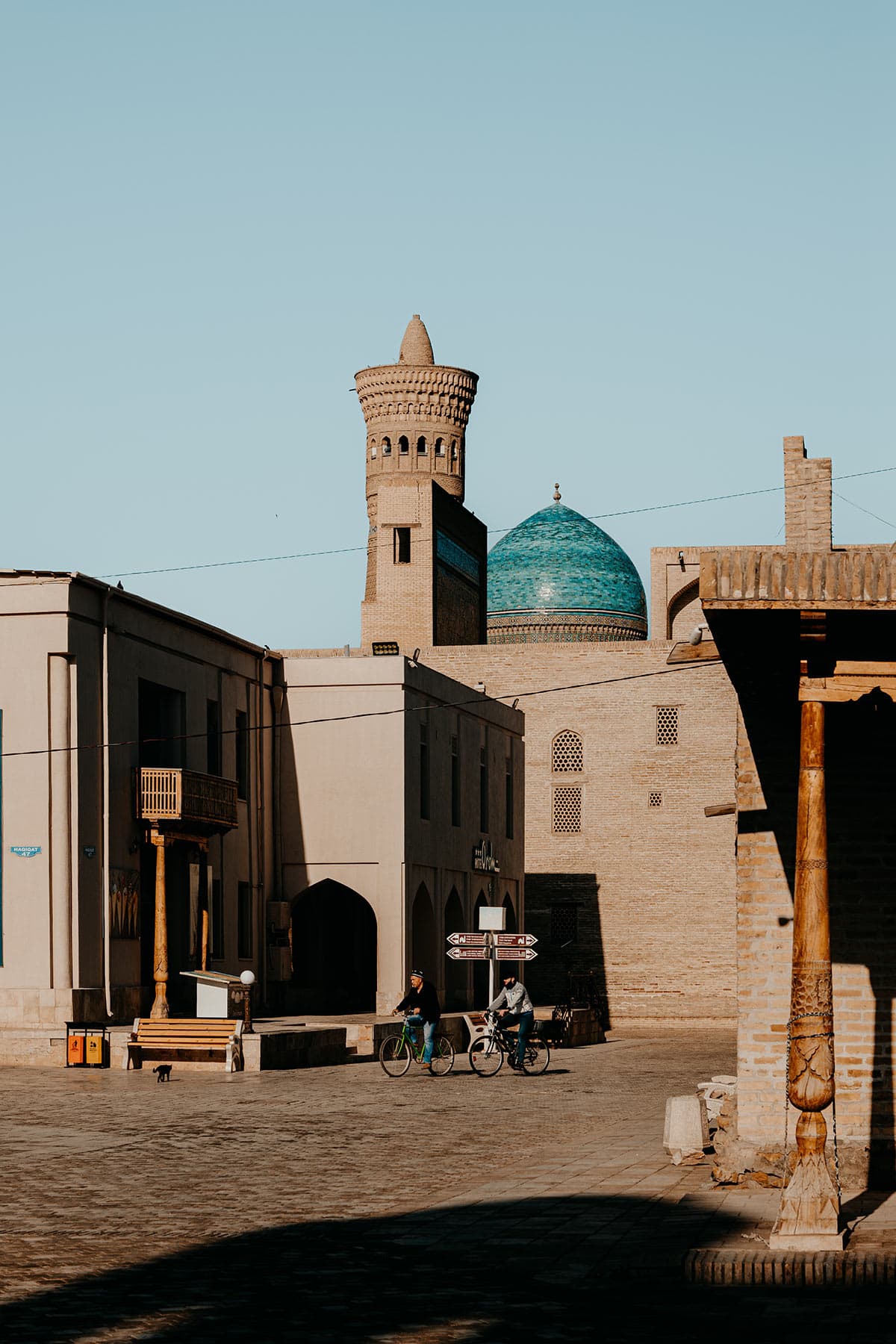
Where | Bukhara
Where to stay in Bukhara | I stayed in the authentic As-Salam Hotel, a lovely budget-friendly hotel in the heart of Bukhara Old Town. I also spent a night in the Wyndham Hotel before taking the night train to Khiva, which was super comfortable.
Search alternative accommodation options in Bukhara here.
How to get from Samarkand to Bukhara | Jump aboard the high-speed train, which takes you to Bukhara in around 2 hours. The high-speed train departs 3 times a day, and a ticket will cost you between 90,000 SOM (€7,-) and 155,000 SOM (€12,-). For up-to-date information, see here.
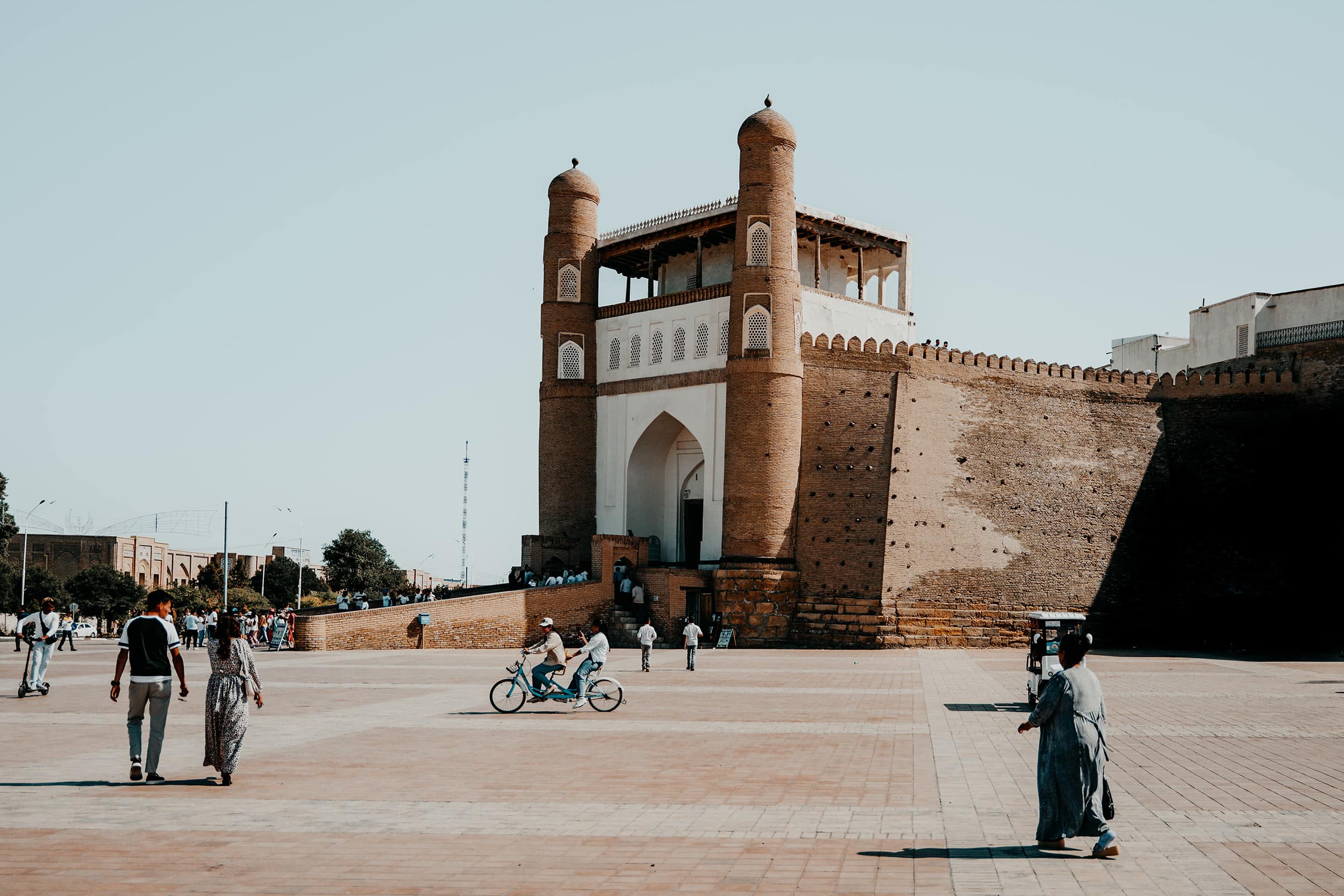
Day 9 – 10 | Board the night train from Bukhara to Khiva
Although it’s not a destination by itself, I truly believe that the journey from Bukhara to Khiva deserves a separate section in this itinerary, as this authentic train ride will most likely be one of the most memorable moments of your two-week trip through Uzbekistan.
A wise man once said; ‘It’s Not the Destination, but the Journey That Matters’.
These are the words of renowned poet Thomas Stearns Eliot, and I couldn’t agree more.
As you board the train in Bukhara at midnight, you’re up for an intense, yet truly authentic adventure, and believe me, not one you’ll easily forget.
Winding through the rugged Uzbekistan landscape, the overnight train from Bukhara to Khiva is certainly not your everyday train journey and will add a substantial touch of adventure to your travels here.
Warm, intoxicating, and rather cramped, the Platzkartny (shared sleeper) was the option of my choice, and despite a poor night’s sleep, the wagon here was the perfect environment to soak up the distinctive atmosphere that prevailed in the time-worn Soviet-style train.
After a journey of roughly 7 hours – and hopefully some shuteye – you will arrive in Khiva.
Since you’ll arrive in Khiva in the early morning, I’d highly recommend arranging an early check-in at your hotel of choice to get some well-deserved rest.
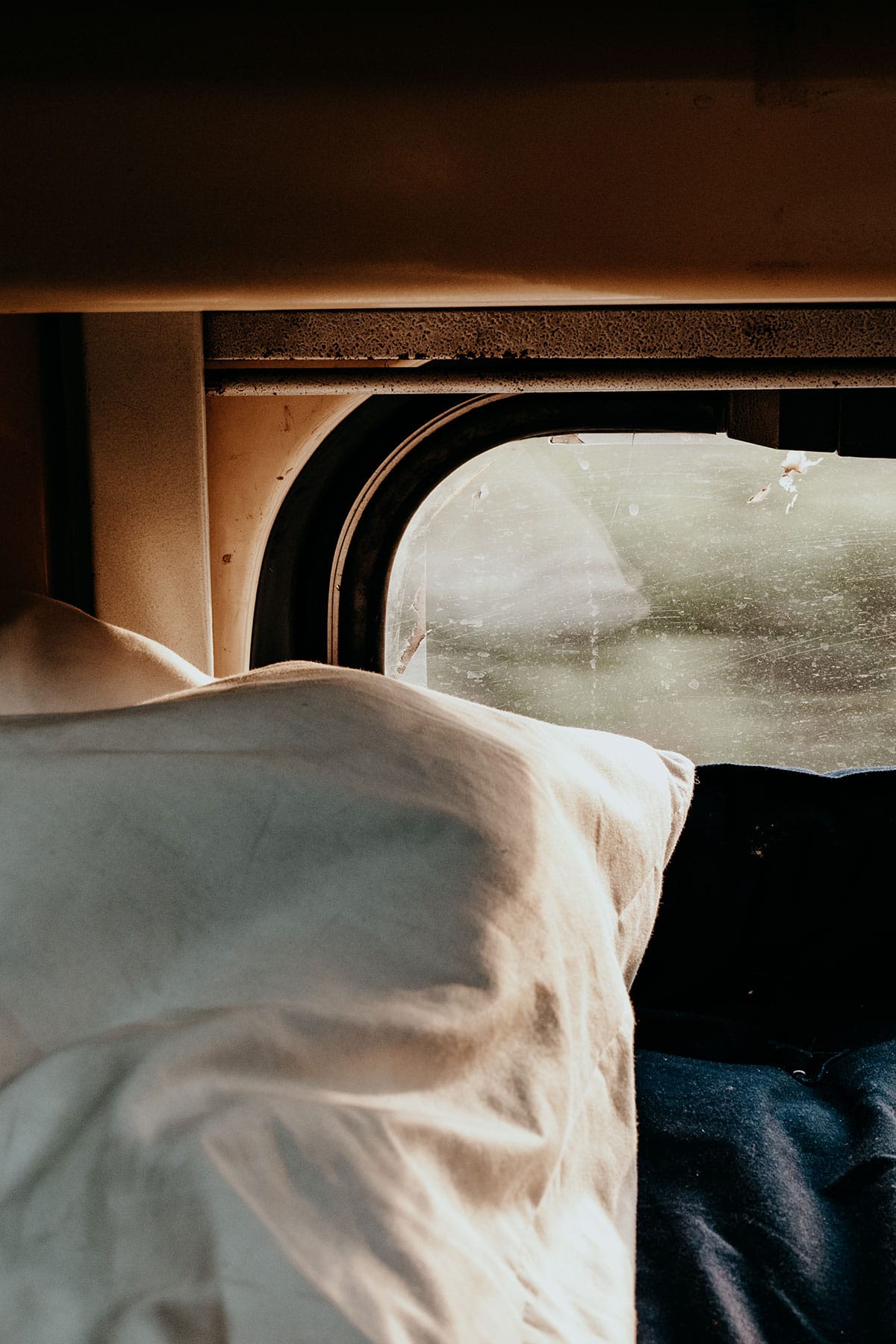
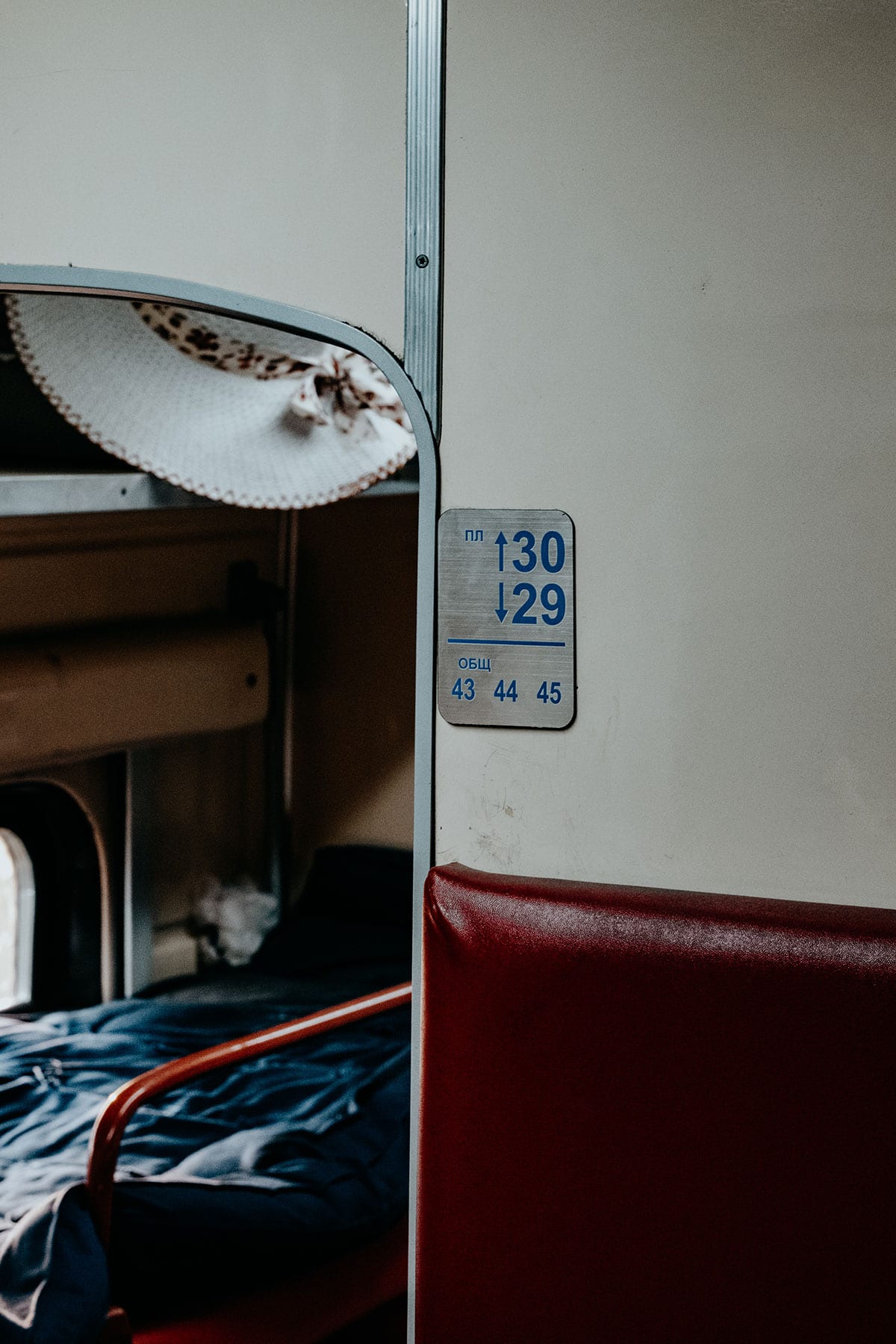
Where | Bukhara 1 train station
Where to stay in Bukhara | As mentioned above, I spent my last night in Bukhara at the Wyndham Hotel and booked a late checkout to have some rest and extra comfort before embarking on the train journey to Khiva. Prices and availability here.
Where to stay in Khiva | I stayed in Orient Star Khiva, and arranged an early check-in for my first day, and I would highly recommend you do the same. Prices and availability here.
How to get from Bukhara to Khiva | The Bukhara to Khiva train departs daily at 0025 and will set you back around 140.000 SOM (€11,-) per person. Tickets can be booked through 12go.Asia.
Plan | Take a look at my guide to travelling by train in Uzbekistan for all the essentials.

Day 10 – 13 | Khiva
With a slightly intense train journey under your belt, and most likely only a little amount of sleep, you will arrive in the beautiful city of Khiva, where I’d suggest you first take some well-deserved rest, before exploring the town’s many architectural wonders.
While Samarkand and Bukhara may be the most popular of cities in Uzbekistan, I firmly believe that Khiva provides the most accurate representation of how the Silk Road must have been during its heydays.
Giving you the impression as though you’ve been transported to a completely different era, Khiva’s Itchan Kala (Khiva old town) could easily be described as a large open-air museum, with plentiful intricate azure domes, towering minarets, unique clay buildings and ornate mausoleums.
It’s a living example of the legacy and grandeur of the ancient Silk Road, and the first place in Uzbekistan to be inscribed as a UNESCO heritage site.
However, since Khiva is also one of the most remote places to visit in Uzbekistan, travellers often make the mistake of leaving it completely out of their Uzbekistan itinerary.
With over 50 historical sites dotted throughout Itchan Kala’s time-worn laneways, I believe skipping this extraordinary city along the legendary trade route is an absolute mistake, and everyone travelling to Uzbekistan should spend at least 2 full days here.
Since Khiva is rather compact and easy to navigate, it’s completely possible to explore it on a roam without a plan – however, having some sort of structure is always handy.
Some of my favourite things to see and do in Khiva include:
- Stroll through the picture-perfect streets of Itchan Kala – Khiva Old Town
- Watch over Itchan Kala from the Khuna Ark
- Sample all the Lula Kebabs
- Admire intricate wood carvings and painted ceilings at the Tash Hauli Palace
- Climb the towering Khoja Minaret and admire the stunning views over Khiva
- Visit the Jumaa Mosque – and admire the 212 wooden columns
+ Read more | Make sure you check out my in-depth guide to Khiva for inspiration, travel advice and all the essentials.
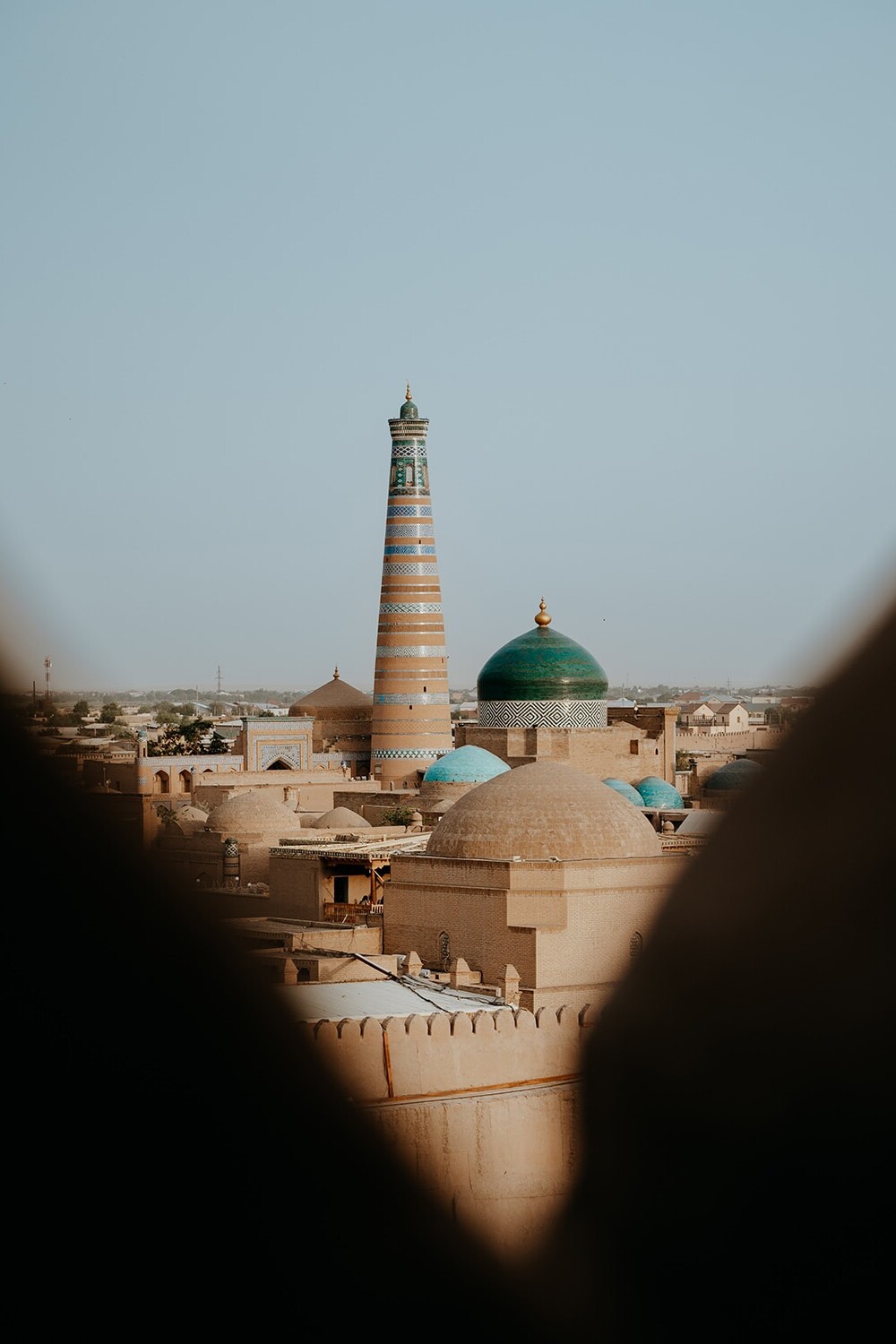
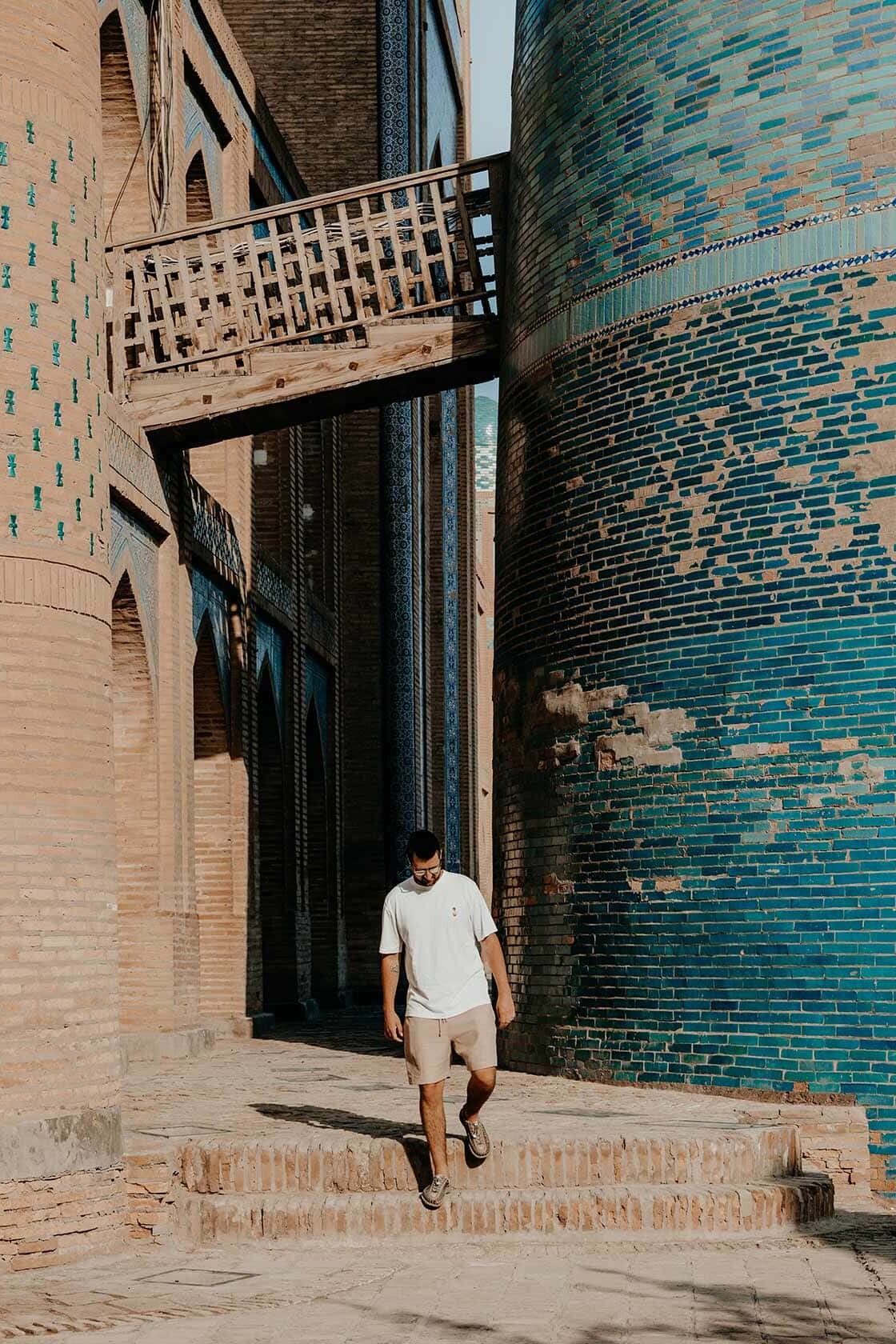
Where | Khiva
Where to stay in Khiva | I opted for Orient Star Khiva, an authentic hotel set within the ancient Madrasah Muhammad Aminkhan. Prices and availability here
You can find alternative accommodation in Khiva here.
How to get from Khiva to Tashkent | Catch a 1.5-hour domestic flight from Urgench to Khiva. Tickets should cost around 1,000,000 SOM €75,- and can be purchased on Skyscanner.
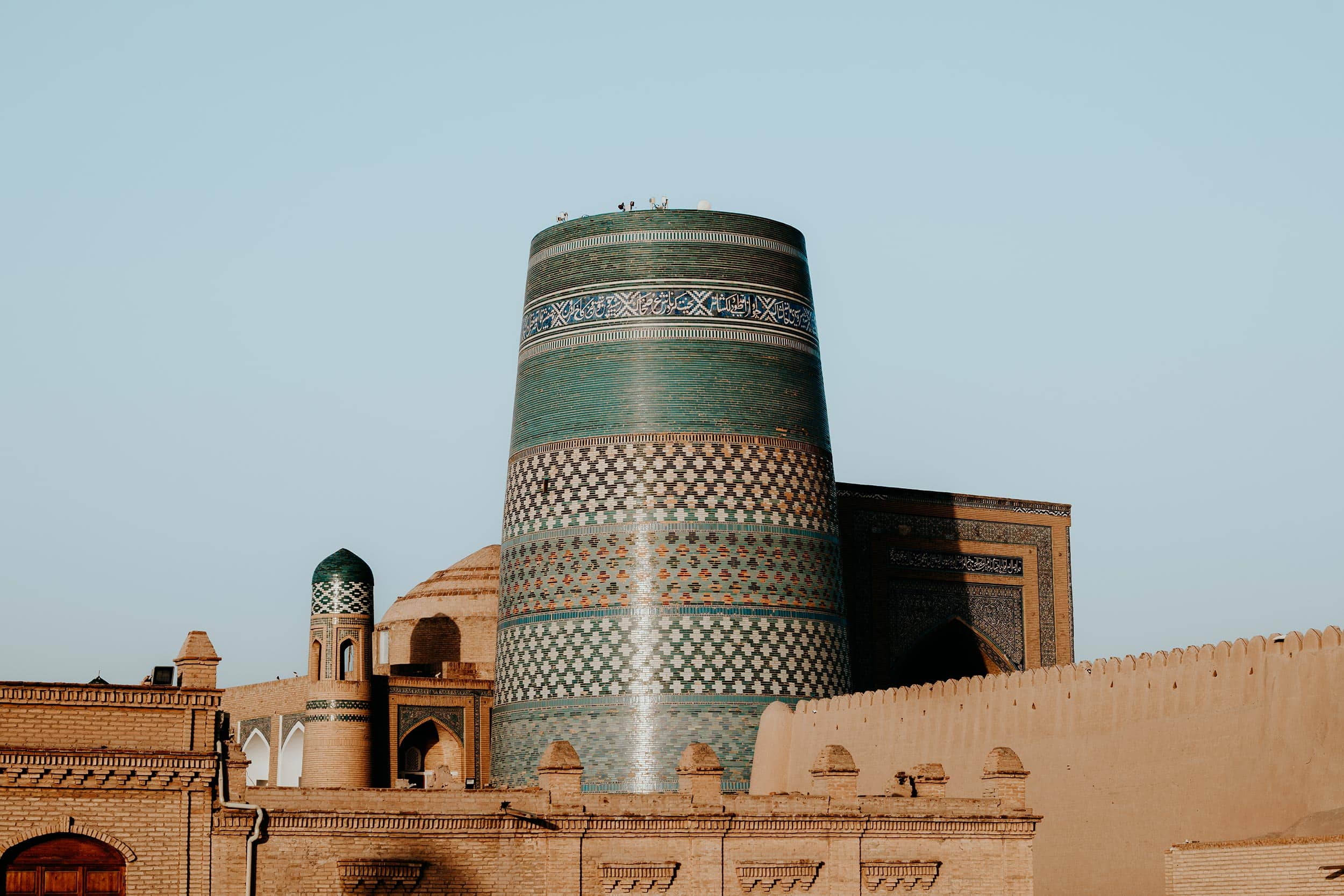
Day 13 – 14 | Tashkent + fly home
After some exciting days in Khiva, it’s time to catch a domestic flight from Urgench to Tashkent – which will save you a lot of time and will allow you one additional day to explore or relax in Uzbekistan’s lively capital city.
Whether you book a luxurious hotel to enjoy some comfort before your journey home, go in search of your last bits of exceptional Central Asian cuisine, or wish to visit some of the places you didn’t make it to on your first few days in the city, your last day in Uzbekistan is all about wrapping up your incredible Uzbekistan trip in a relaxing and convenient manner.
If you’re looking for some final inspiration for your last explorations around Tashkent, make sure you give my guide to the best things to do in Tashkent (coming soon) one more read here.
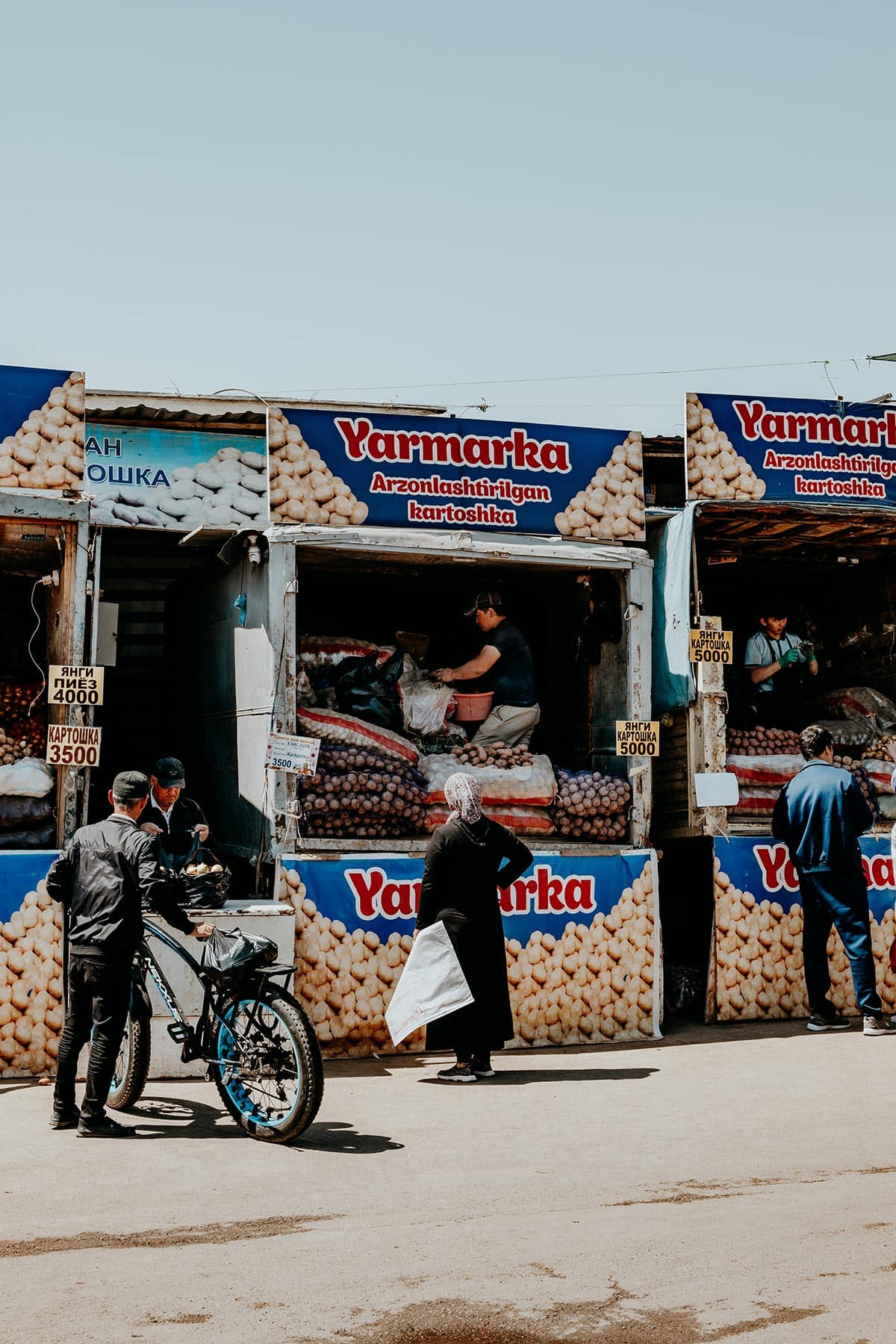
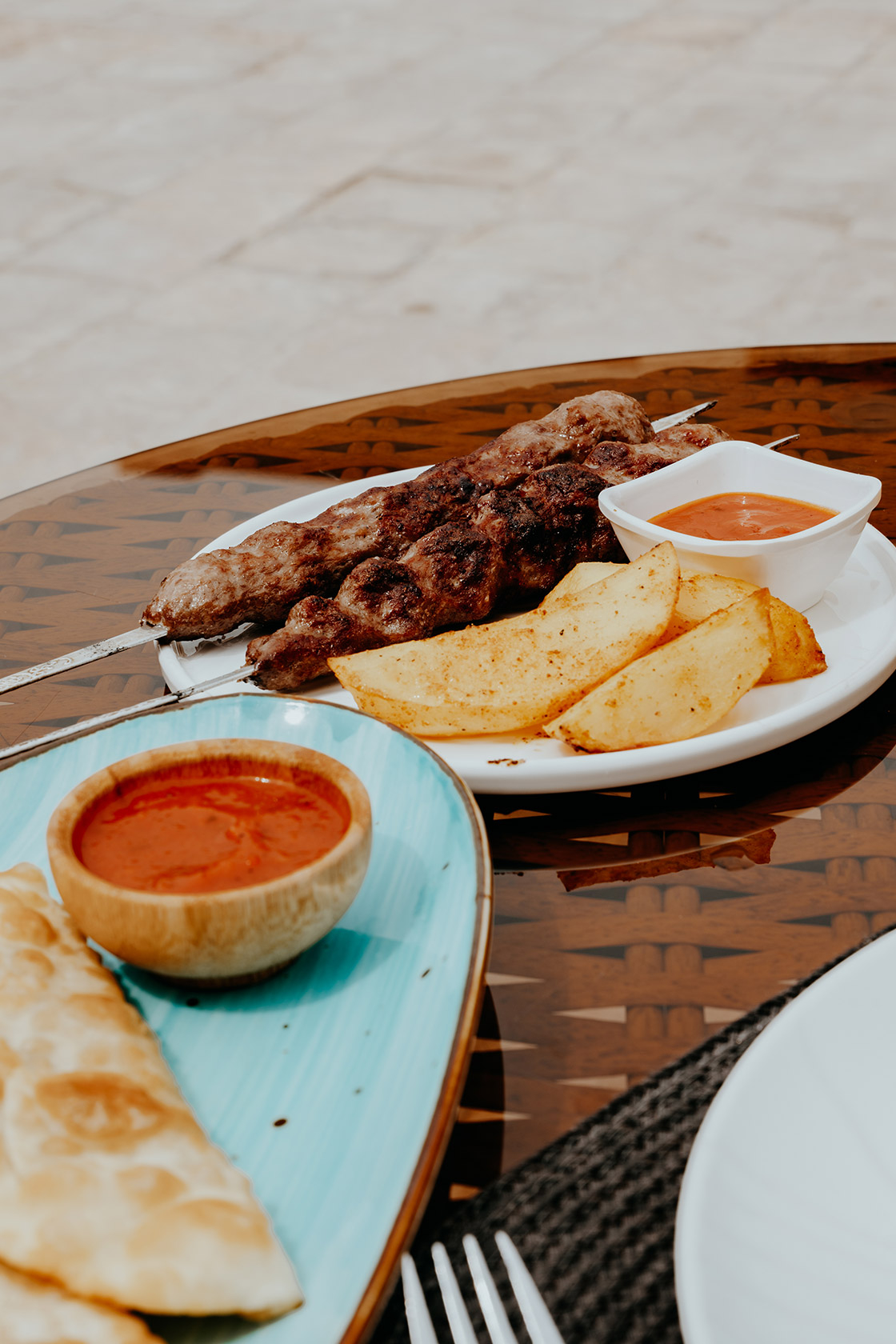
Where | Tashkent
Where to stay in Tashkent | I chose to enjoy the comfort of Hyatt Regency Tashkent for one more night, before catching my international flight back home. Prices and availability here
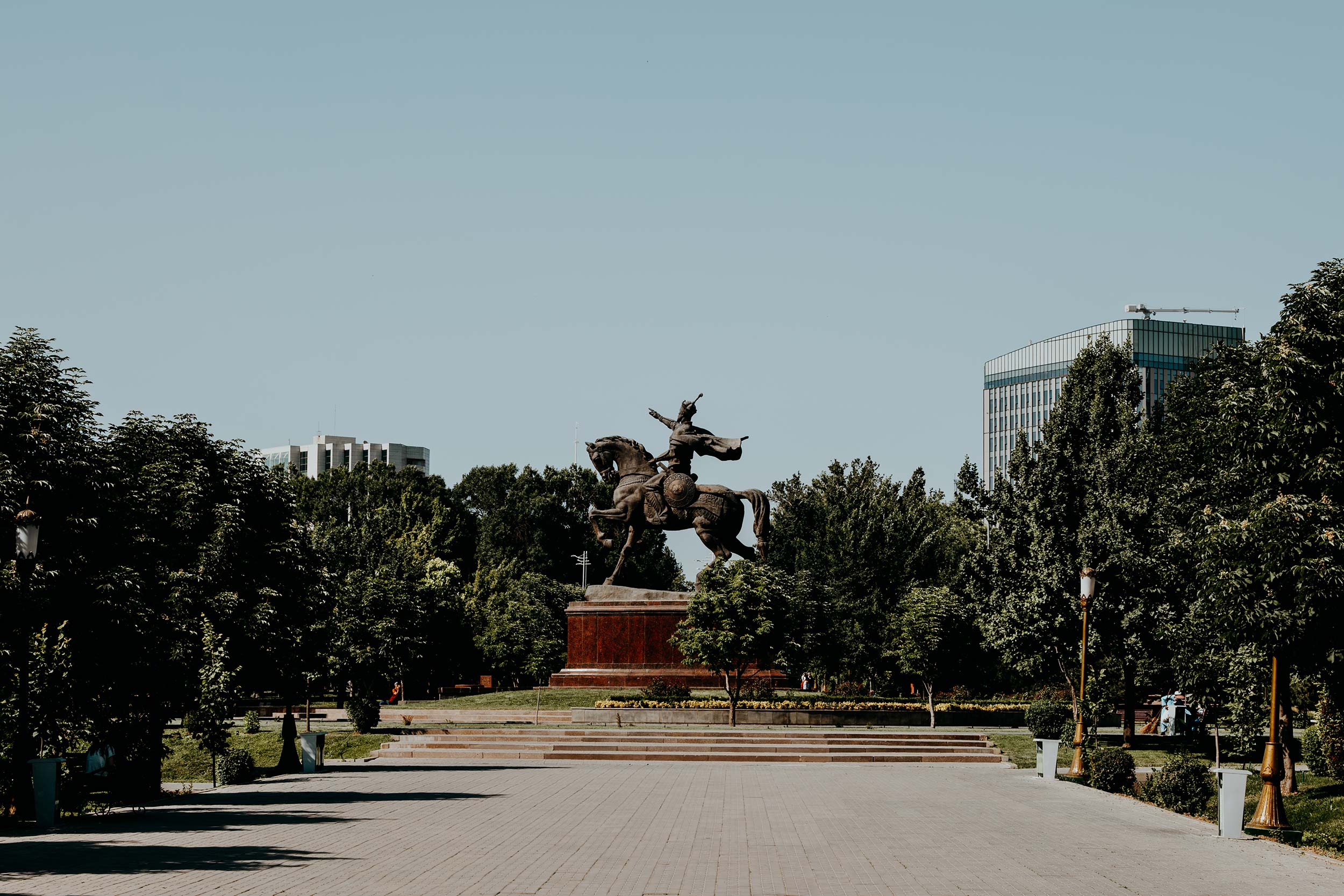
Uzbekistan itinerary | The essentials
The best time to visit Uzbekistan
While Uzbekistan is gifted with the most incredible architectural masterpieces that could be visited year-round, this doesn’t imply that it’s a pleasant destination at any time of year.
In reality, Uzbekistan will be scorching hot in summer, when temperatures soar well over 40 degrees Celsius, while during the winter months, the temperature could dip far below freezing.
For that reason, I believe the absolute best time to visit Uzbekistan is either in spring (April to June) or autumn (late August to October), when the temperature is warm and pleasant, yet not too extreme.
Timing your visit for the shoulder seasons means that you’re more likely to enjoy the many sights without having to find cover from the burning sun all the time.
I visited Uzbekistan in May and couldn’t have wished for better circumstances to discover this incredible country and its many historical sights.
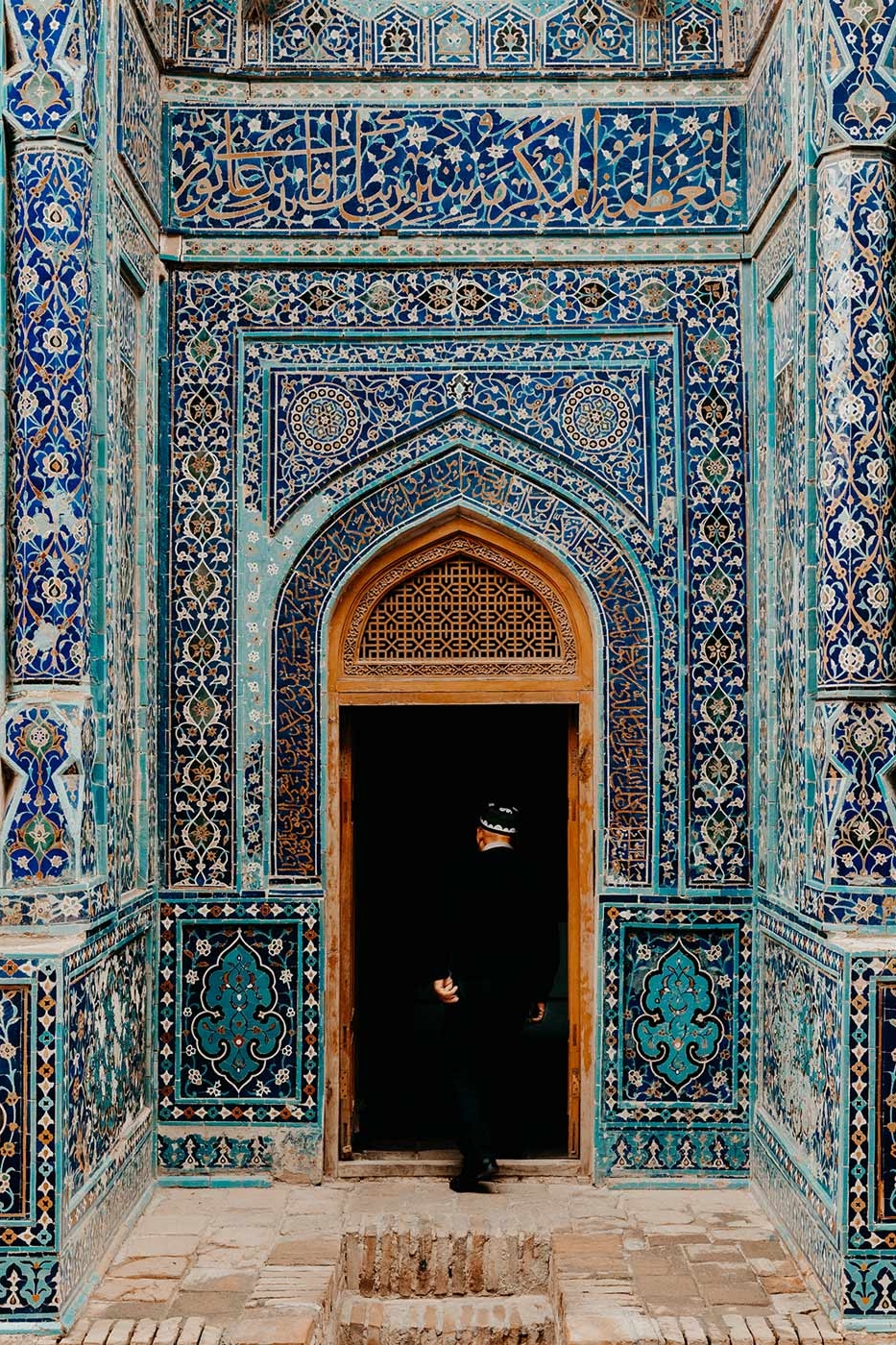
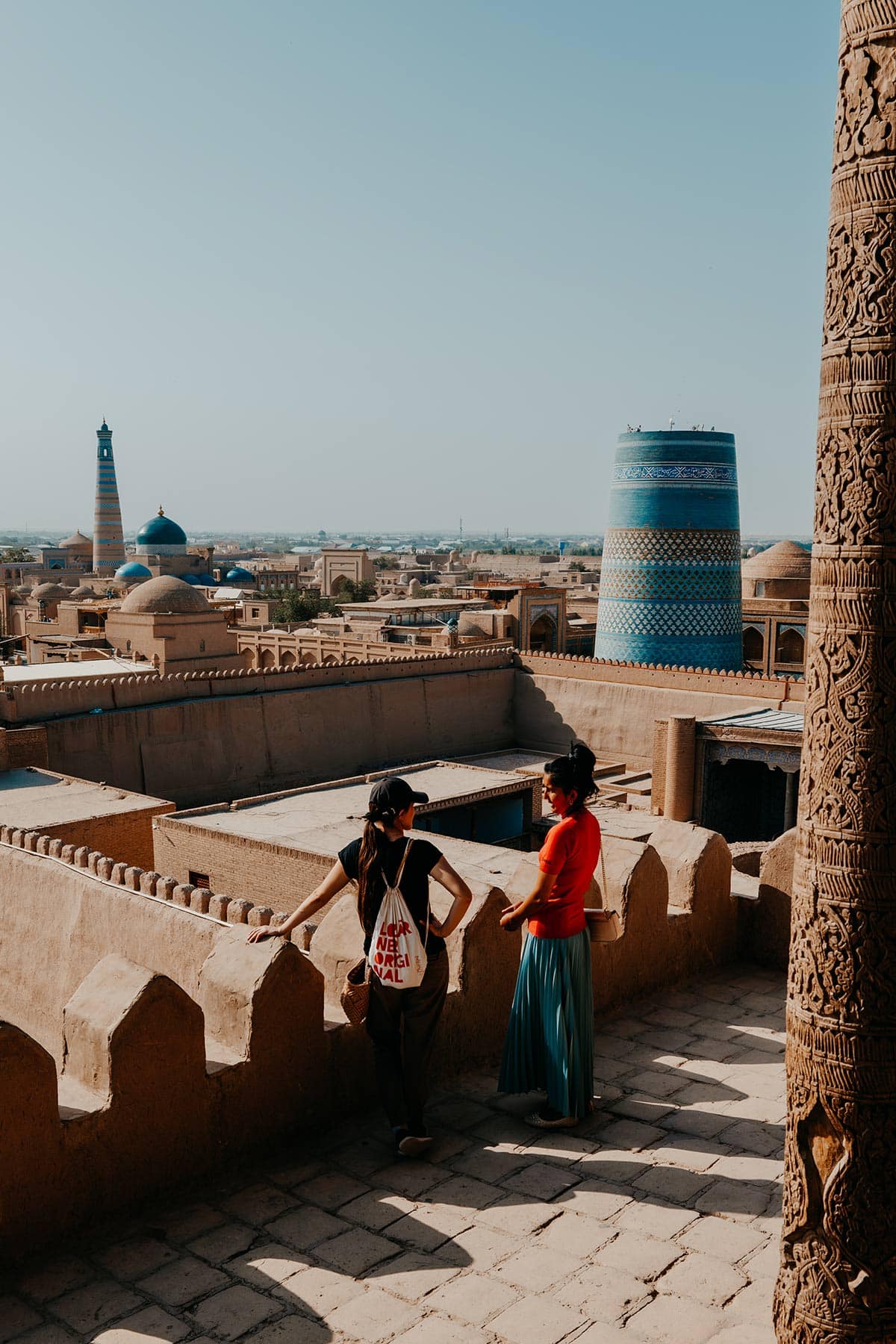
How to get to Uzbekistan
Though Uzbekistan is a relatively offbeat destination, it’s quite well-connected to the rest of the world, with the Tashkent International Airport as the primary gateway to the country.
While it’s reasonably small, the airport is well-kept and hosts a great variety of international flights, including those from major hubs in Europe, North Africa, North America, the Middle East, and Asia.
If you’re looking to find a flight to Uzbekistan, I would advise using Skyscanner, a super easy-to-use website that lets you compare a large selection of airlines and travel companies, allowing you to find the best possible rates.
From the airport, it takes about 30 minutes to reach the city centre by taxi, which is best booked through the app Yandex Go and should cost no more than 25,000 SOM (€2,-).
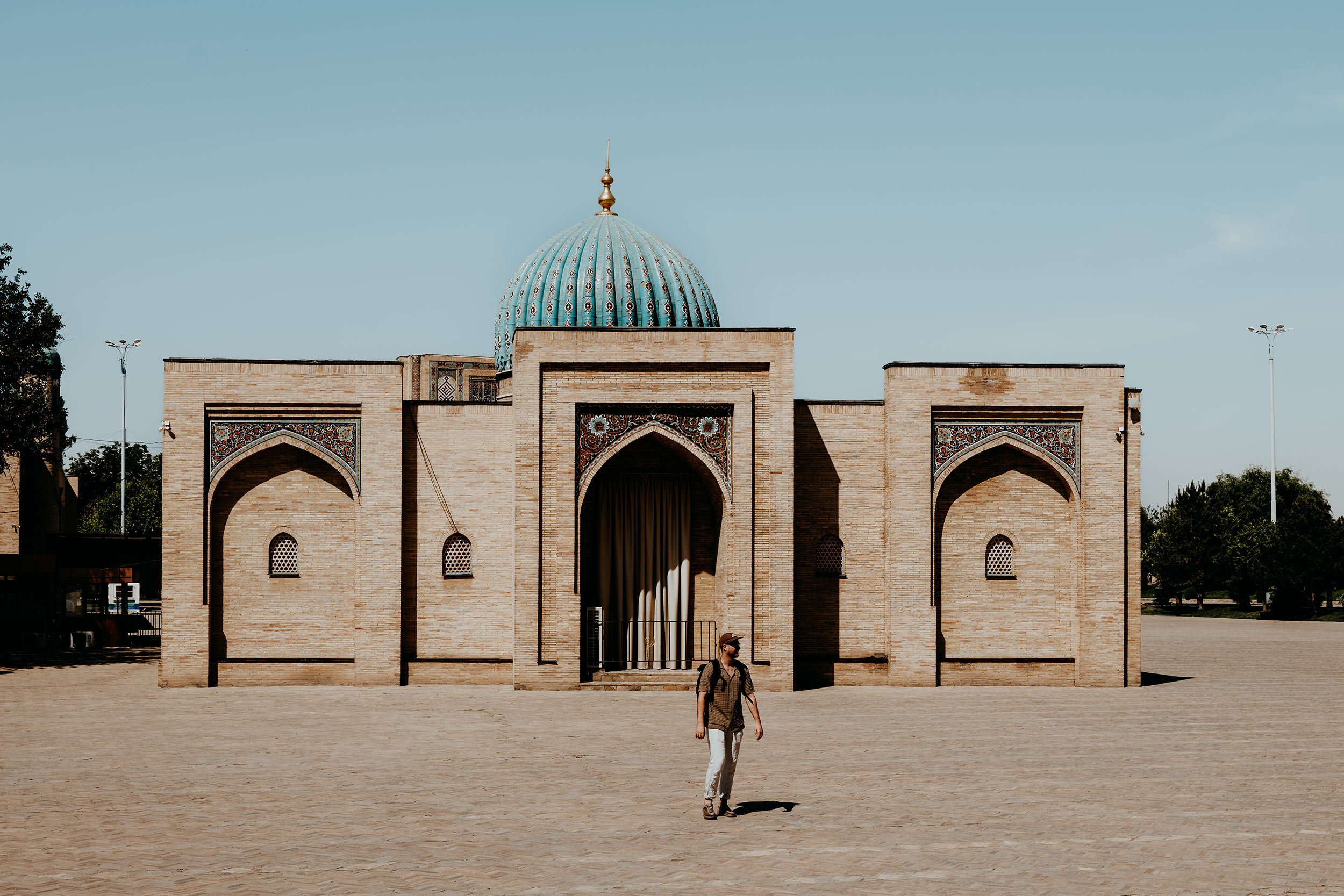
Transport | How to get around Uzbekistan
Due to Uzbekistan’s extensive geography (Uzbekistan stretches over roughly 1,400 kilometres from west to east), you will notice that you’ll have quite a lot of ground to cover when travelling through the country.
Luckily for you, getting around the country is super convenient, affordable and relatively fast.
By train
A name such as the Silk Road might imply that travelling here runs smoothly, which is, in fact, quite true thanks to Uzbekistan’s exceptional rail network.
Rivalling the neatness and comfort found in European trains, the Afrosiyob train is a 210km/h high-speed train that runs daily between Uzebkistan’s major destinations, including Tashkent, Samarkand and Bukhara.
With comfortable spacious seats, USB and power plugs, and the most friendly crew members, travelling through Uzbekistan by train is, in my opinion far more comfortable than taking the plane.
However, when you’re planning to travel to Khiva (which you should), things are a little different.
Those venturing to Khiva will notice that you could only get there by taking the Soviet-style sleeper train, which to me is an authentic experience, if not a little time-consuming.
Since tourism in Uzbekistan is still growing at a rapid pace, acquiring train tickets online can be quite a challenging task.
If you want to learn more, I have an in-depth guide on travelling by train in Uzbekistan (coming soon) which can be found here.
By plane
While I would pick travelling by train over travelling by plane in most cases, I would highly recommend taking a flight from Khiva to Tahskent, or the other way around depending on your itinerary.
The reason for this is that the train connection between Tashkent, Samarkand and Bukhara is by far the most convenient option. You also don’t have to be at the airport at least 2 hours early, and it’s the world’s most sustainable mode of transport, which is great too.
If you do prefer travelling the country by plane, you could also opt for domestic flights between all of the major cities in Uzbekistan, although I can’t stress it enough to make use of the excellent high-speed trains instead.
The domestic flights within Uzbekistan are operated by Uzbekistan Airways, and while you shouldn’t have the highest expectations, it’s actually quite affordable and convenient to fly with.
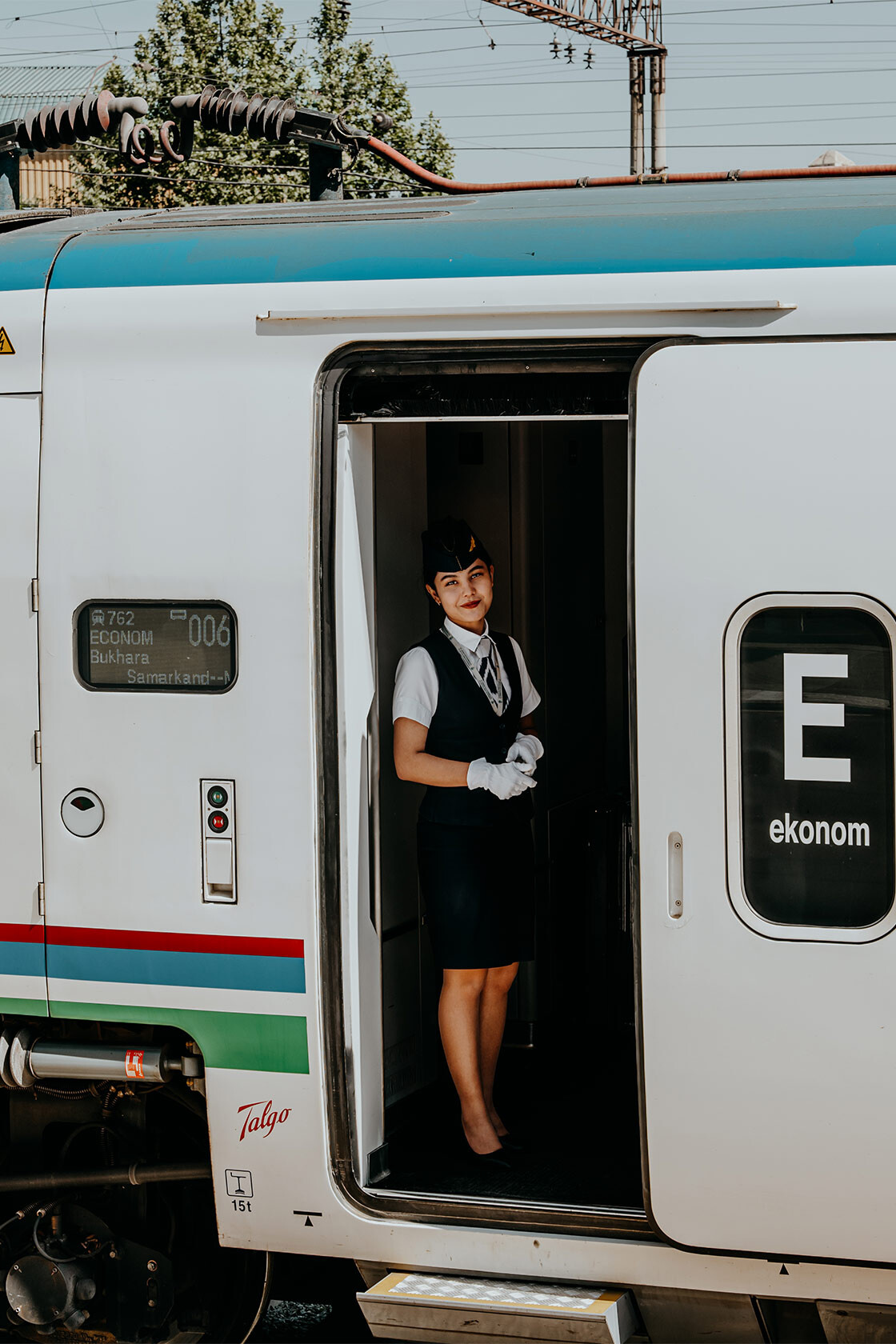
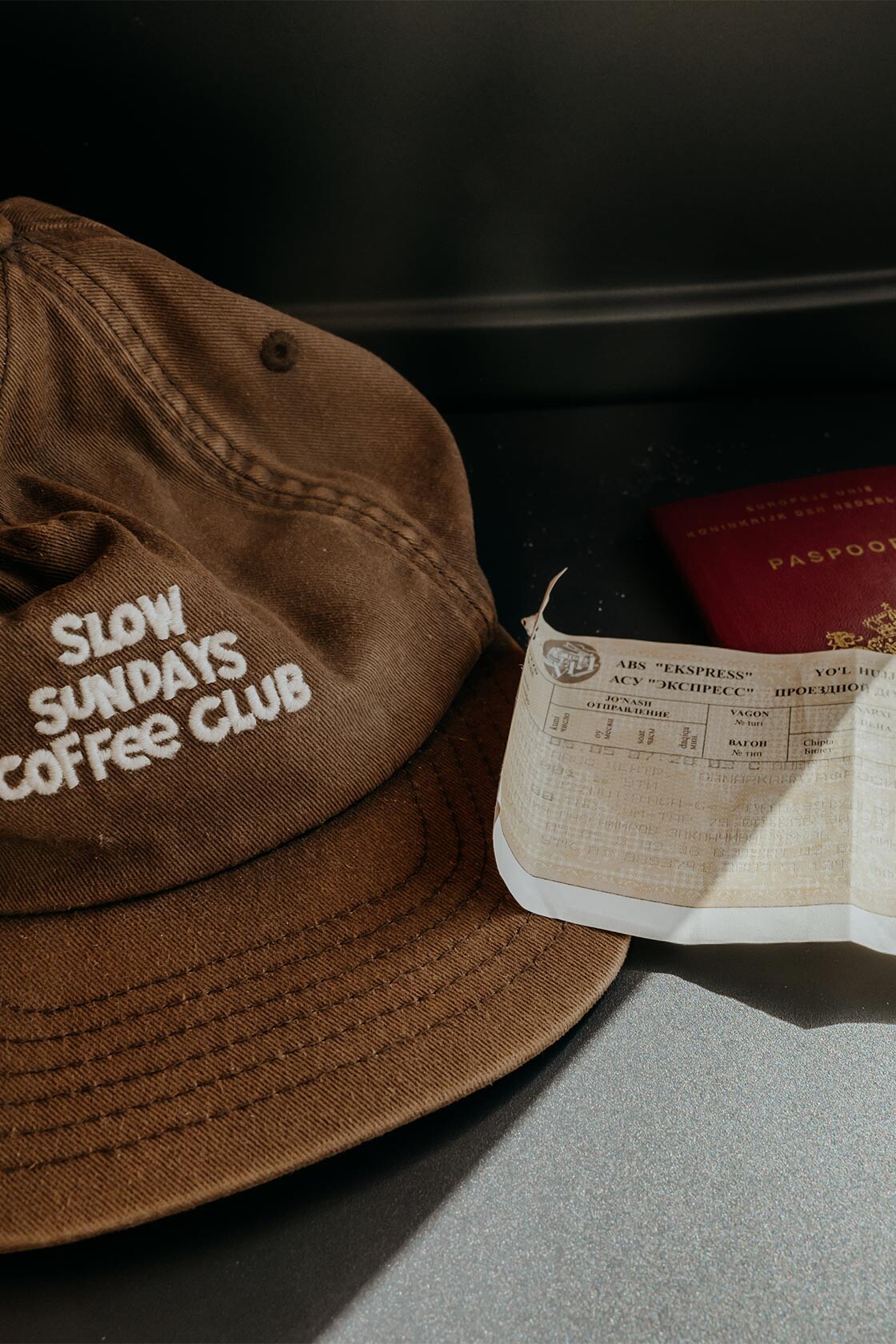
Uzbekistan travel essentials
While Uzbekistan is extremely convenient for travellers, travelling here will come with a unique set of needs, meaning you have to prepare a little before embarking on your journey.
Some items I recommend include:
Uzbekistan SIM card | First things first. Upon arrival in Uzbekistan, I highly recommend buying yourself a local SIM card with a data plan, given it will make anyone’s travels here significantly more convenient. Curious about the details? Read my guide to a Uzbekistan SIM card here.
Reusable water bottle | One travel essential that I carry with me at all times is the Grayl Geopress. This reusable water purification bottle allows me to fill up water from nearly every water source, making it one of my best investments to date.
Sun protection | Since Uzbekistan will most likely be fiery hot during the peak travel months, I’d highly recommend bringing quality sunscreen with at least 30SPF and a hat to cover your head.
A Powerbank | When travelling through Uzbekistan, you don’t want to risk being in an uncharted area with an empty device in your hands. For that reason, I believe it’s crucial to carry a power bank with you at all times.
Earpods or headphones | If you’re following this itinerary, I can’t stress it enough to bring some high-end earpods or headphones, given the journey from Bukhara to Khiva by night train can be quite hectic happening.
Camera gear | Like most places in Uzbekistan, Khiva is truly stunning, meaning loads of incredible photography opportunities will arise when exploring. For that reason, I’d highly recommend bringing your camera gear, so you can capture loads of photos while there. If you’re curious to learn about my photography gear, make sure you give my ‘What’s in my Camera Bag’ guide a read too.
Leave no footprints | During my travels in Uzbekistan, I noticed that the cities and their people are really neat when it comes to cleanliness and littering. It’s up to us to respect the locations we’re visiting and keep it that way.
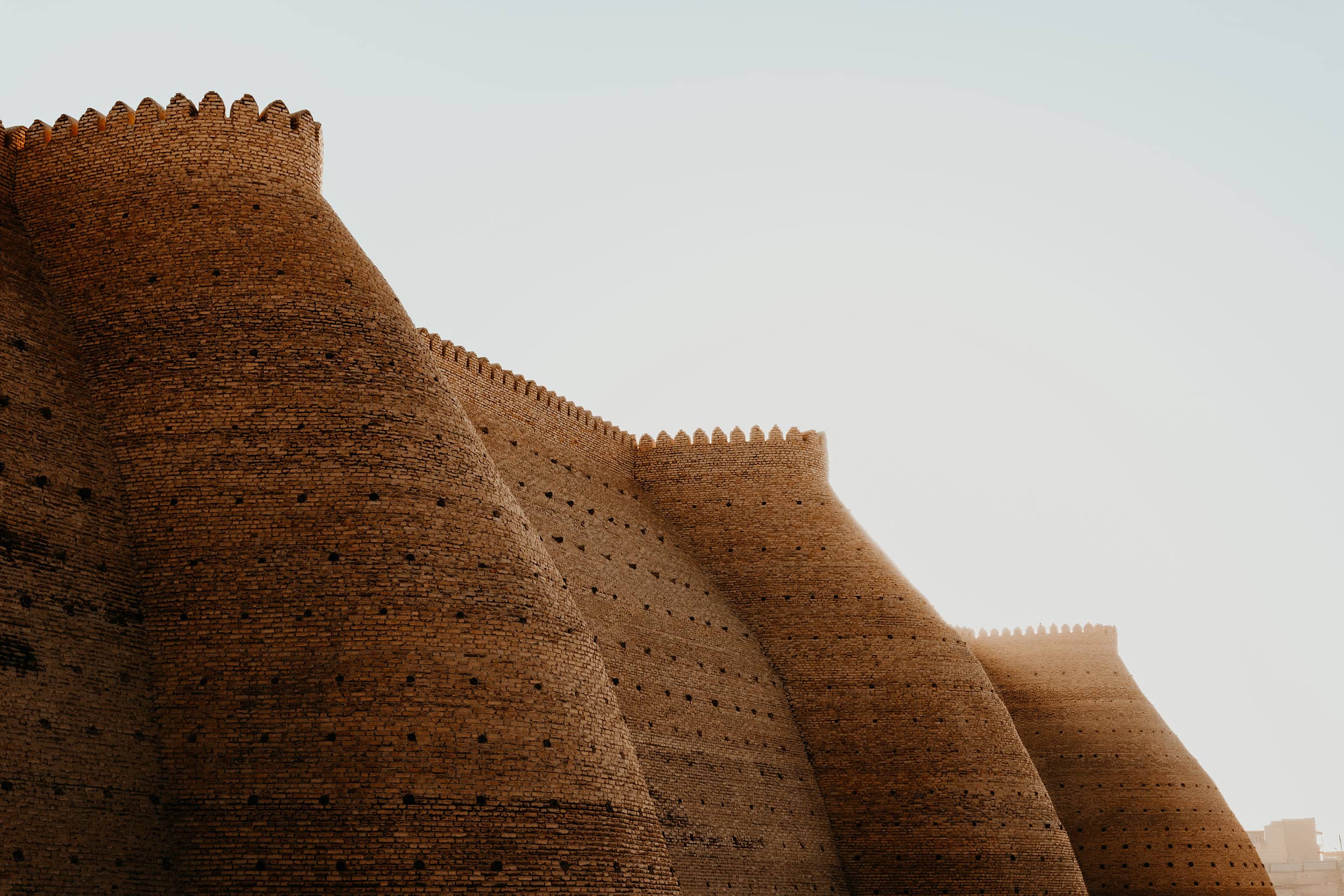
Safety in Uzbekistan | Travel Insurance
When travelling this big wide world, I never go on an adventure without my essential travel insurance sorted out, and though I never felt unsafe in Uzbekistan, I advise anyone travelling here to do the same.
While I believe it’s unlikely to experience any problems when following the suggestions in this itinerary, something unfortunate could happen at any given time, whether it’s an injury, a stolen camera, or an unforeseen cancellation.
For travel insurance, I use Heymondo, as they offer full COVID-19 coverage, as well as a handy app with 24-hour medical assistance. Make sure you check it out – readers of WTSW receive 5% off any insurance policy too.
Cheers!
I’ve been on this travel blogging journey since 2019.
If you appreciate what I do here, these are some ways you can support me.

Plan your Uzbekistan itinerary with these essential guides
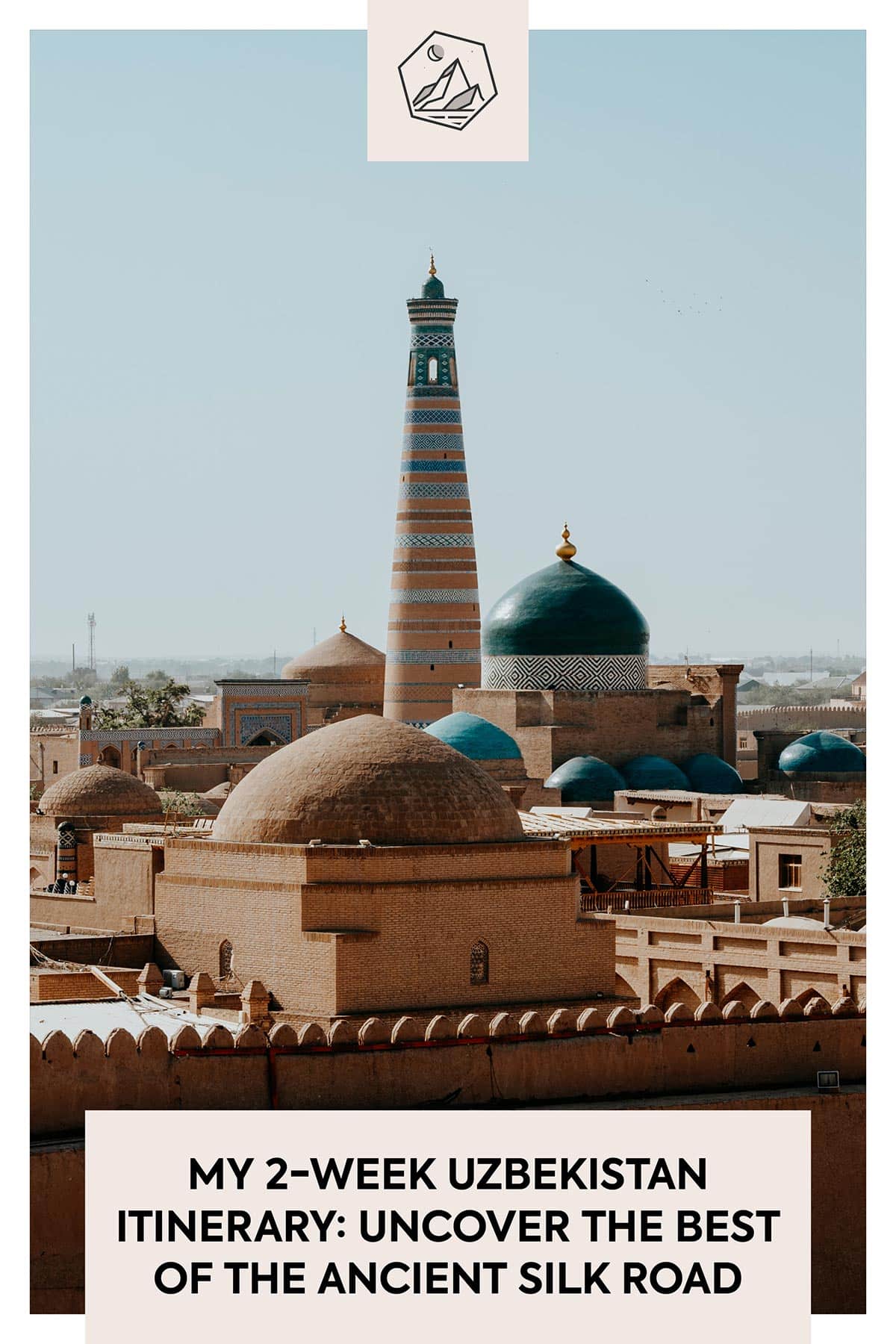
Buying an Uzbekistan sim card in 2024: Everything you need to know
In today’s digital age, staying connected to the online world has quickly become the new standard, even more so if you’re working remotely or in the online field.
However, buying an Uzbekistan SIM card isn’t something that only remote workers should consider.
No, having a SIM with data connectivity in Uzbekistan will make anyone’s travels here significantly more convenient – not to mention cheaper, given you can use services such as Yandex.
As with most off-the-beaten-path travel destinations, Uzbekistan can be rather challenging to navigate at times, so picking up a SIM card with a data connection is an absolute game changer that makes travelling here so much more accessible.
From finding directions on Google Maps to obtaining the latest information on your train journeys, to keeping in touch with the homefront and booking last-minute accommodation, there are simply too many benefits of having a reliable internet connection in Uzbekistan.
Add to that, that it’s super easy to find a reliable mobile provider and a SIM with a data plan will set you back just a few bucks, and you realize why you came to this article in the first place.
In this in-depth guide, I’ve covered everything you need to know about buying a SIM card in Uzbekistan, including where to buy one, the best providers, the cost, plus advice based on my first-hand experiences.
If you choose to use any of the links on this page, I may receive a small commission at no extra cost to you. By using these links, you’ll have a direct impact on WTSW and my ability to continue to create free insightful travel content for you. If you find any of my tips useful, you can support me by buying a virtual coffee here.
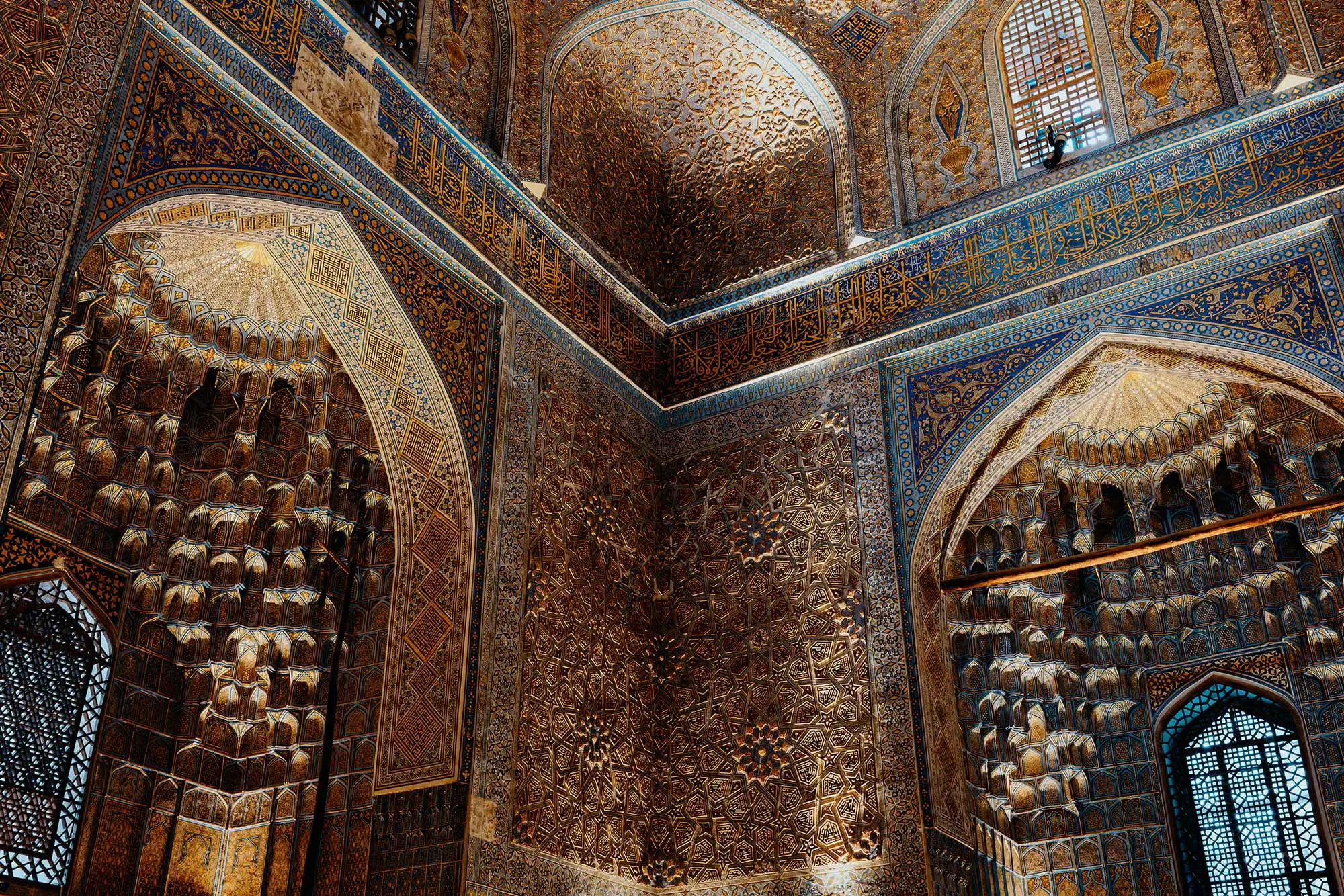
Why buy a sim card in Uzbekistan
With everything that’s going on in the online space today, it has somewhat become the norm to stay connected to the world wide web at all times, this is clearly also the case when travelling around the world.
From finding directions on Google Maps to collecting inspiration from your favourite blog or Instagram page, to checking the time schedule of your train and keeping in touch with family and friends, there are simply too many reasons why you should buy a sim card in Uzbekistan.
Add to that, that an Uzbekistan sim card will set you back only a few bucks, and you simply can’t go around the fact you should buy one yourself.
Though I noticed that most places have public WIFI in Uzbekistan, it isn’t the most reliable in terms of connectivity, and it’s pretty common that those networks are unsecured too. For that reason, I’d prefer a data connection from a trustworthy provider.
If you do intend to use public WiFI abroad, make sure you use a VPN to keep your data secure, such as NordVPN.
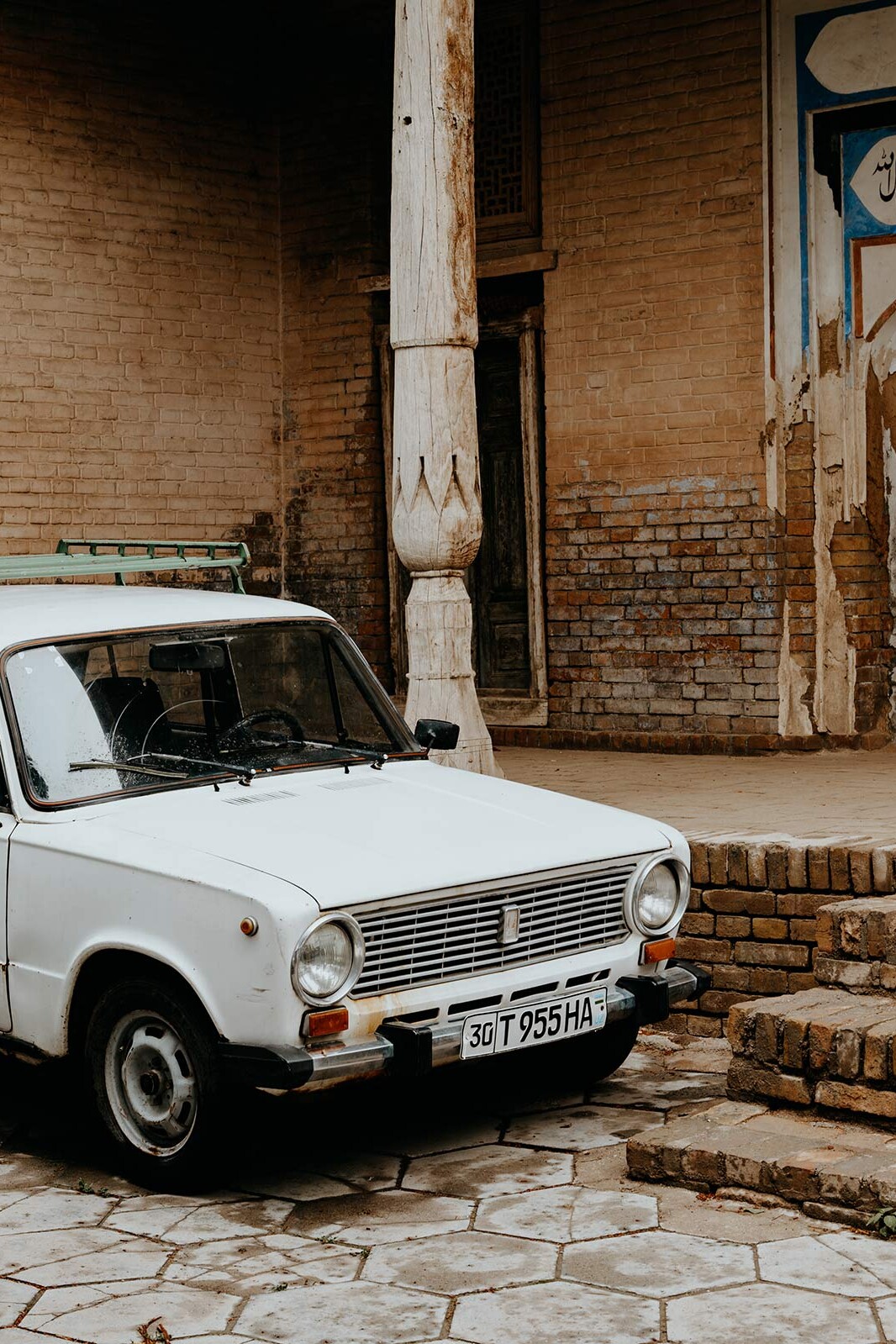
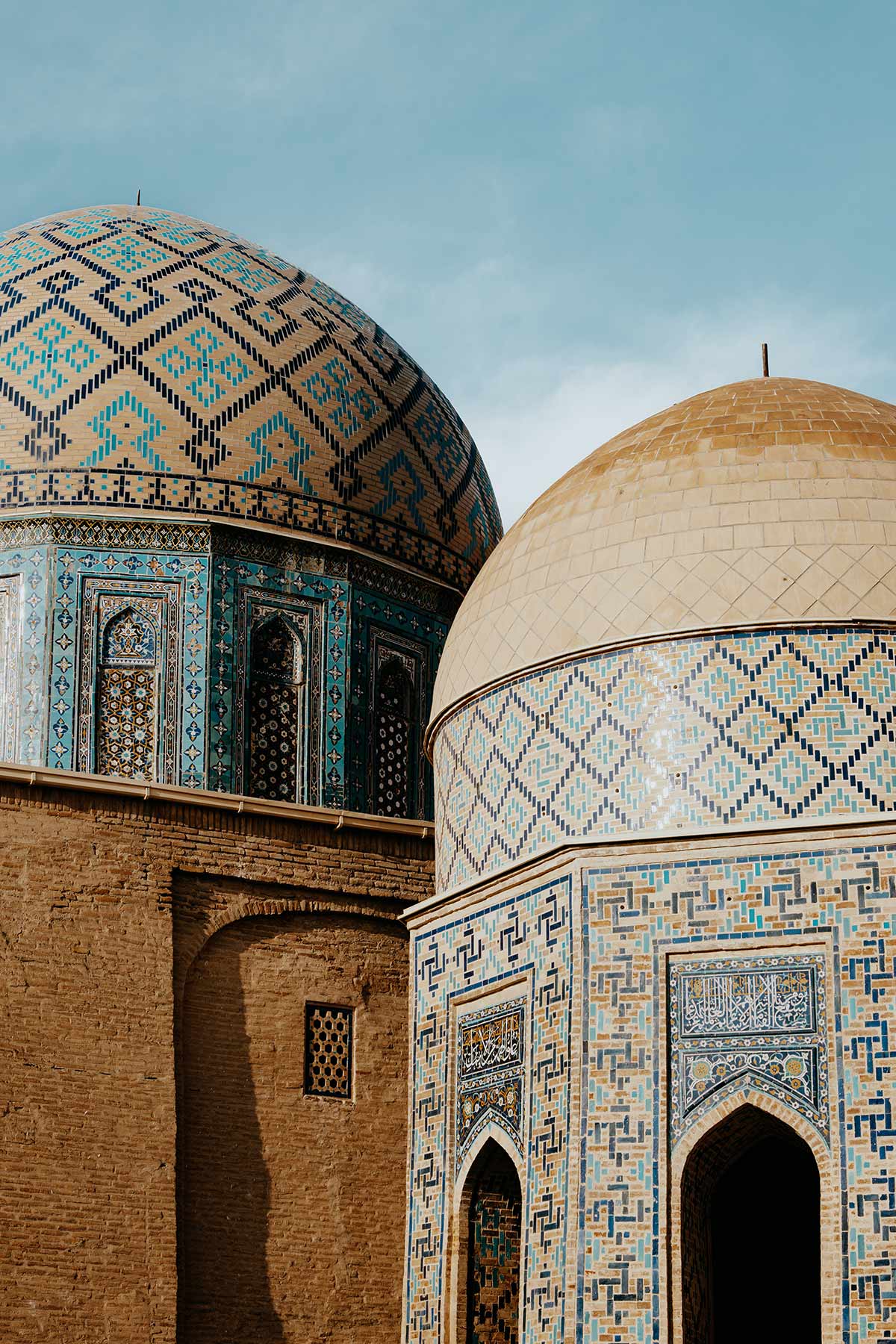
Can I use my existing phone number while using WhatsApp?
One of the benefits of buying a local SIM card in Uzbekistan is that you’ll use this SIM solely for your data connection, meaning you can still use your own phone number while using Whatsapp.
The reason for this is that your WhatsApp account is linked to your existing number, so swapping sim cards has no impact on your existing account, as long as you don’t change the number in your WhatsApp settings.
Though I understand that it’s a tad confusing, your WhatsApp will continue to work as usual, yet now with the data plan that is active on your newly acquired local sim card – winner!
I’ve had my fair share of experiences regarding local SIM cards while travelling, so I’m pretty sure you won’t stumble upon any difficulties.
Also, if you purchase your Uzbekistan SIM card at the Tashkent Airport like me, you will receive assistance with installing your SIM card on your phone from the vendor.
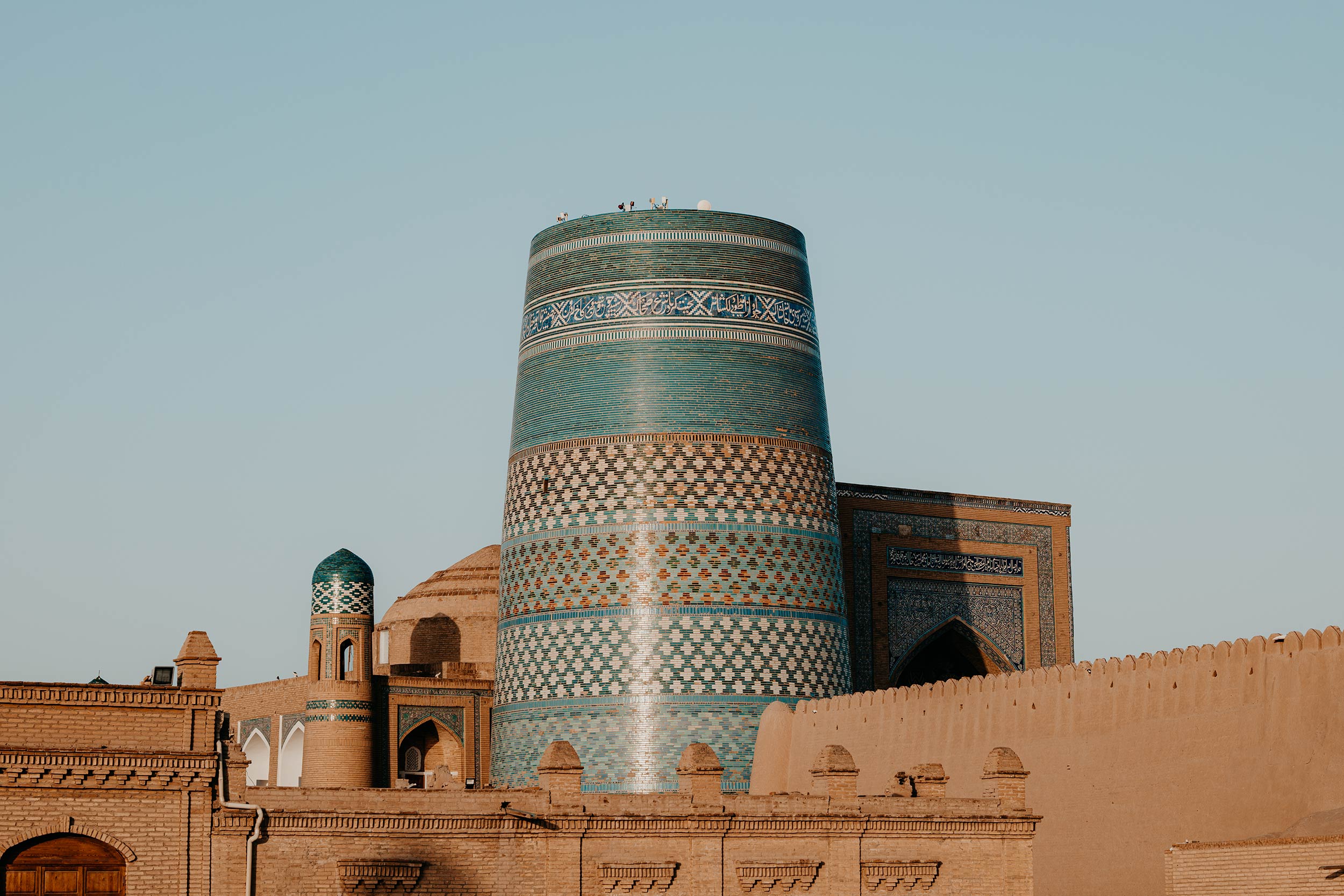
Where to buy a sim card in Uzbekistan
When it comes to buying a sim card in Uzbekistan, there are several excellent options available.
From buying one directly upon arrival at the airport to grabbing one from a mobile provider store to getting an eSIM online and in advance from services such as Airola.
To help you find the right option, I’ve listed the options down below:
Tashkent Airport
If you ask me, the best and cheapest option is to buy your SIM card at the Tashkent International Airport, directly after you’ve arrived in the country.
Once you arrive in the baggage claim zone of the airport, you’ll notice the stands of Uzbekistan’s leading mobile providers, including those of BeeLine and Ucell.
From what I’ve seen, these providers have a wide variety of data plan packages on offer, meaning it’s pretty clear to choose an option that suits your needs.
Since it’s not always possible to pay with credit or debit cards, it is good to acquire some local currencies from the ATM at the airport before going to the SIM card vendor.
One thing worth mentioning though is that these SIM card providers often require your passport, but that shouldn’t be a problem considering you just entered the country from abroad.
Mobile provider stores
If for whatever reason you didn’t buy a SIM card at the airport, rest assured – there are several mobile provider stores situated in the cities of Tashkent, Samarkand, Bukhara and Khiva.
From what I’ve heard, the prices and data packages at these stores are very similar to those bought at the airport.
For those keen to buy a SIM card from a mobile provider store, make sure you take your passport, as well as a copy of your passport since they require it when registering a new SIM.
However, as with so many stores in Uzbekistan, you’ll most likely stumble upon an employee with limited English skills, which makes it a tad more challenging to buy one here.
eSIM card
If you’re anything like me and prefer to have everything sorted out before your trip starts, I’m pretty sure you’d like to read about how to buy an eSIM online and in advance.
The eSIM is a digital sim card that is easily activated on your mobile device by scanning the QR code that you receive in your mail after you purchase your eSIM online.
If you’re looking to buy an eSIM, it’s good to note that you are only able to buy one from a 3rd party.
I’ve recently stumbled upon Airalo, which has now become my go-to when it comes to eSIMs.
Airalo is the world’s first eSIM store and offers data packages for over 200 countries, making it super easy to connect to the internet from the moment you land.
More information on the Airola eSIM for Uzbekistan can be found here.
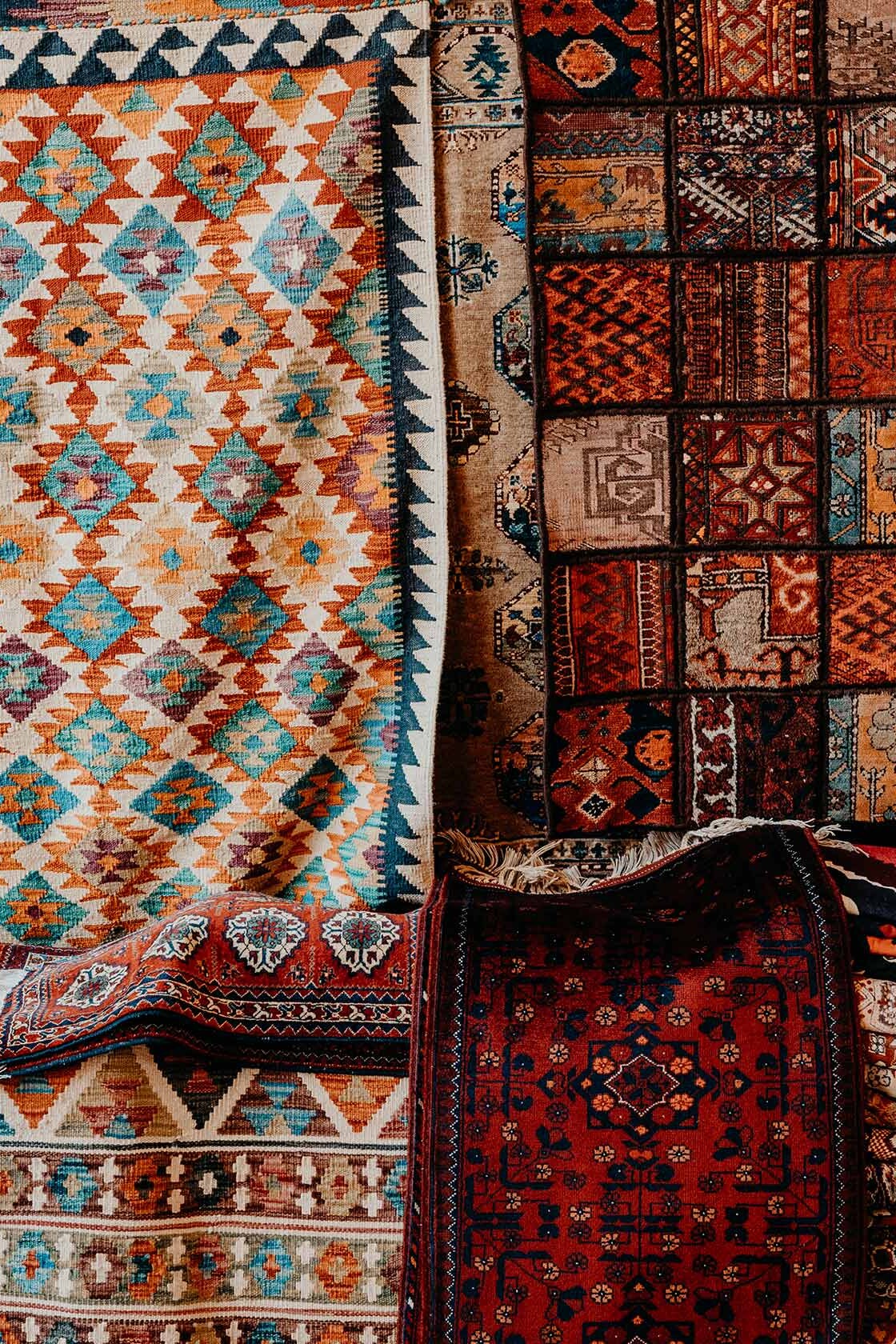
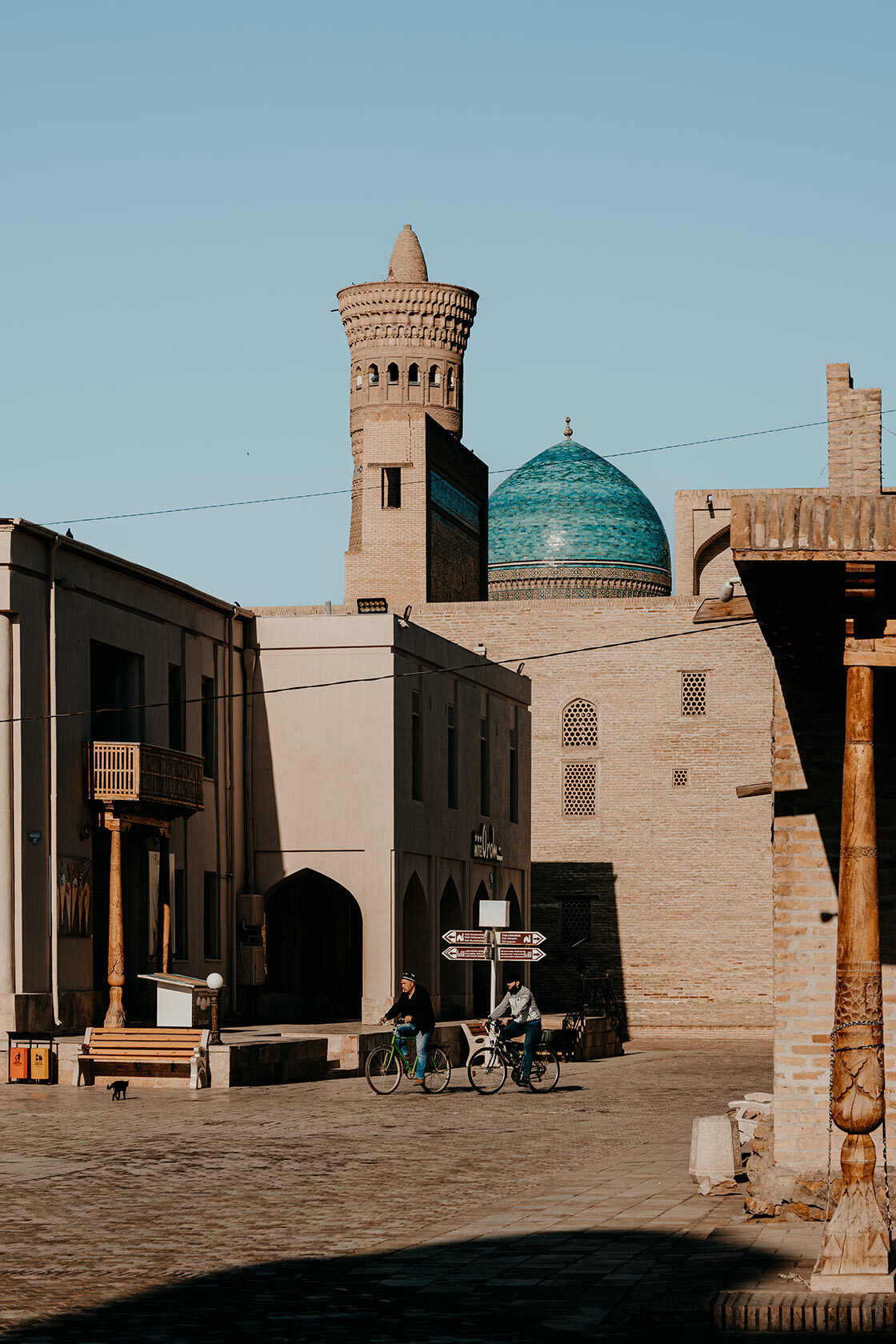
Uzbekistan sim card Providers
There’s no shortage of excellent mobile network providers in Uzbekistan, offering a wide range of data packages to travellers.
I’ve listed the best sim card Providers down below:
Ucell
One of the leading mobile network providers in Uzbekistan, Ucell is known for its extensive coverage and reliable services.
With a wide range of SIM card data packages on offer, it’s easily one of the best options, both for short-term and long-term visitors of the country.
The data packages at Ucell include:
– 20 GB data, unlimited minutes and 1500 SMS that are valid for 30 days | 50.000 SOM (€4,-)
– 35 GB data, unlimited minutes and 1500 SMS that are valid for 30 days | 70.000 SOM (€5,65)
– 50 GB data, unlimited minutes and 1500 SMS that are valid for 30 days | 100.000 SOM (€8,-)
– 200 GB data, unlimited minutes and 1500 SMS that are valid for 30 days | 150.000 SOM (€12,-)
There’s one downside though, Ucell doesn’t allow users to make a personal hotspot, which makes working remotely a tad more challenging at times.
BeeLine
With over 10 million active users, BeeLine is deemed Uzbekistan’s number-one mobile network provider and developed an excellent reputation in terms of network speed and signal strength.
Add to that, that they have knowledgeable English-speaking staff, a wide range of data plans to choose from, and pretty affordable prices, and you instantly understand why BeeLine has become the most popular provider in Uzbekistan.
At BeeLine, you can choose the following data packages:
– 10 GB data that is valid for 30 days | 50.000 SOM (€4,-)
– 20 GB data that is valid for 30 days | 65.000 SOM (€5,25)
– 30 GB data that is valid for 30 days | 75.000 (€6,-)
– 50 GB data that is valid for 30 days | 90.000 (€7,25)
– 75 GB data that is valid for 30 days | 110.000 (€8,90)
– 100 GB data that is valid for 30 days | 130.000 (€10,50)
– 150 GB data that is valid for 30 days | 150.000 (€12,-)
Mobiuz
Another great option is Mobiuz, a major mobile network provider that is considered BeeLine’s greatest competitor, and that’s for a good reason.
Known to have excellent coverage throughout the entire country, Mobiuz is easily one of the most reliable options, with a wide range of monthly Internet packages on offer.
The internet packages at Mobiuz include:
– 5 GB of data that is valid for 30 days | 33.000 SOM (€2,70)
– 10 GB of data that is valid for 30 days | 50.000 SOM (€4,-)
– 20 GB of data that is valid for 30 days | 55.000 SOM (€4,40)
– 30 GB of data that is valid for 30 days | 65.000 SOM (€5,30)
– 50 GB of data that is valid for 30 days | 75.000 SOM (€6,-)
Airalo
Ever since the now extremely popular eSIM came on the market, Airalo had established its position as the leading company in terms of this innovative digital alternative.
For Uzbekistan, Airalo released the Uzbeknet eSim, a data-only SIM card that operates on the popular network of Beeline and offers instant connectivity.
At Airalo, you can choose the following data packages:
– 1 GB of data that is valid for 7 days | 55.000 SOM (€4,50)
– 2 GB of data that is valid for 15 days | 90.000 SOM (€7,50)
– 3 GB of data that is valid for 30 days | 115.000 SOM (€9,50)
– 5 GB of data that is valid for 30 days | 165.000 SOM (€13,50)
– 10 GB of data that is valid for 30 days | 270.000 SOM (€22,-)
– 20 GB of data that is valid for 30 days | 415.000 SOM (€34,-)
Though Airalo is the priciest option on this list, I still believe that it could be an excellent pick, as you can easily arrange it upfront so you’ll have instant connectivity when you arrive in Uzbekistan.
On top of that, the Airalo eSIM allows users to make a personal hotspot too, which makes it perfect for those working remotely.
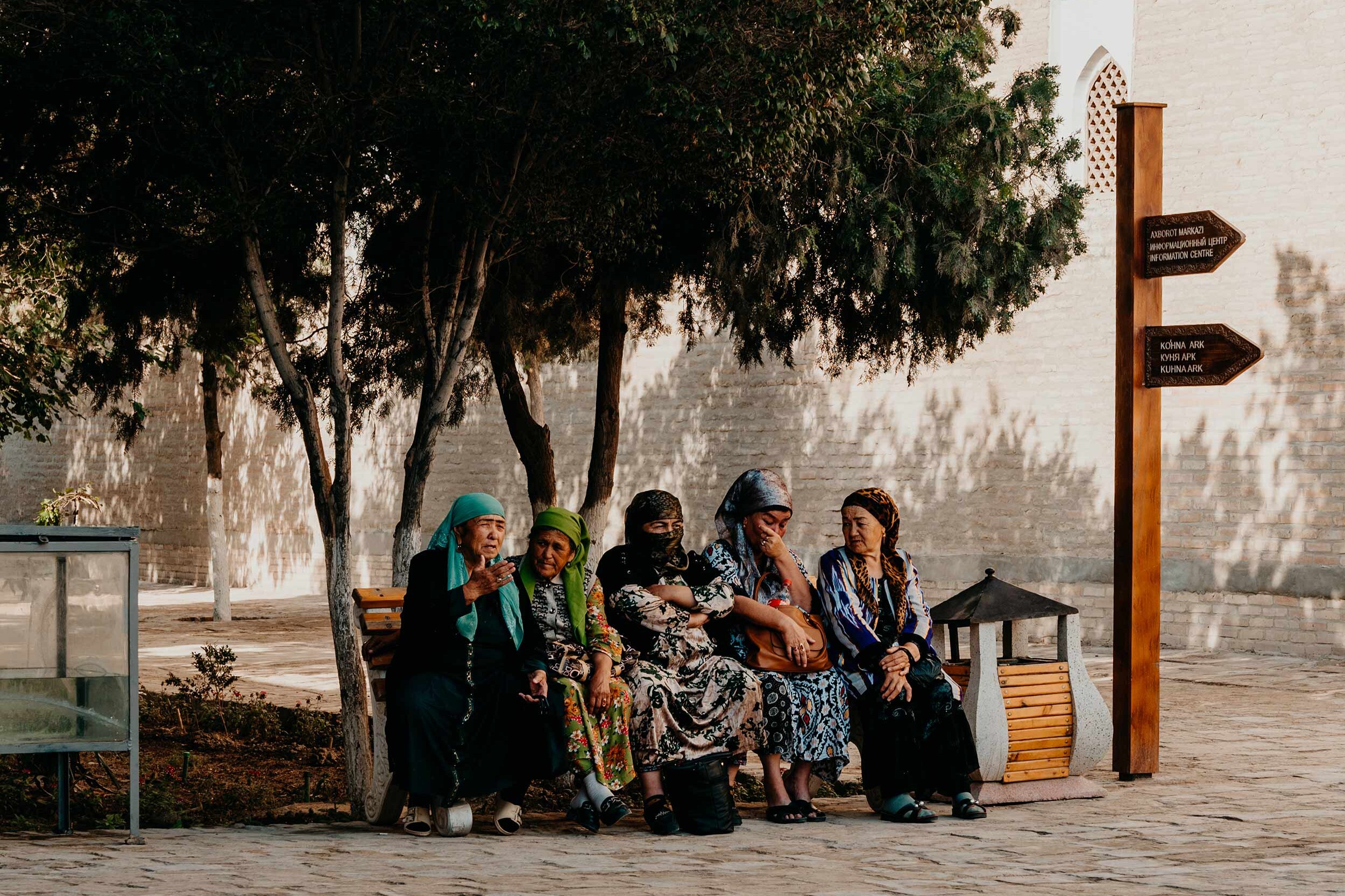
My advice
Given I bought my SIM card for Uzbekistan from Ucell upon arrival at the Tashkent International Airport and had a good experience, I’d highly recommend anyone to buy the same.
For 50.000 SOM (€4,-), you’ll receive a data package of 20 GB, unlimited minutes and 1500 SMS that you can use for 30 days after activation.
Additionally, you could also opt for 35GB for 70.000 SOM (€5,65), 50GB for 100.000 SOM (€8,-), or 200GB for 150.000 SOM (€12,-), perfect for large consumers or those that spent more time in Uzbekistan. Do note that these packages are also valid for 30 days.
I opted for the 20GB package, and had more than enough data for 14 days in Uzbekistan – plus the connection was stable for most of my trip, with the exception of the train journey from Bukhara to Khiva.
Additionally, If you like to have everything sorted out before your trip and need to use your SIM as a personal hotspot to work online, I’d highly recommend buying an eSIM from Airalo online.
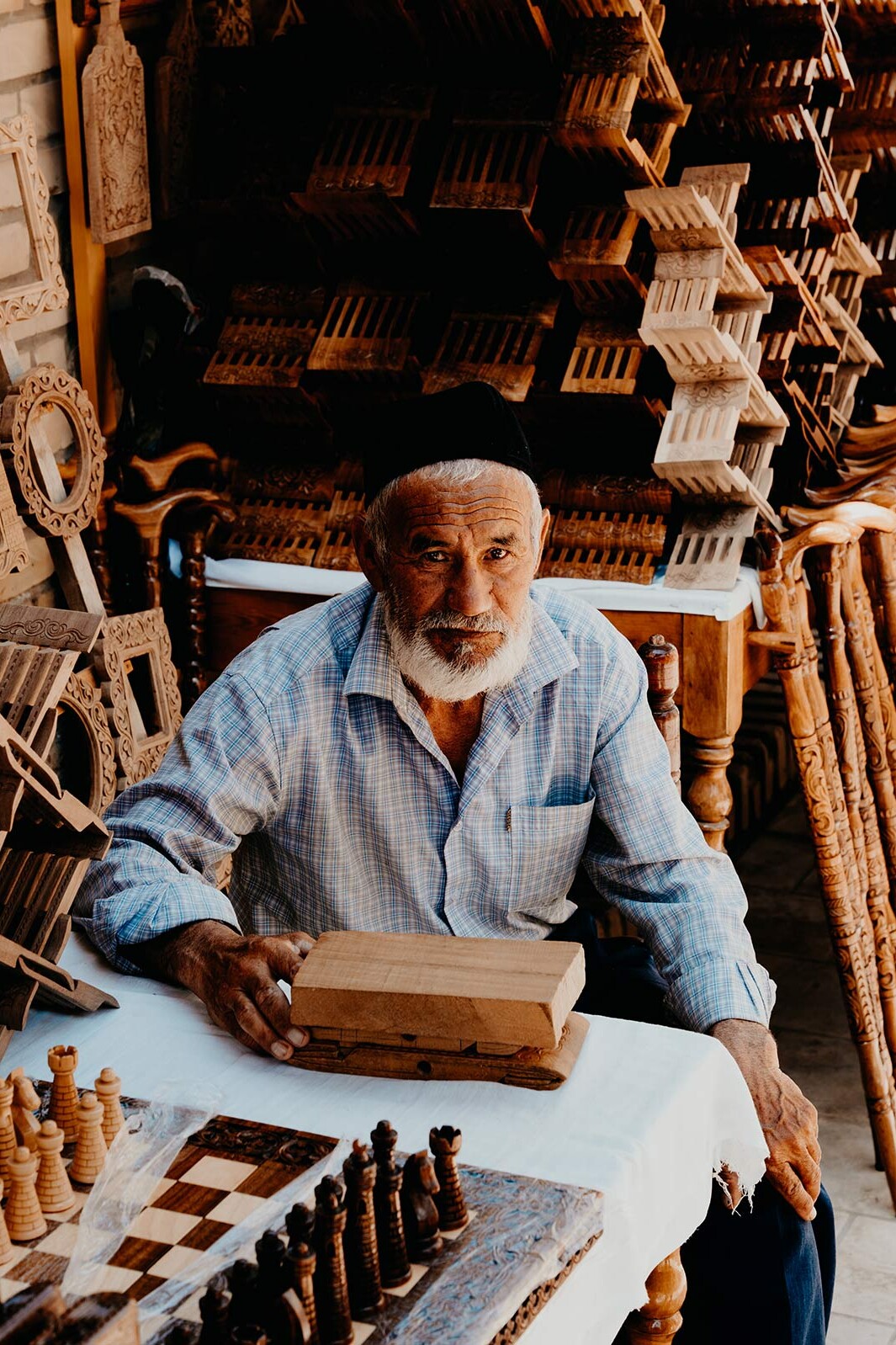
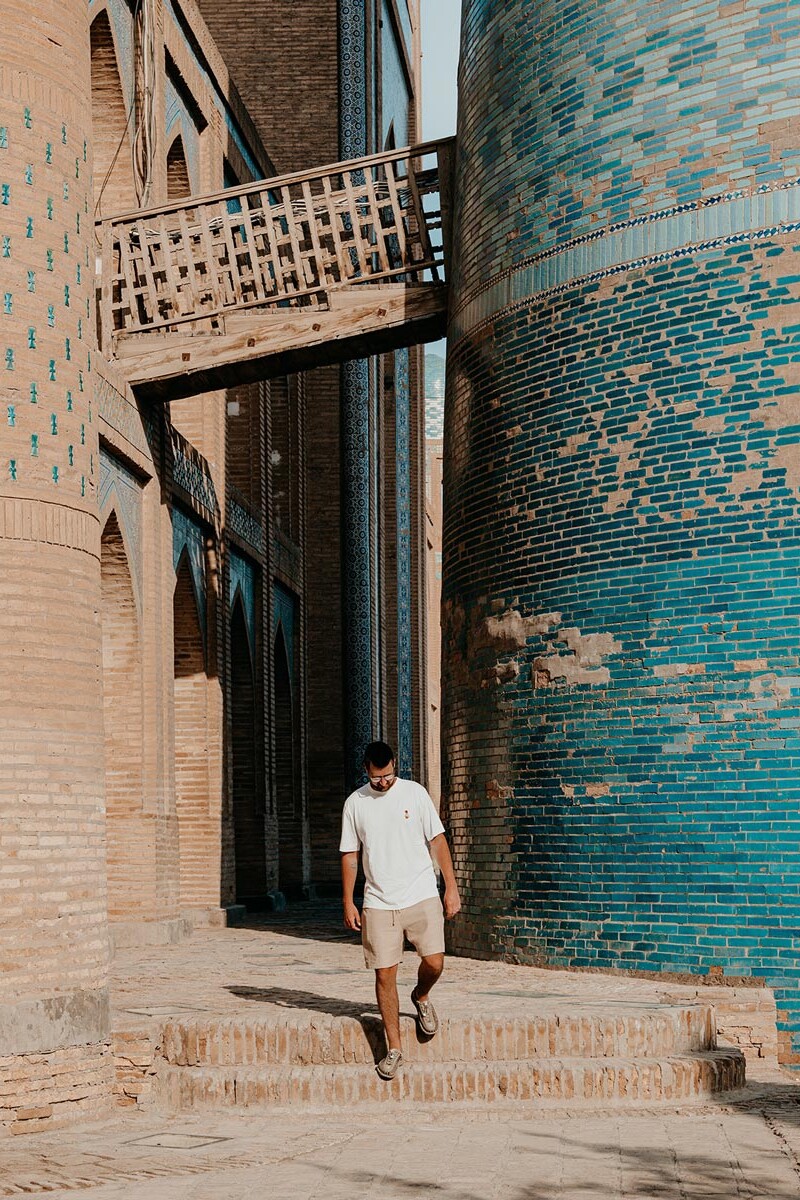
Travel Essentials for Uzbekistan
Where to stay in Uzbekistan
Even though Uzbekistan is relatively new to tourism, accommodation to suit any travel style or budget can be found here.
Whether you’re after a budget-friendly hostel, a boutique-style luxury hotel, or something in between, Uzbekistan has no shortage of excellent accommodation options waiting for your visit.
One of the first things I noticed, was that the standard of accommodation in Uzbekistan is very good, yet exceptionally cheap in comparison to equivalent options found in the Western world.
Those travelling on a budget could find accommodation for as cheap as €20 per day, while those keen to splurge have tons of options to choose from in the €50 – €200 per night range.
Hostels | Check hostels in Uzbekistan on Booking.com
Hotels & Guesthouses | Find the best hotels and guesthouses in Uzbekistan on Booking.com

How to get around Uzbekistan
Due to Uzbekistan’s extensive geography (Uzbekistan stretches roughly 1,400 kilometres from west to east), you will notice that you’ll have quite a lot of ground to cover when travelling through the country.
Luckily for you, getting around the country is super convenient, affordable and relatively fast.
By train
A name like the Silk Road might imply that travelling here runs smoothly, which in fact, is true thanks to Uzbekistan’s exceptional rail network.
Rivalling the neatness and comfort found in European trains, the Afrosiyob train is a 210km/h high-speed train that runs daily between Uzebkistan’s major destinations, including Tashkent, Samarkand and Bukhara.
With comfortable spacious seats, USB and power plugs, and the most friendly crew members, travelling through Uzbekistan by train is far more comfortable than taking the plane.
However, when you’re planning to travel to Khiva (which you should), things are a little.
Those venturing to Khiva will notice that you could only get there by taking a Soviet-style sleeper train, which to me is an authentic experience, if not a little time-consuming.
Since tourism in Uzbekistan is still growing at a rapid pace, acquiring train tickets online can be quite a challenging task.
If you want to learn more, I have an in-depth guide on travelling by train in Uzbekistan (coming soon) which can be found here.
By plane
While I would pick travelling by train over travelling by plane in most cases, I would highly recommend taking a flight from Khiva to Tahskent, or the other way around depending on your itinerary.
The reason for this is that the train connection between Tashkent, Samarkand and Bukhara is easily the most convenient option since you don’t have to be at the airport at least 2 hours early – plus it’s the world’s most sustainable mode of transport, which is great too.
Additionally, you could also opt for domestic flights between all of the major cities in Uzbekistan, though I can’t stress enough to make use of the excellent high-speed trains instead.


The best time to visit Uzbekistan
While Uzbekistan is gifted with the most incredible architectural masterpieces that could be visited year-round, this doesn’t necessarily mean that it’s a pleasant destination at any time of year.
In reality, Uzbekistan will be scorching hot in summer, when temperatures soar well over 40 degrees Celsius, while during the winter months, the temperature could dip far below freezing.
For that reason, I believe the absolute best time to visit Uzbekistan is either in spring (April to June) or autumn (late August to October), when the temperature is warm and pleasant, yet not too extreme.
Timing your visit for the shoulder seasons means that you’re more likely to enjoy the many sights without having to find cover from the burning sun all the time.
I personally visited Uzbekistan in May and couldn’t have wished for better circumstances to discover this incredible country and its many historical sights.
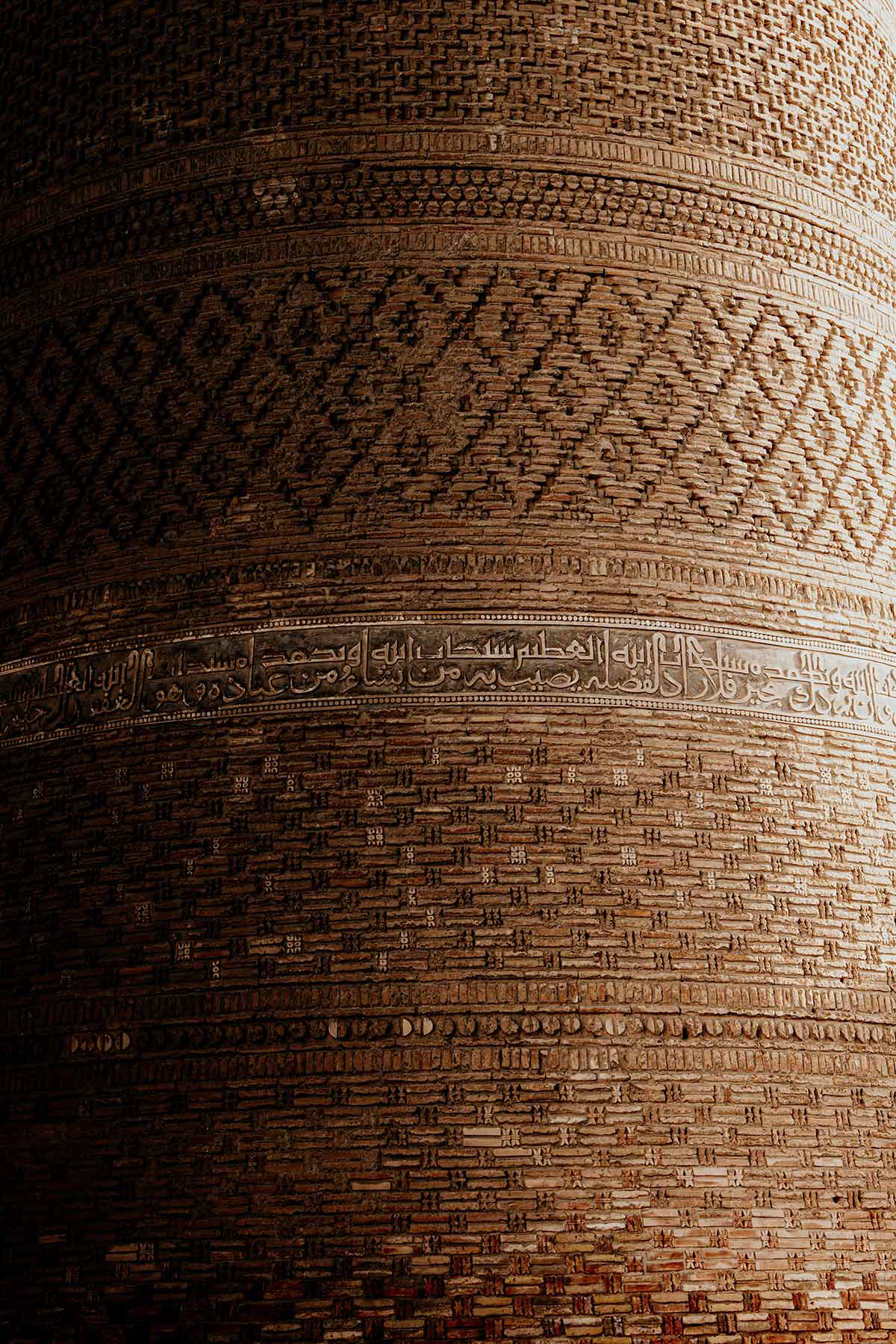
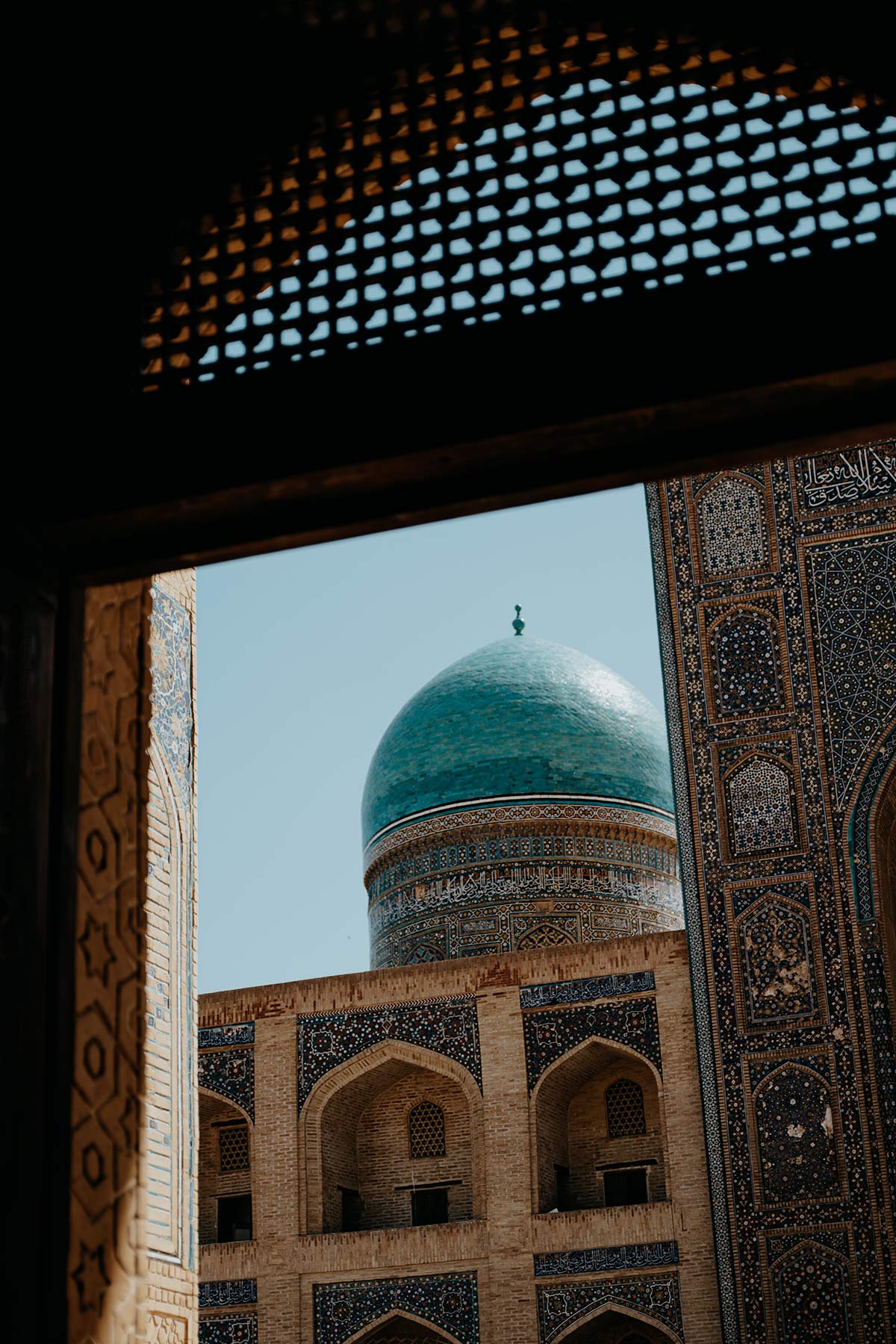
Safety in Uzbekistan | Travel Insurance
When travelling this big wide world, I never go on an adventure without my essential travel insurance sorted out, and though I never felt unsafe in Uzbekistan, I advise anyone travelling here to do the same.
While I believe it’s unlikely to experience any problems when following the suggestions in this guide, something unfortunate could happen at any given time, whether it’s an injury, a stolen camera, or an unforeseen cancellation.
I use Heymondo for travel insurance, as they offer full covid-19 coverage and a handy app with 24-hour medical assistance. So make sure you check it out – readers of WTSW will receive 5% off any insurance policy too.
Cheers!
I’ve been on this travel blogging journey since 2019.
If you appreciate what I do here, these are some ways you can support me.




